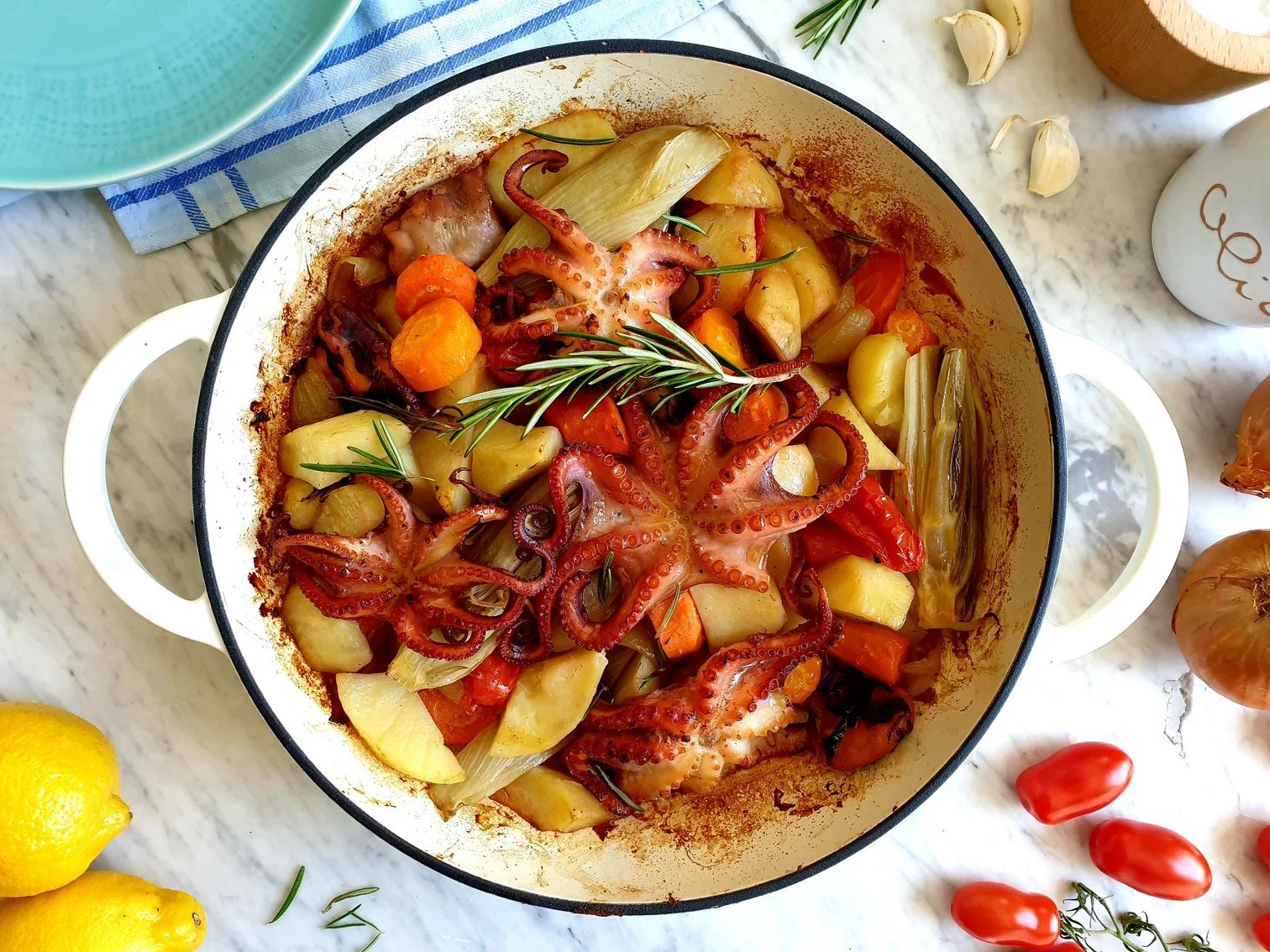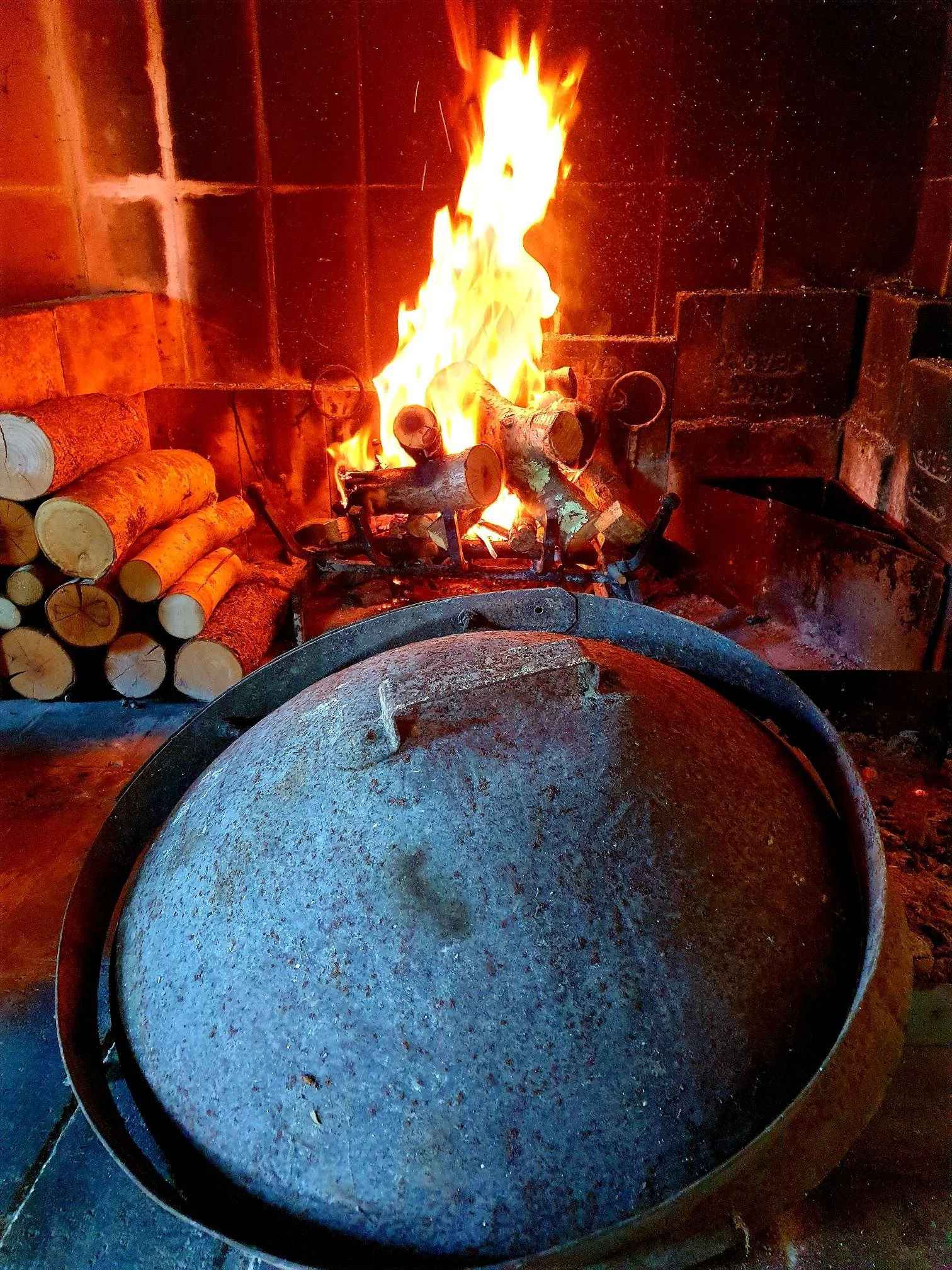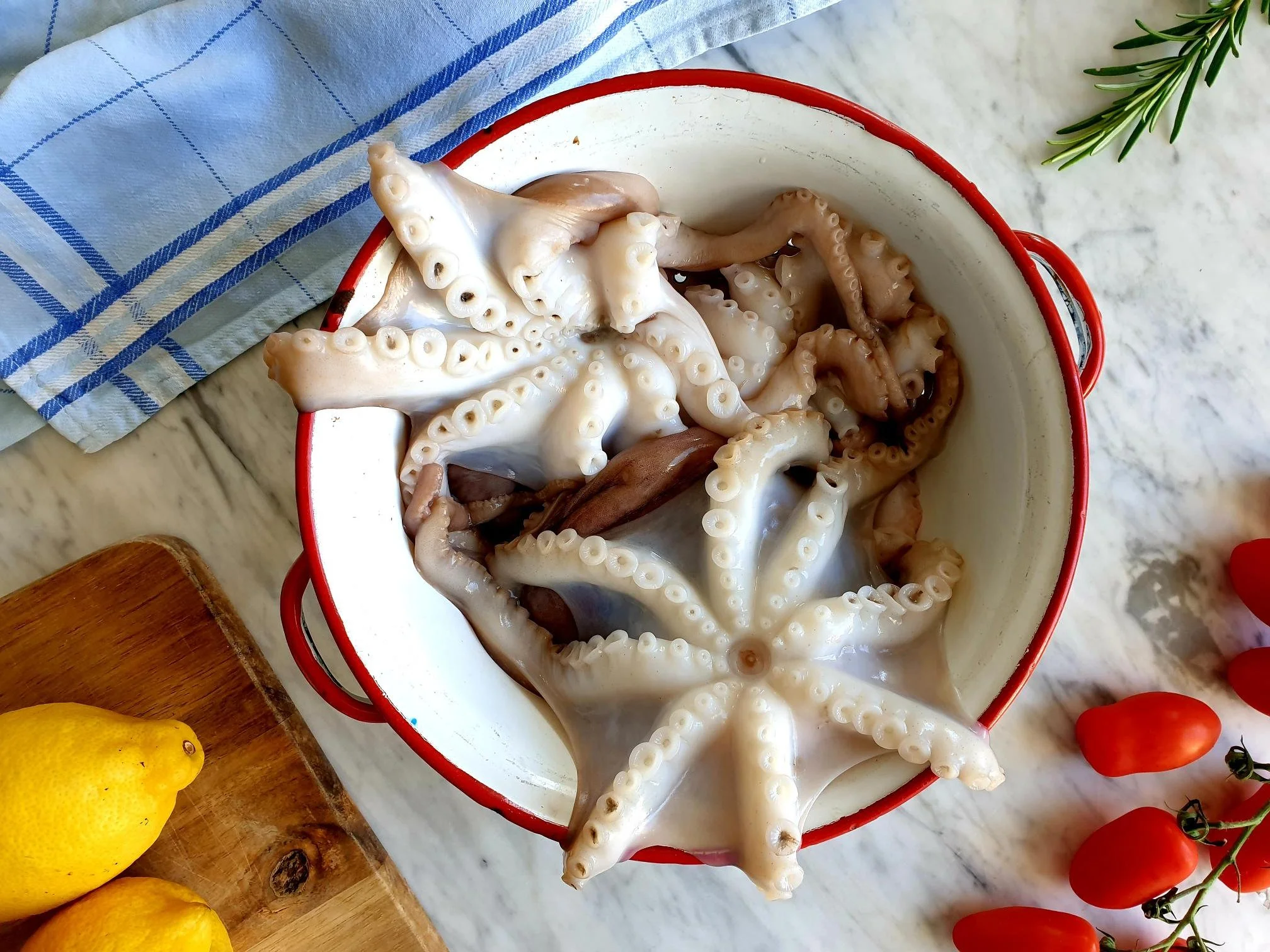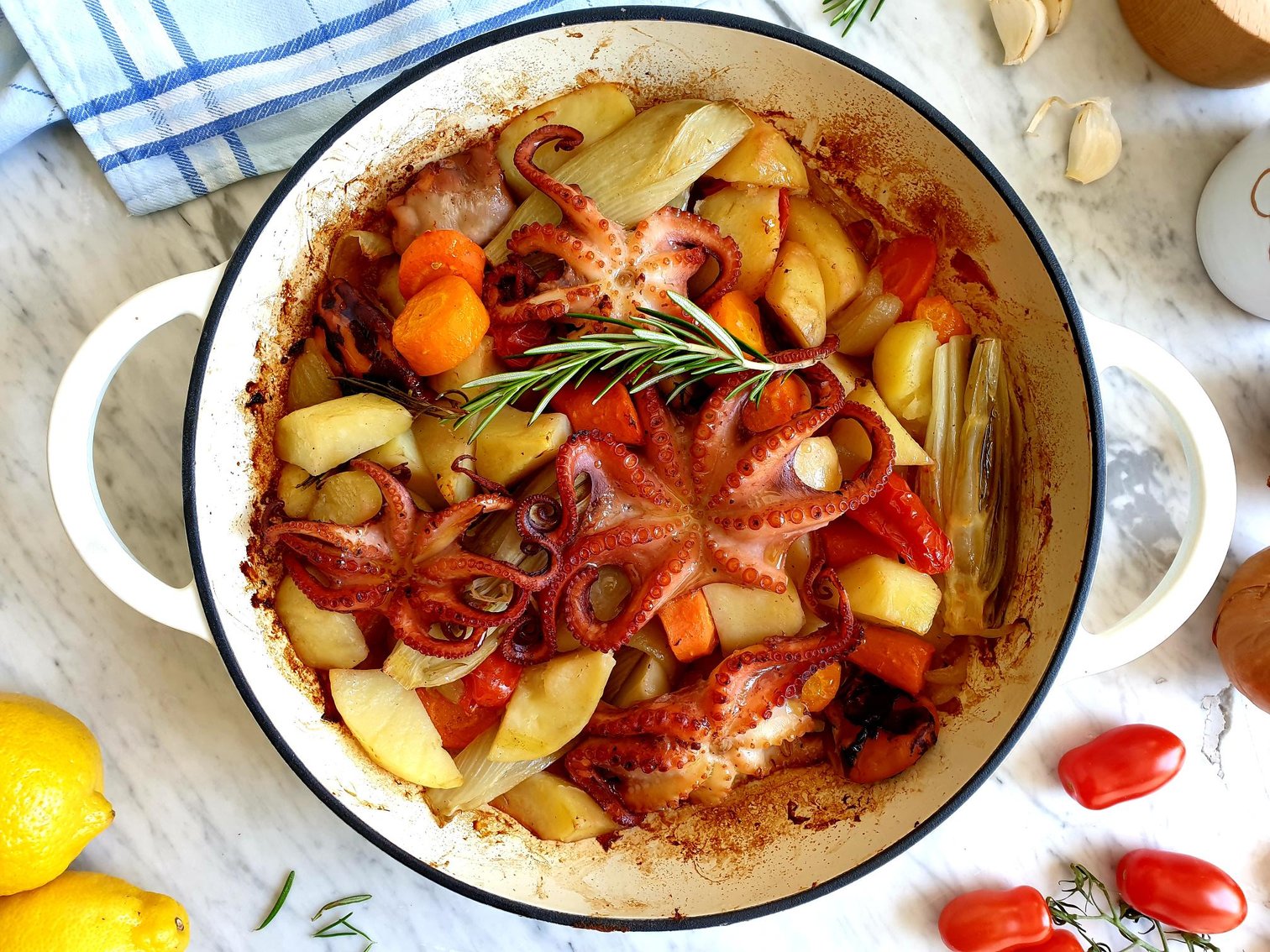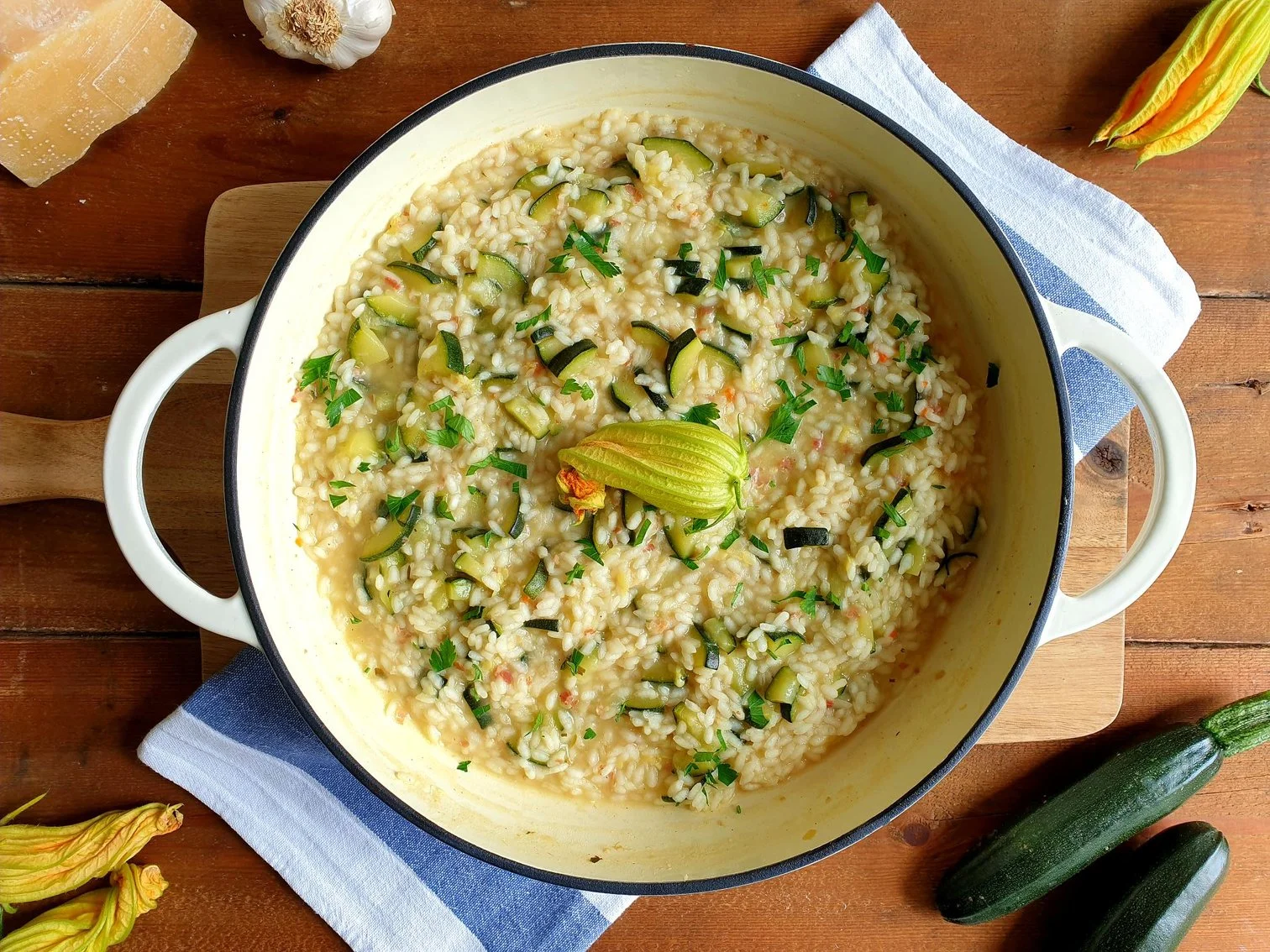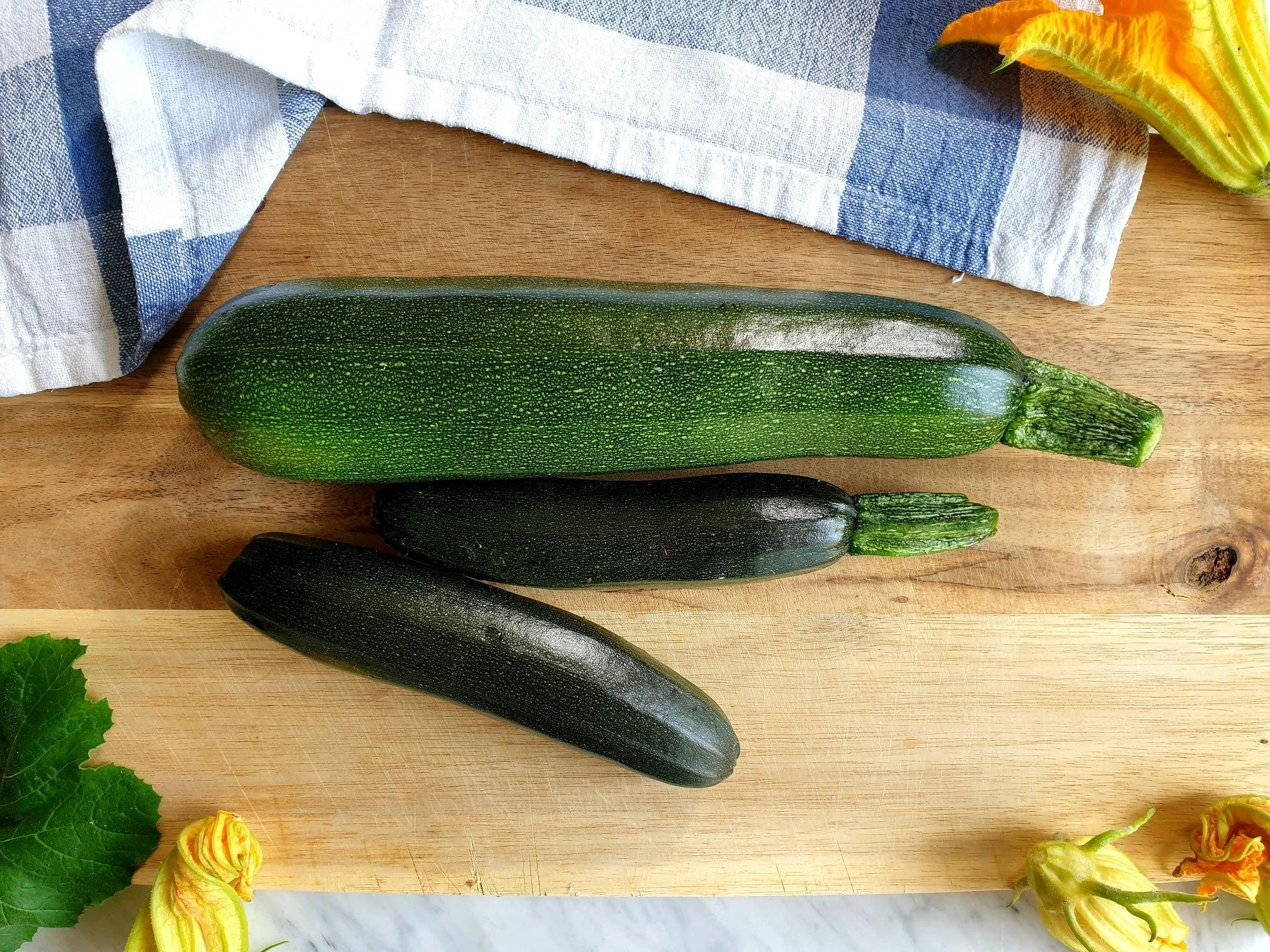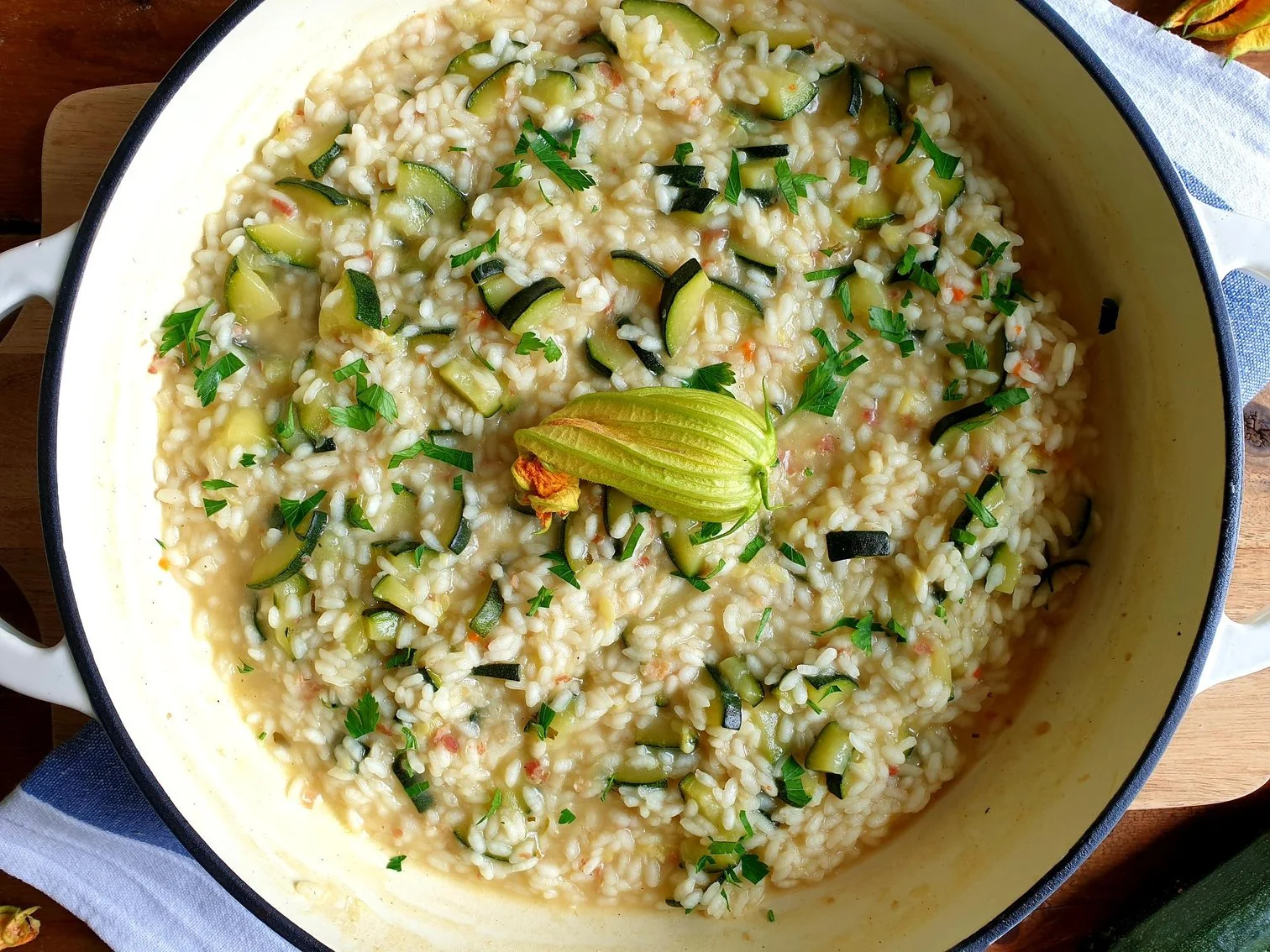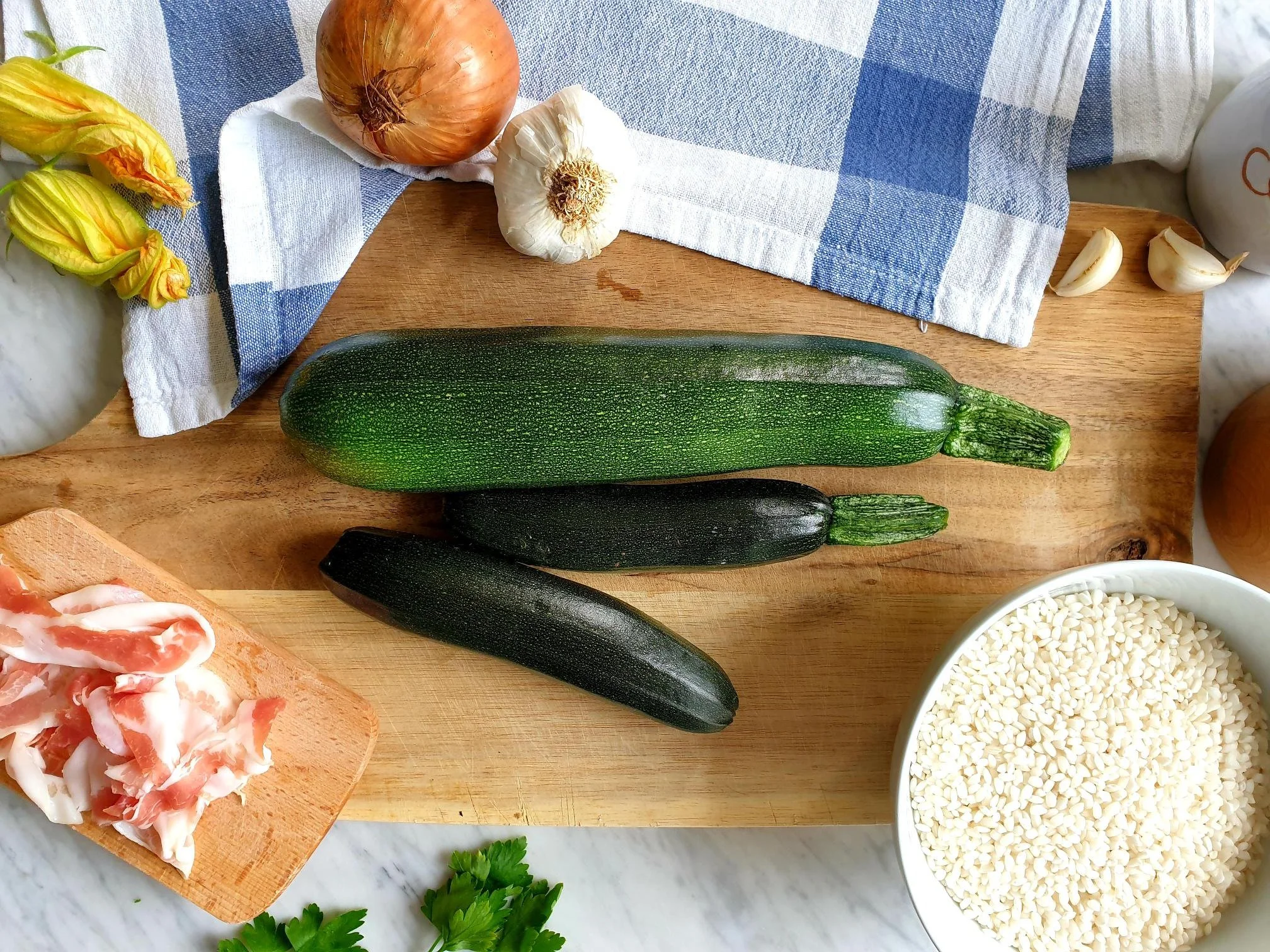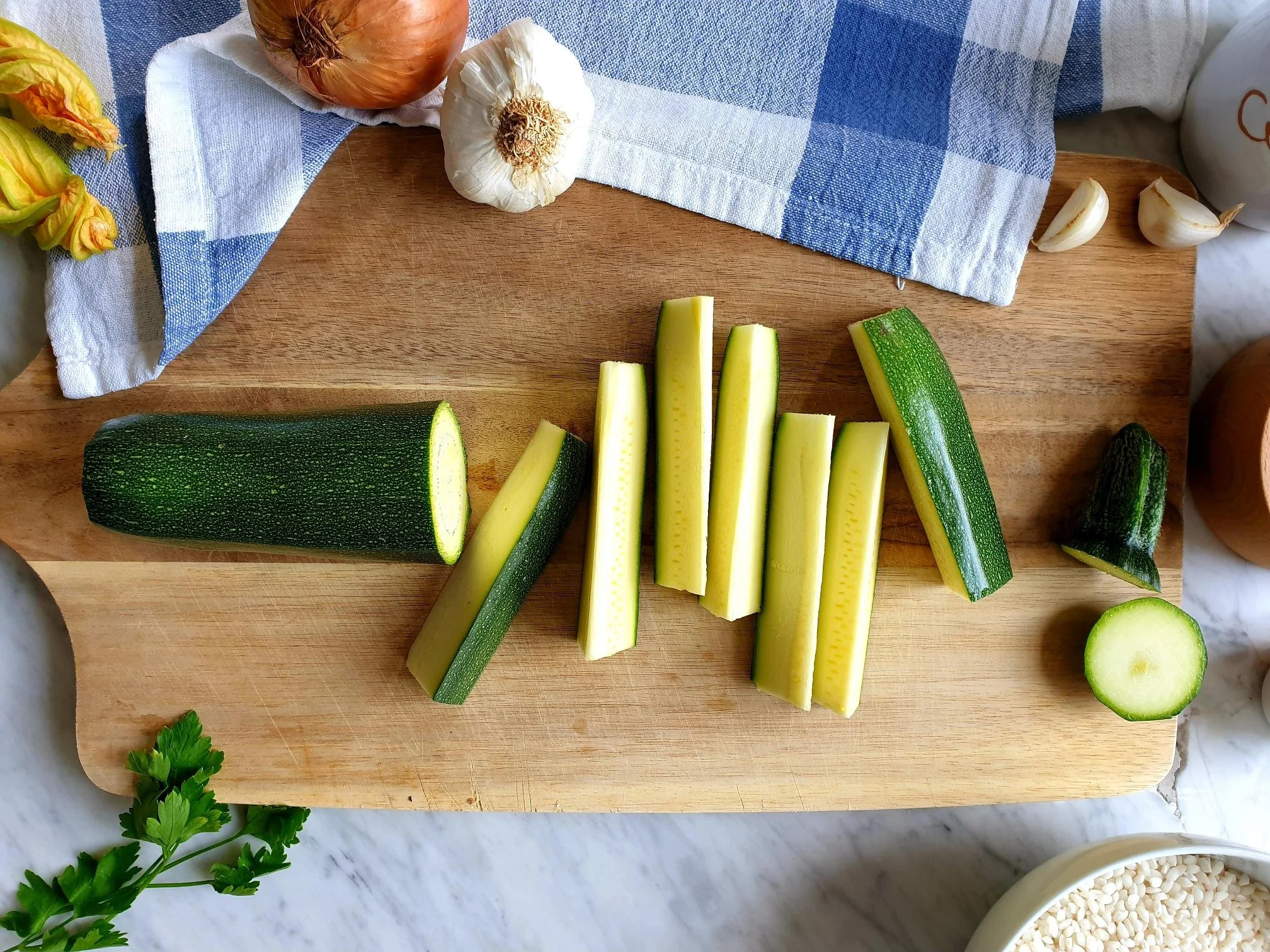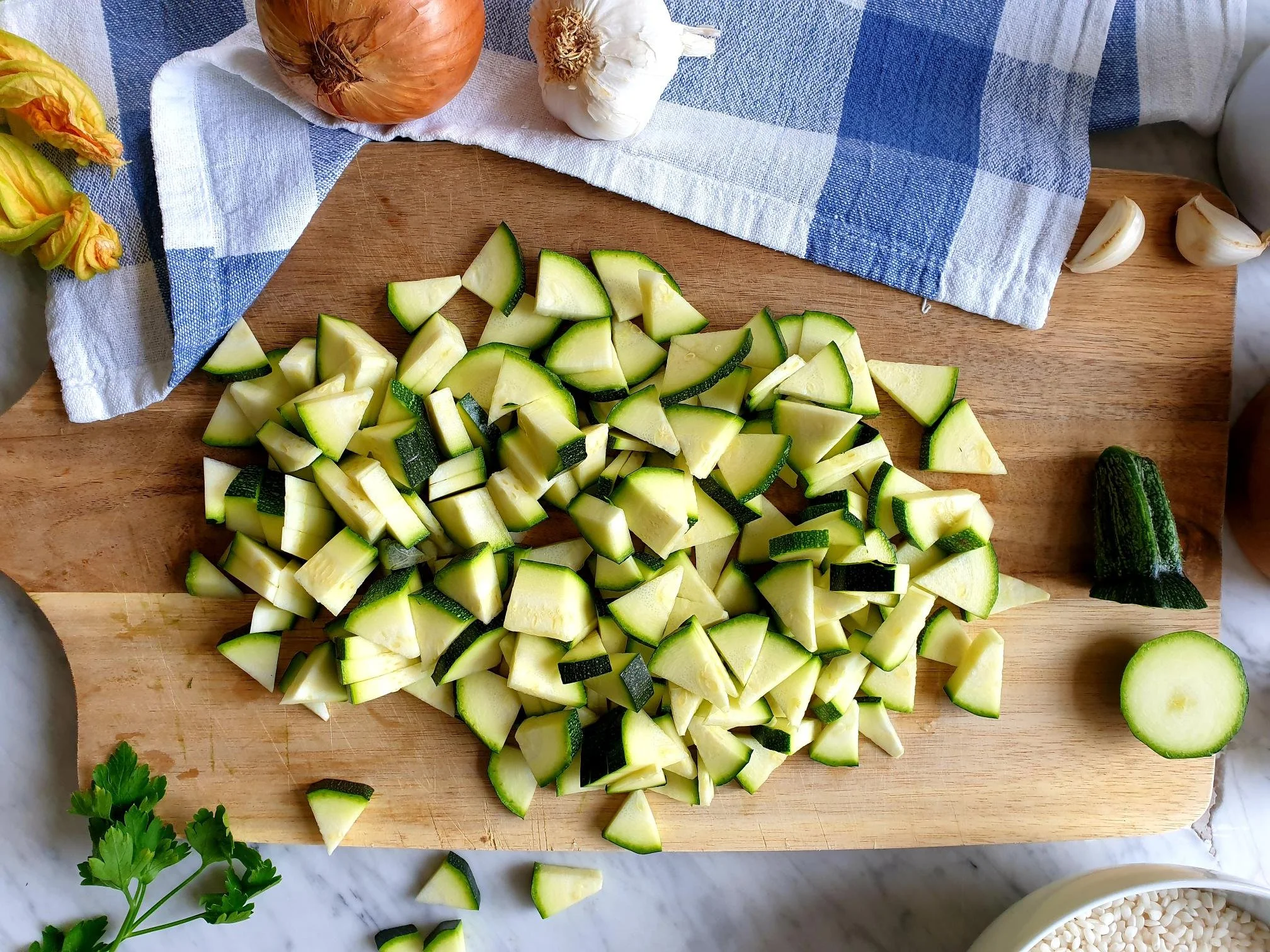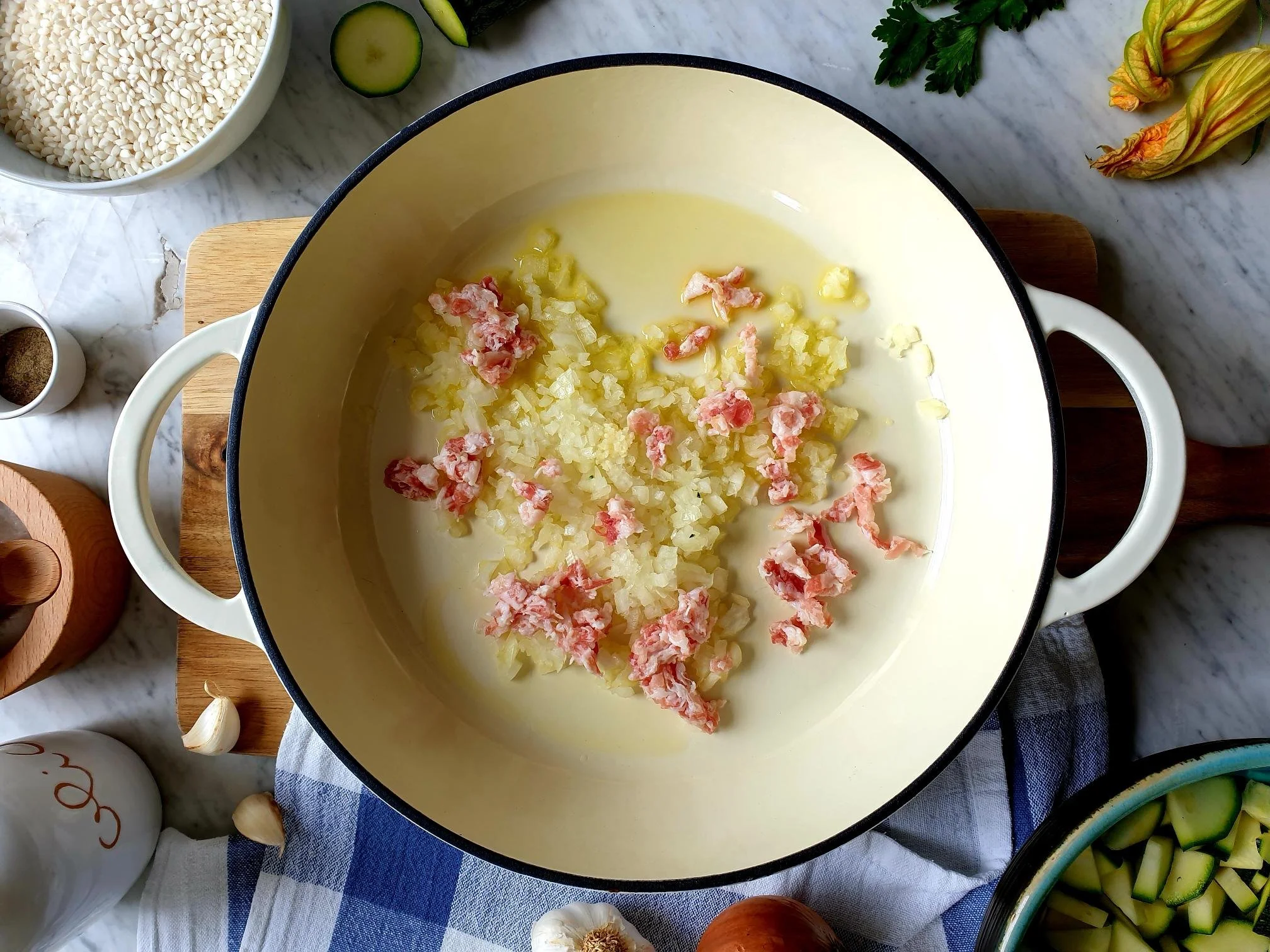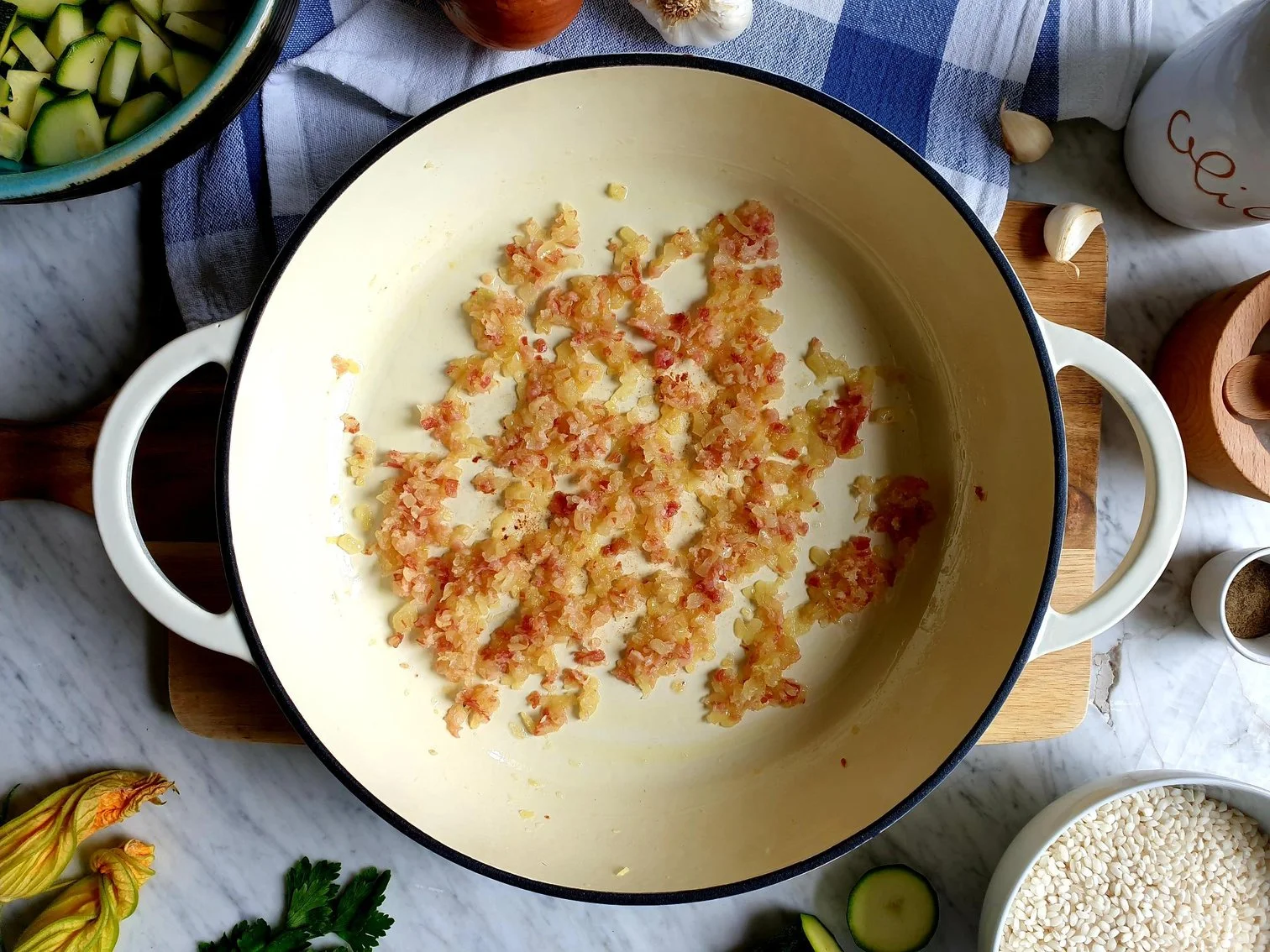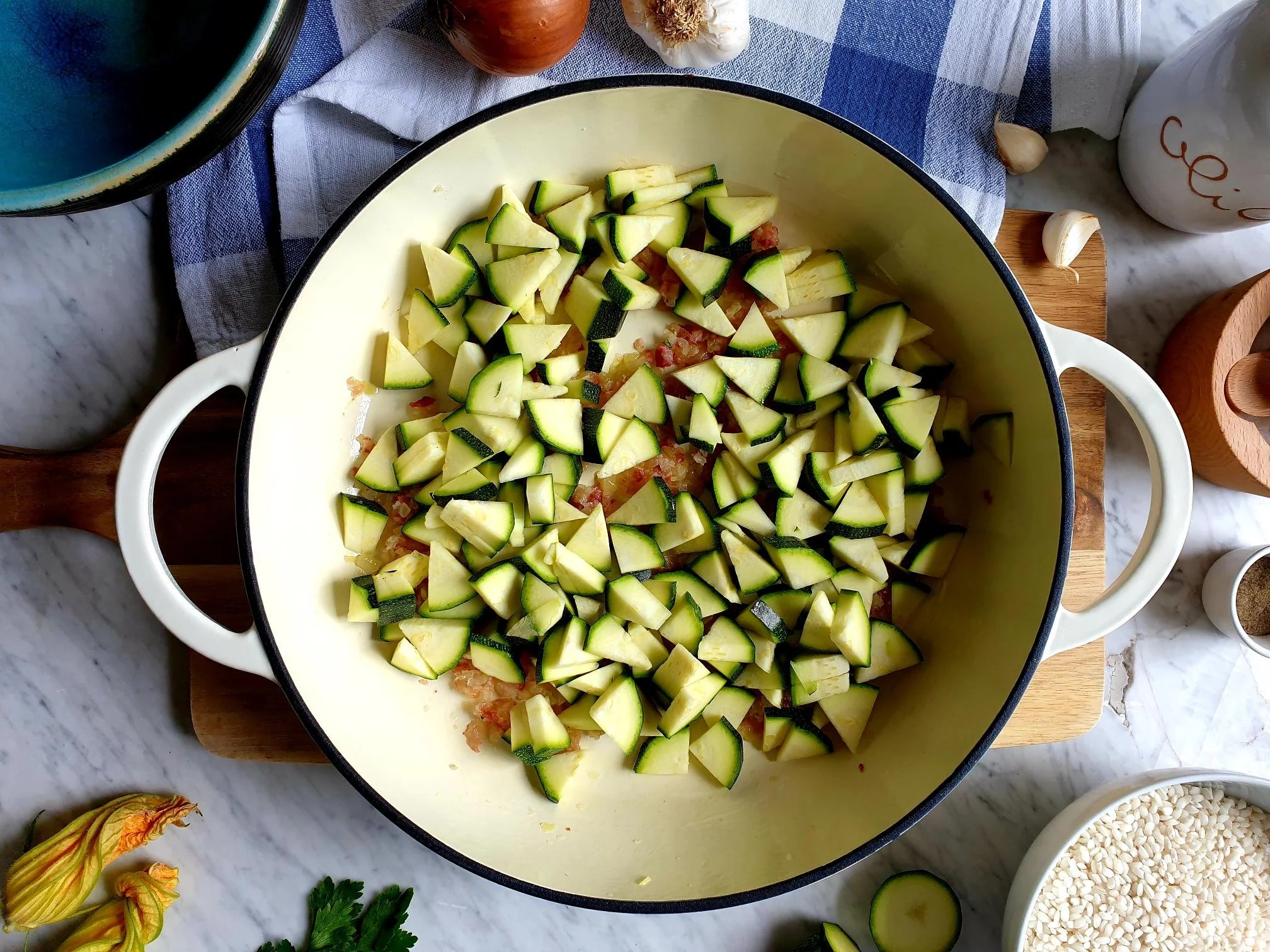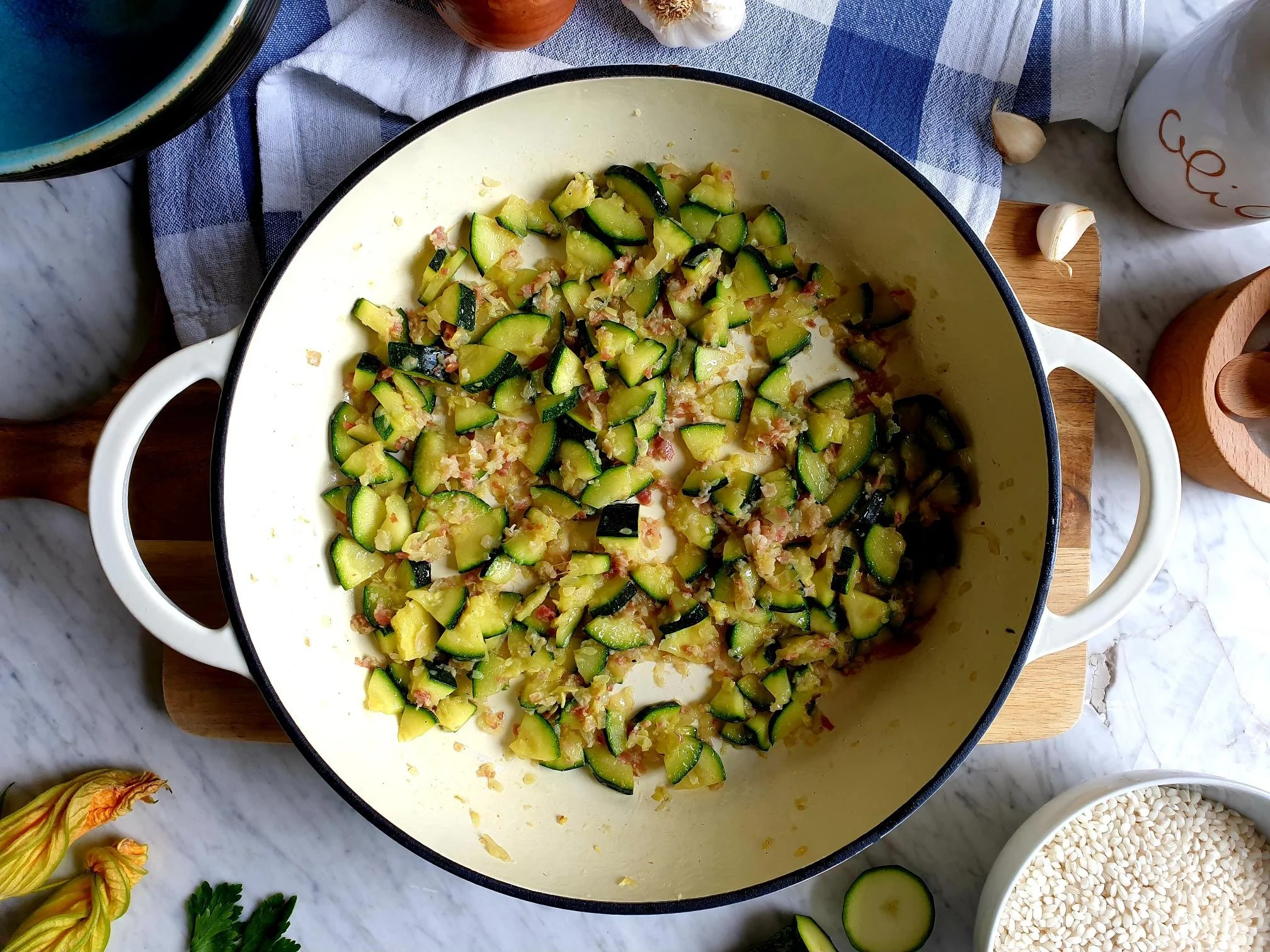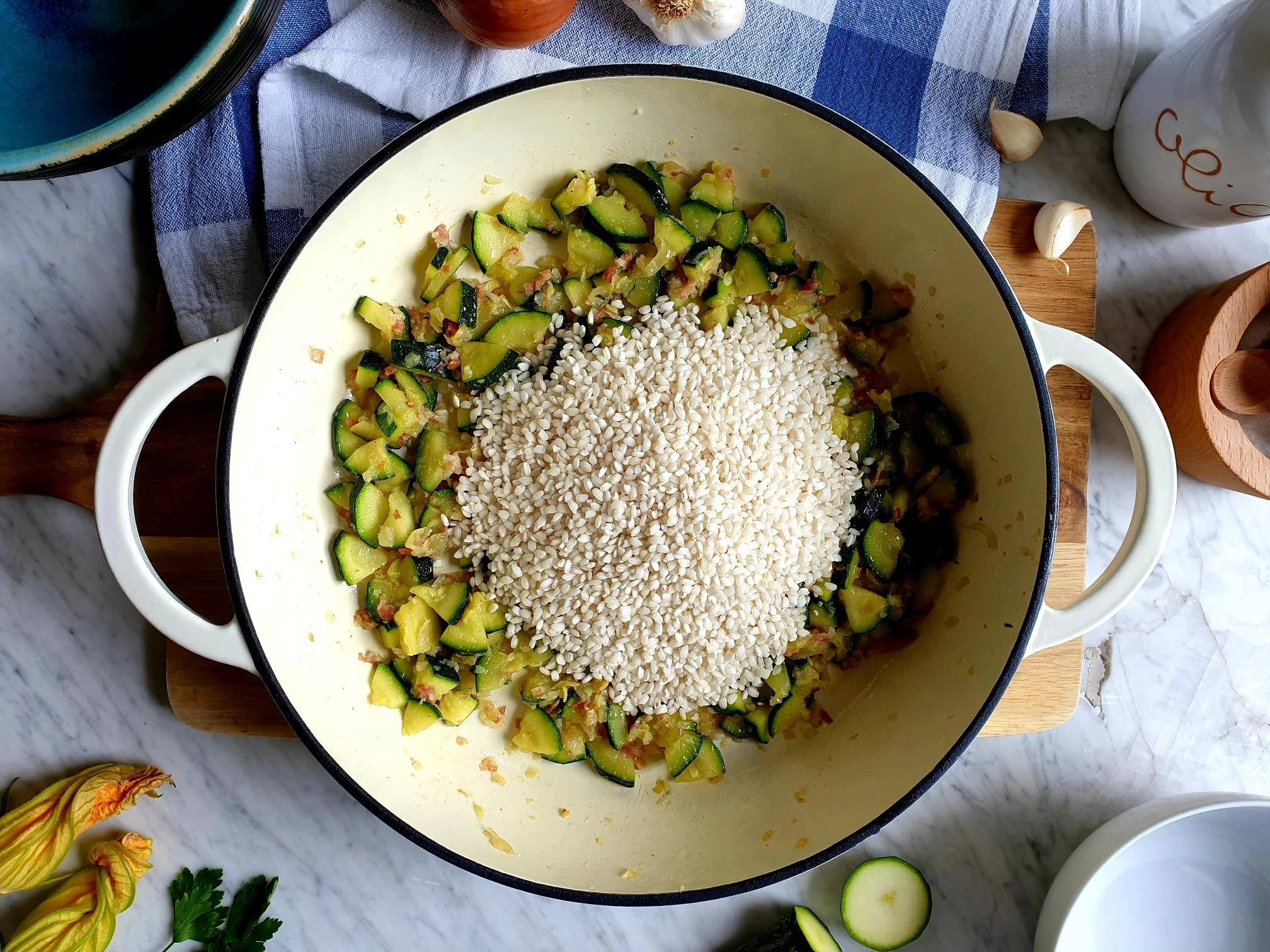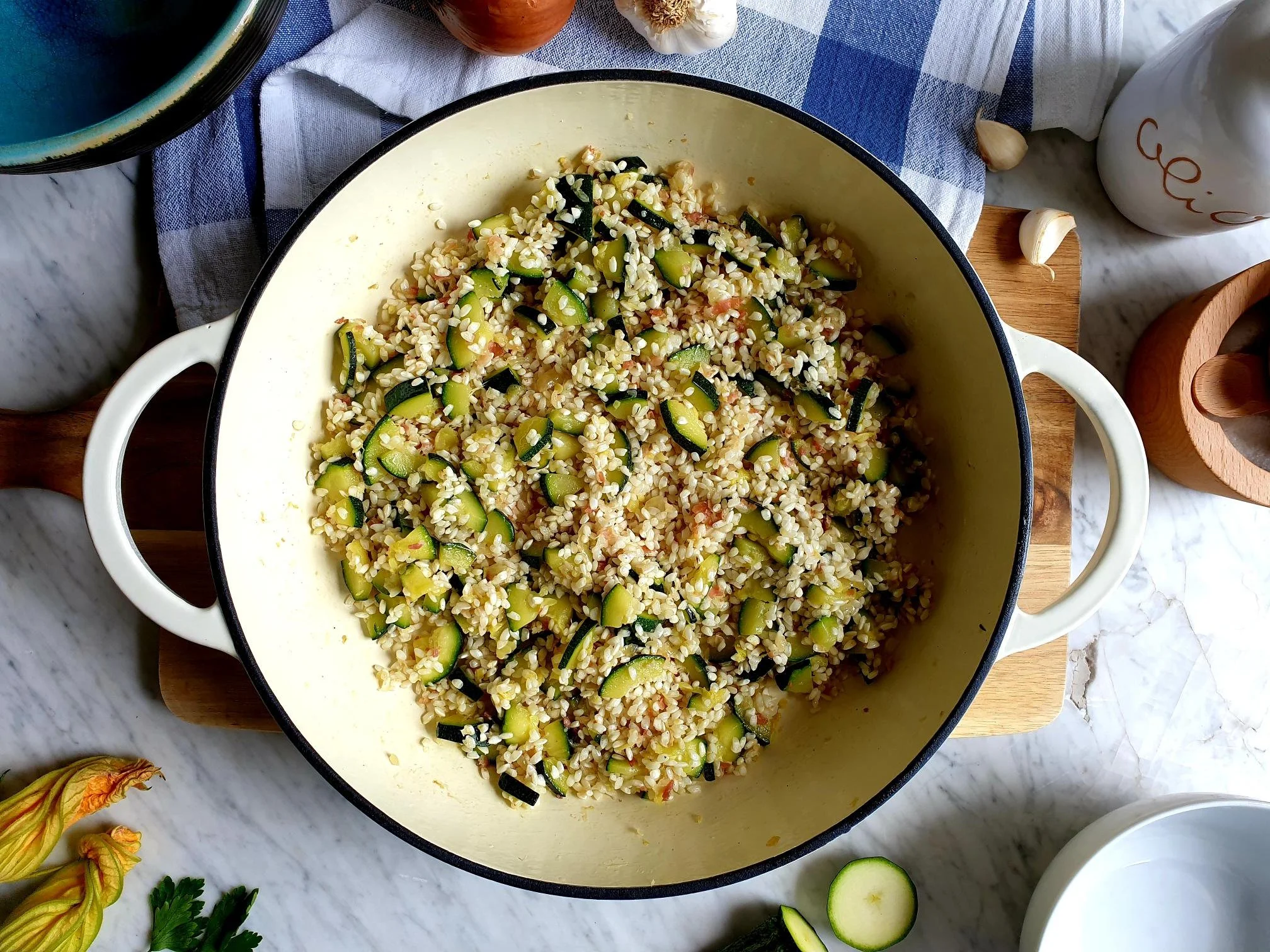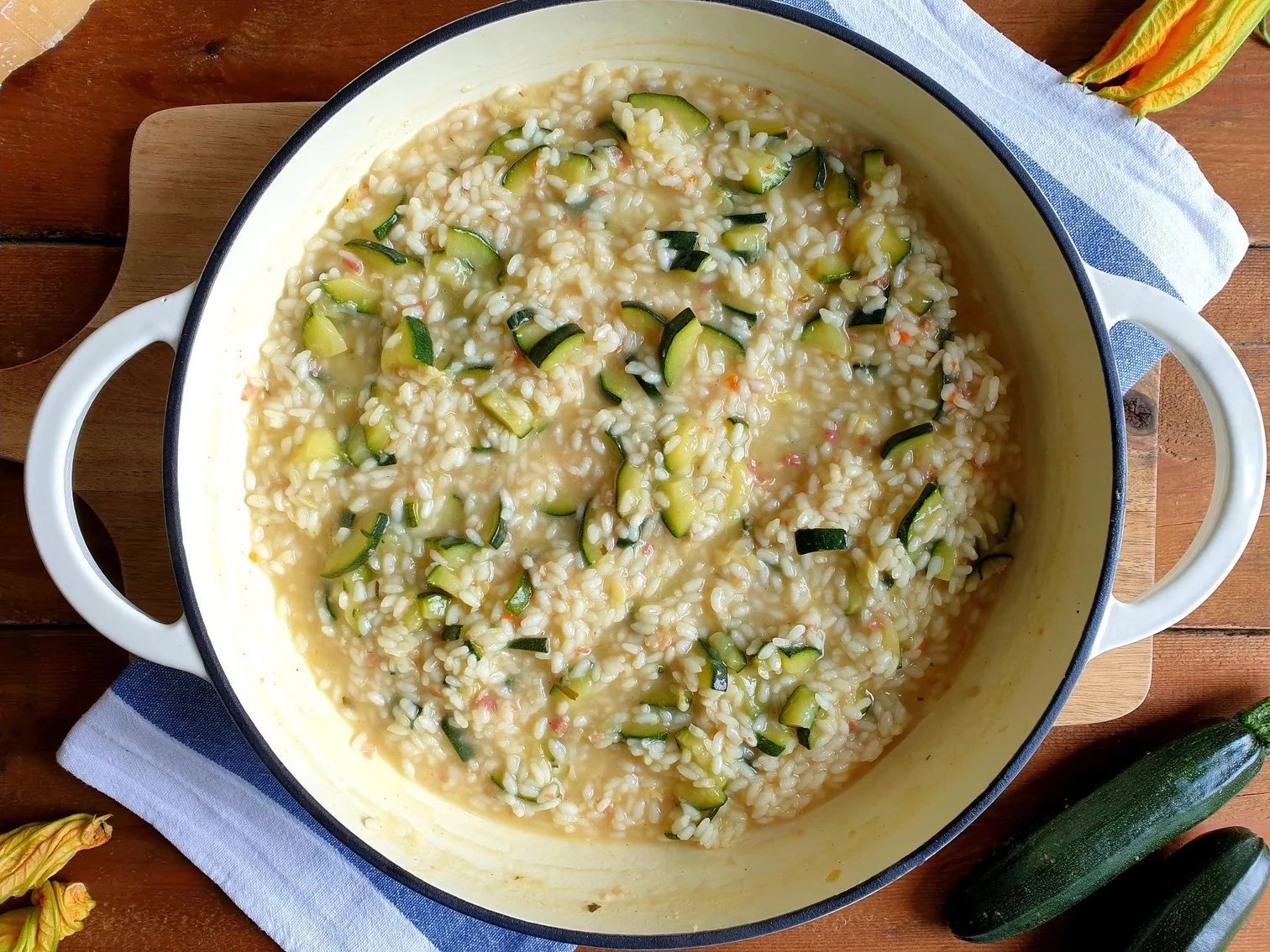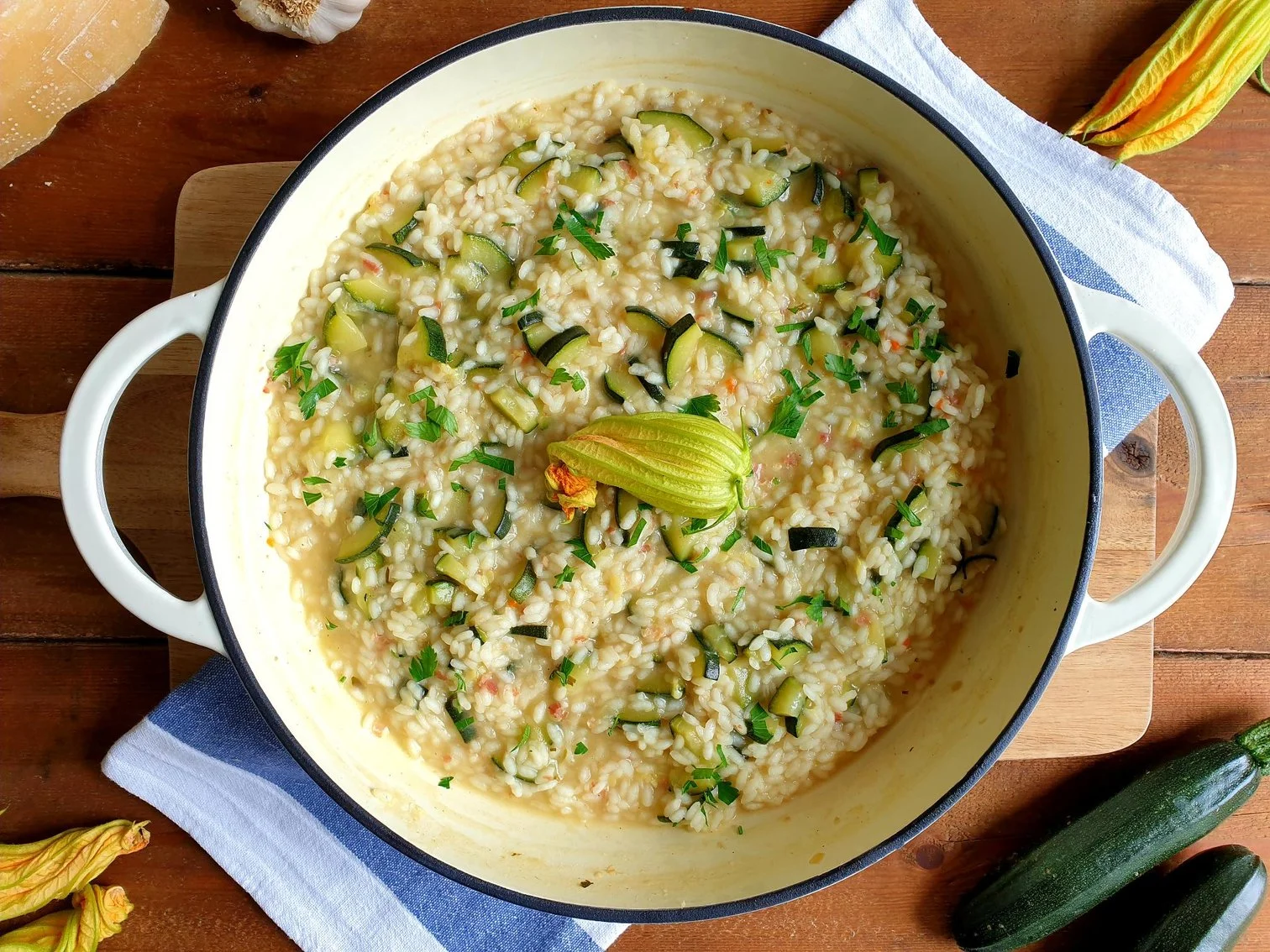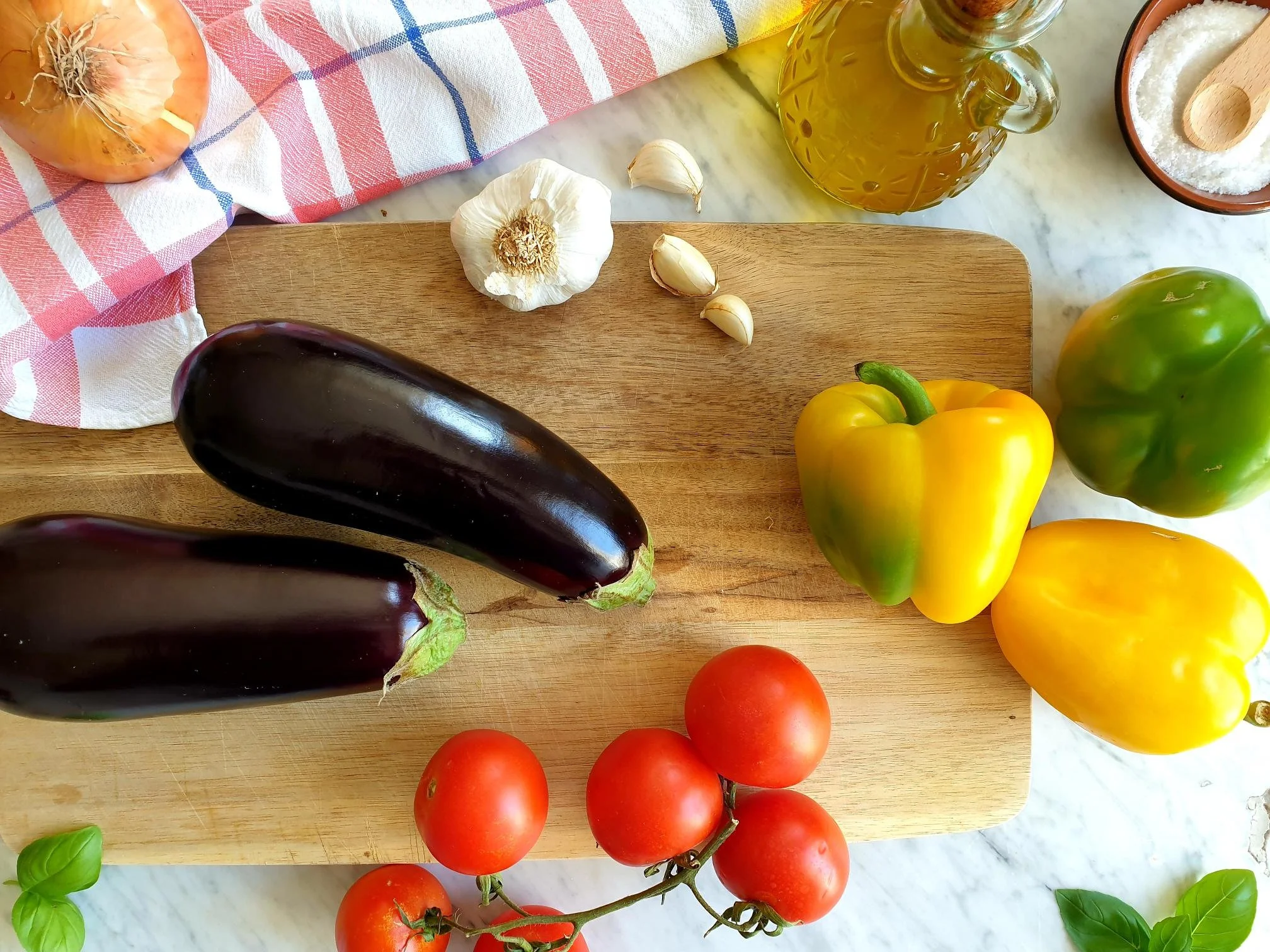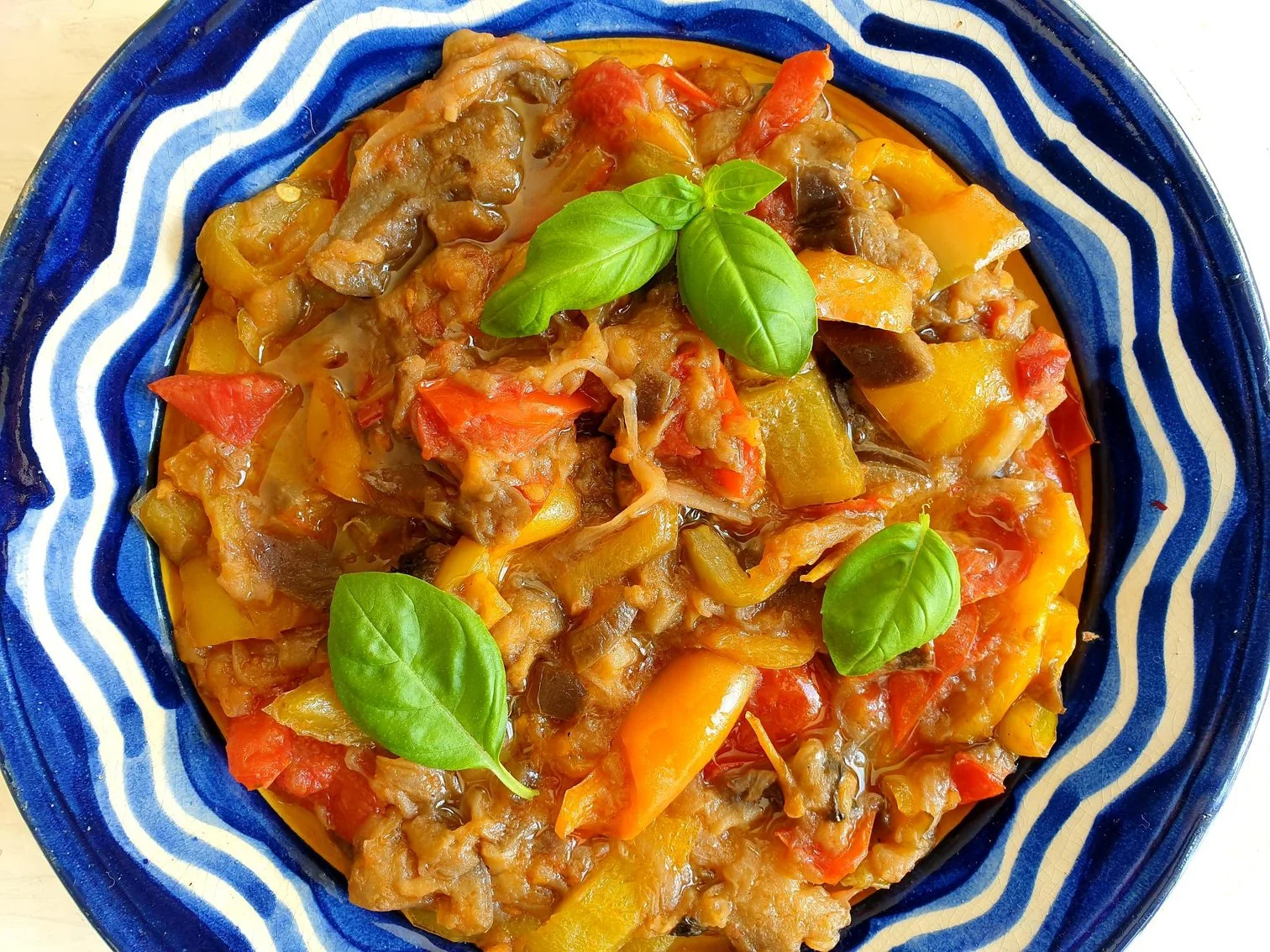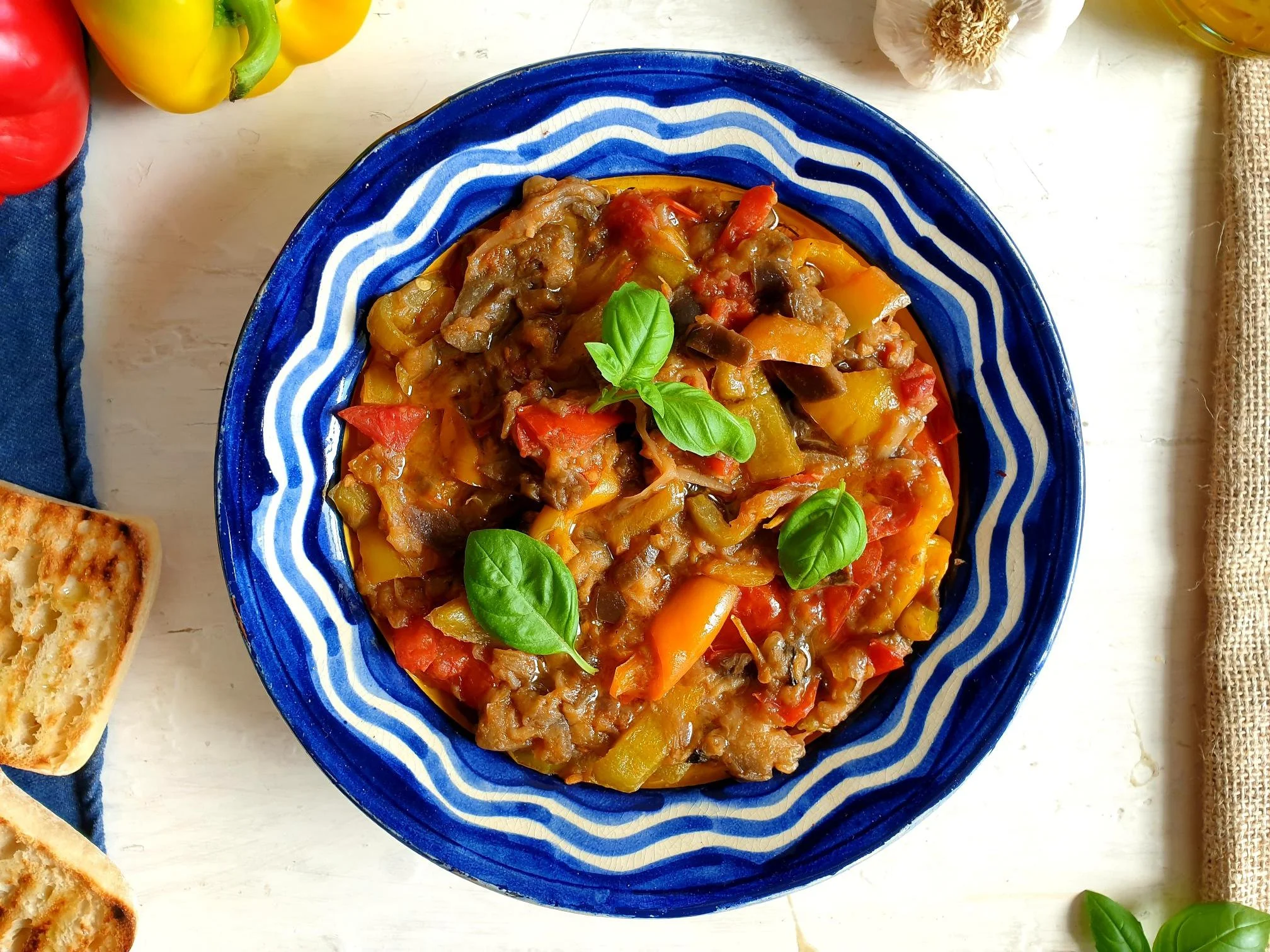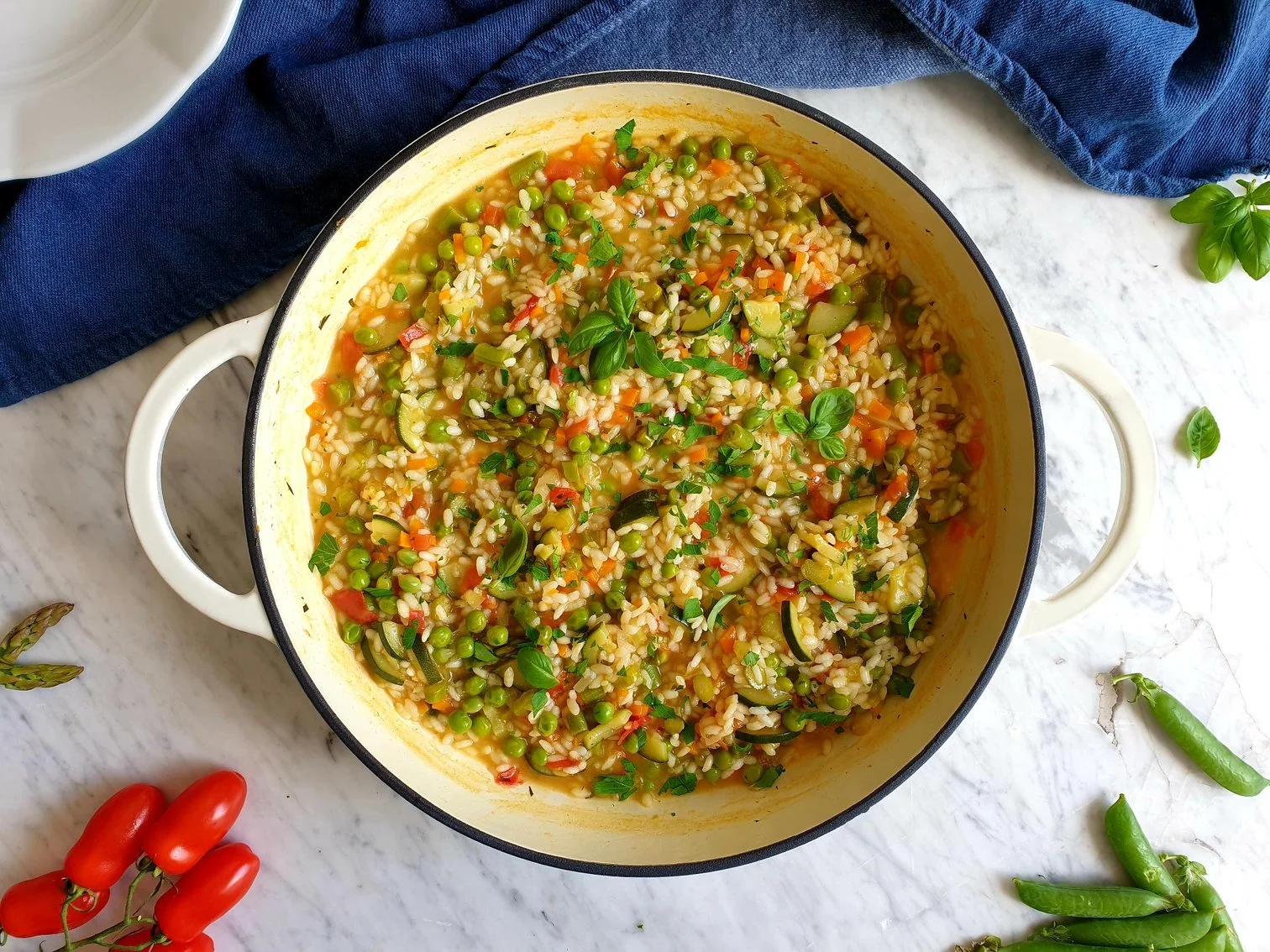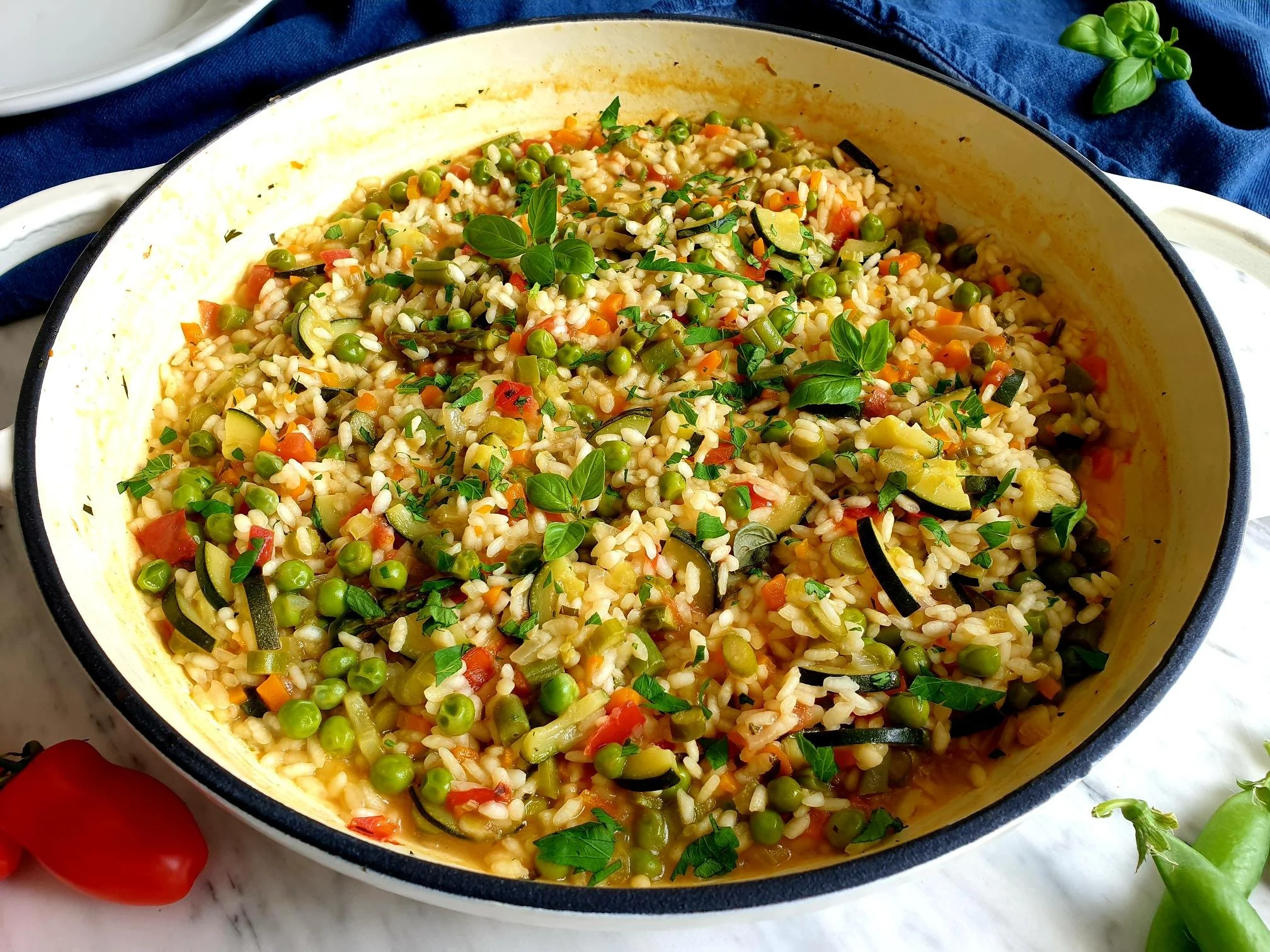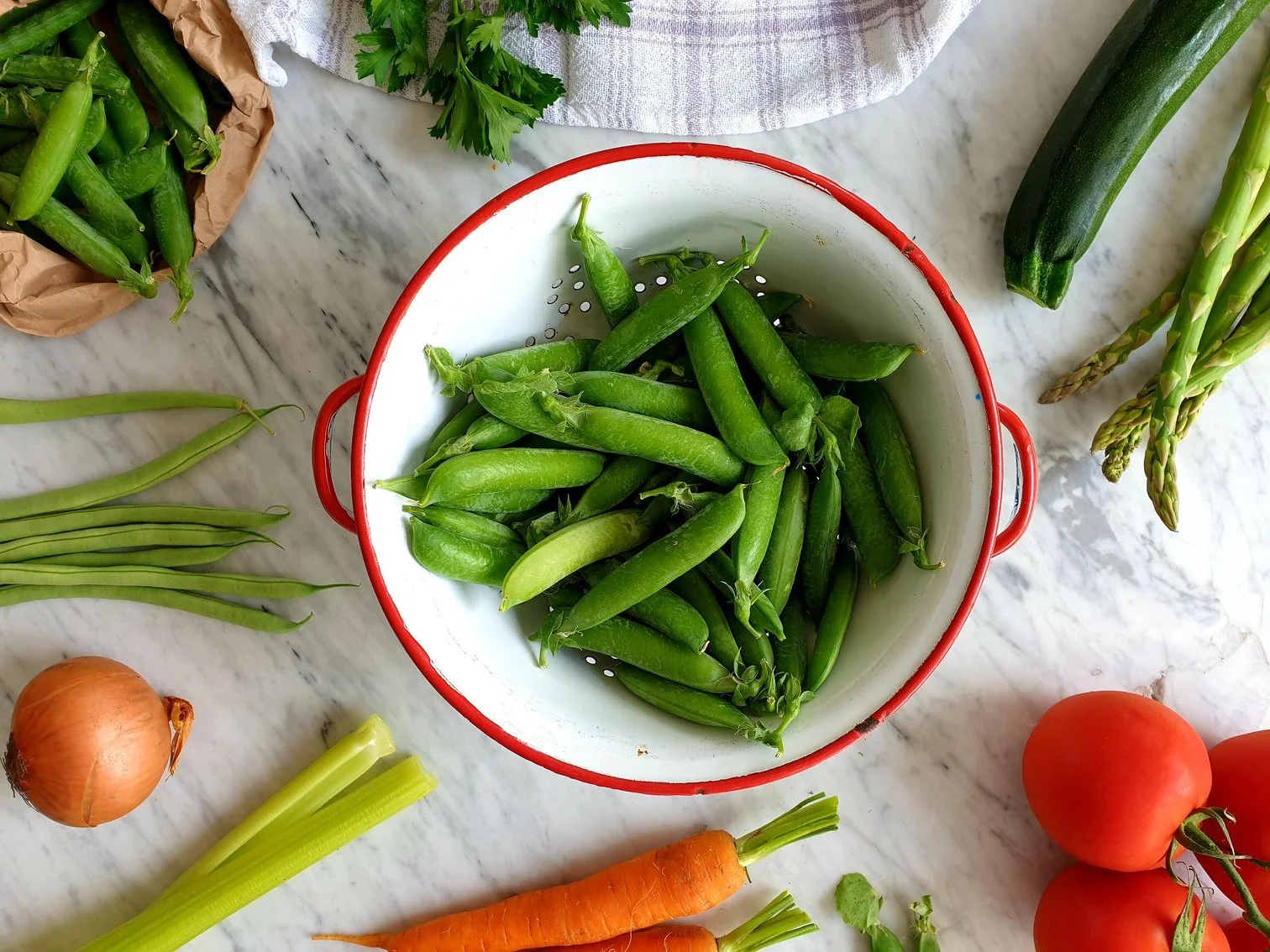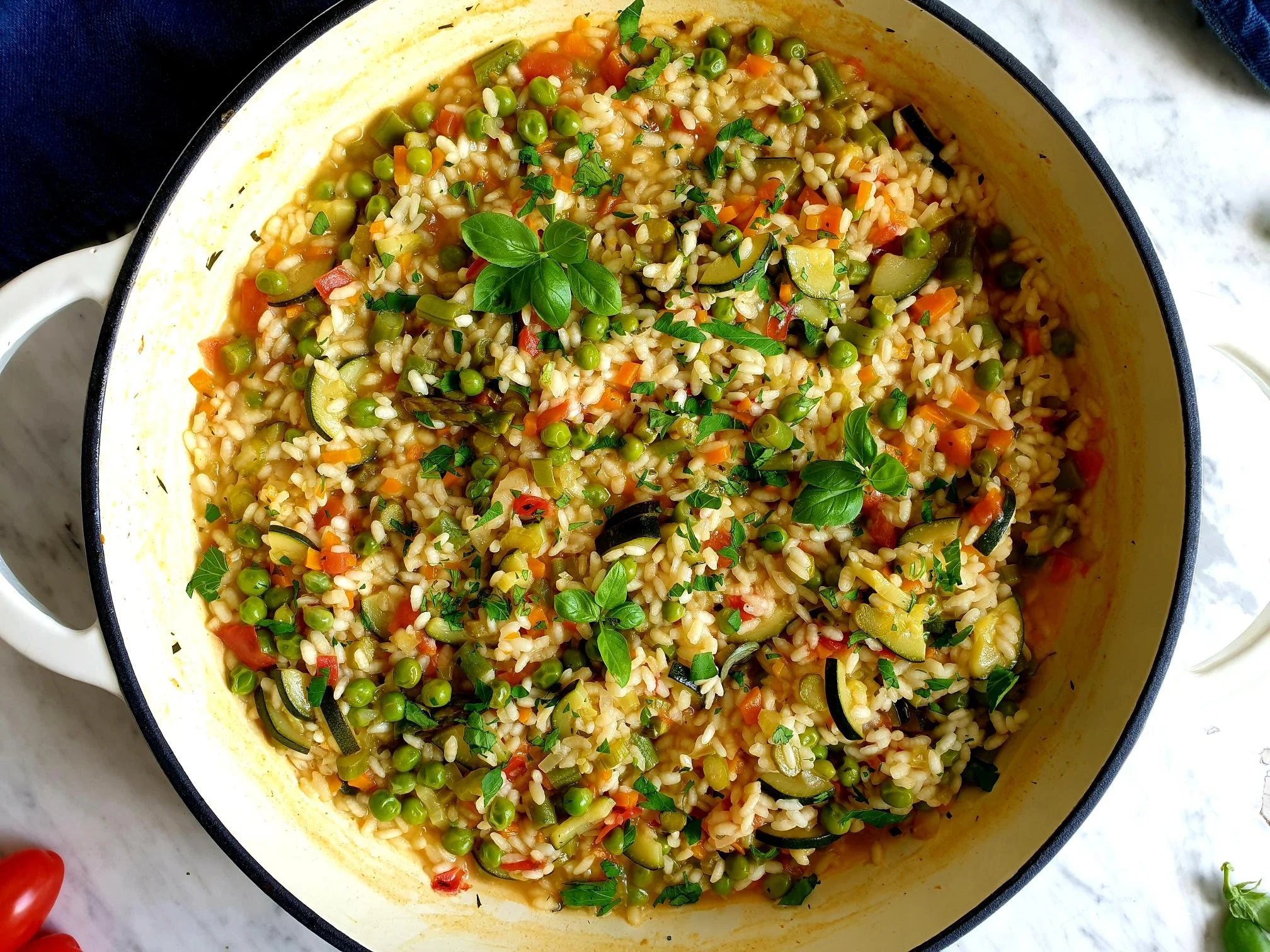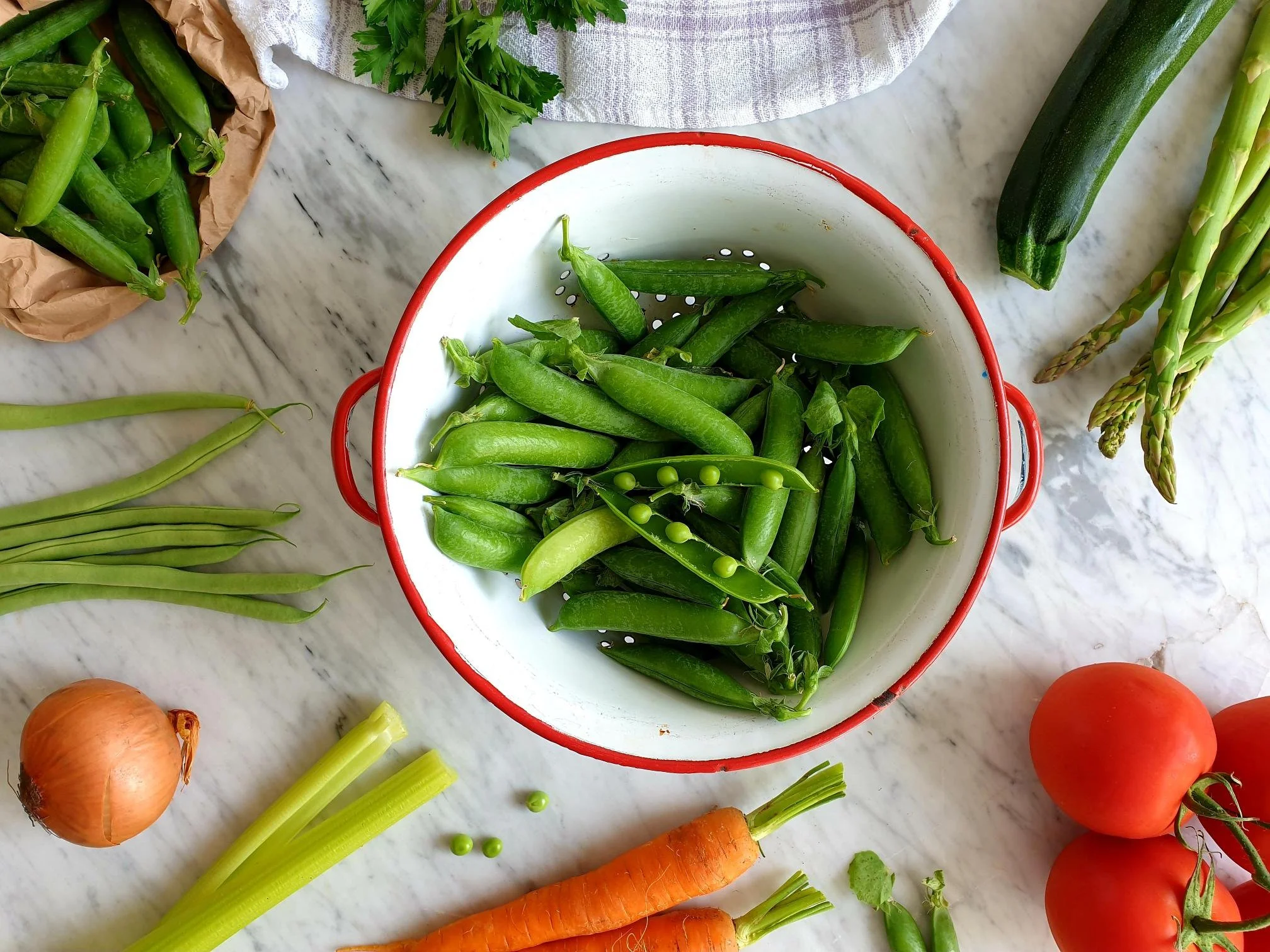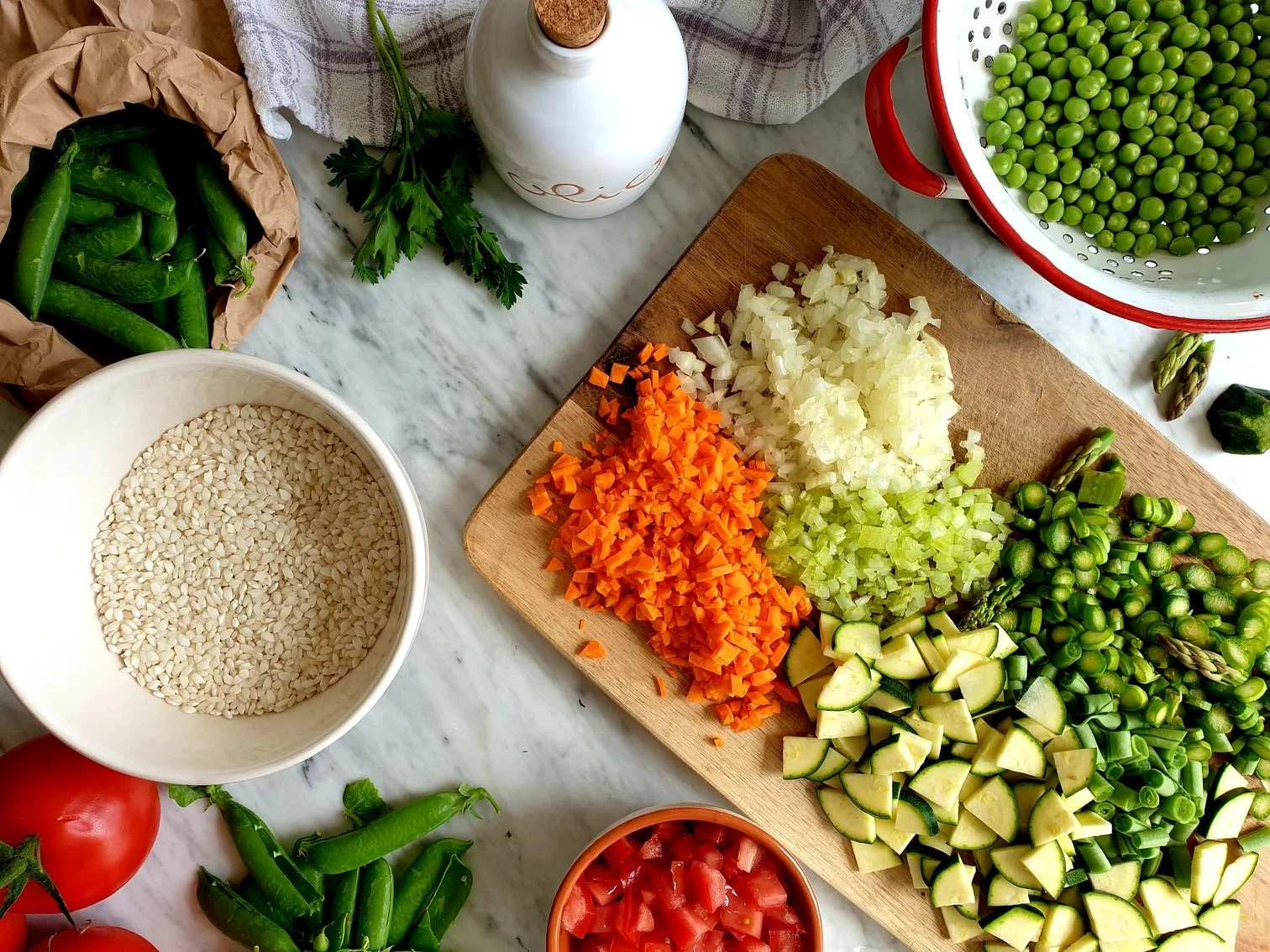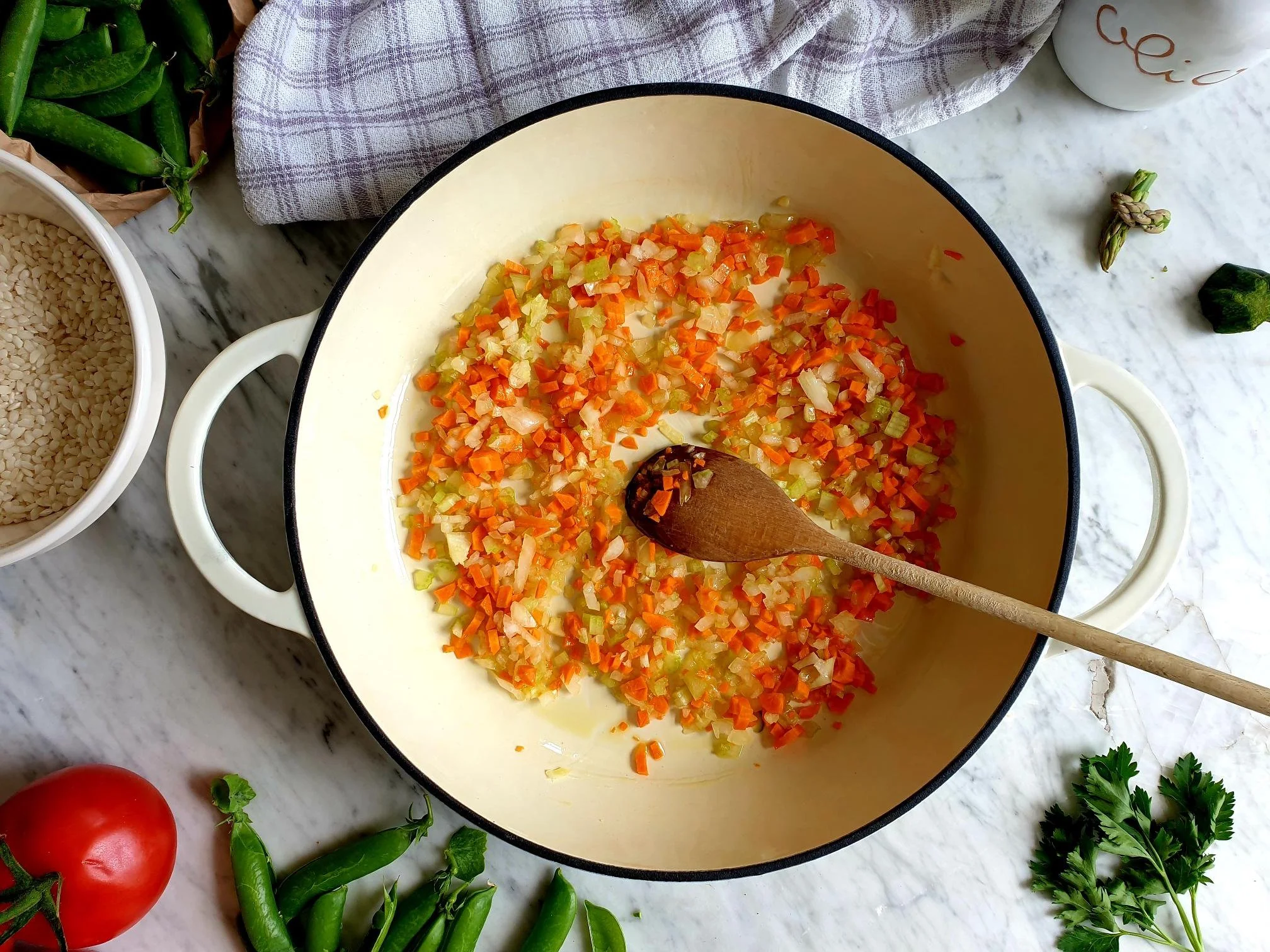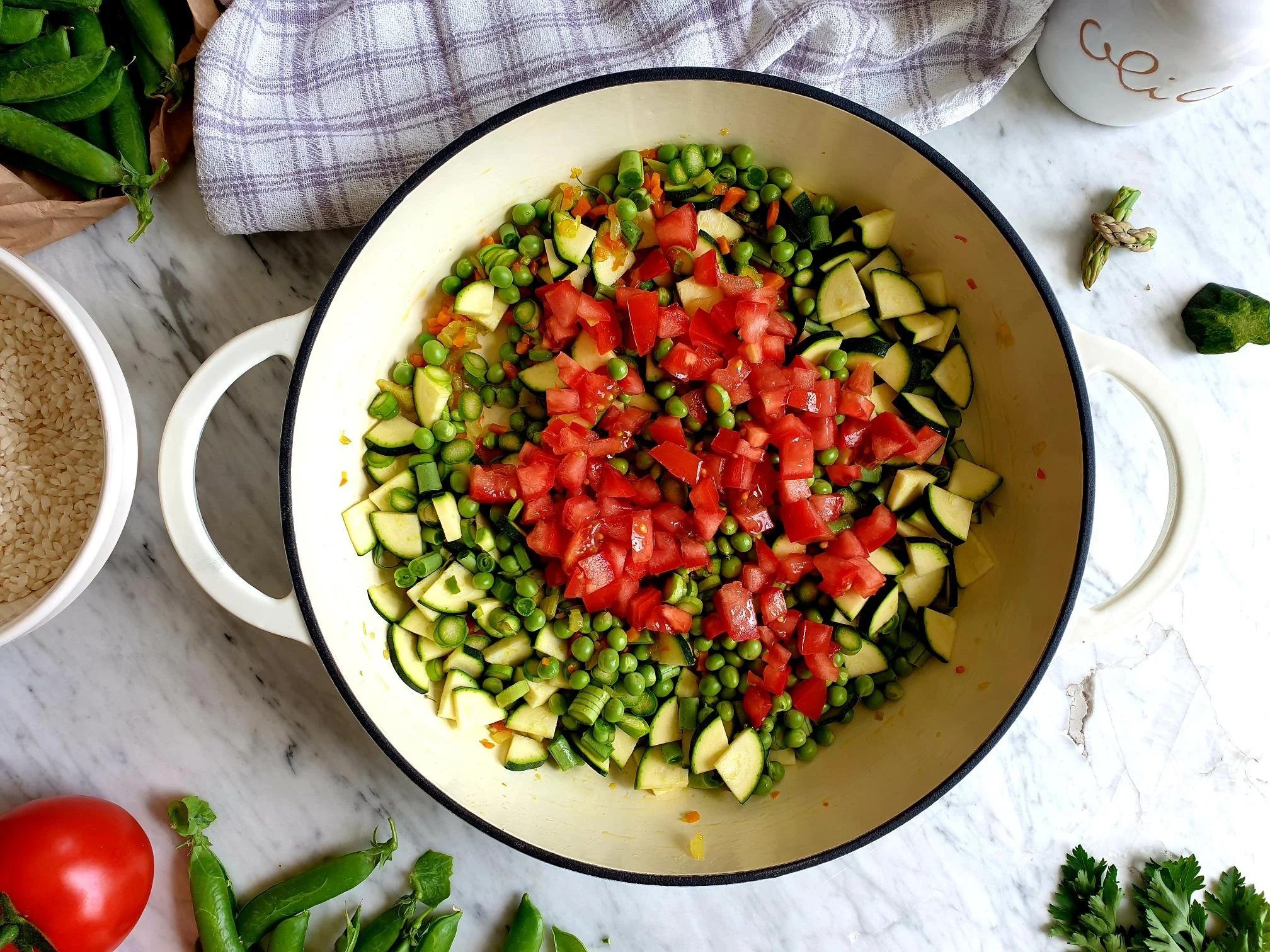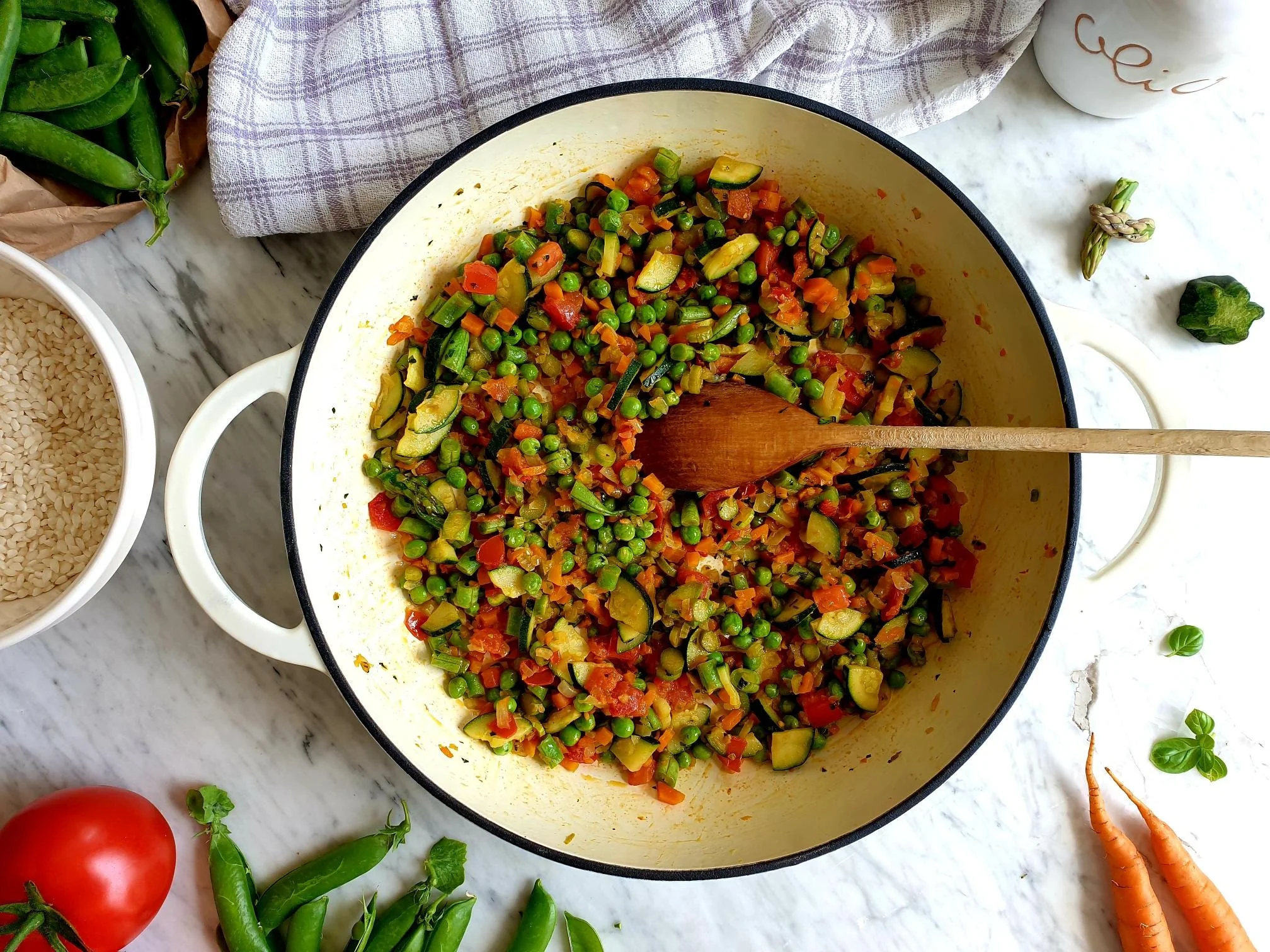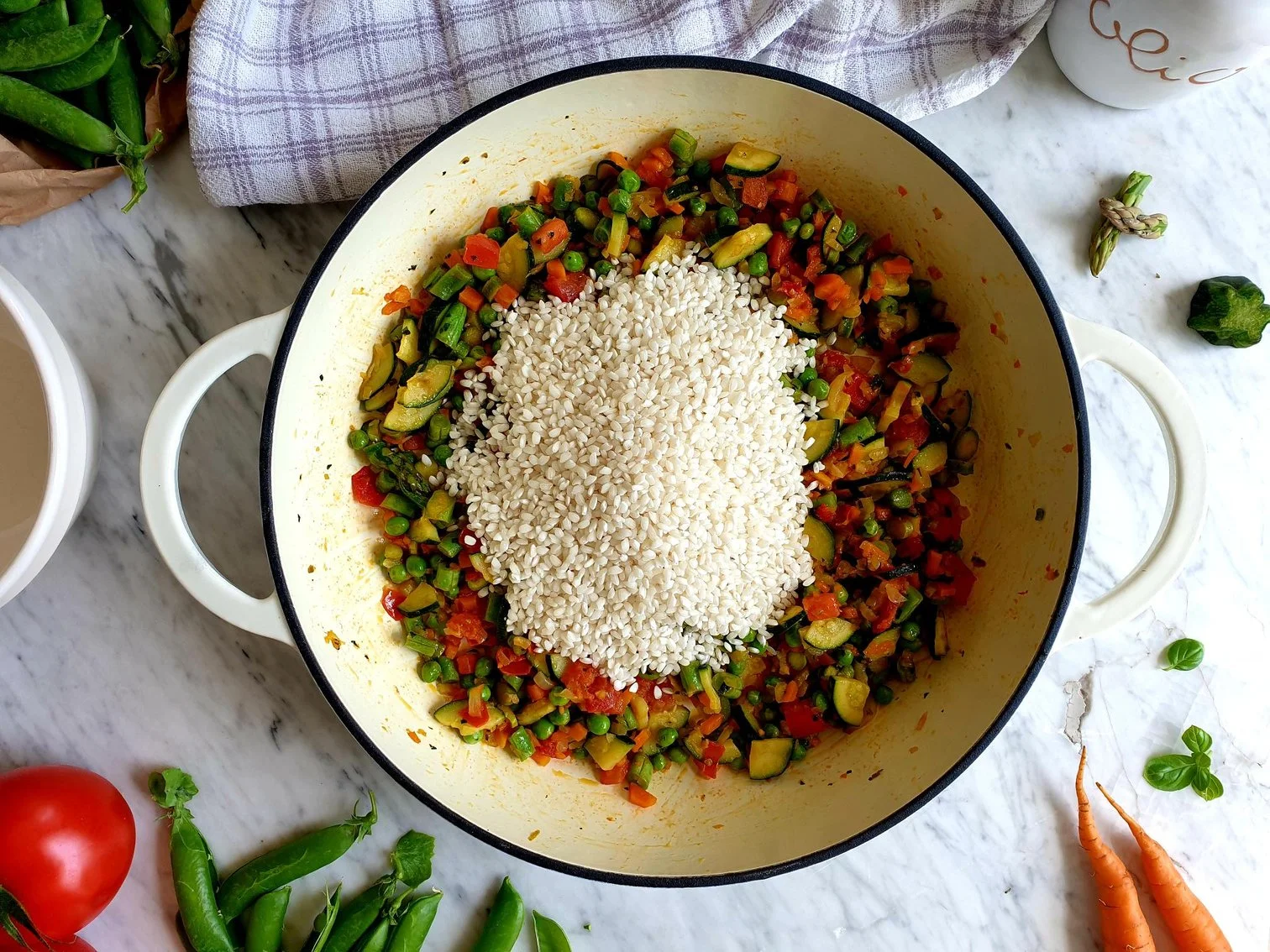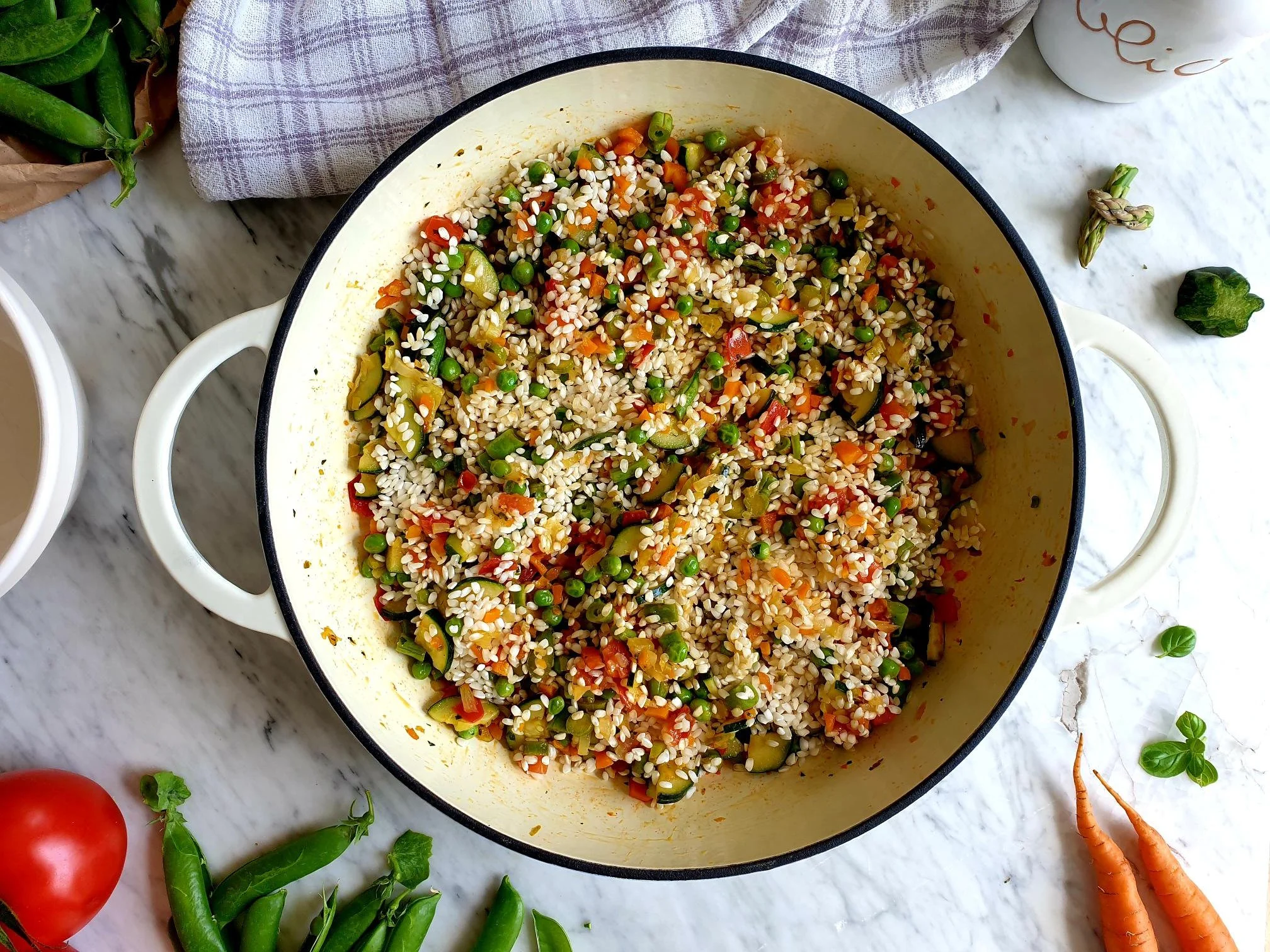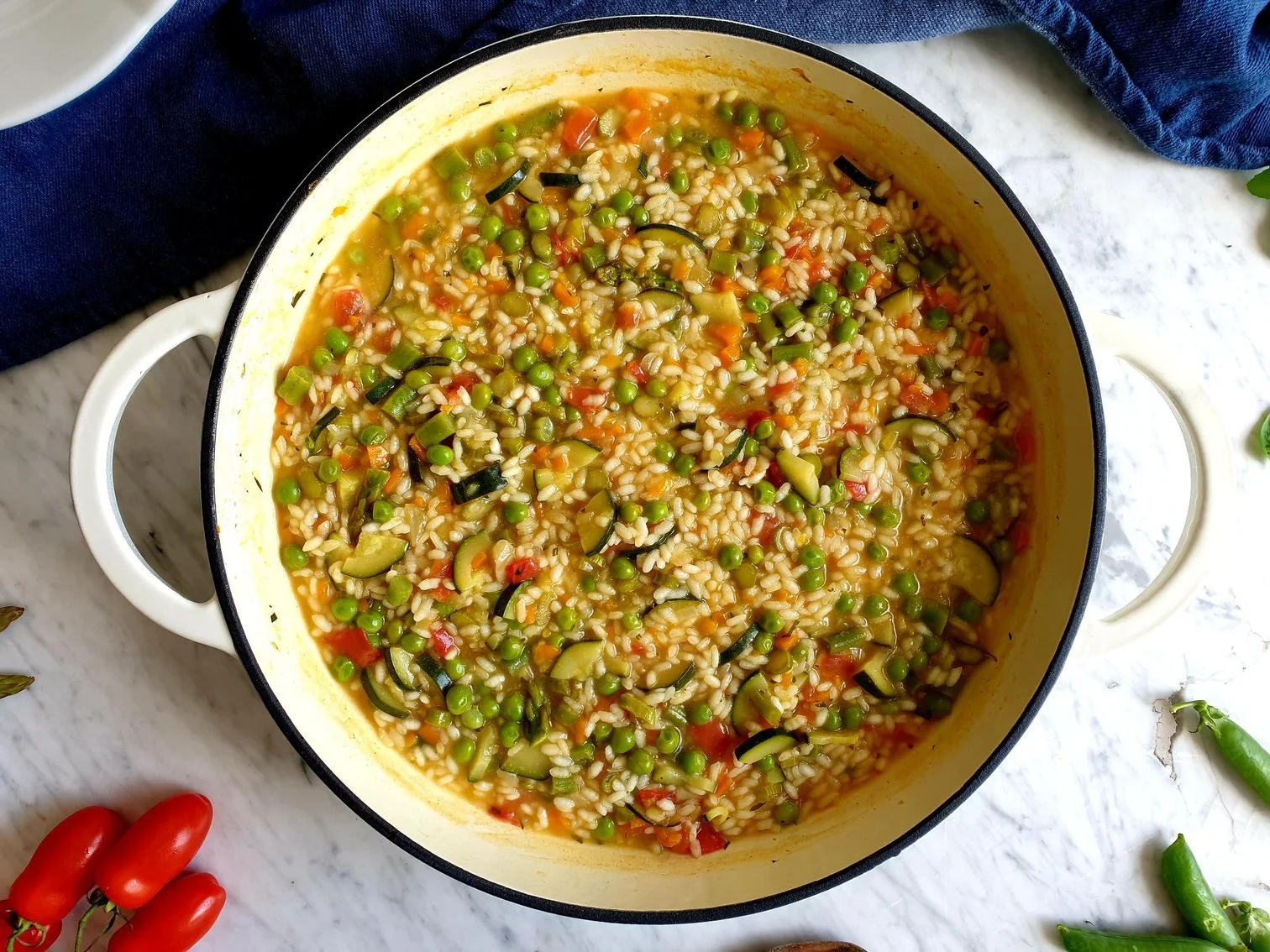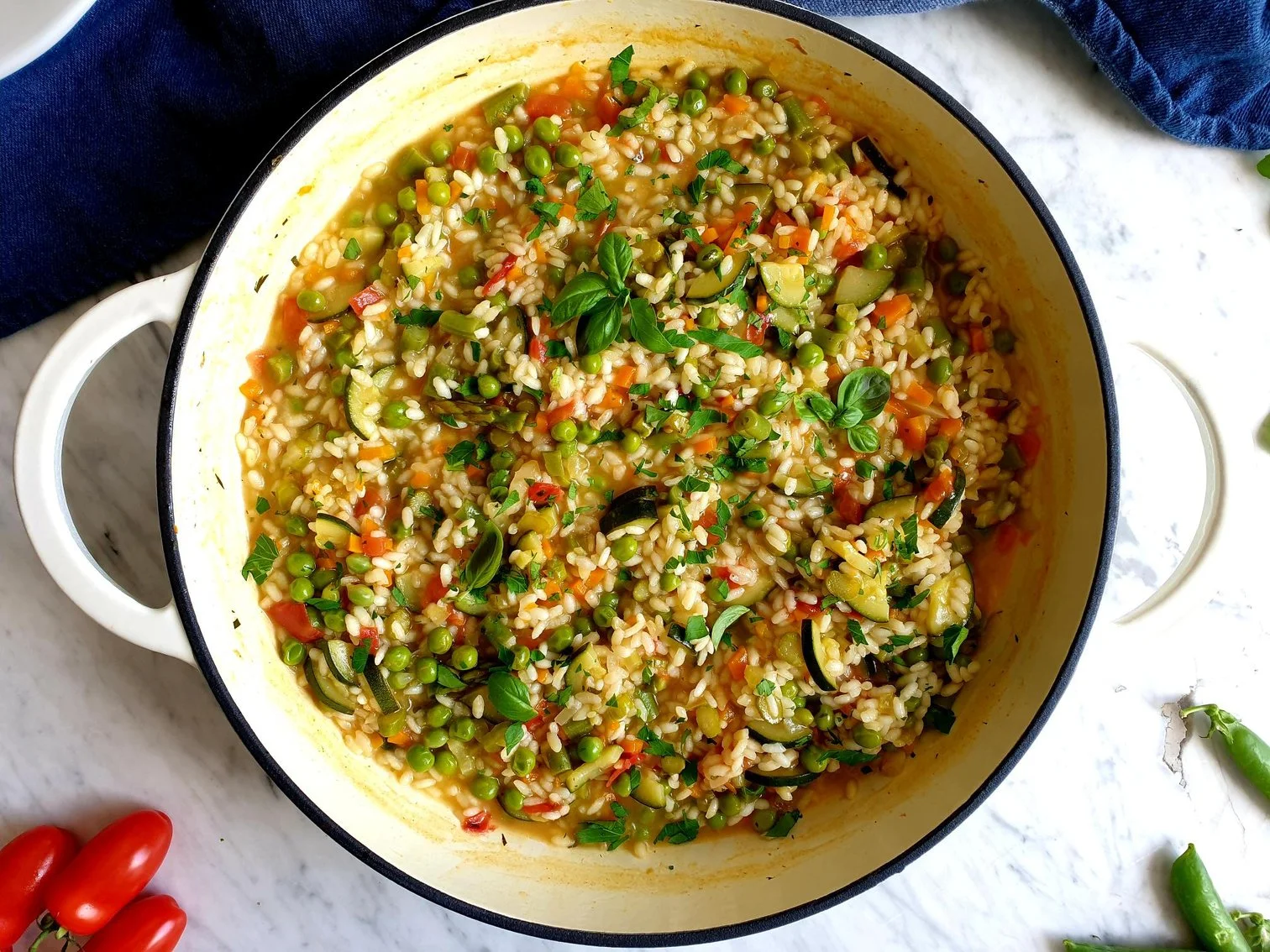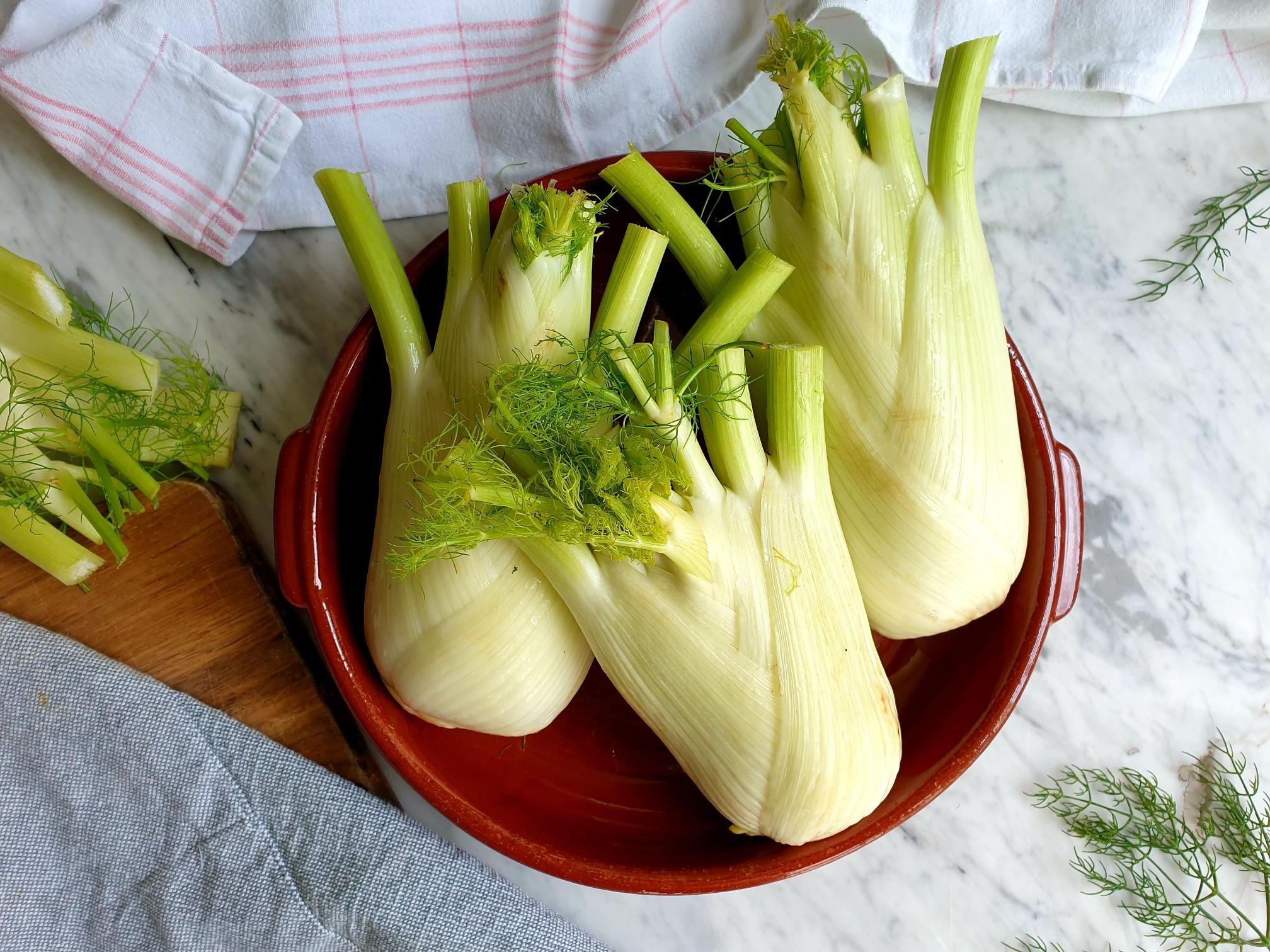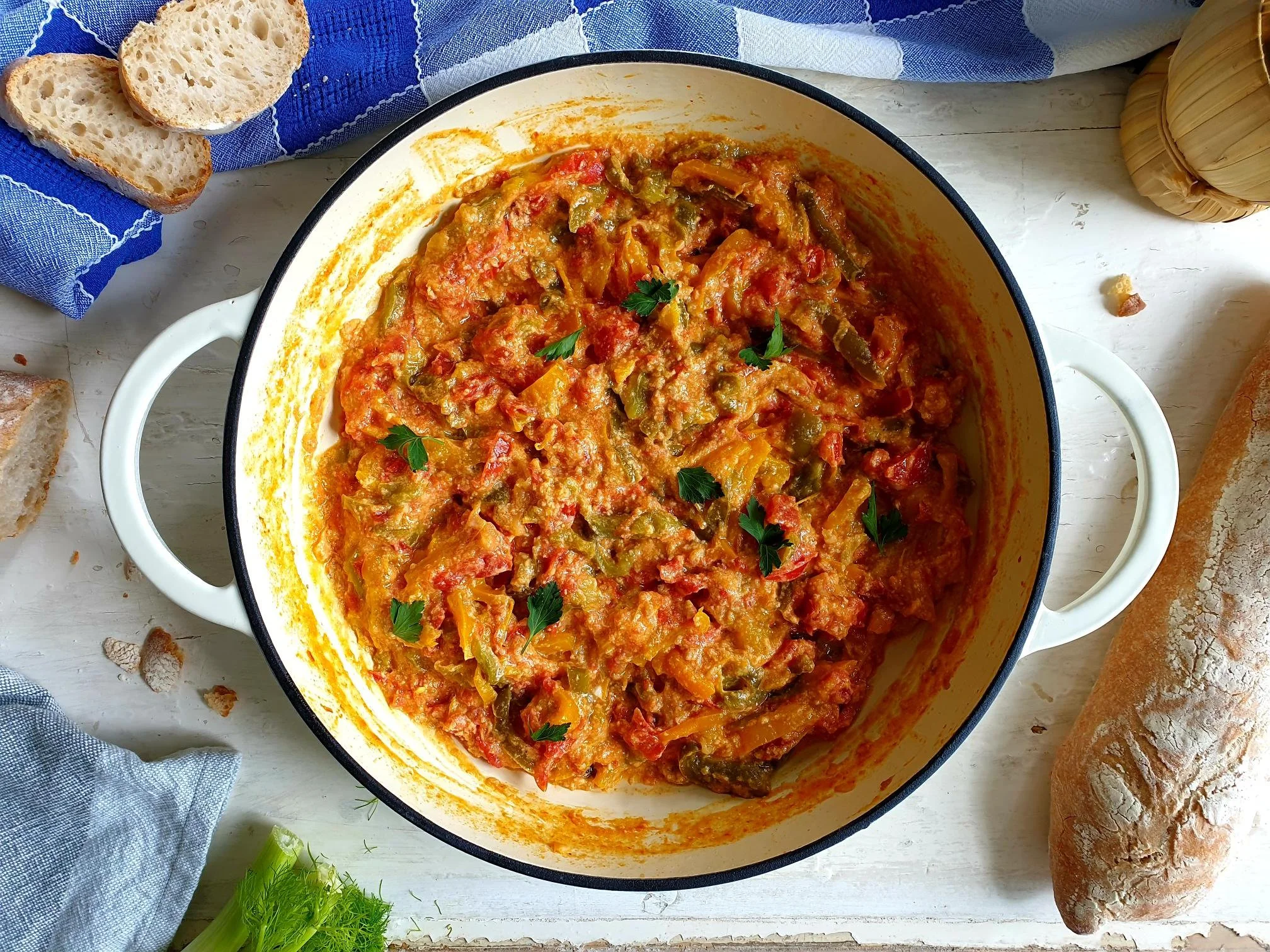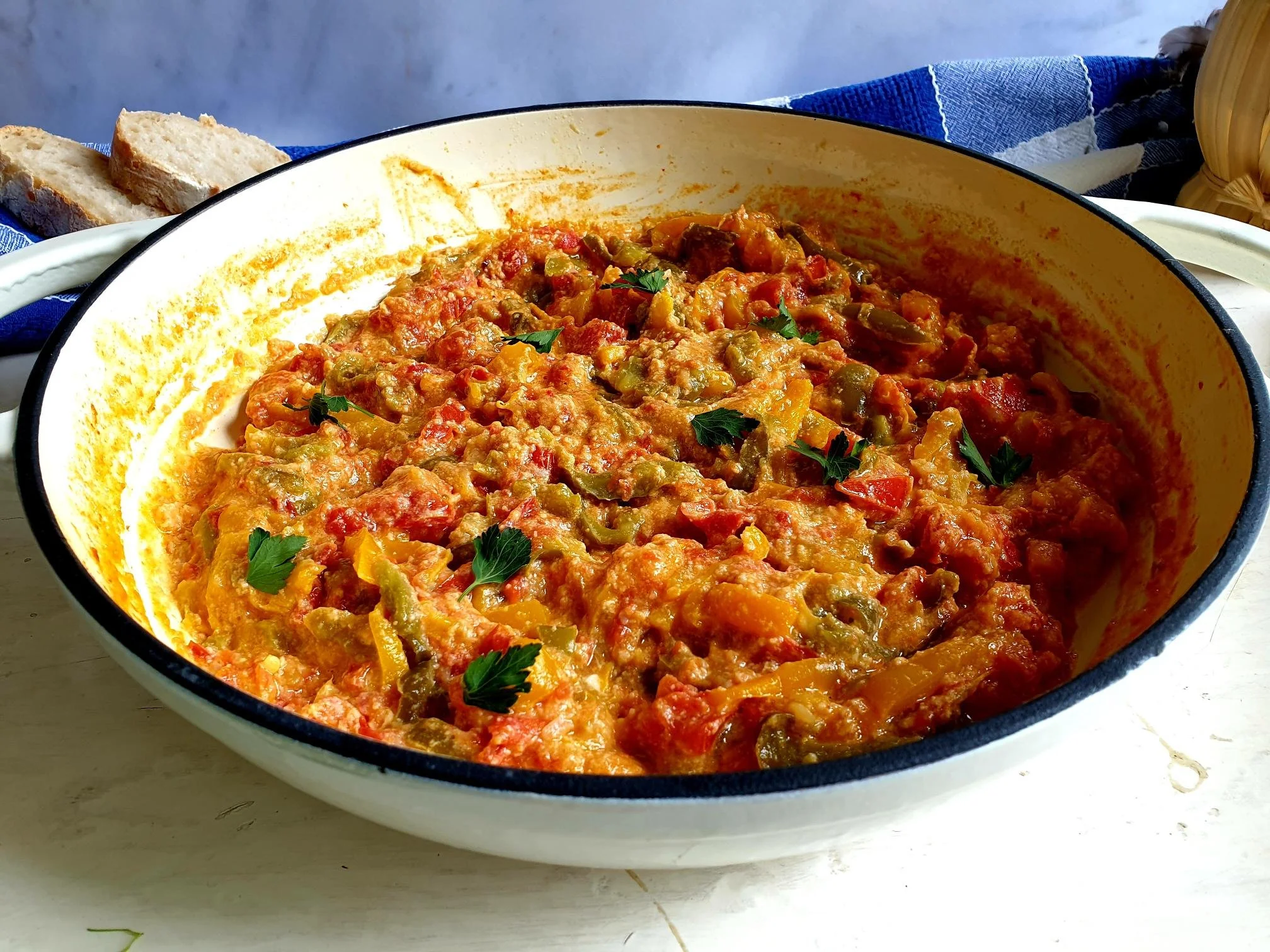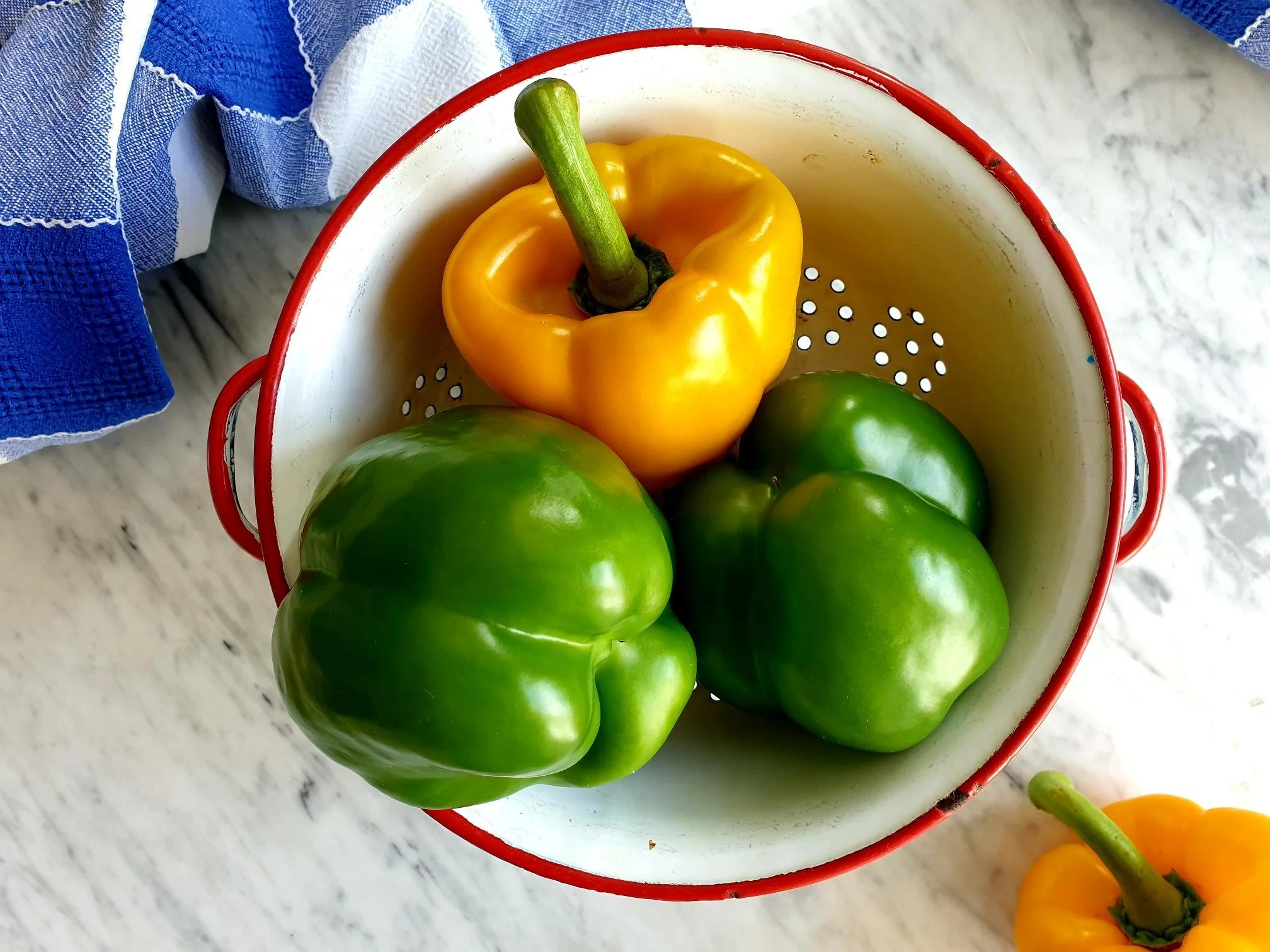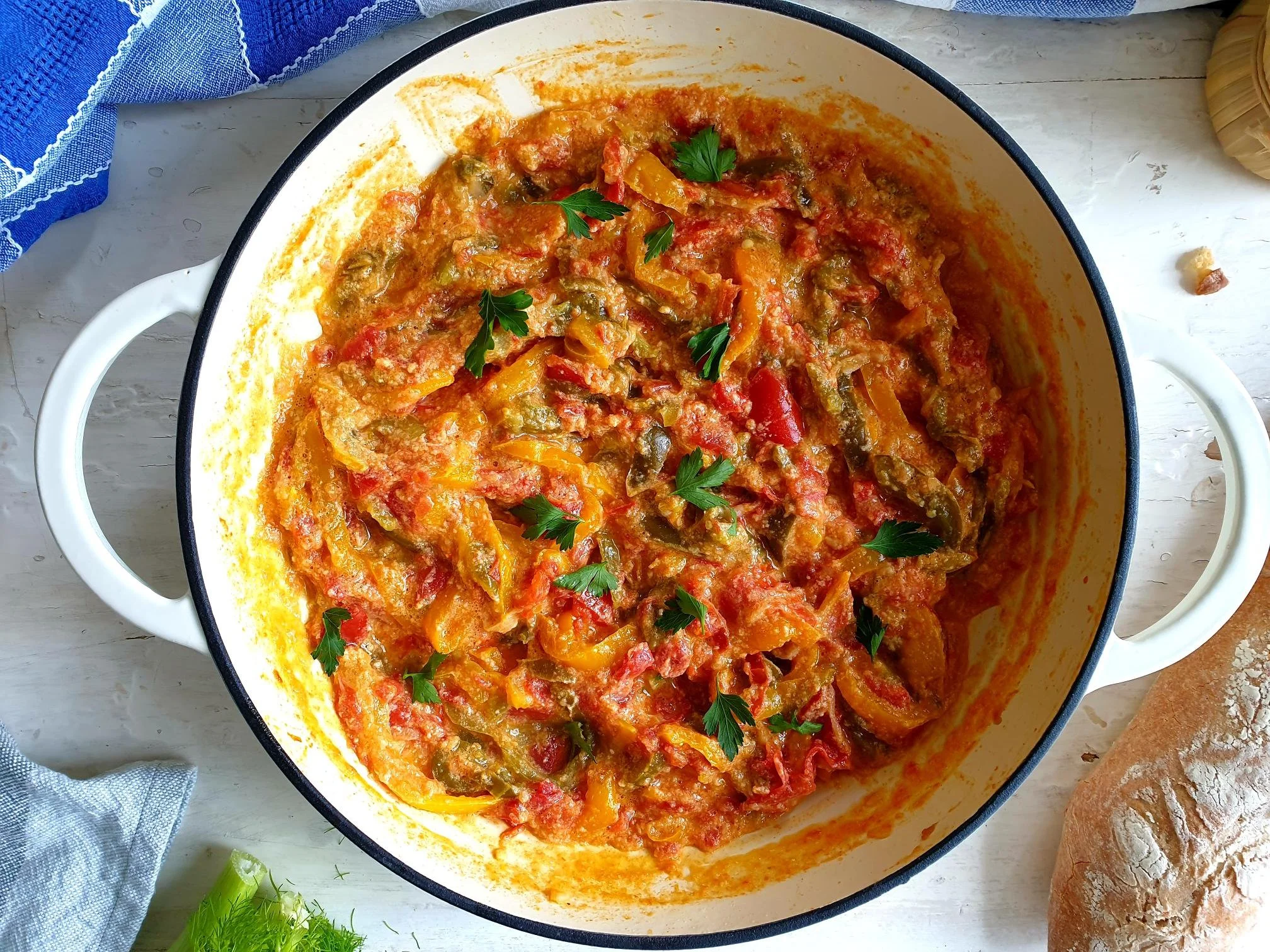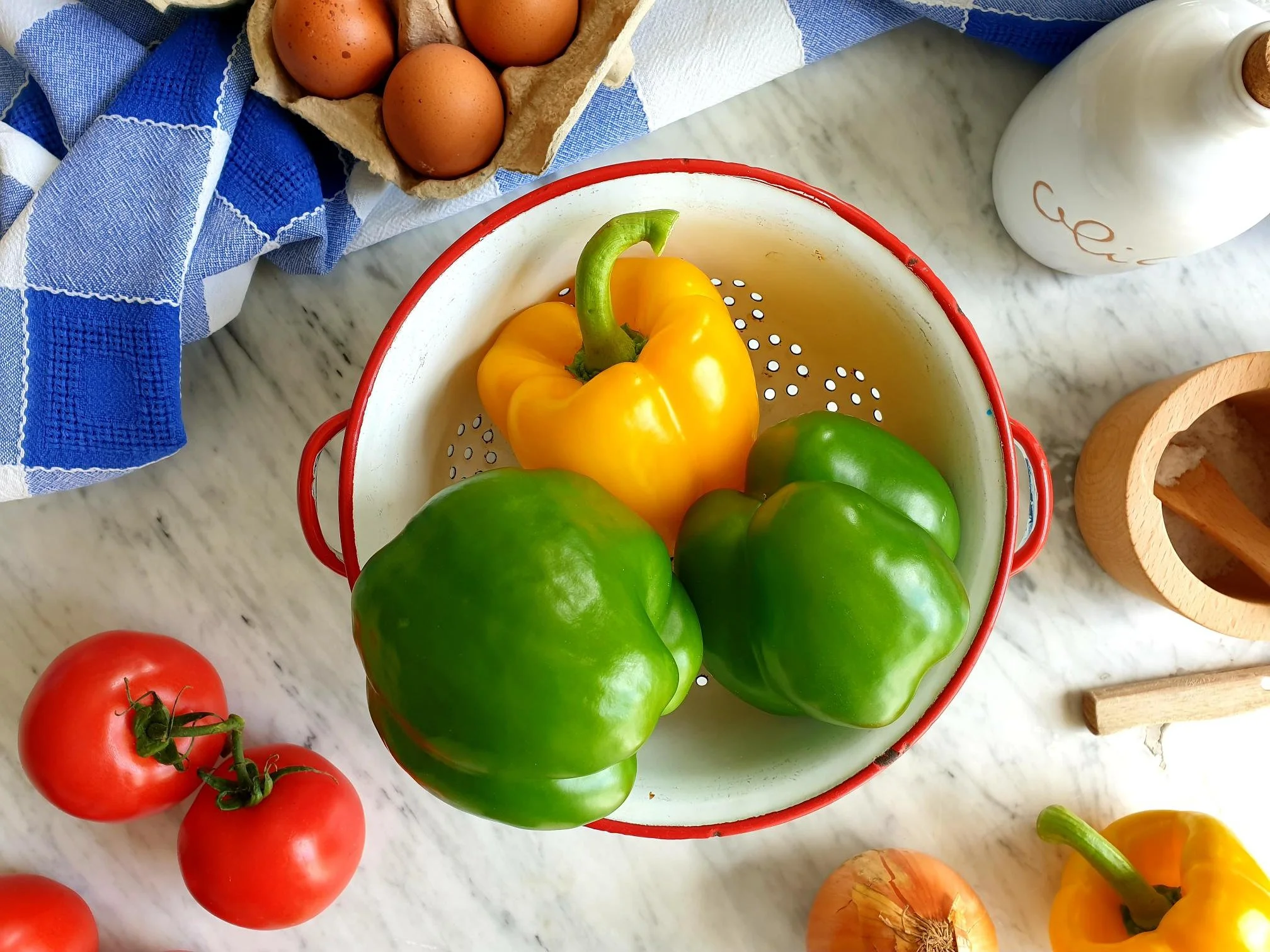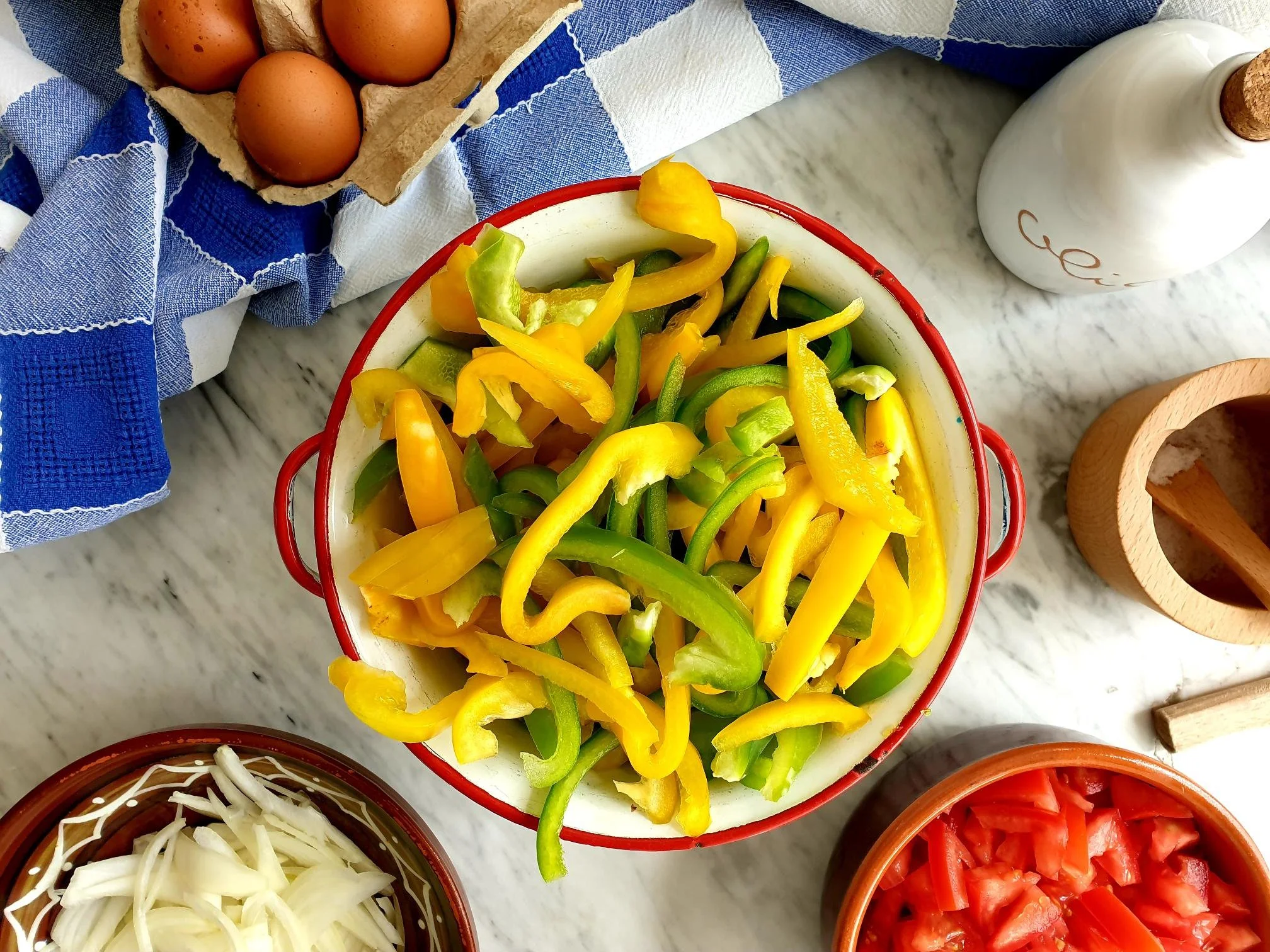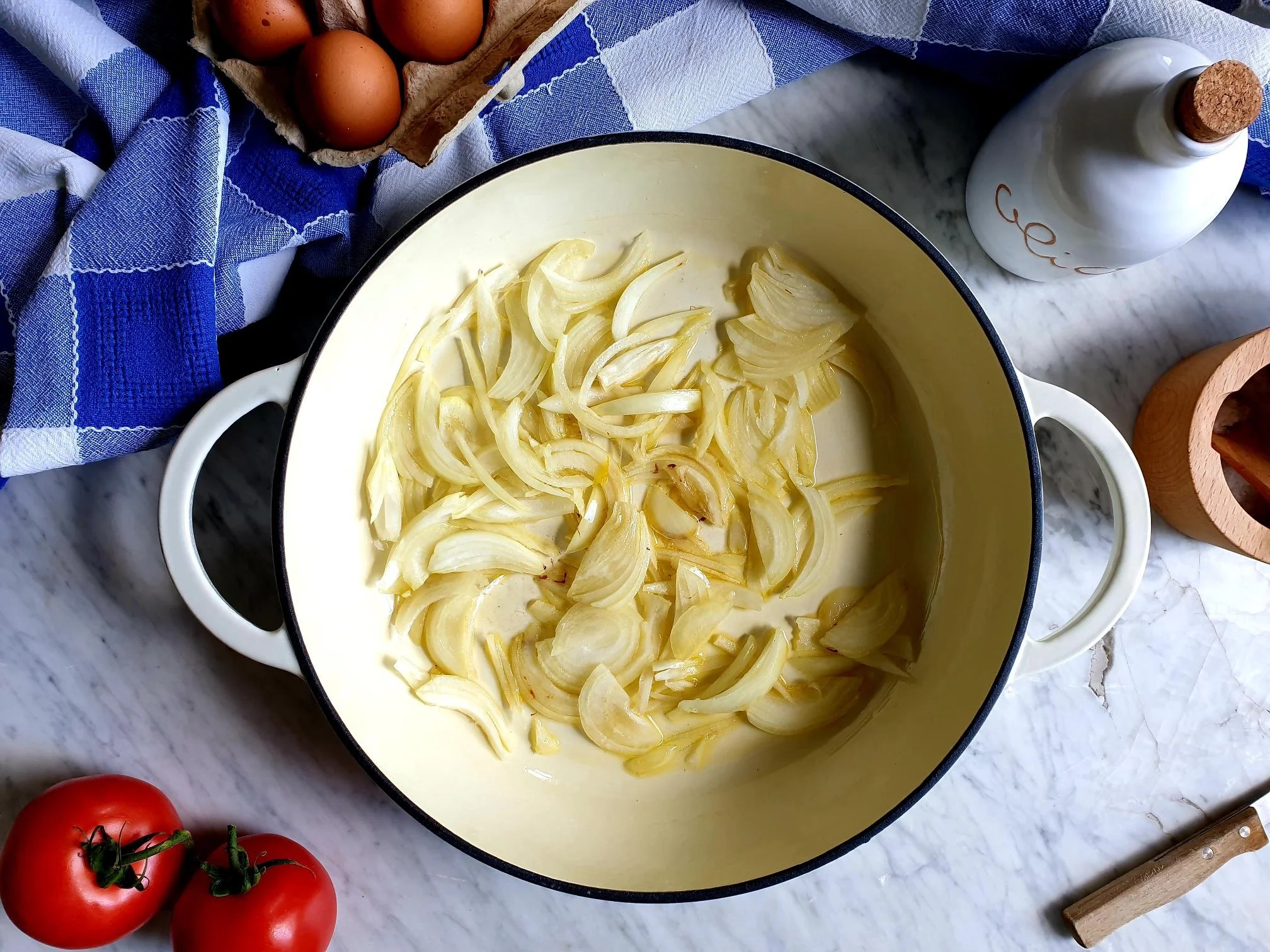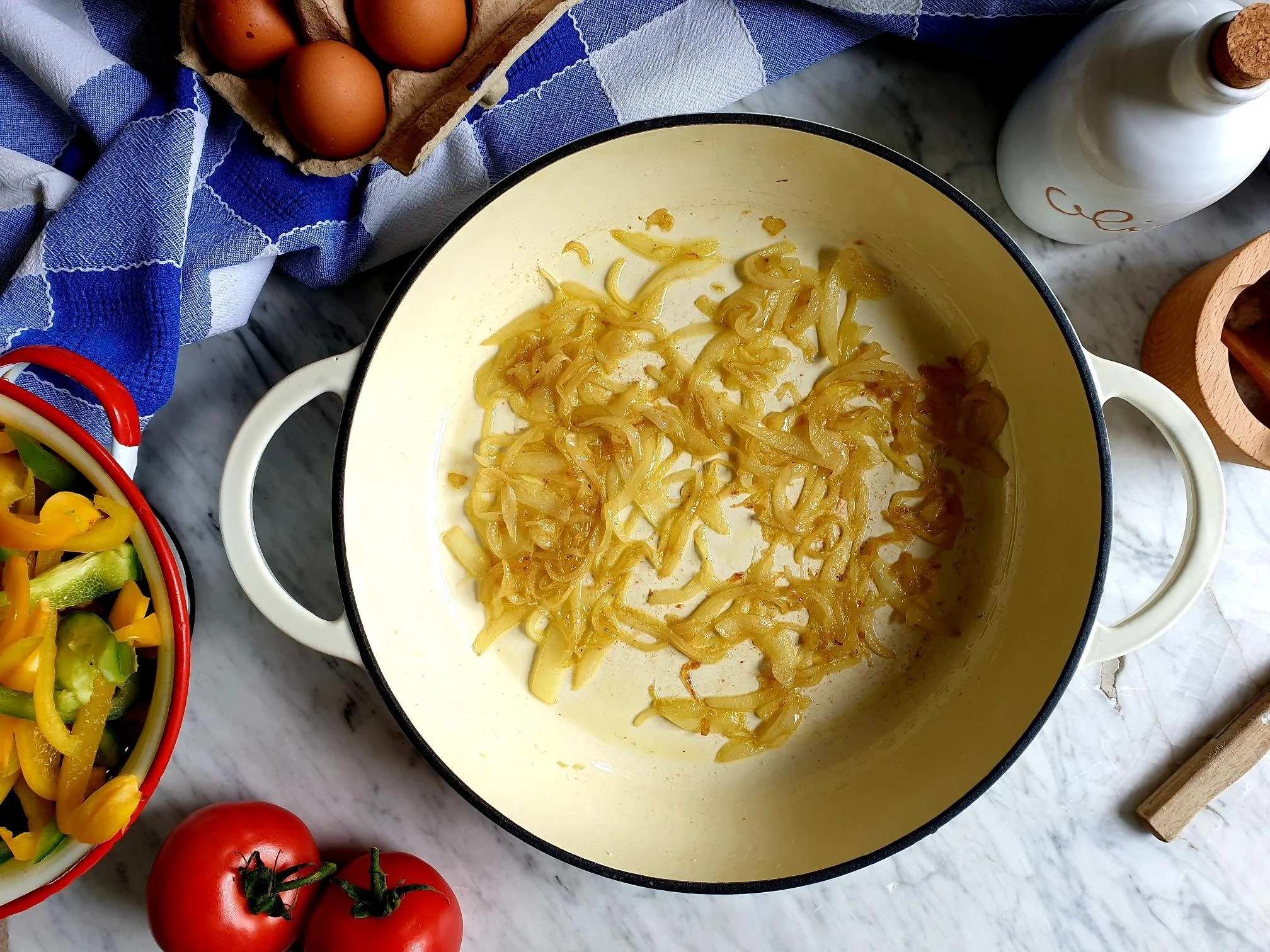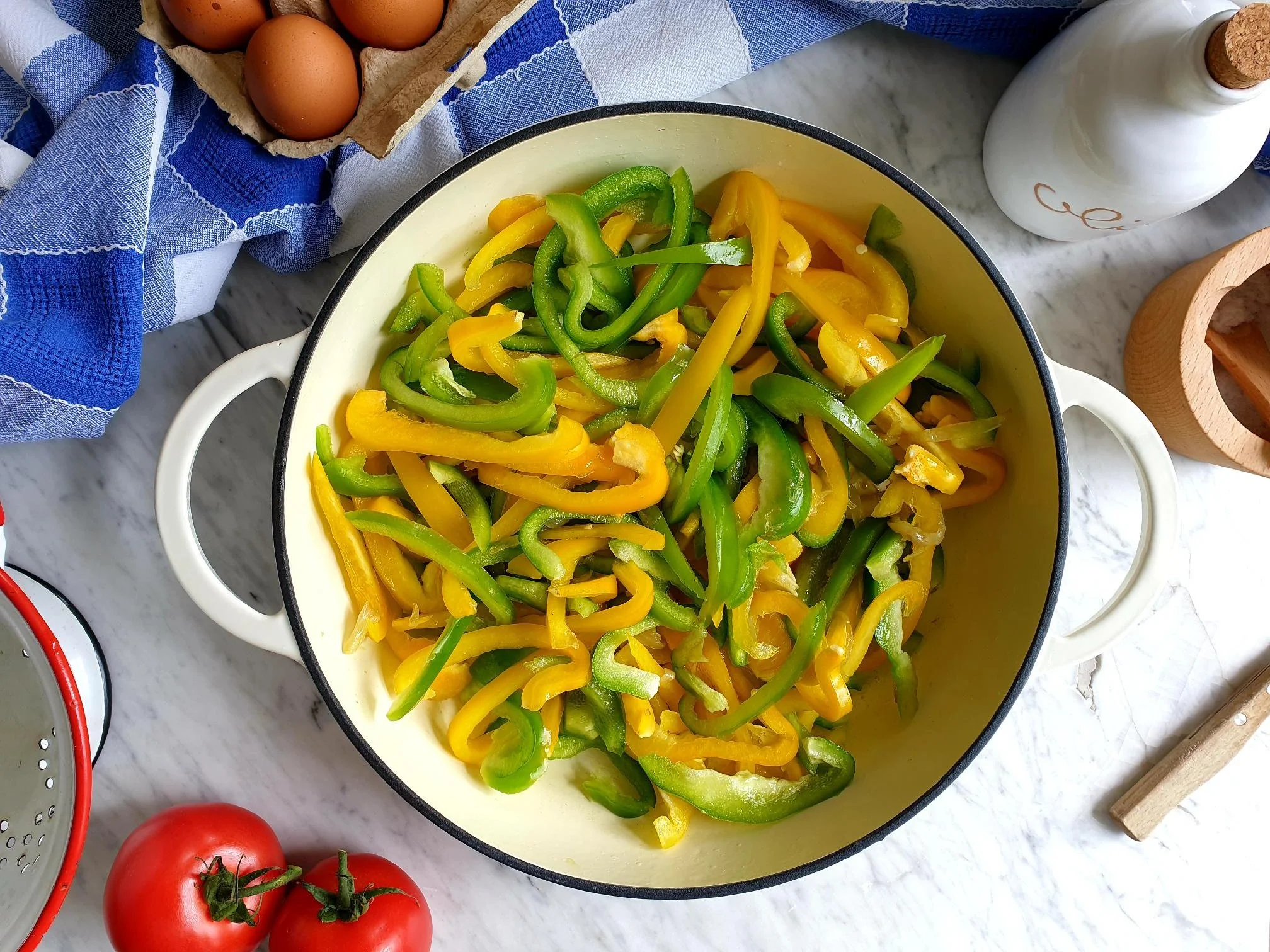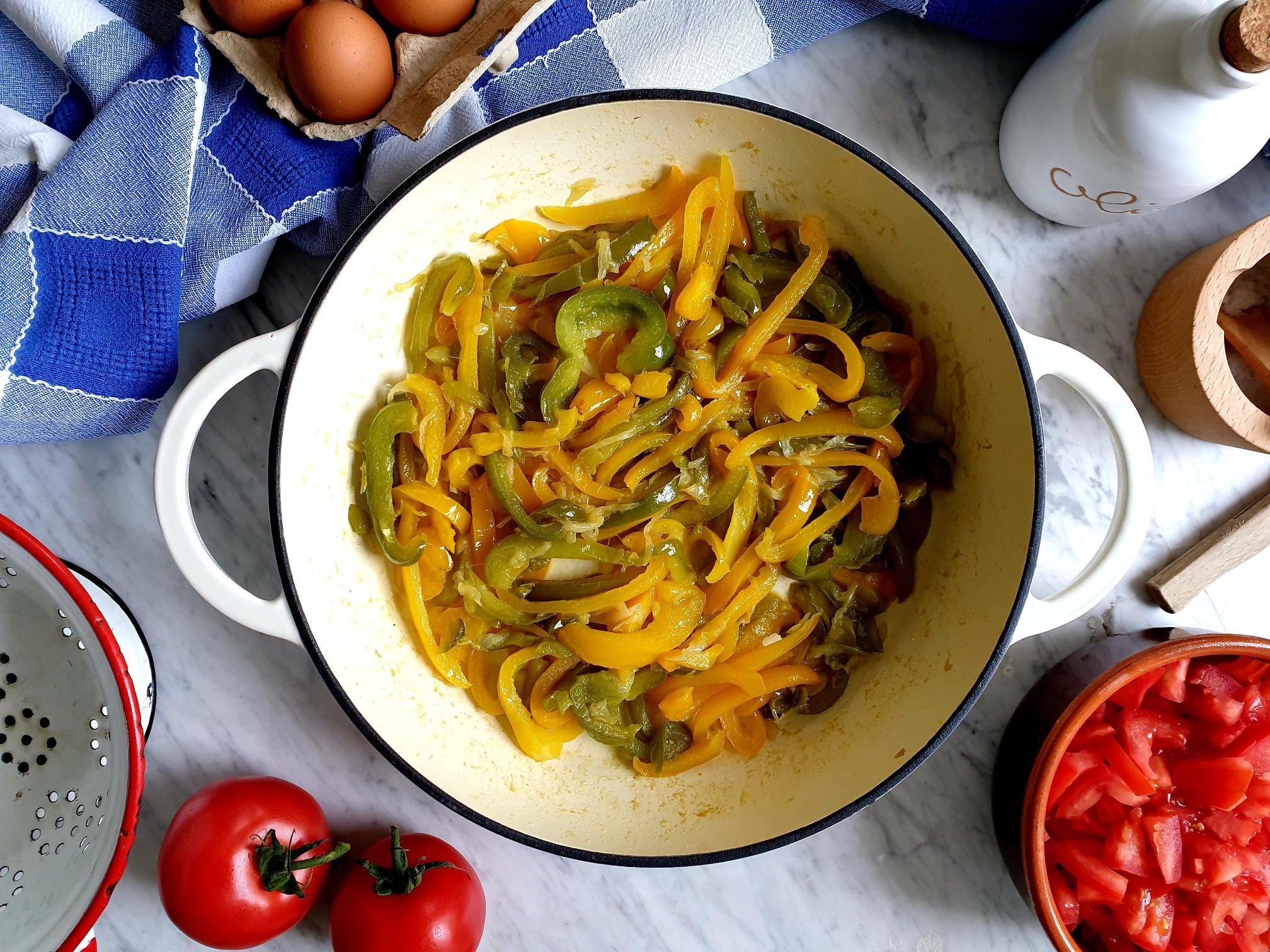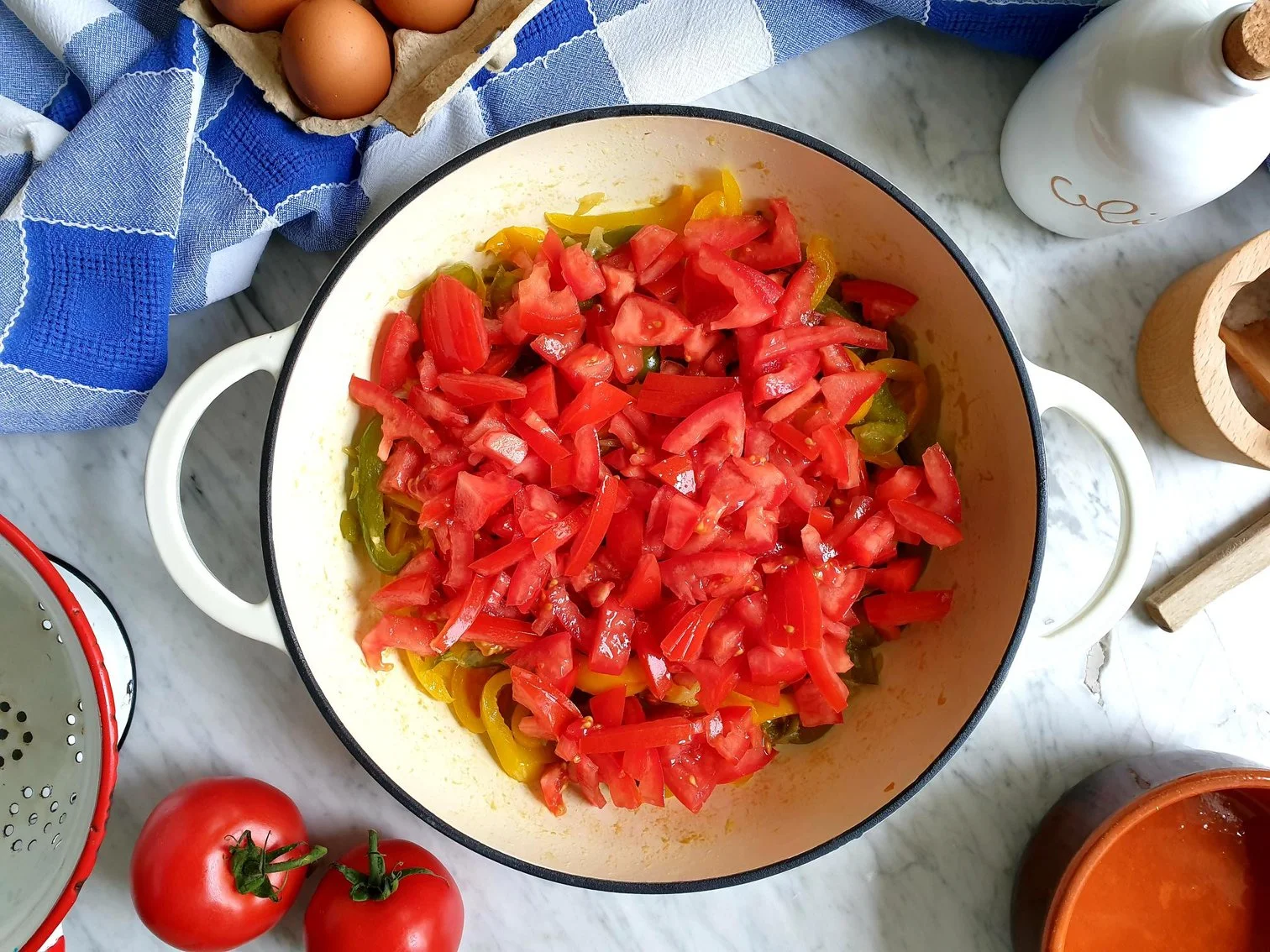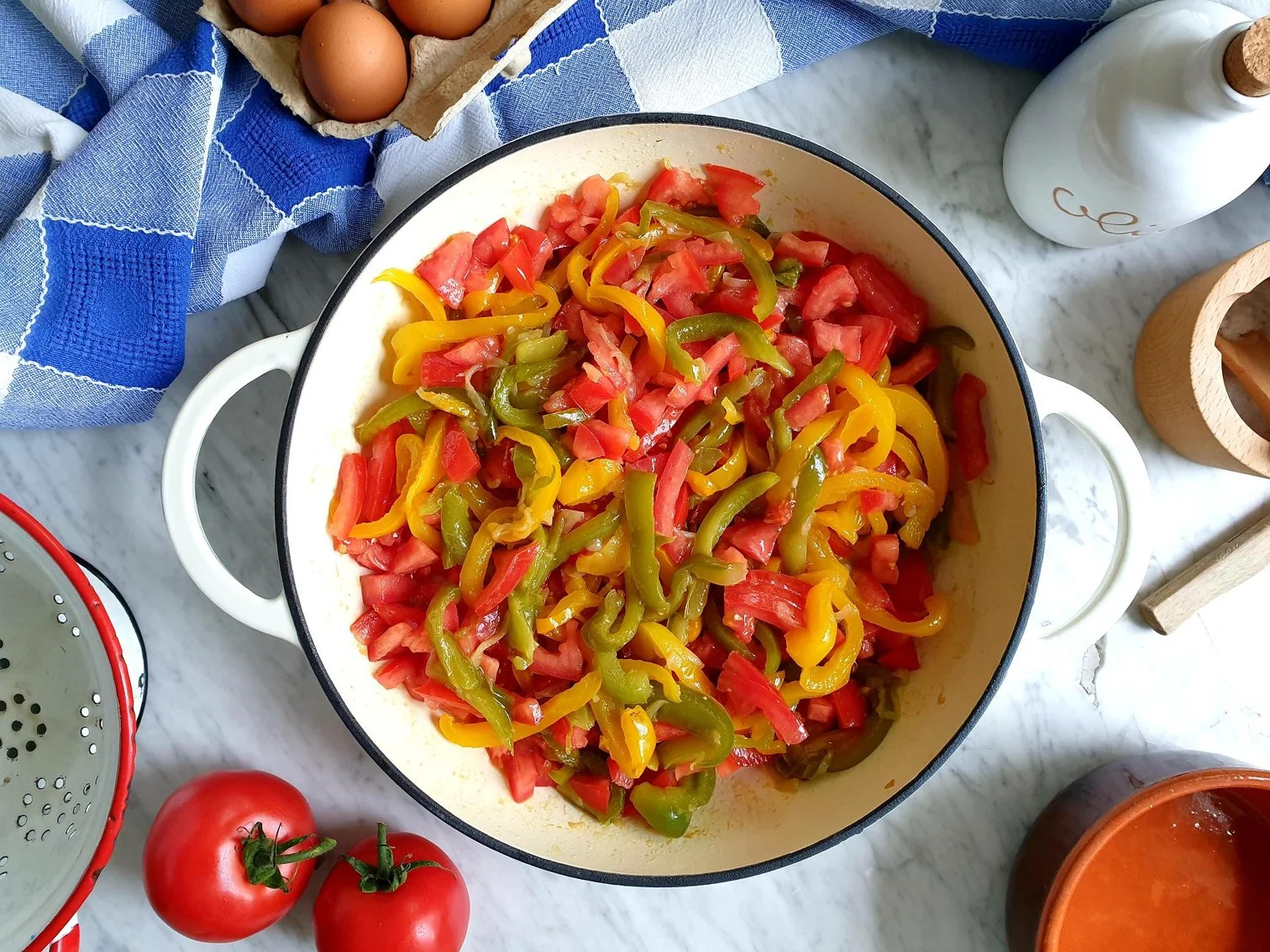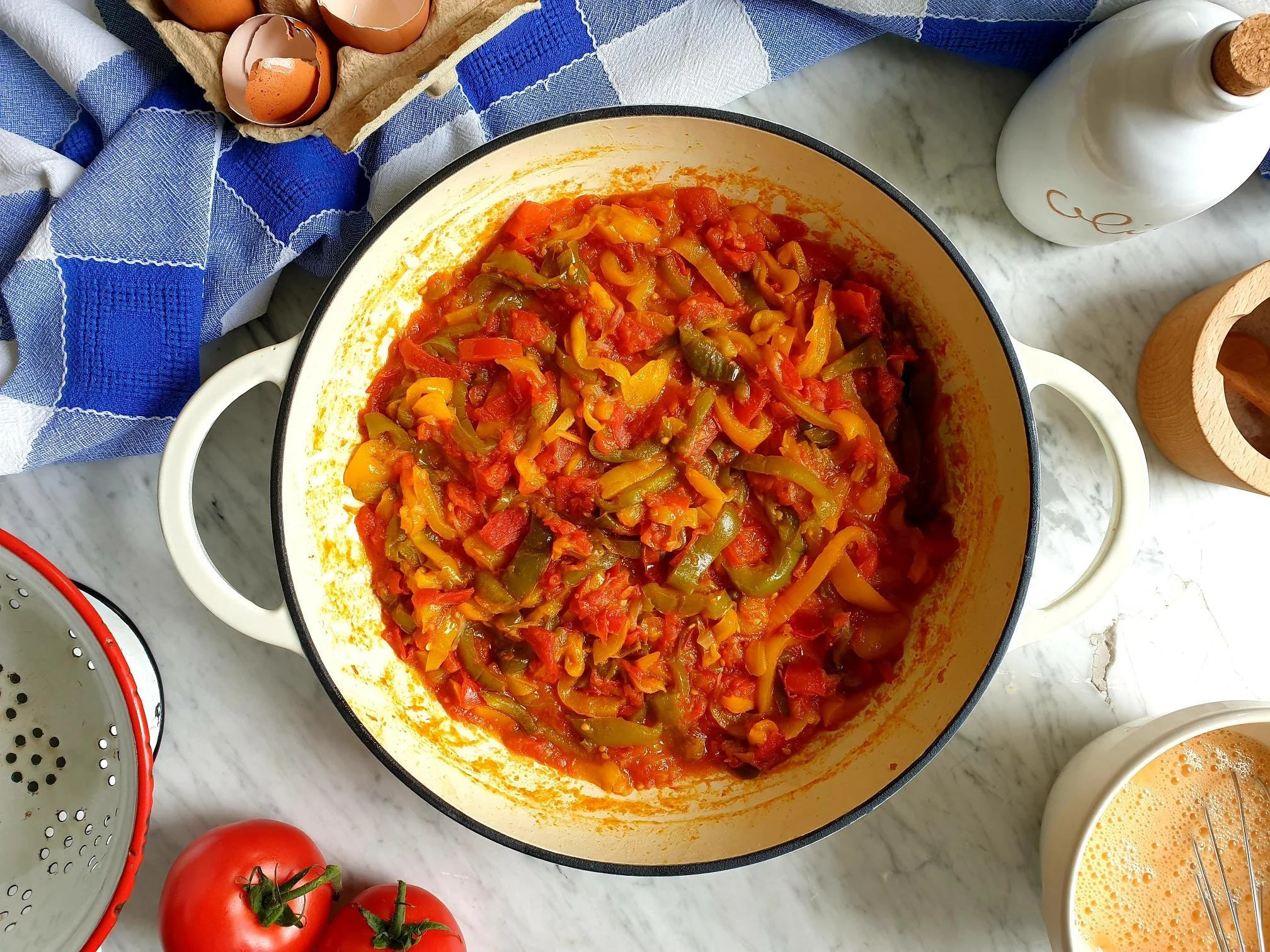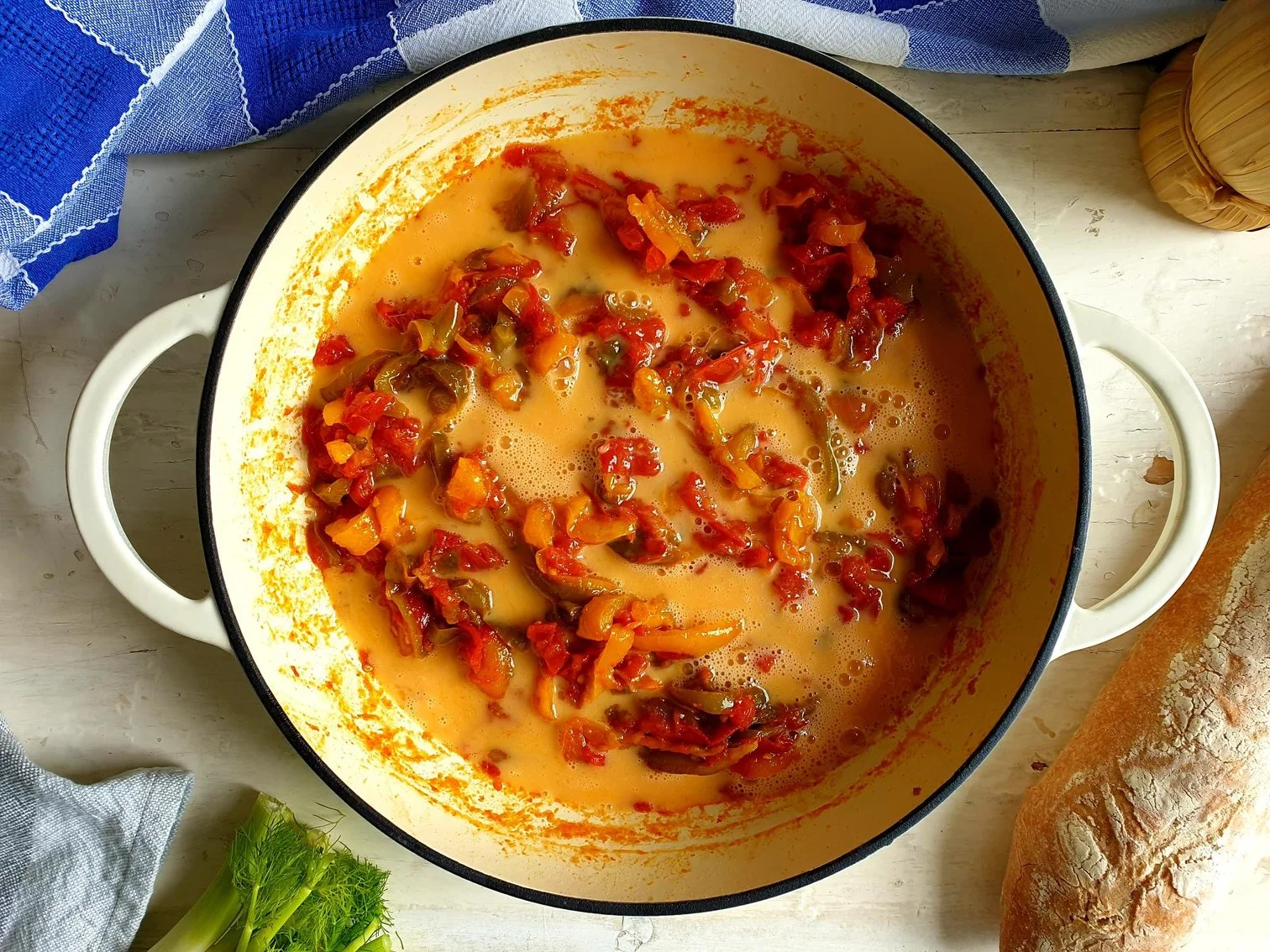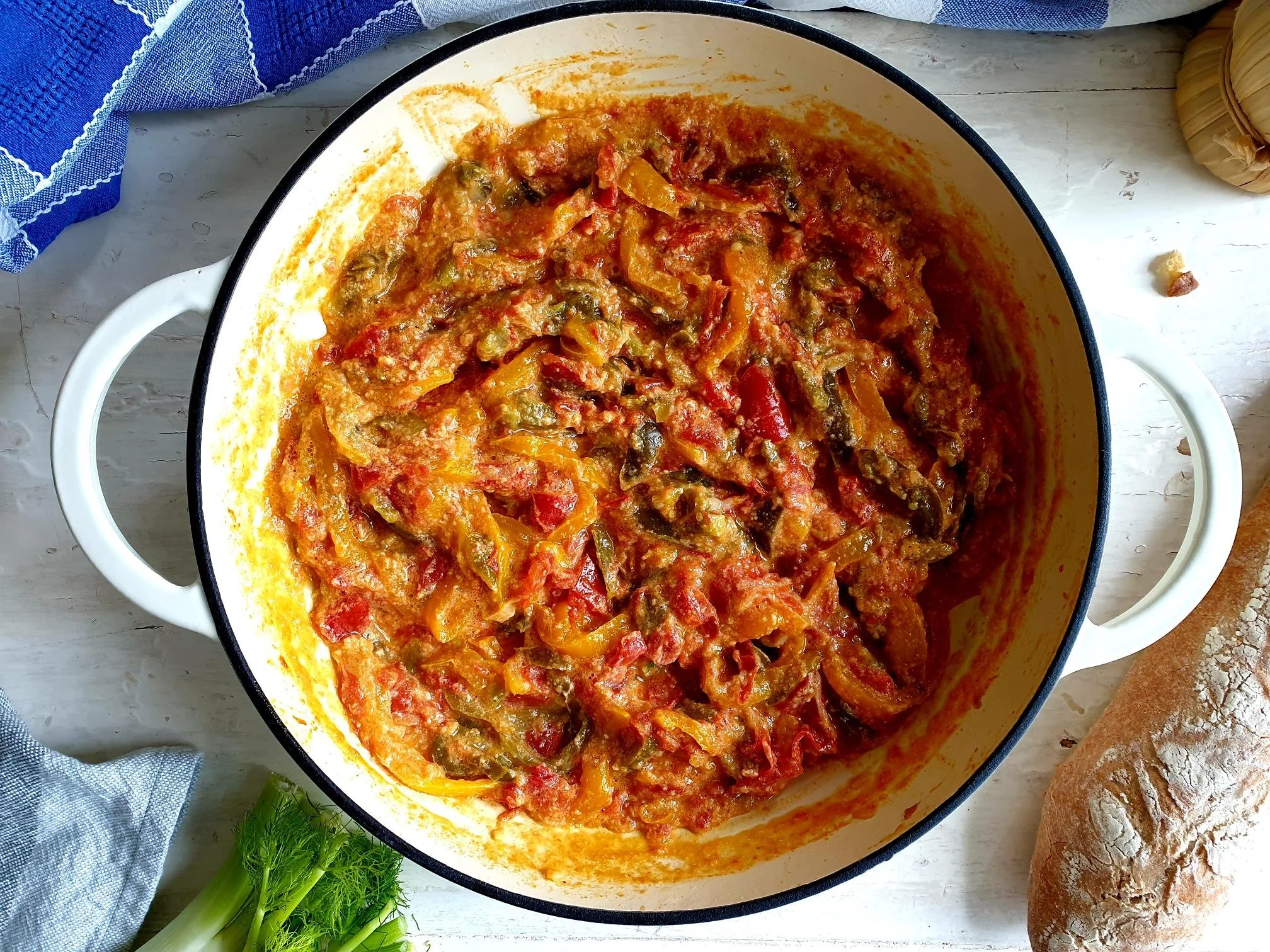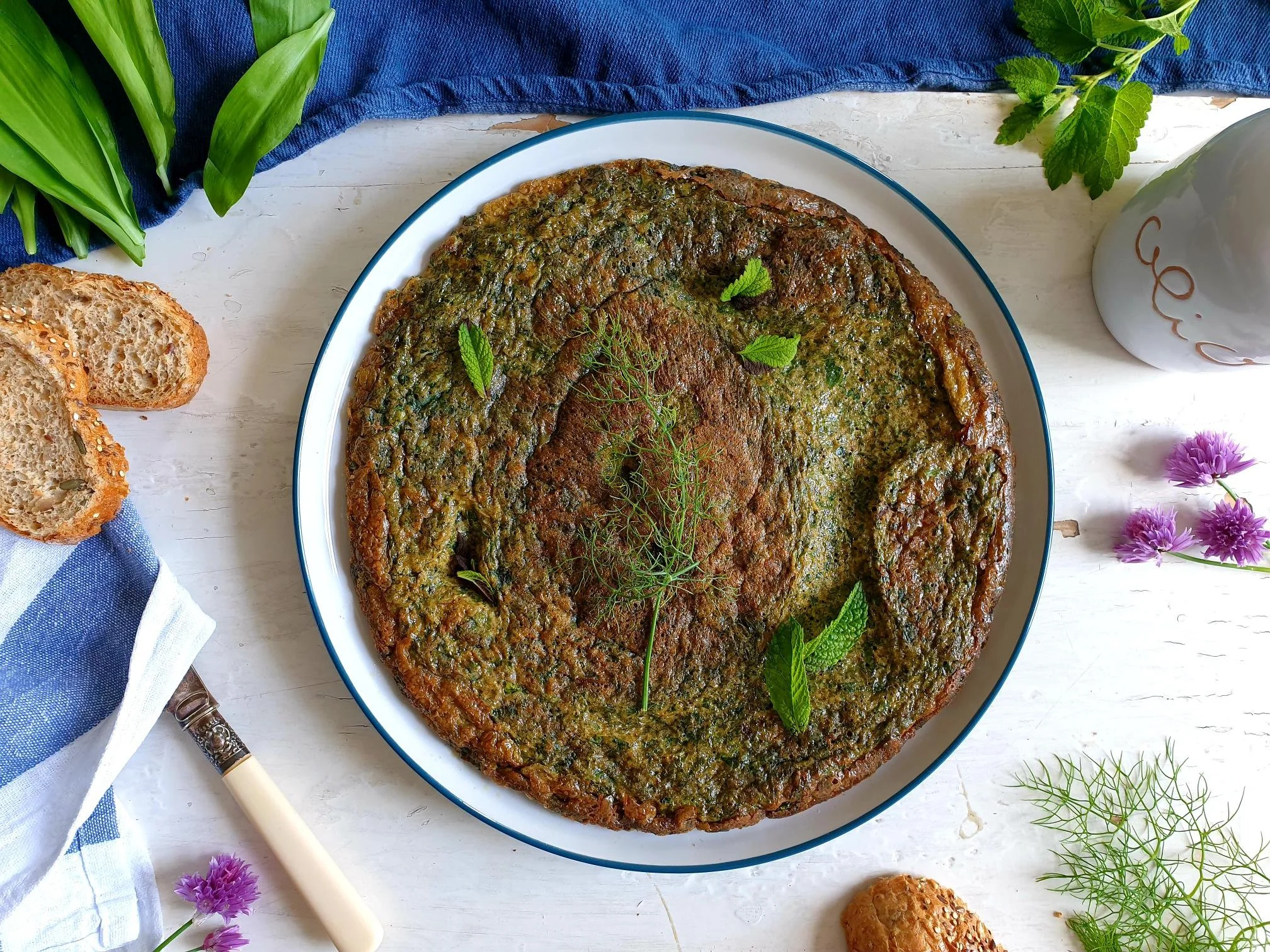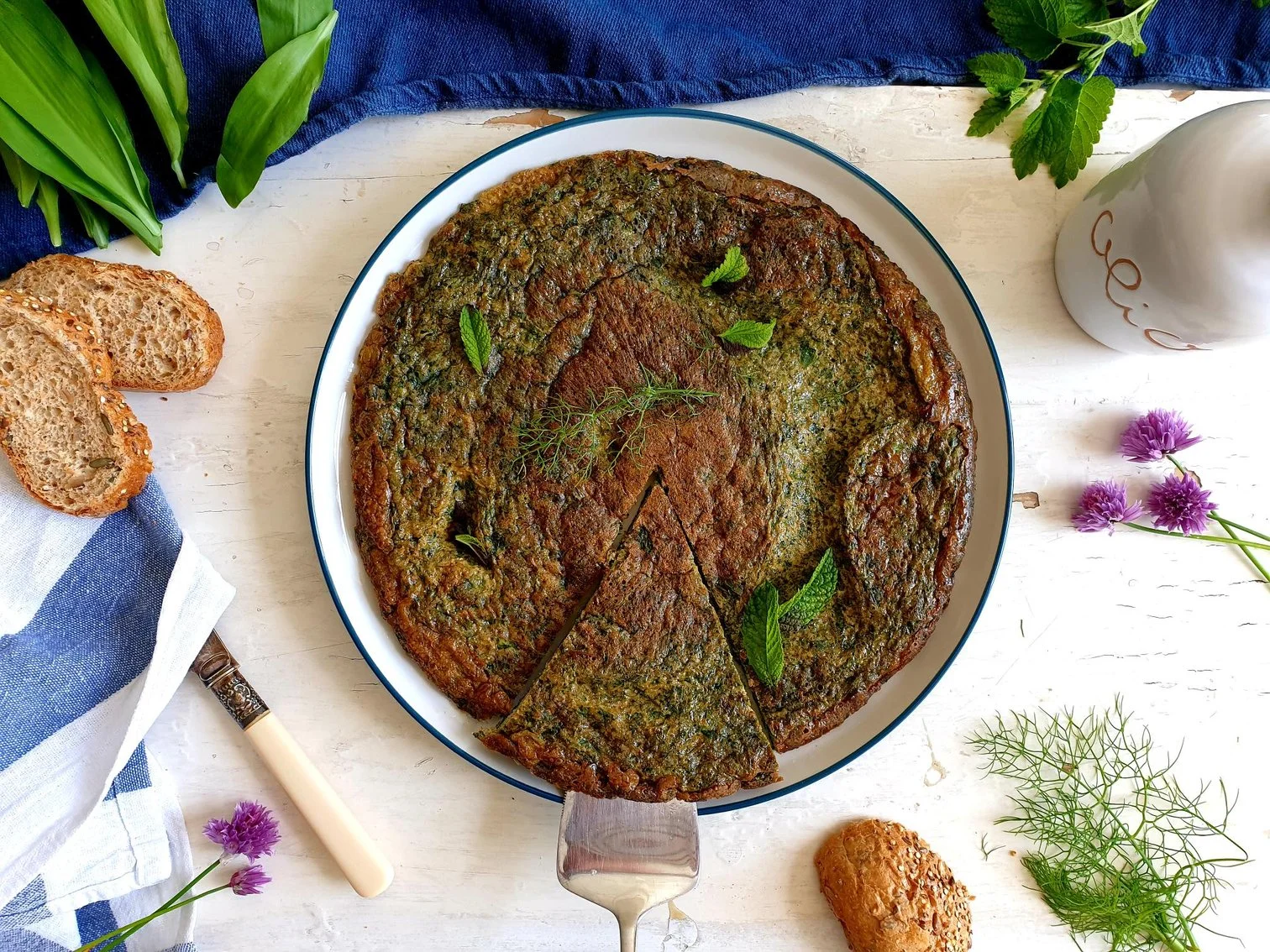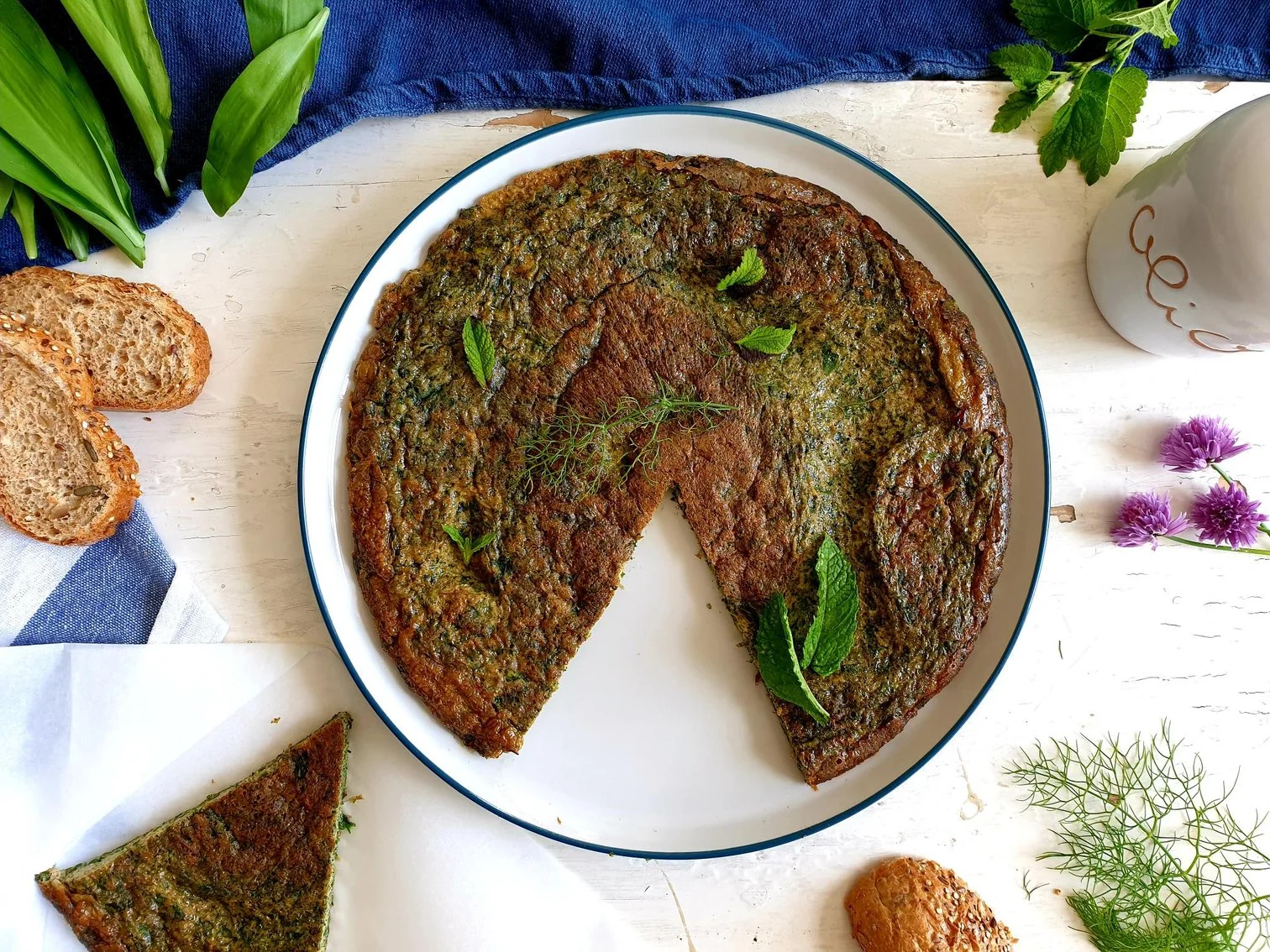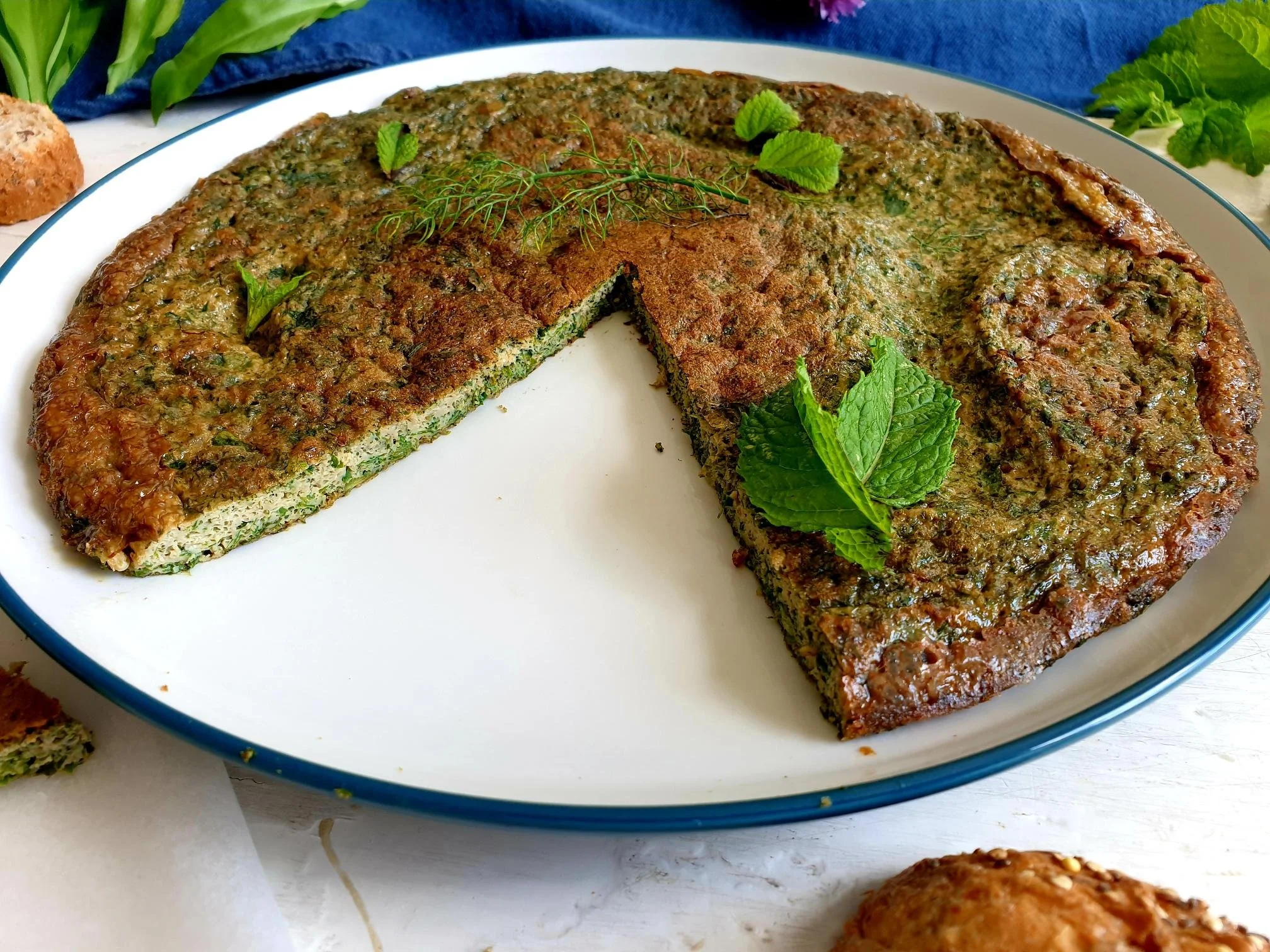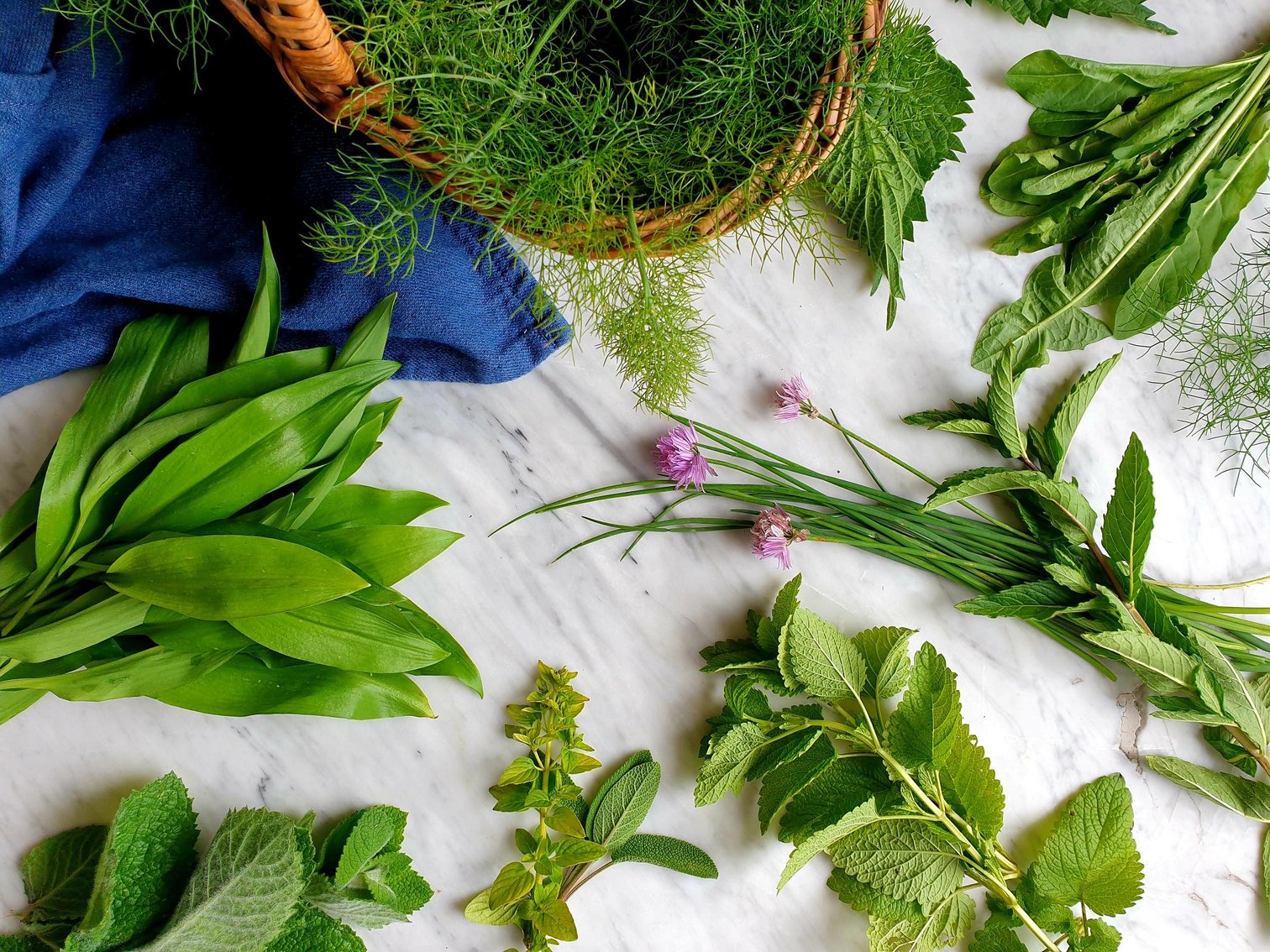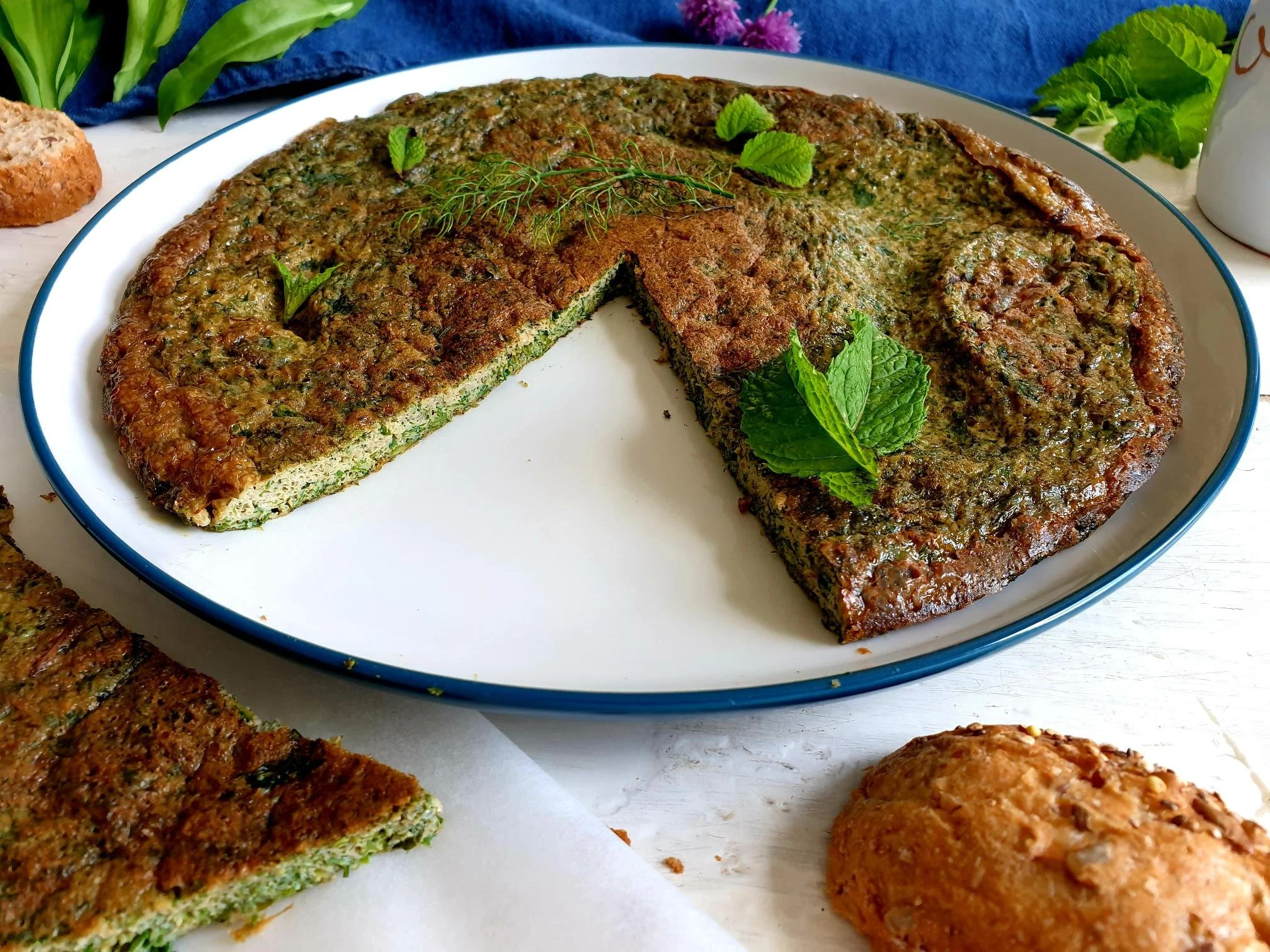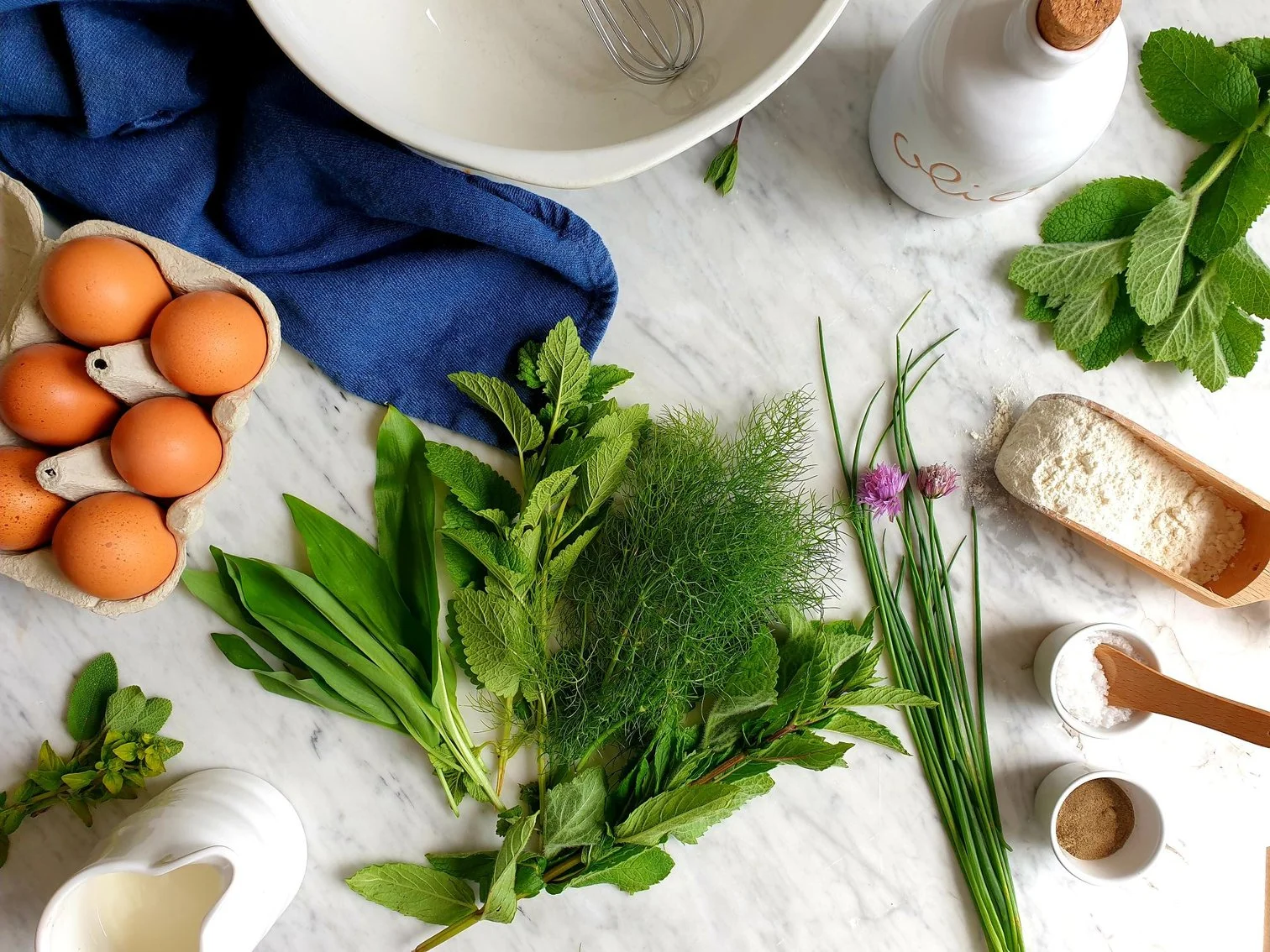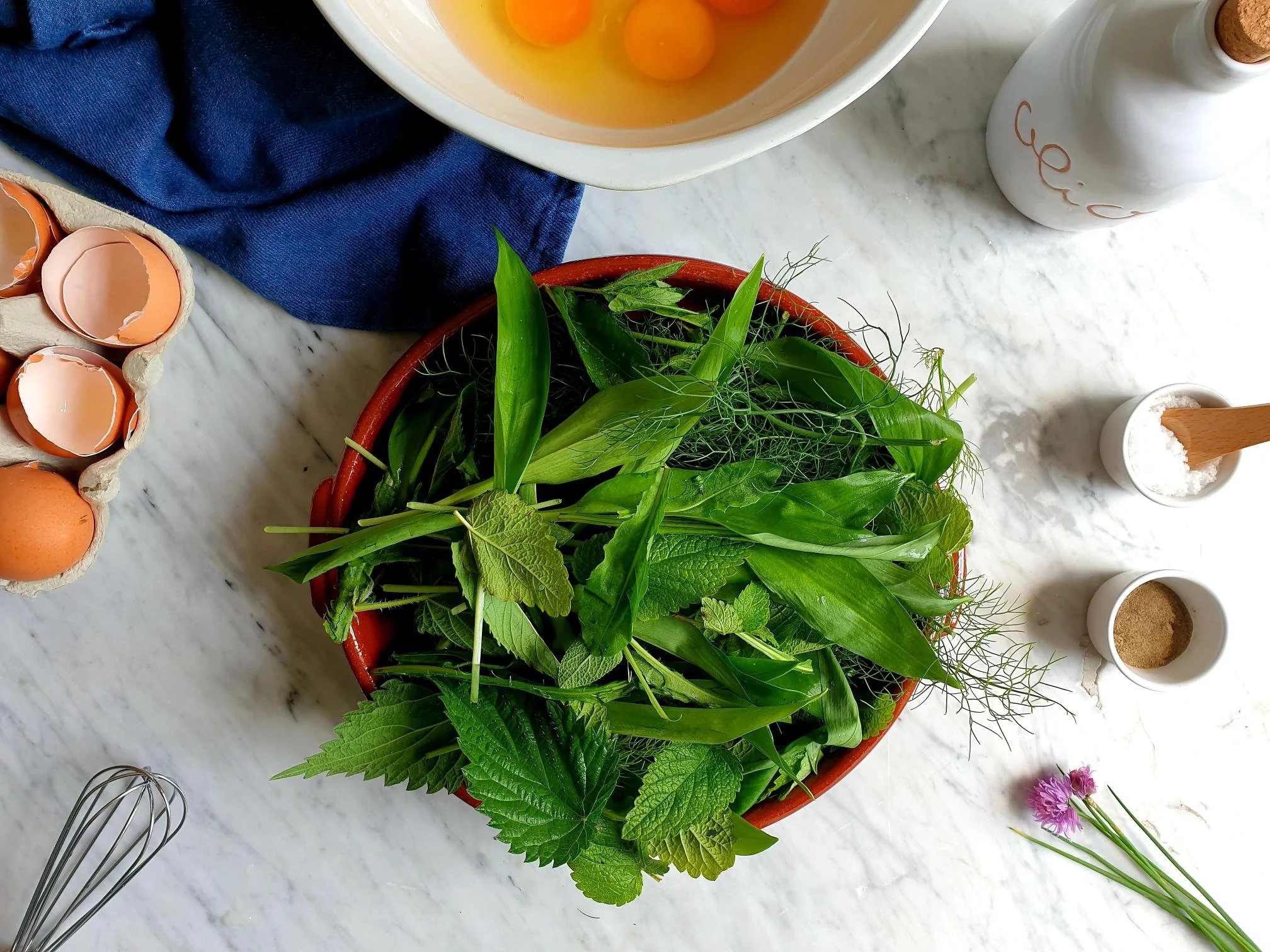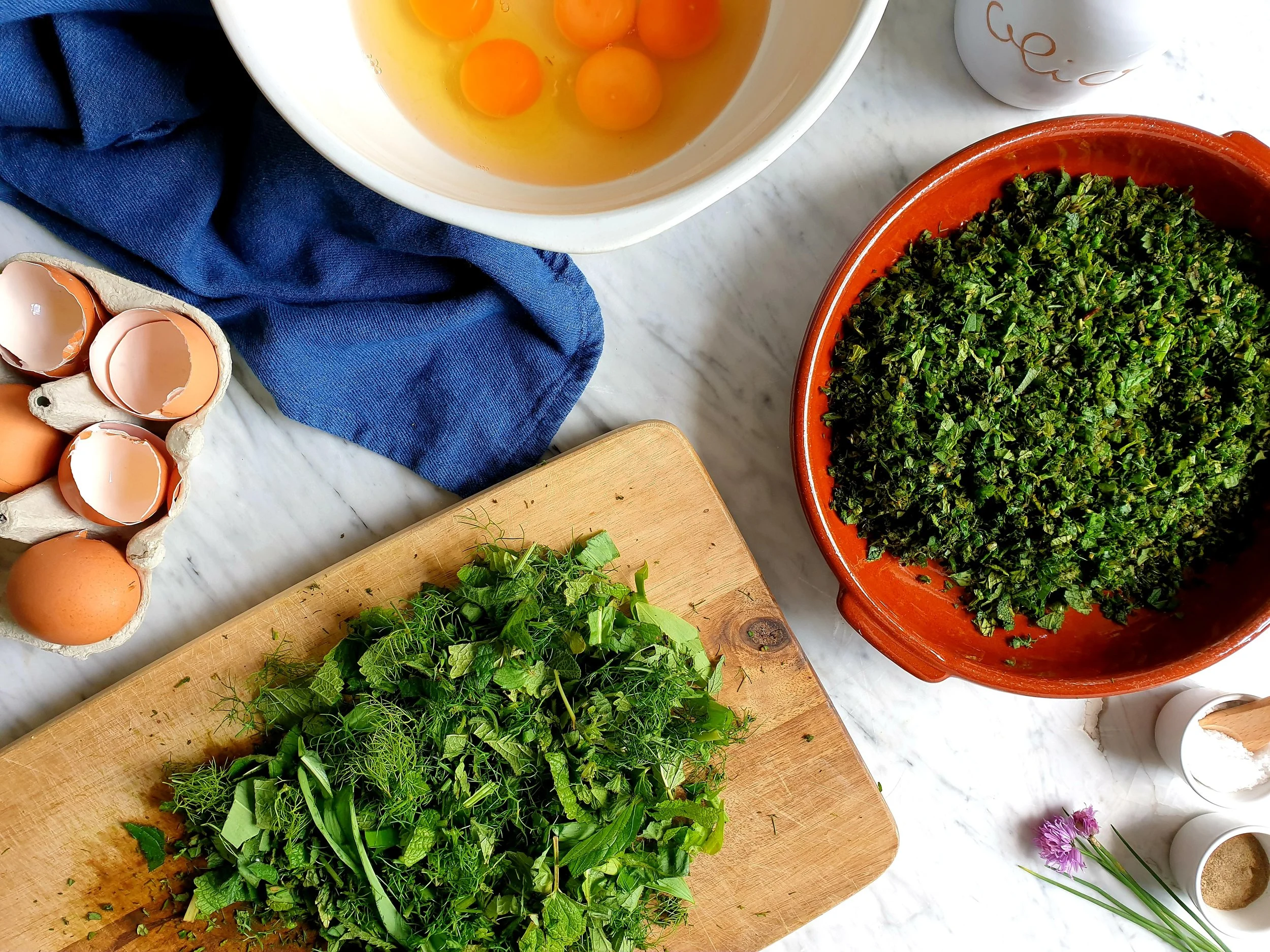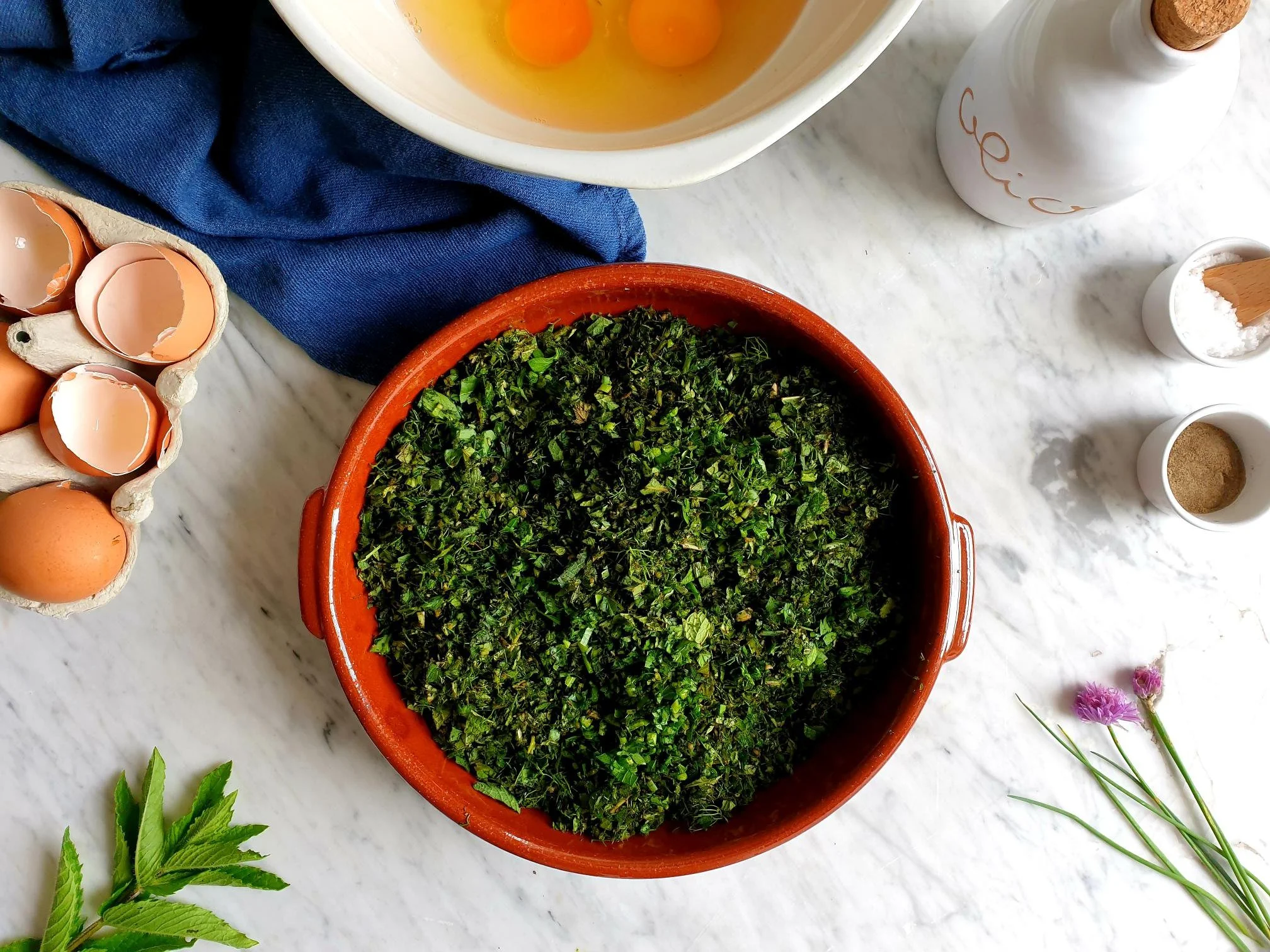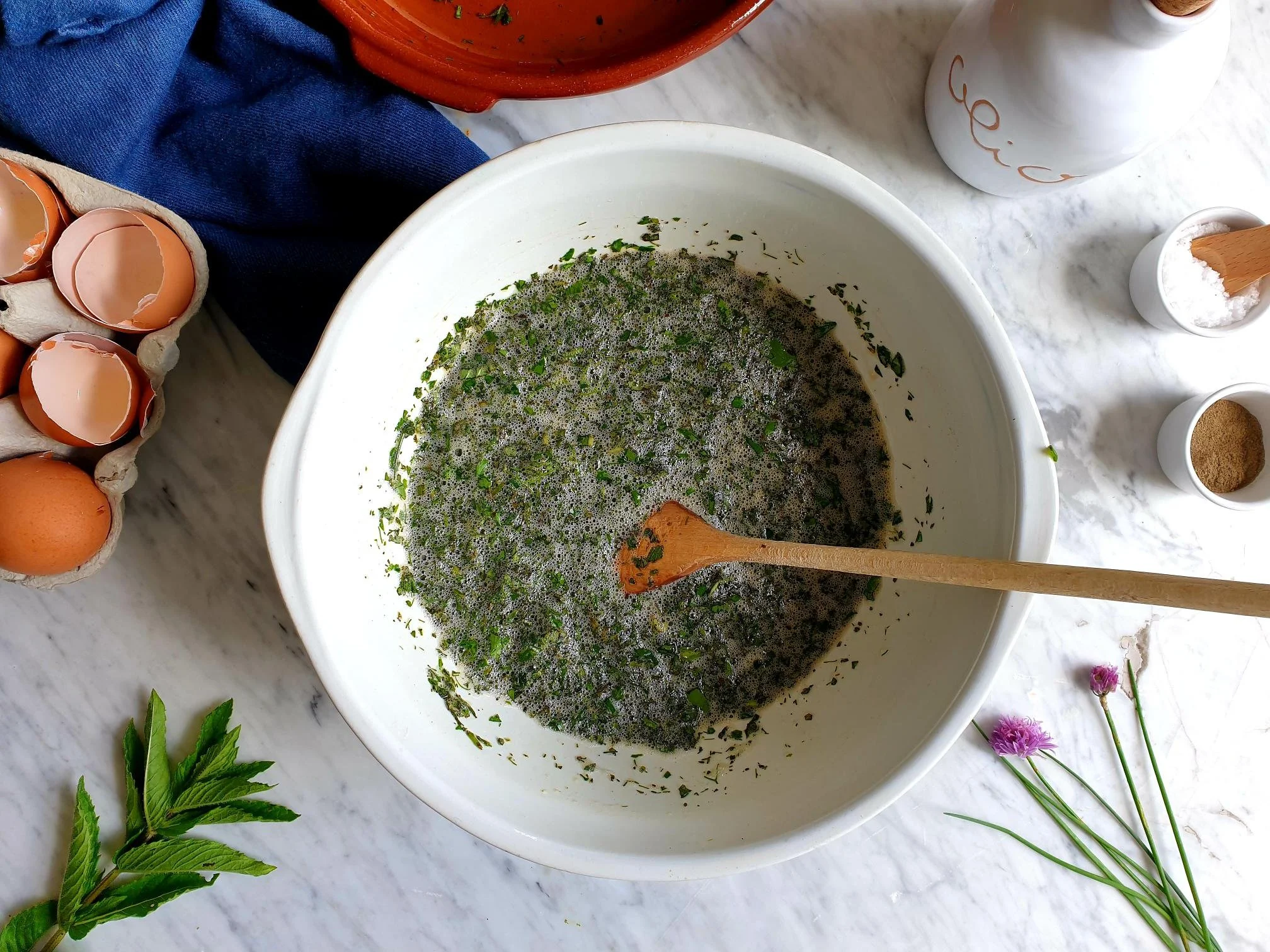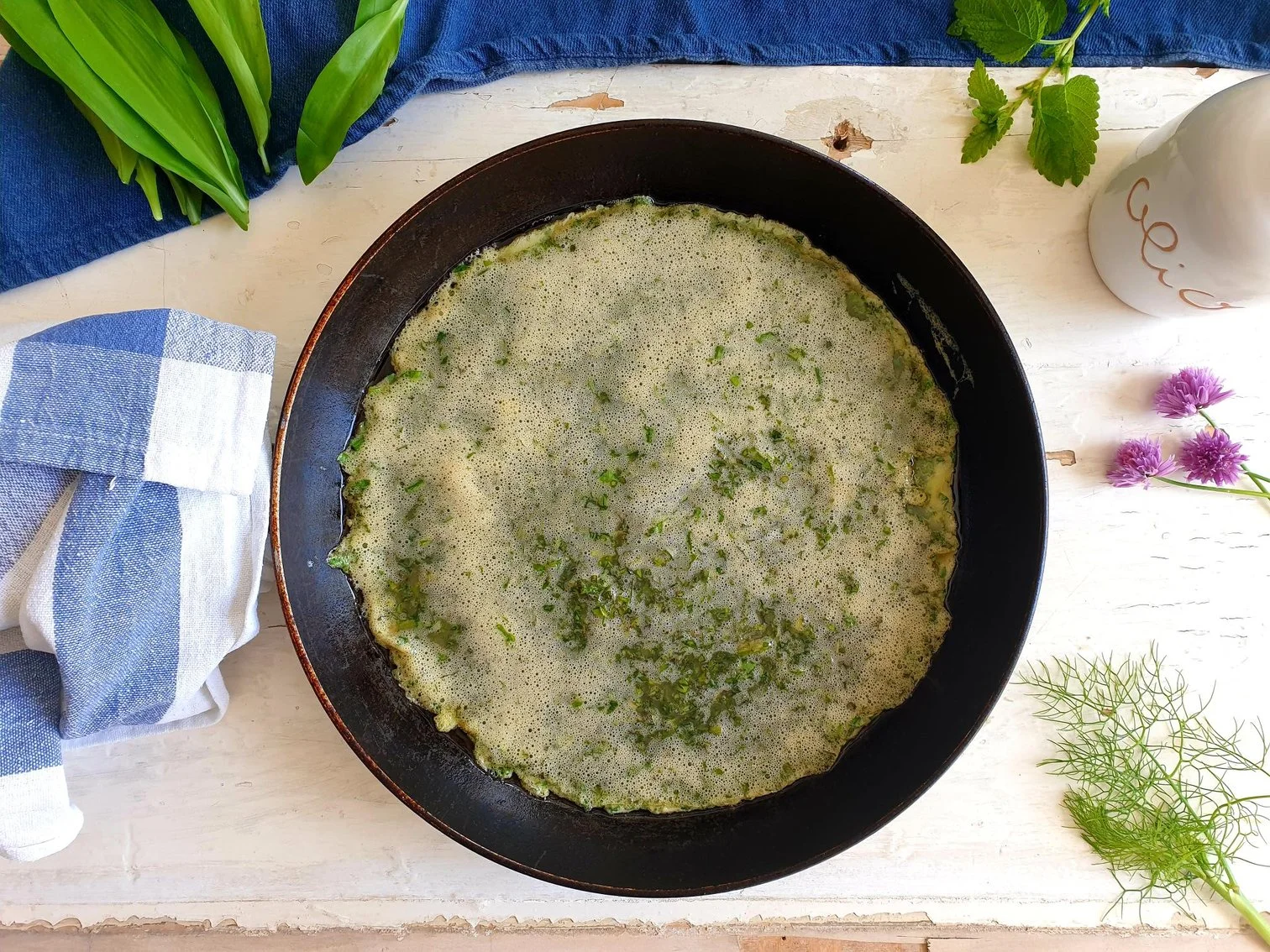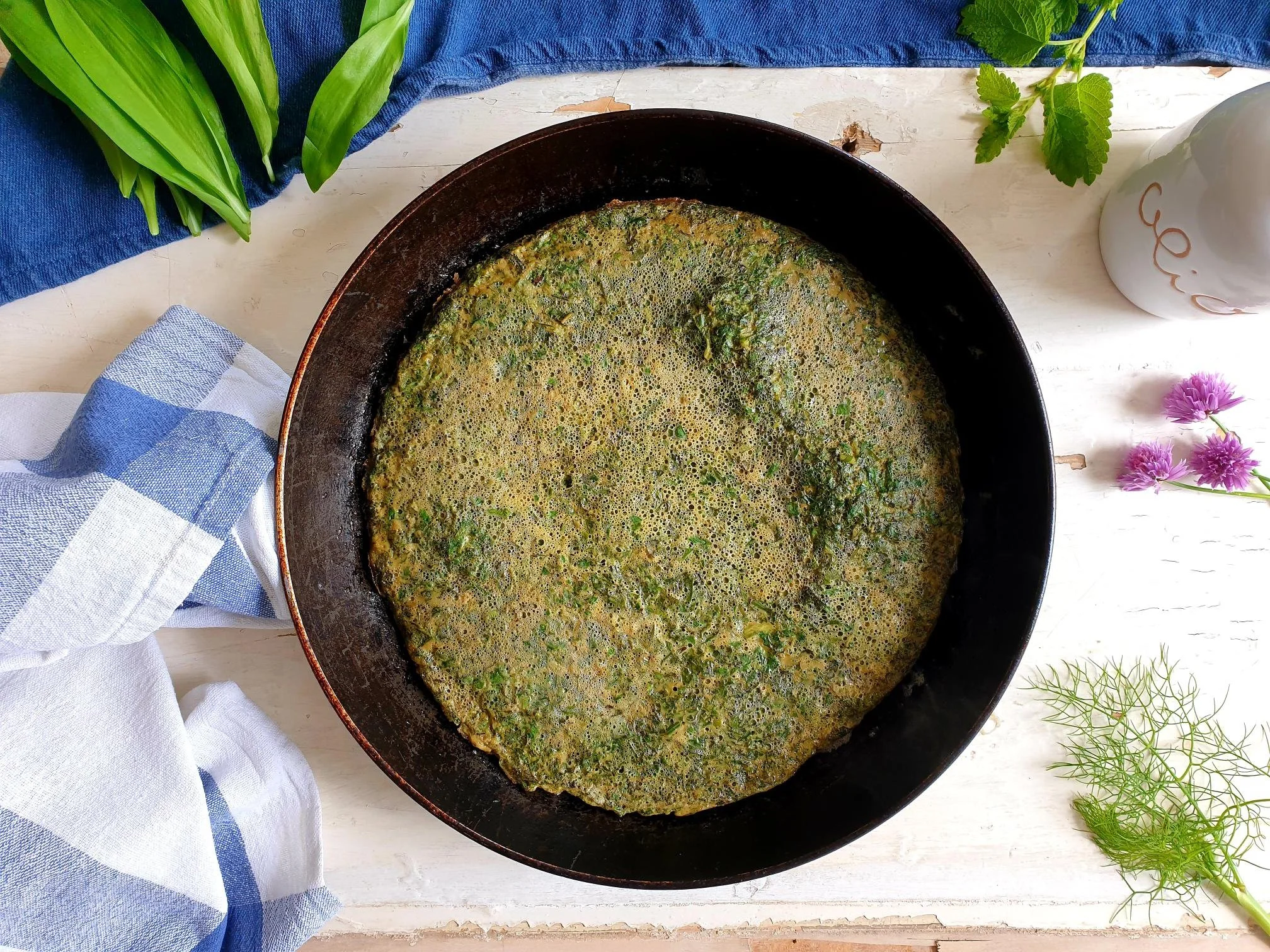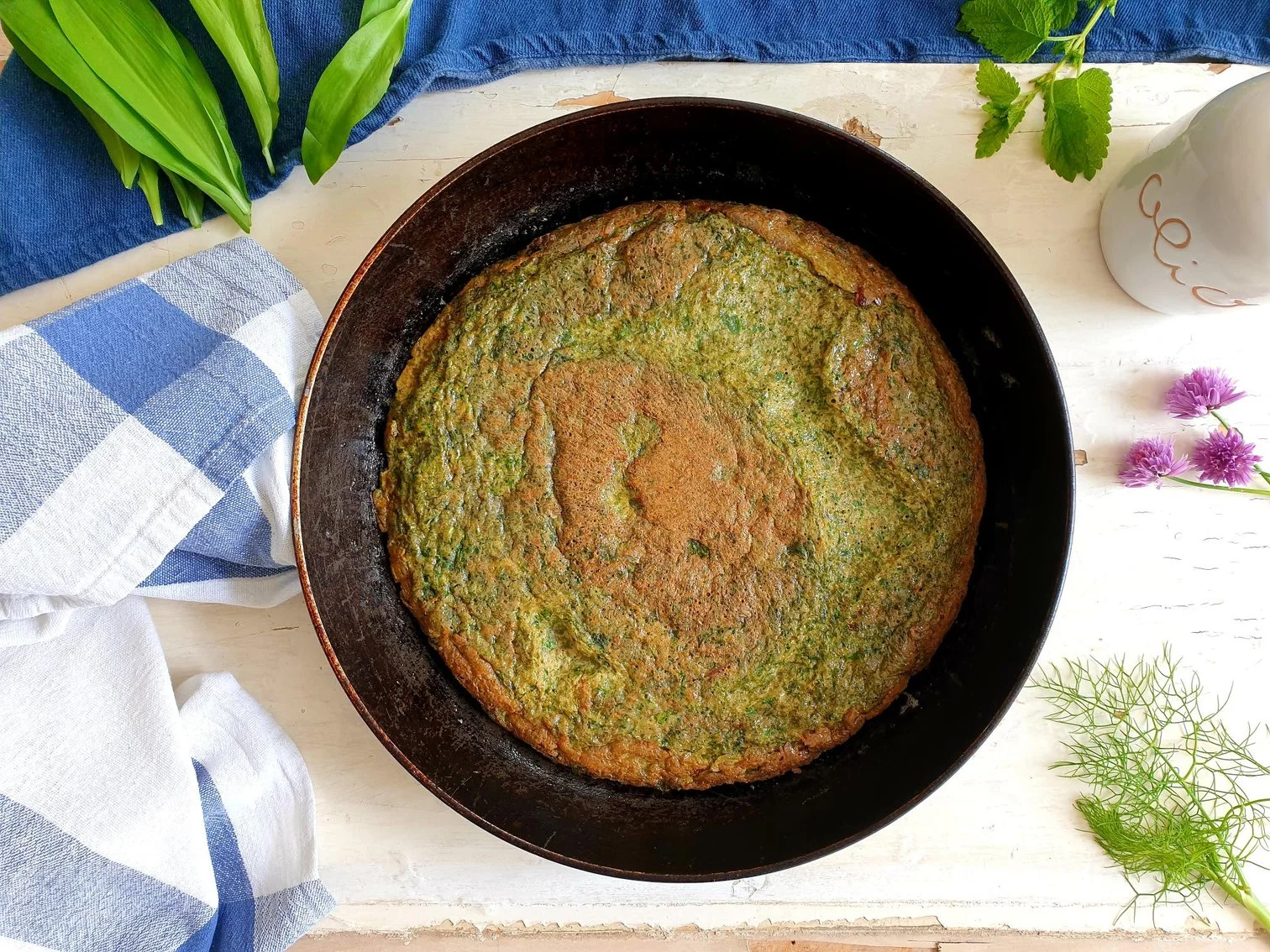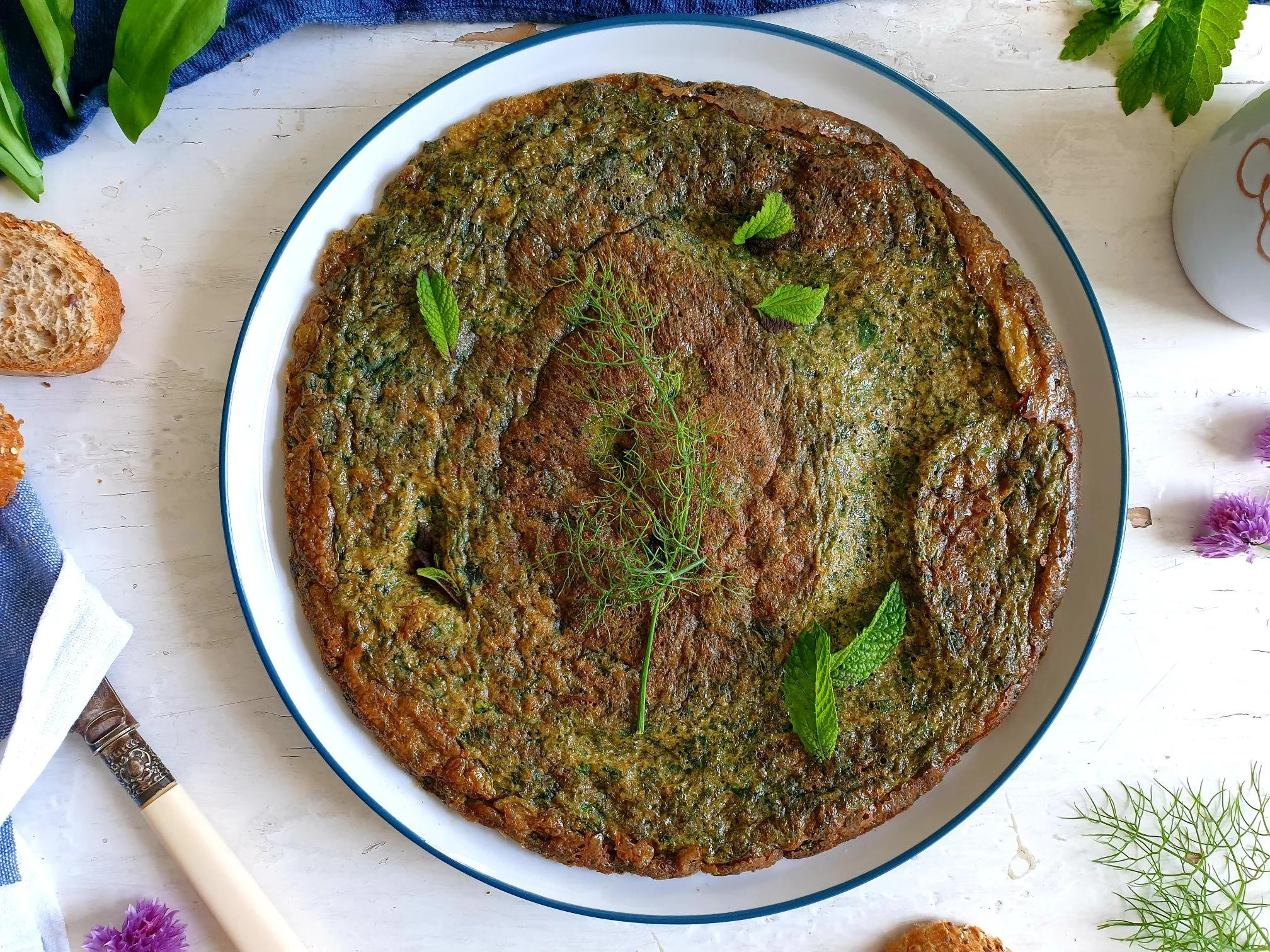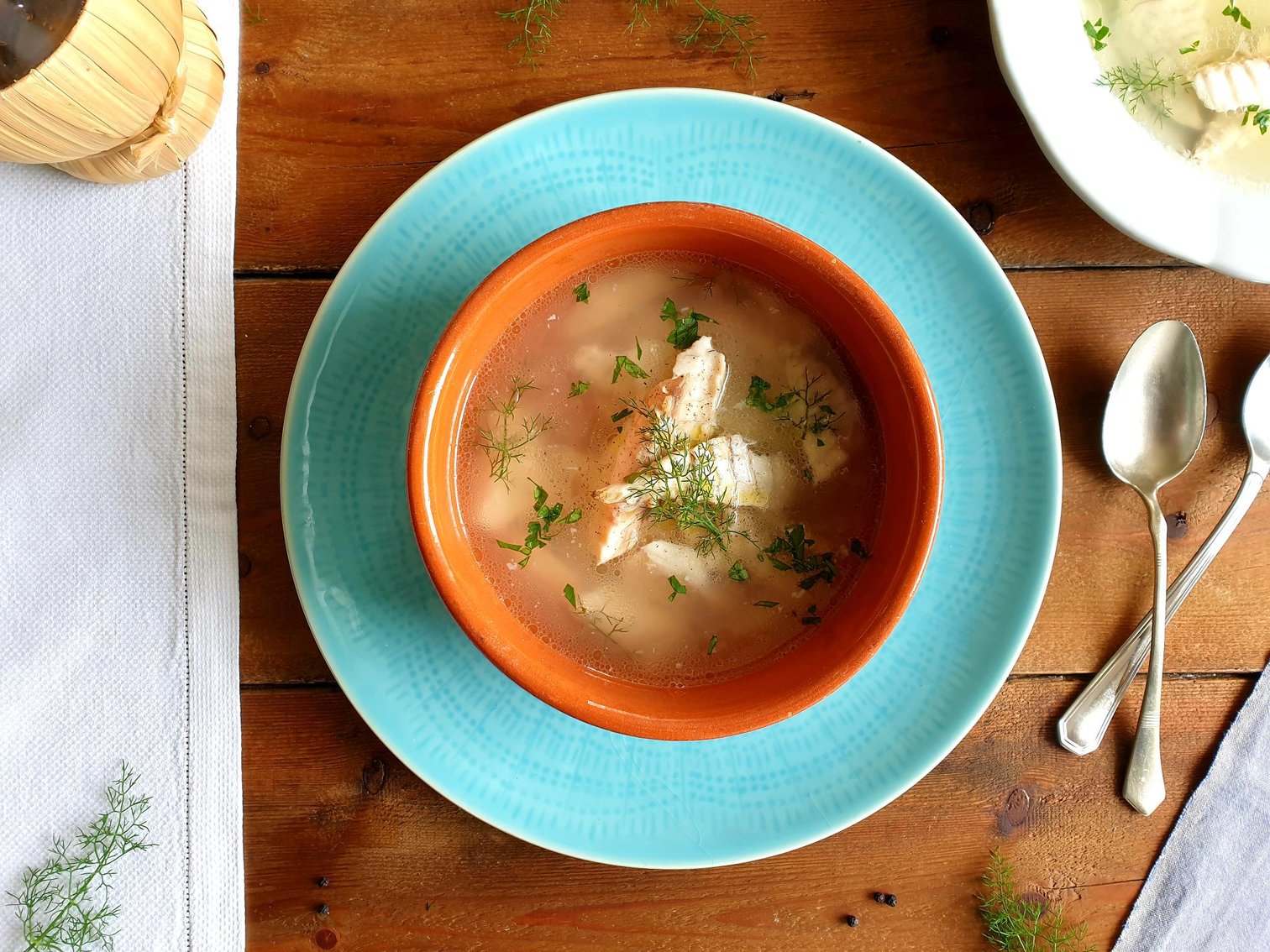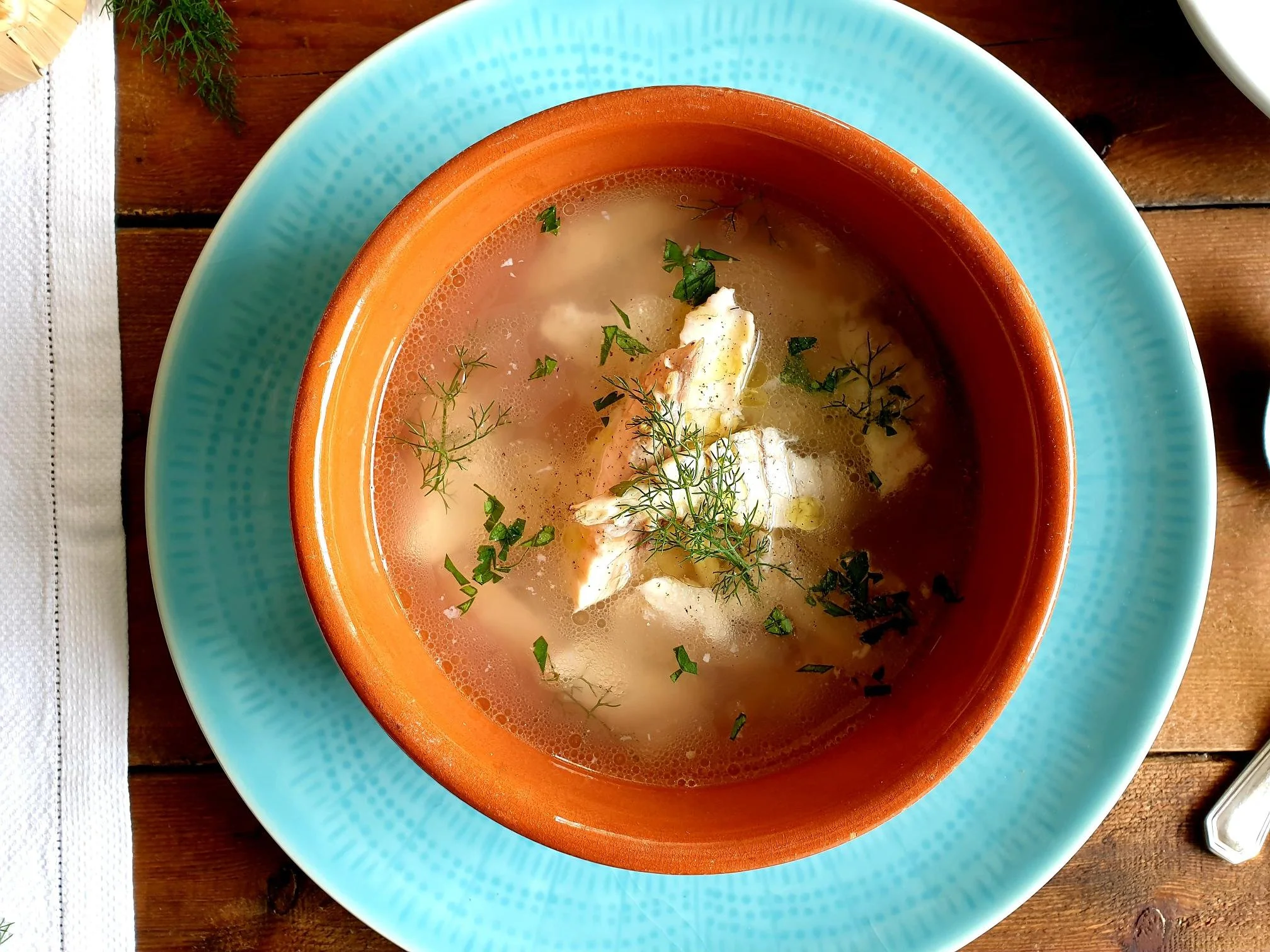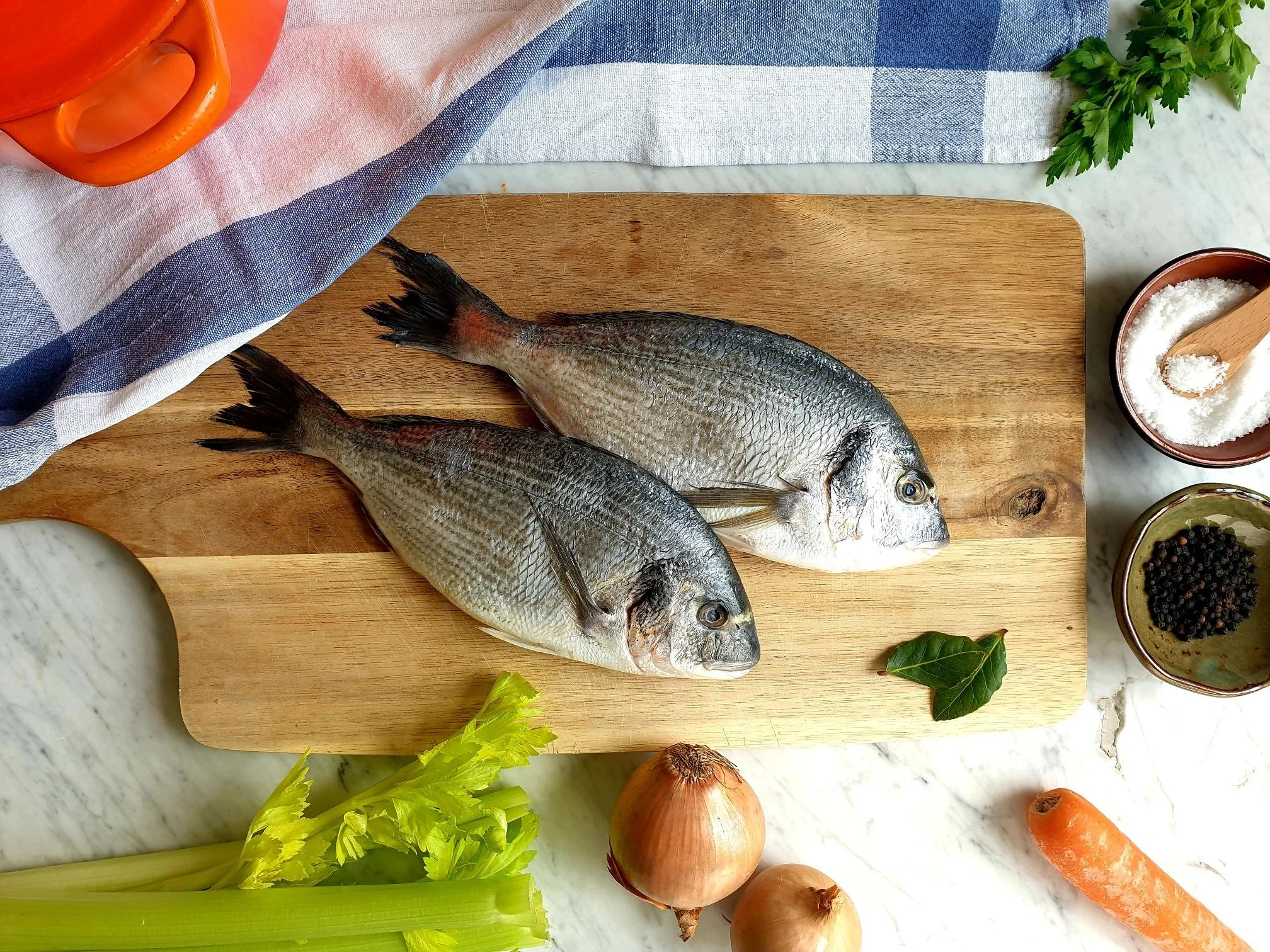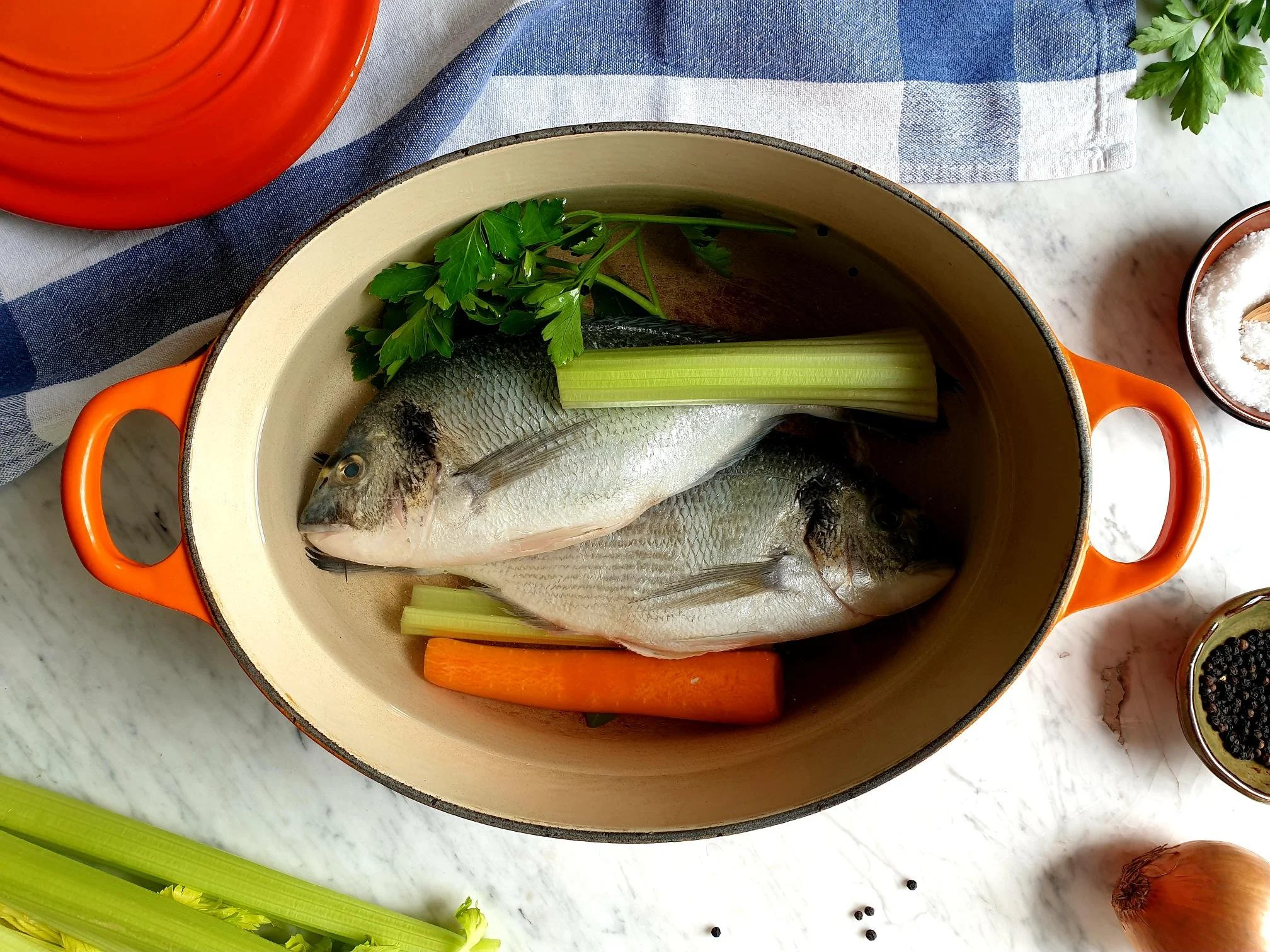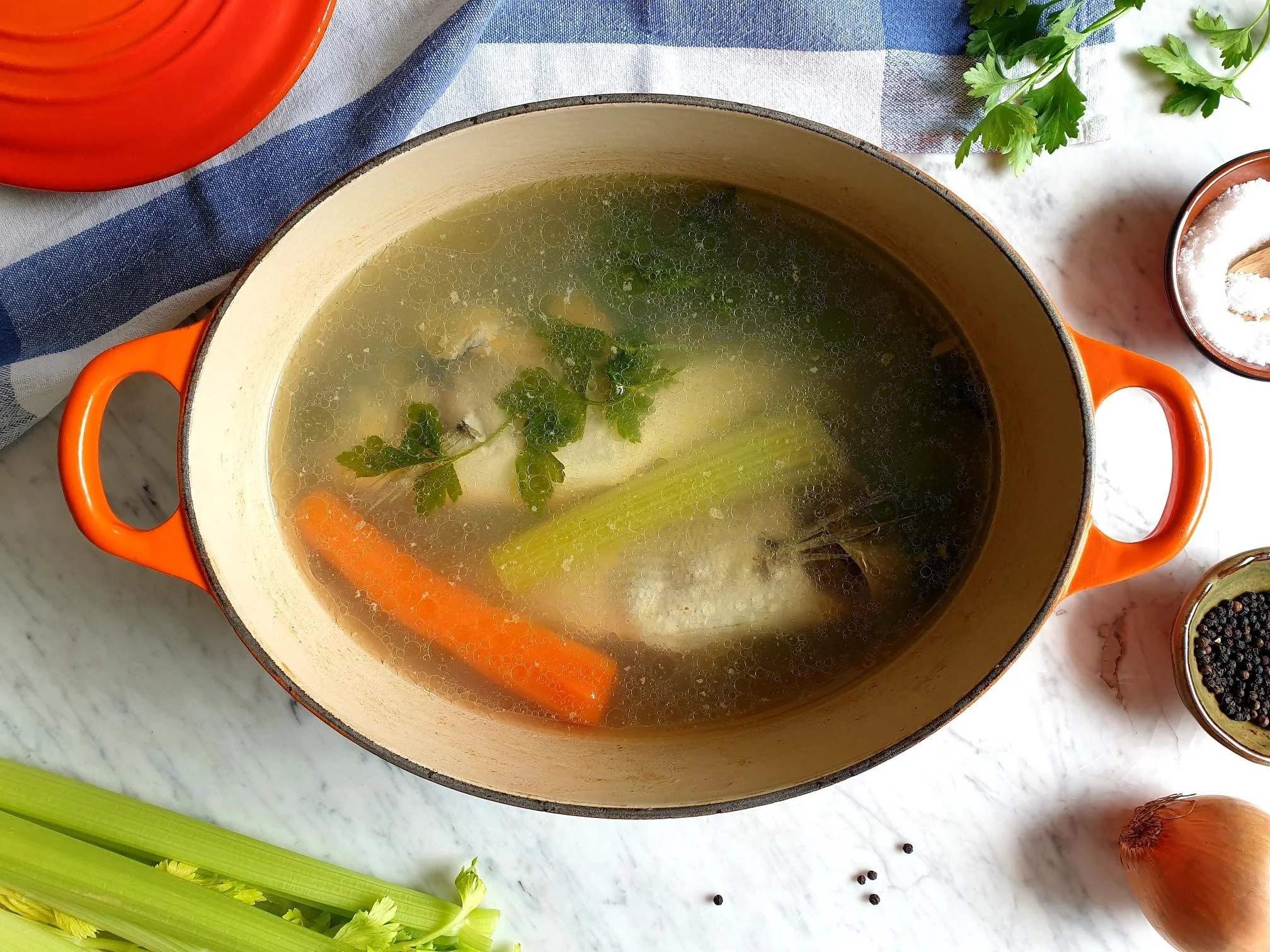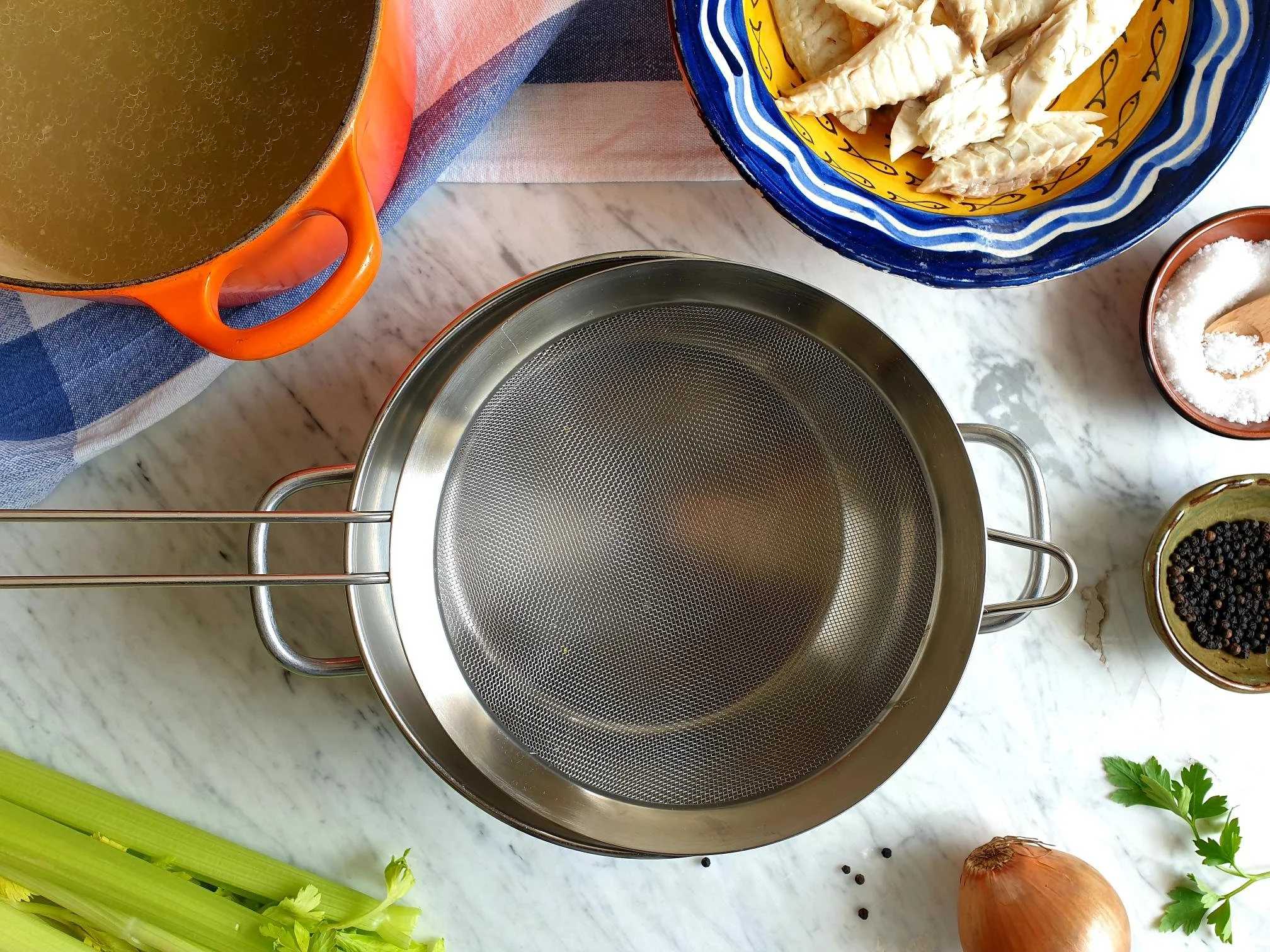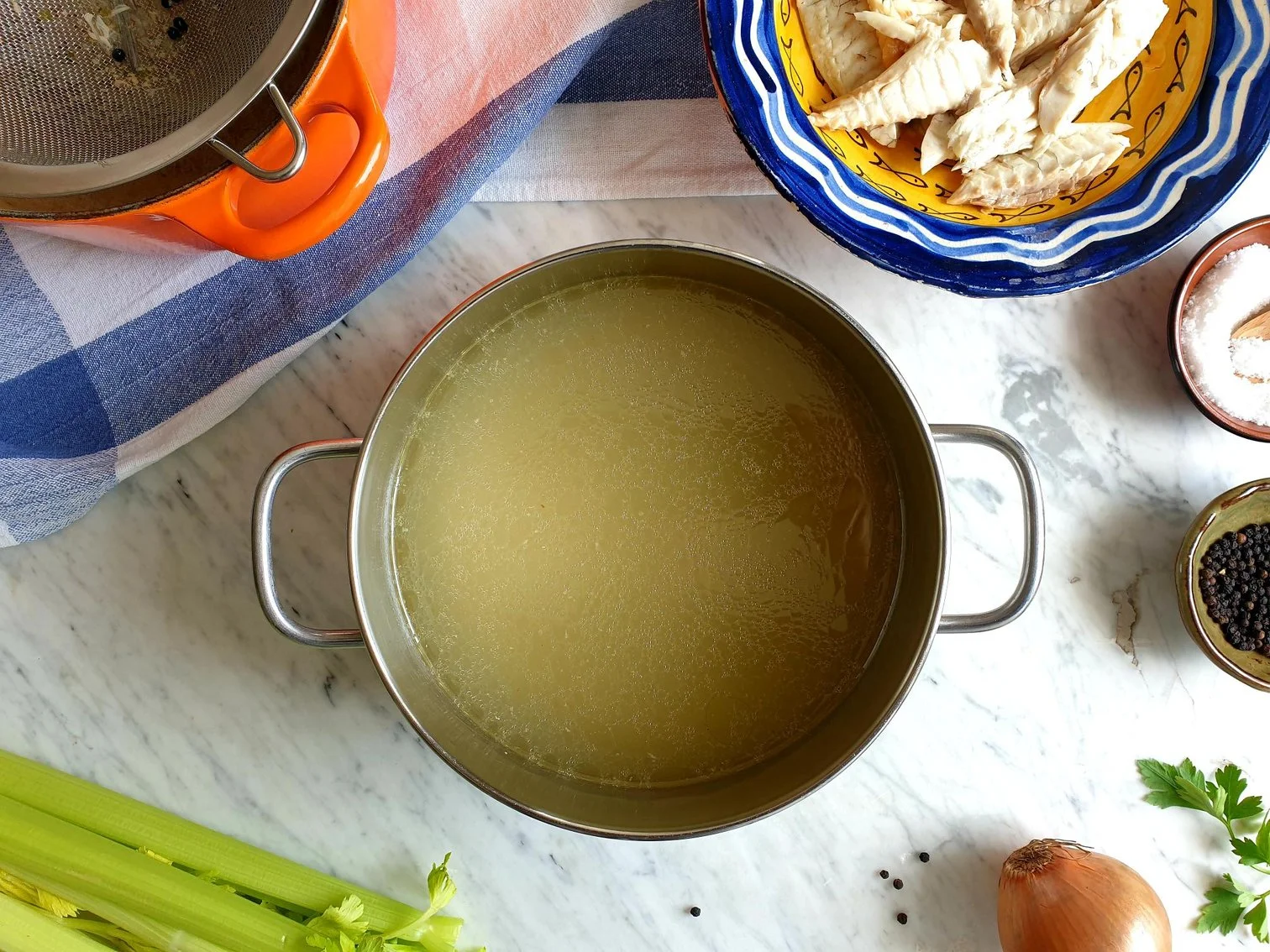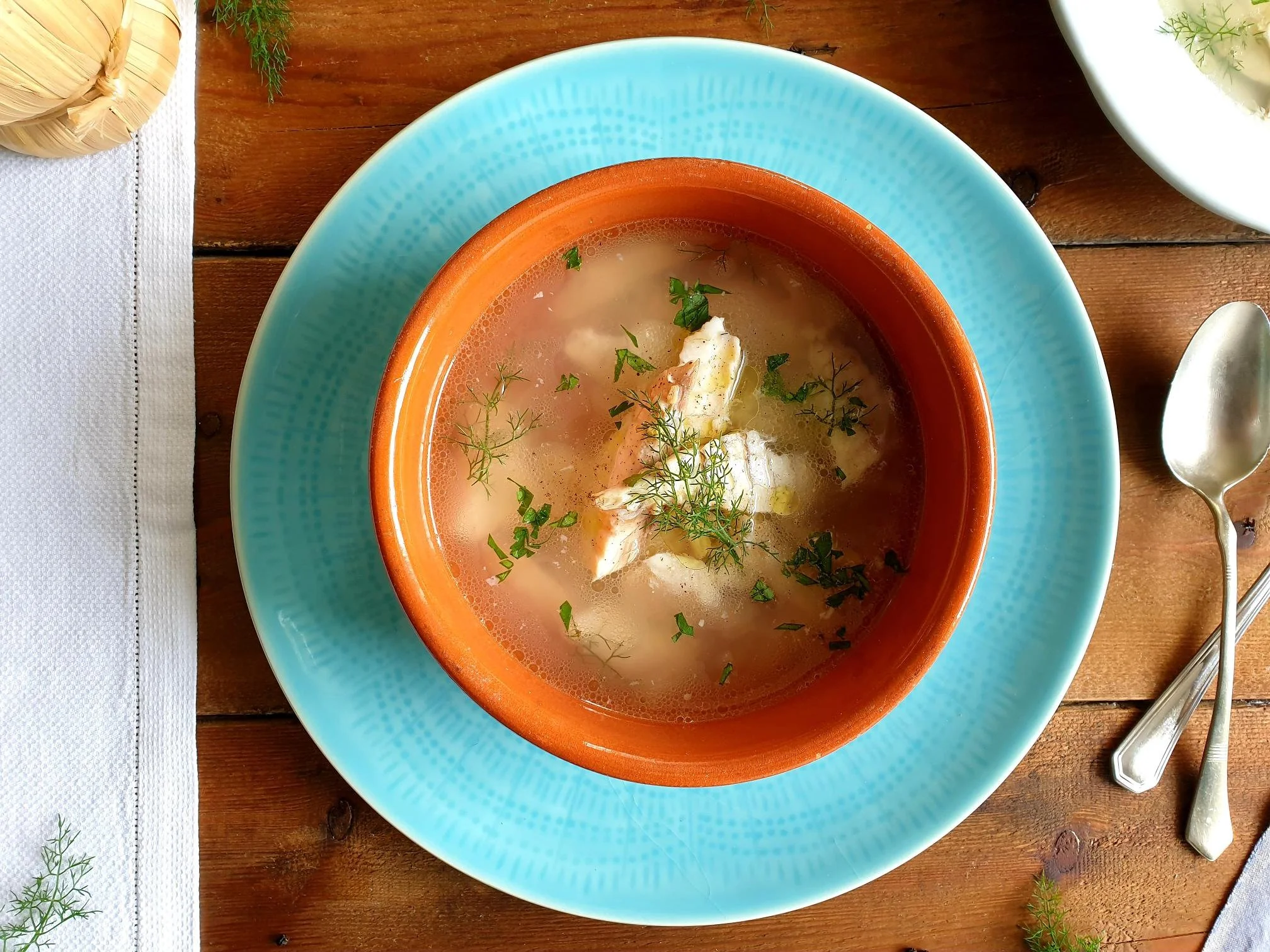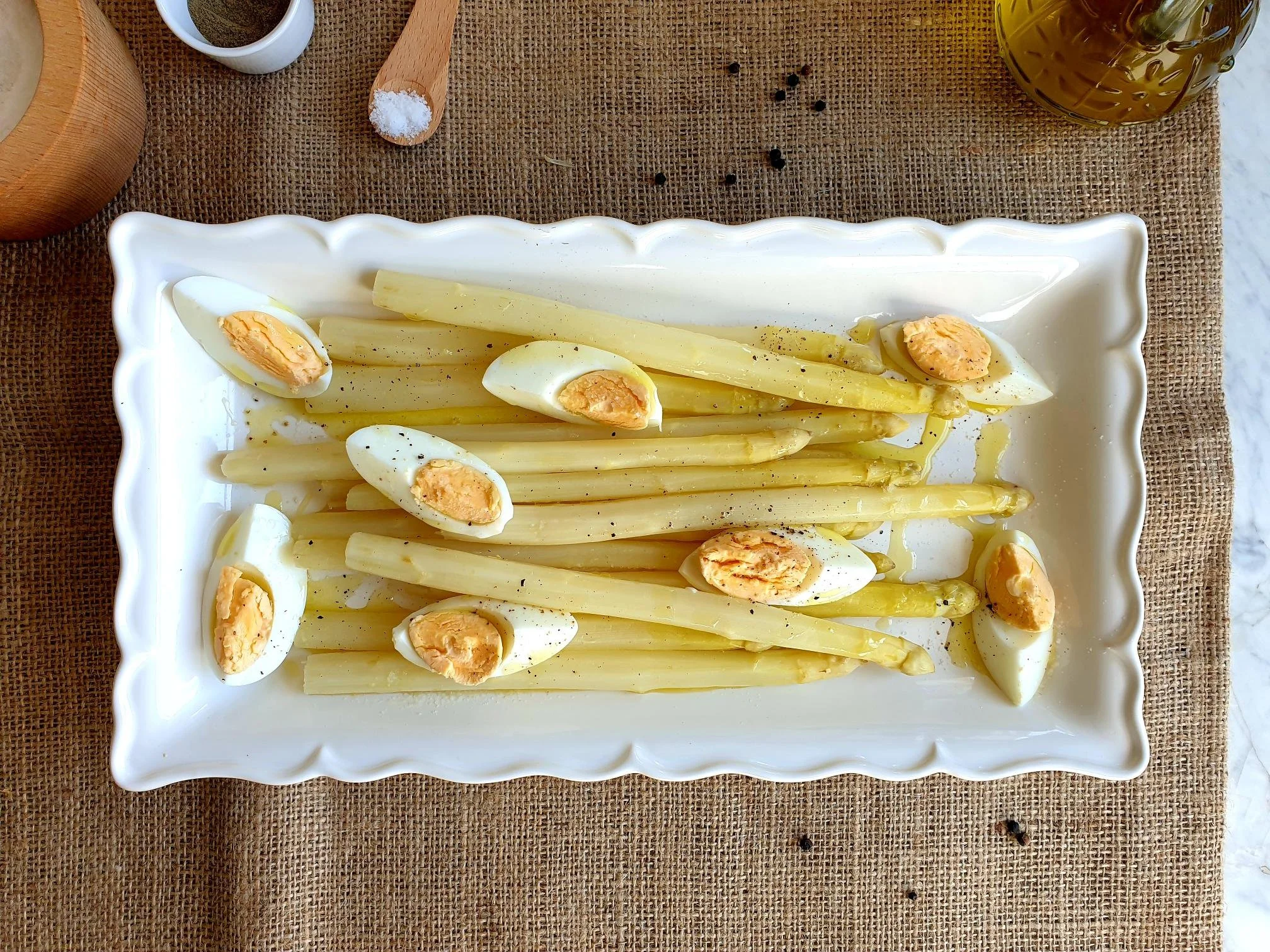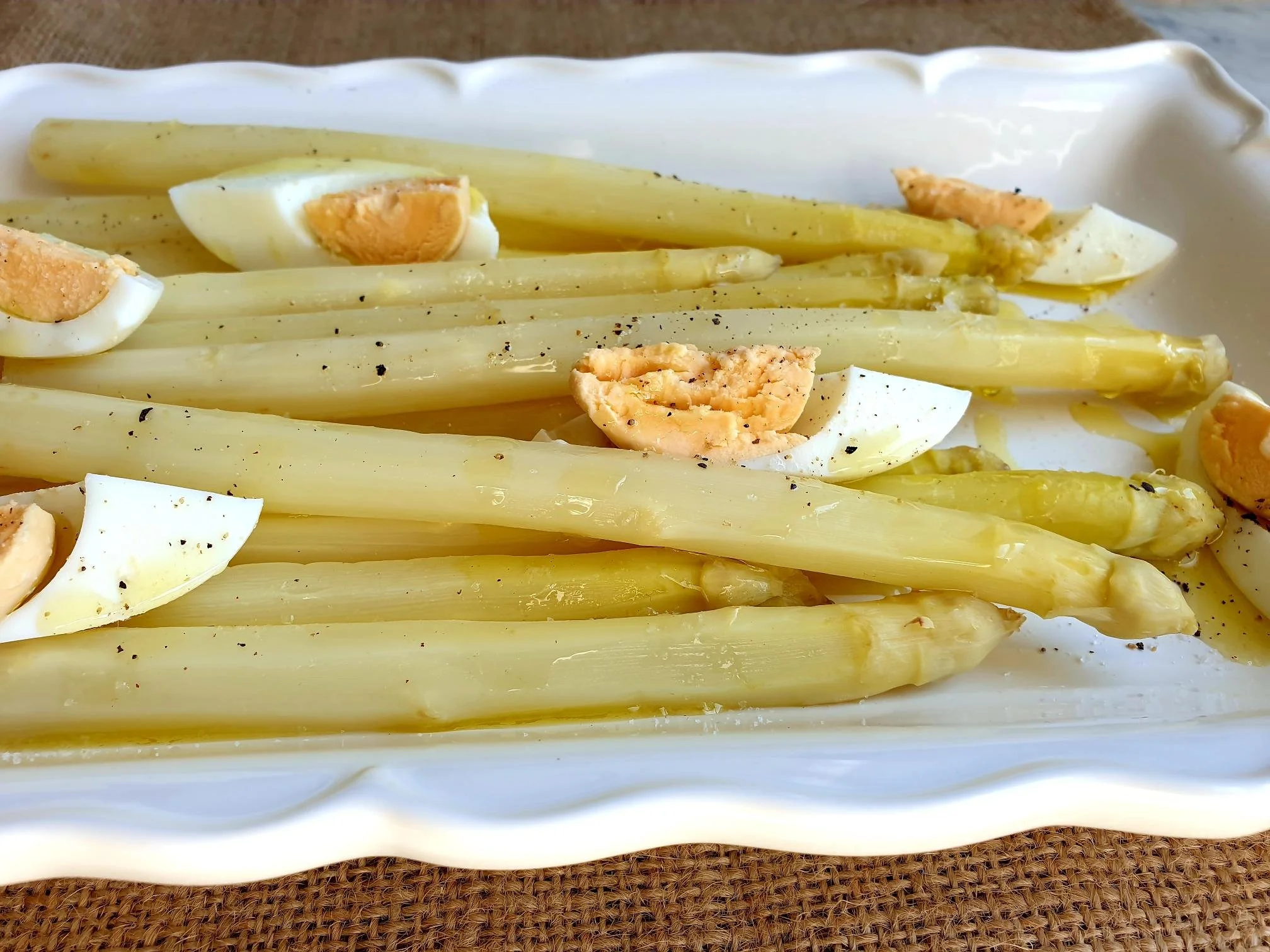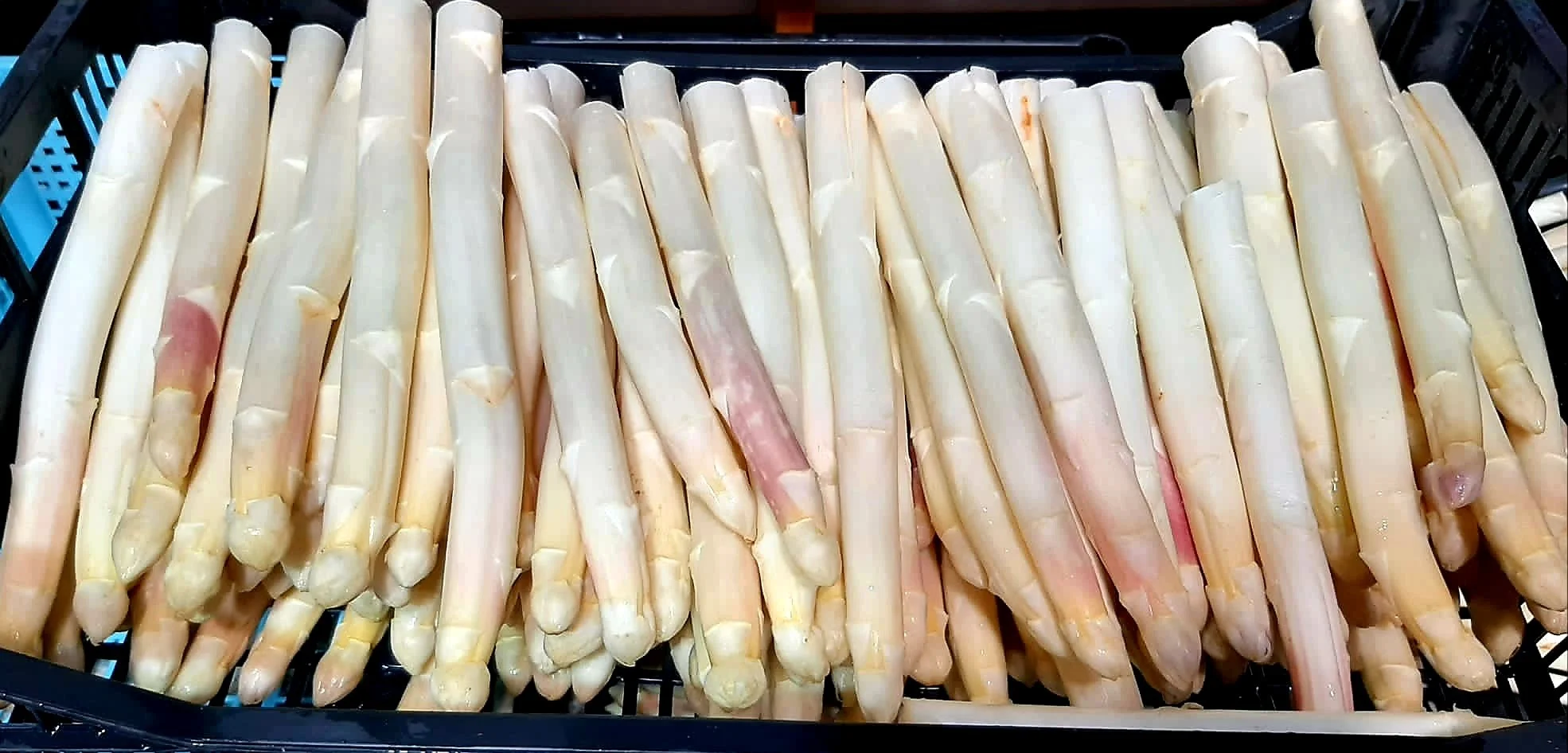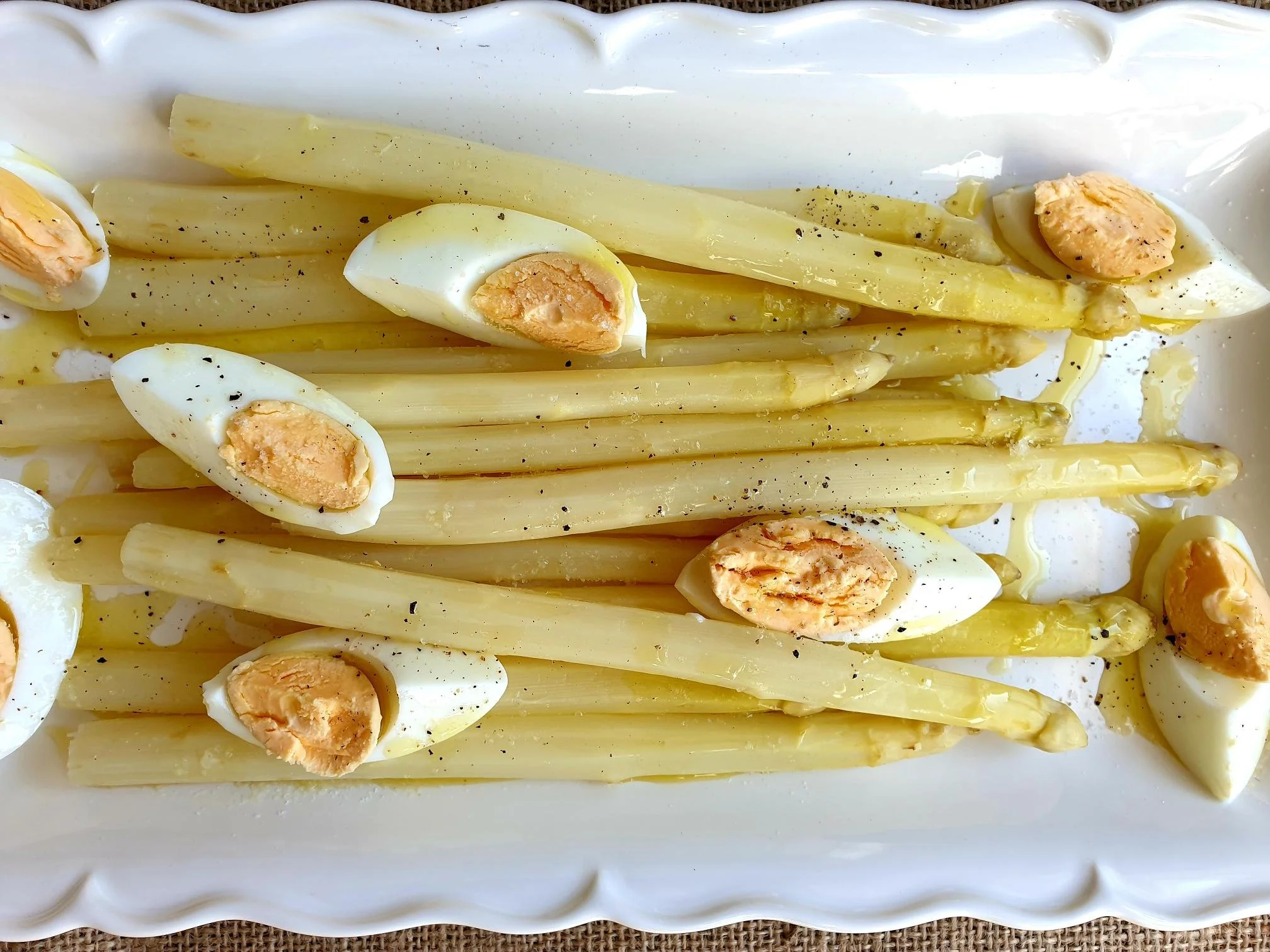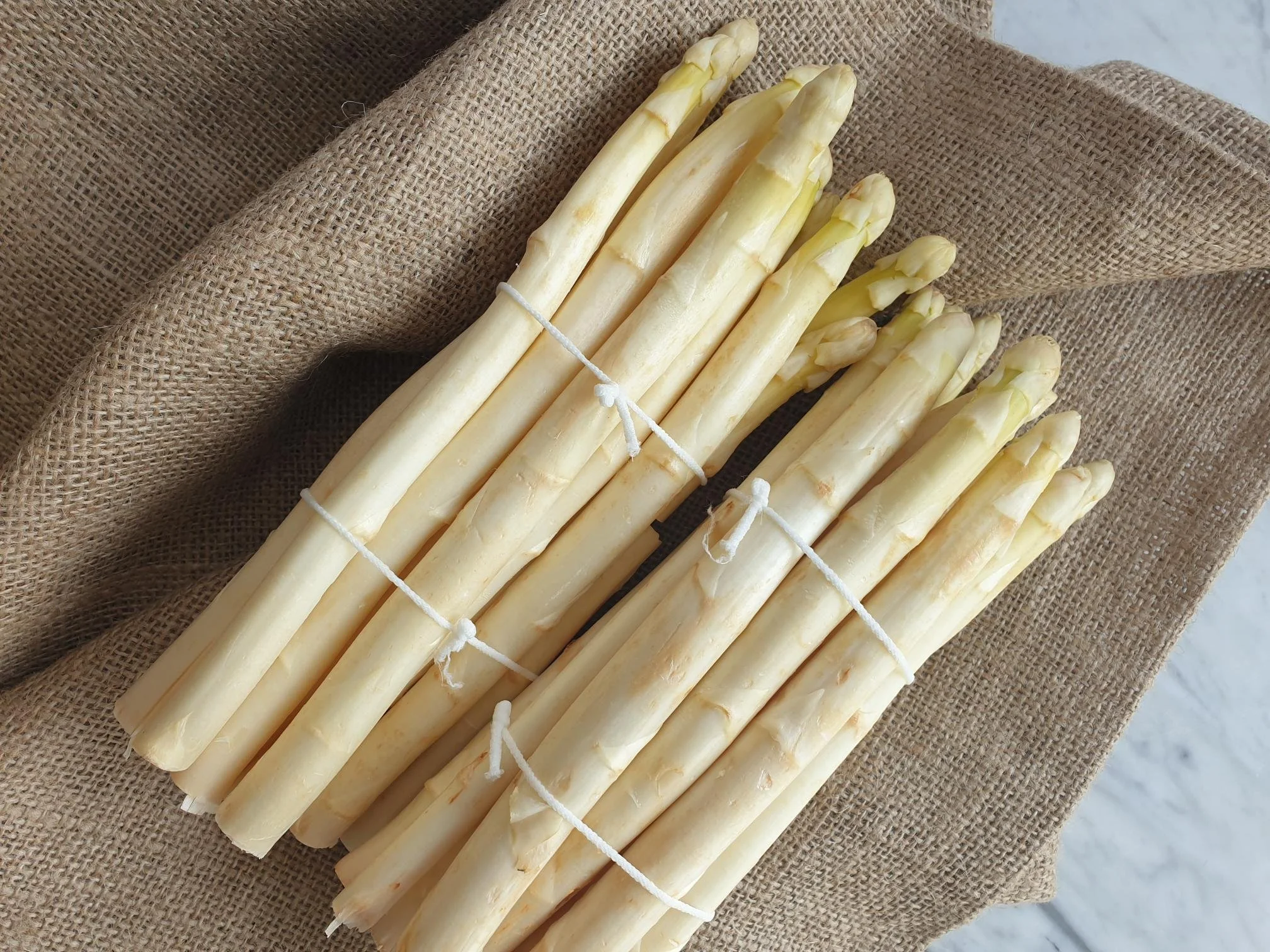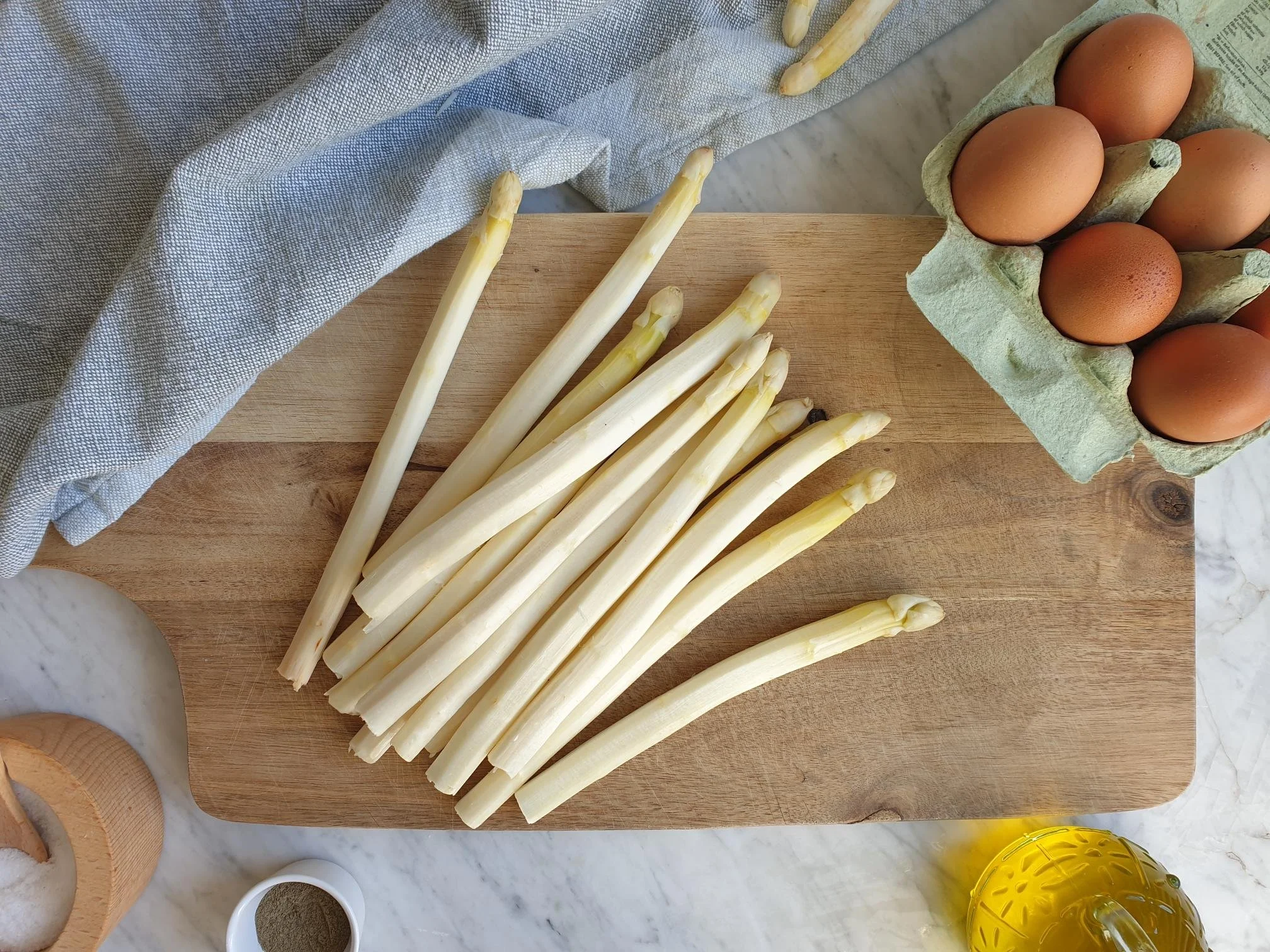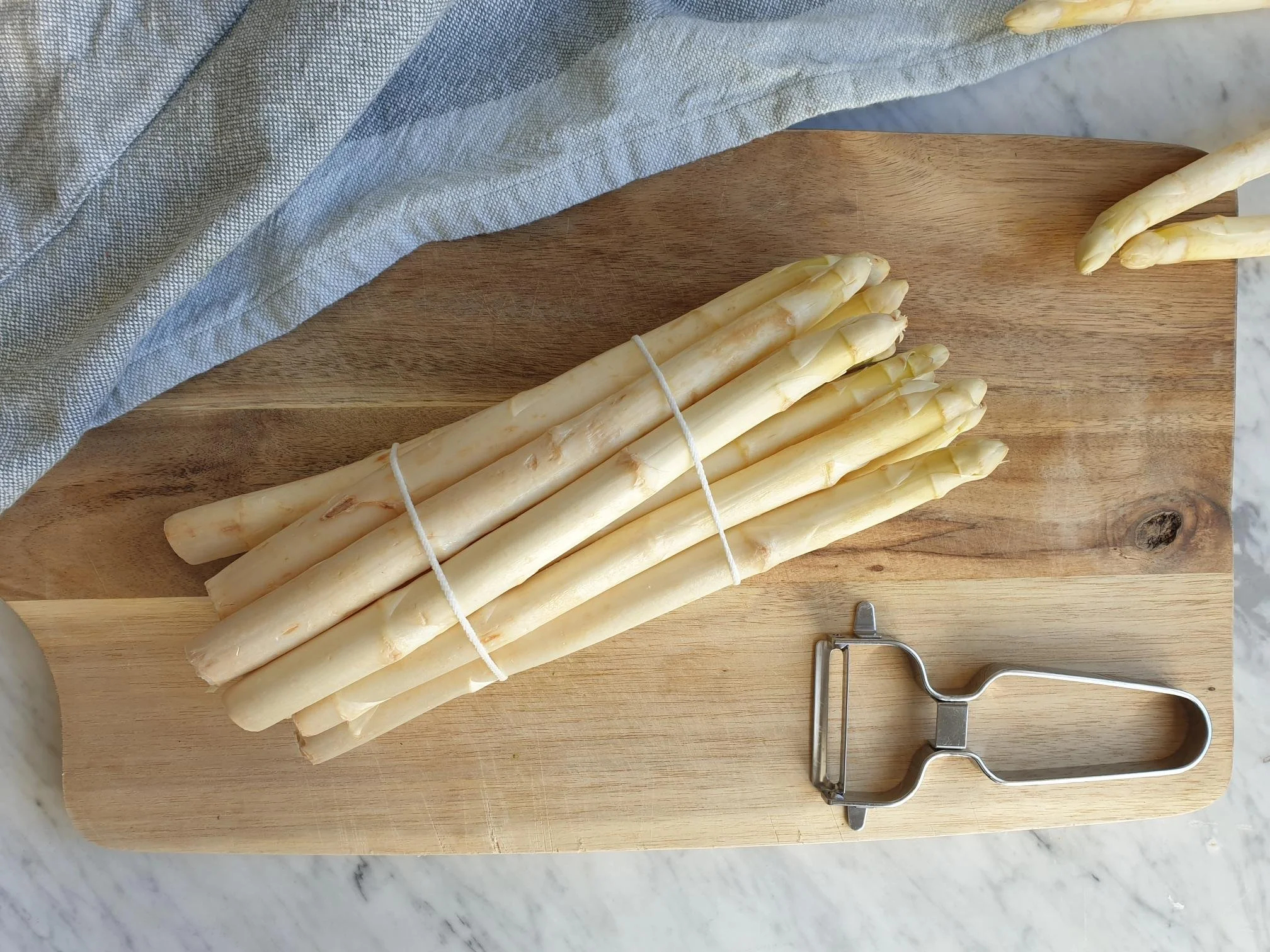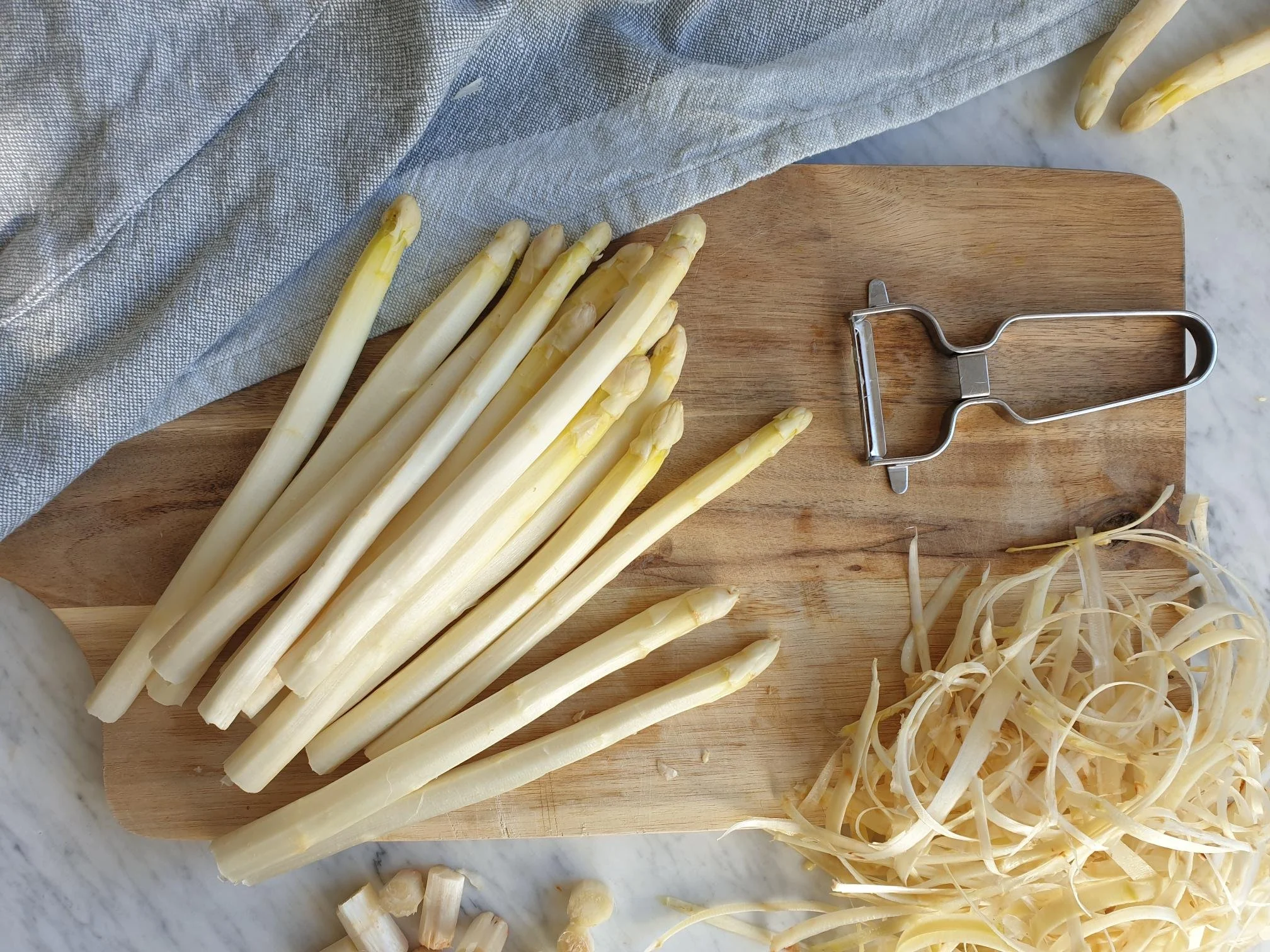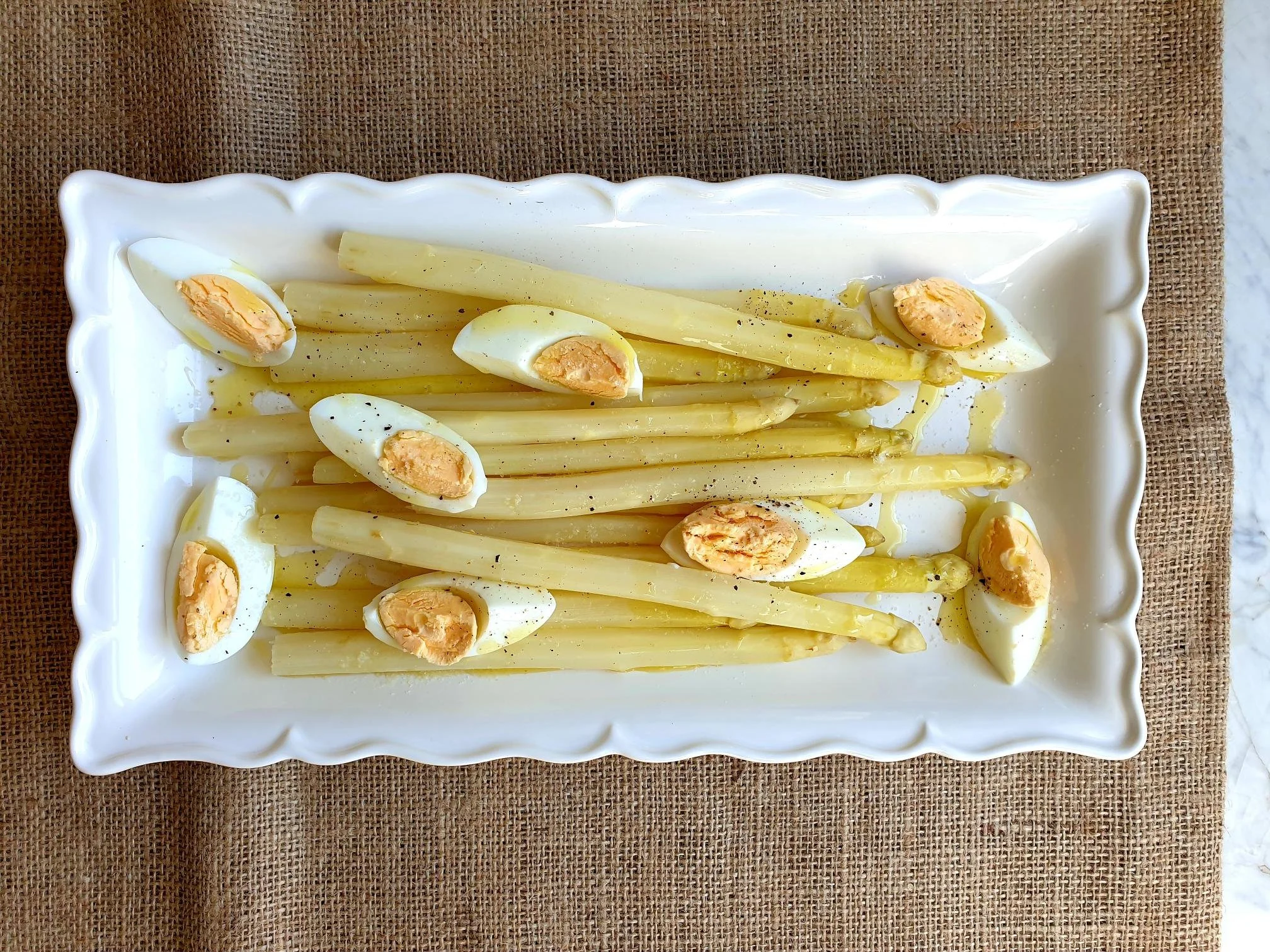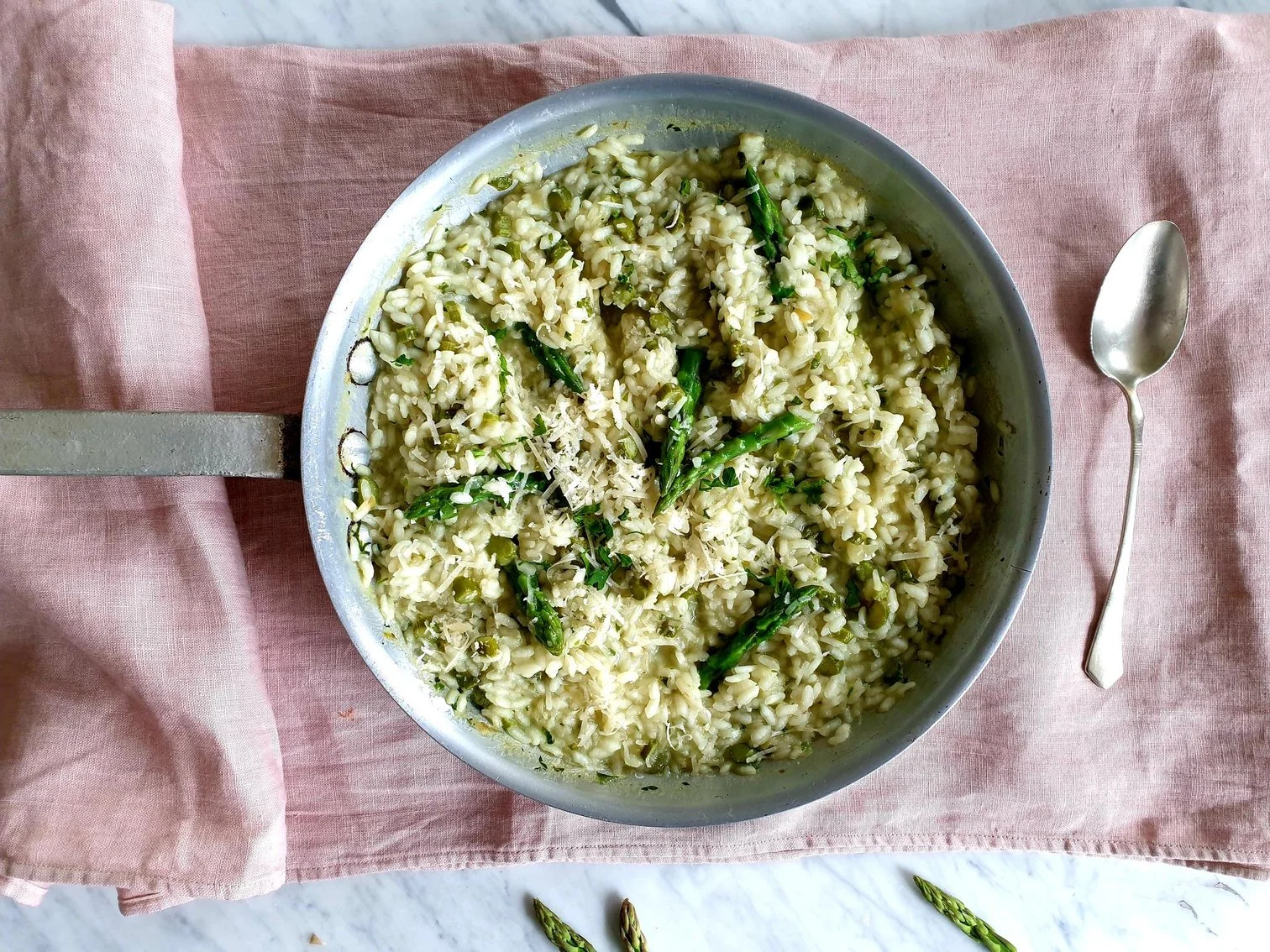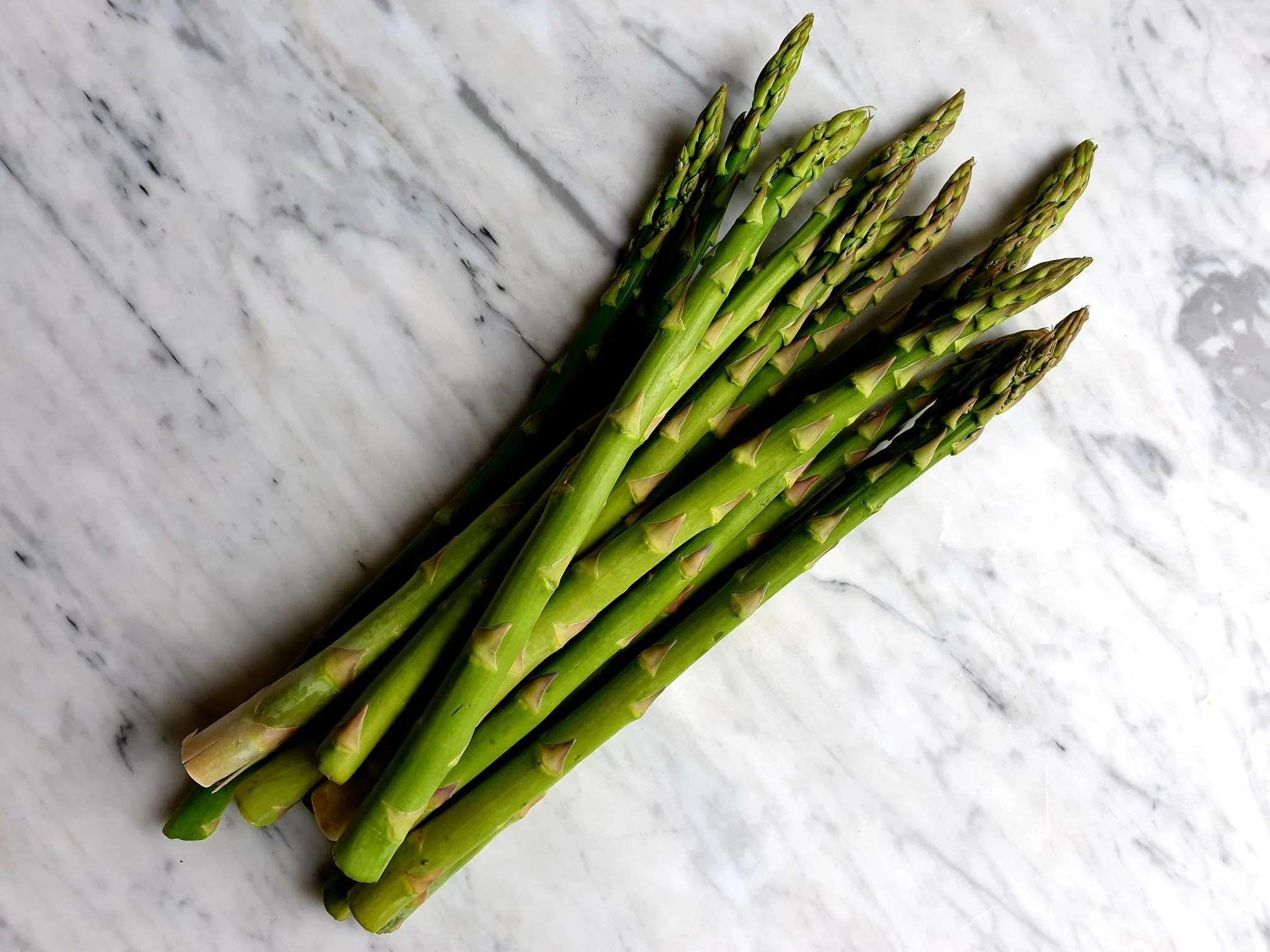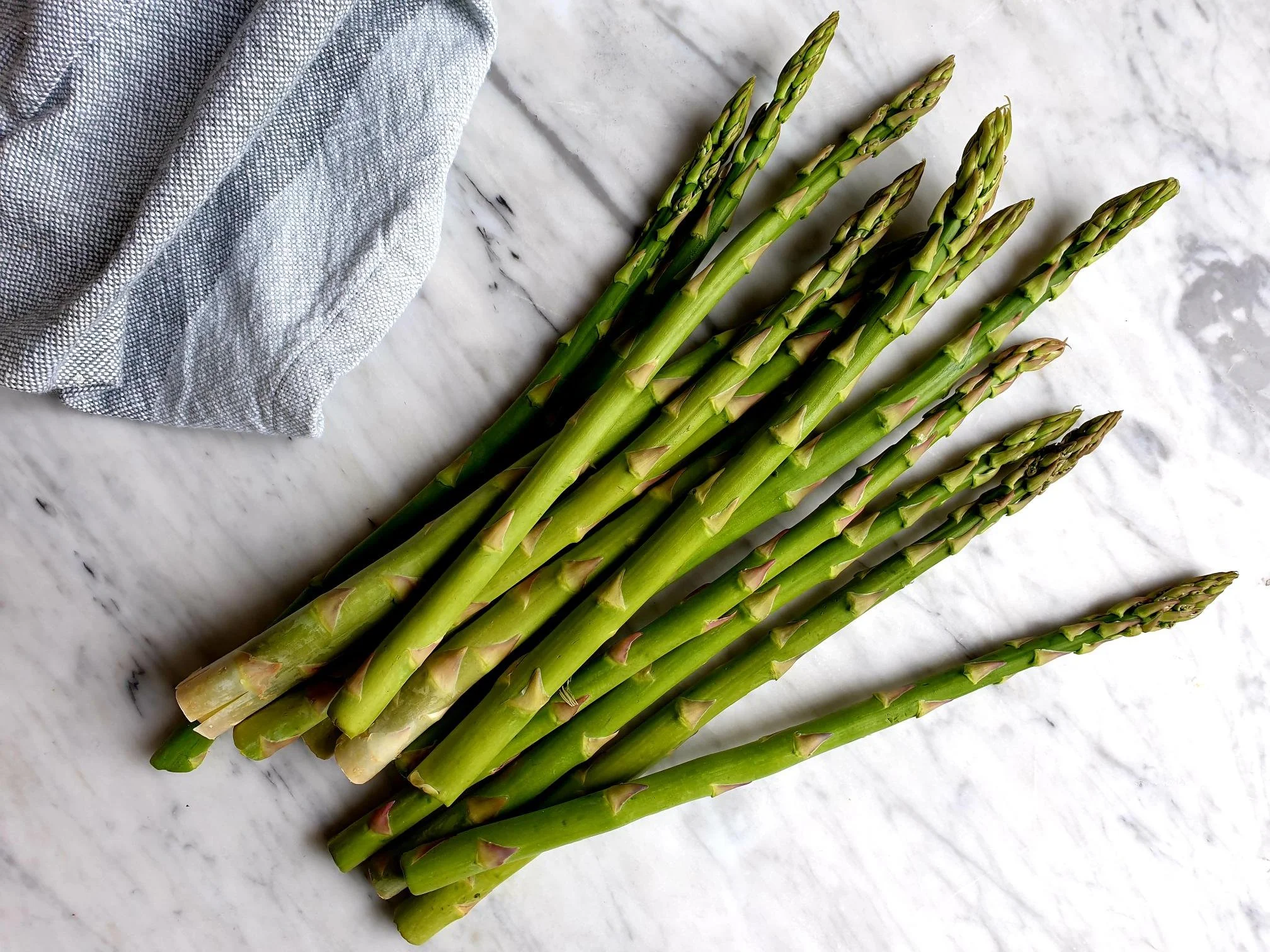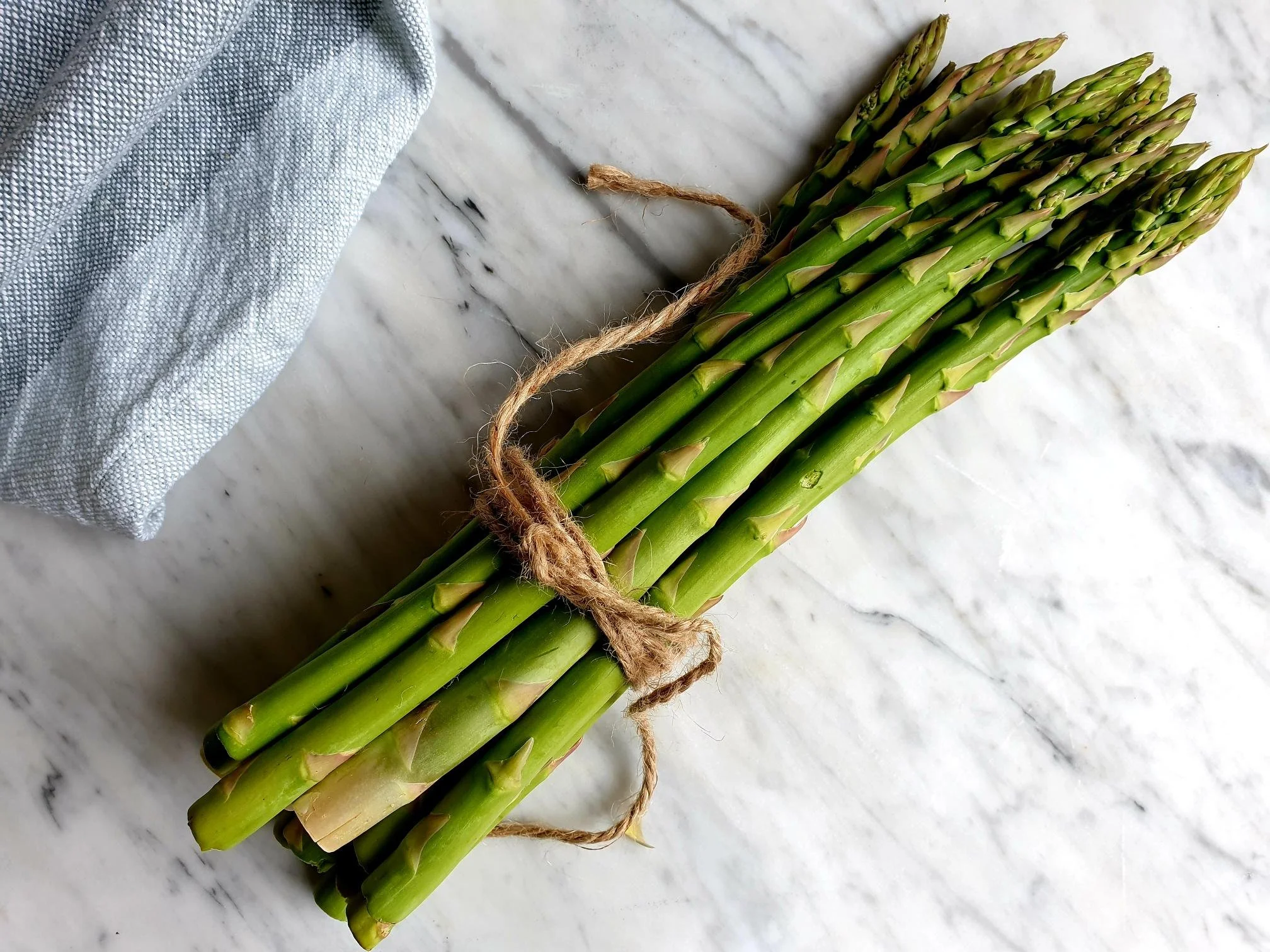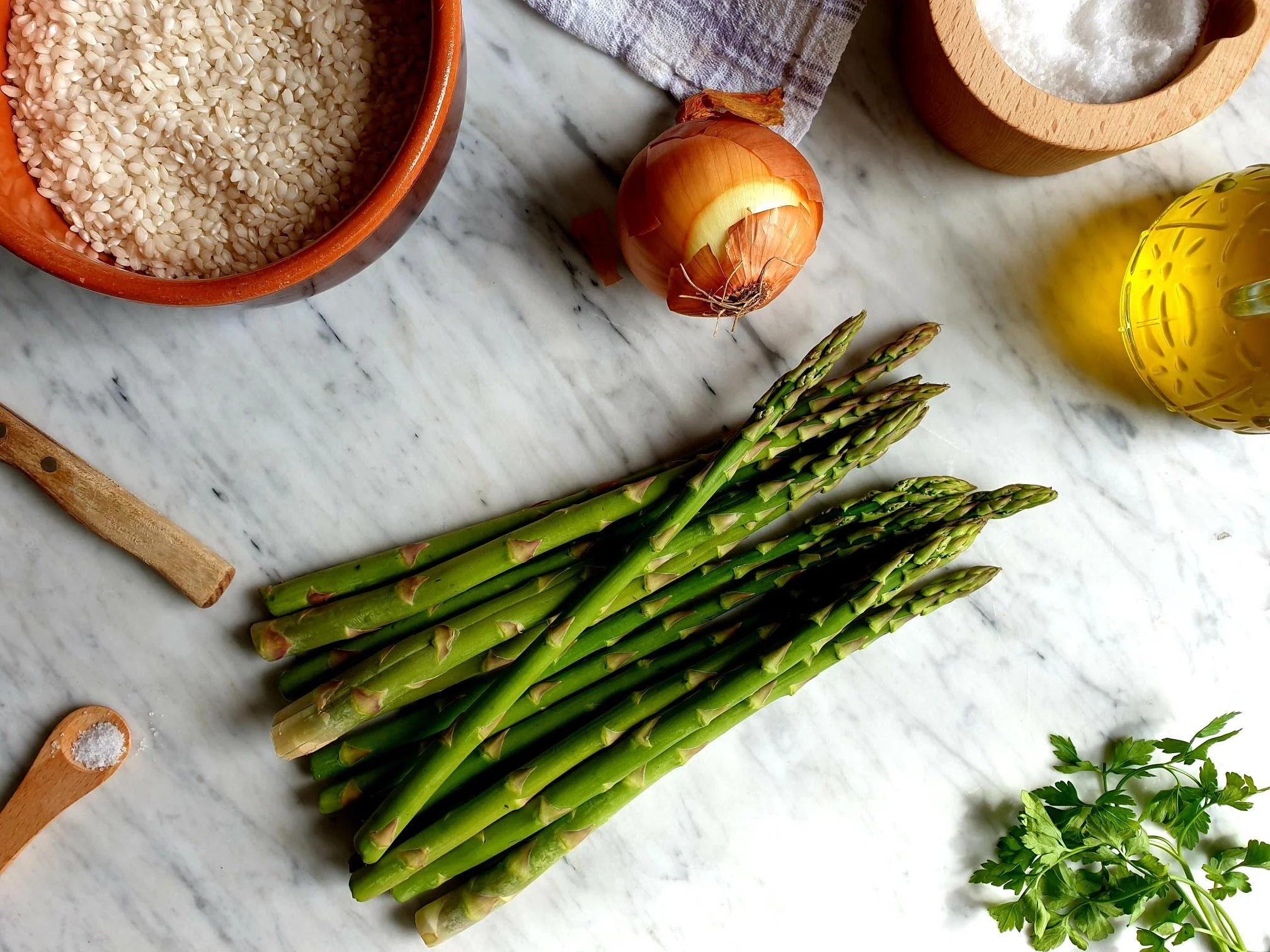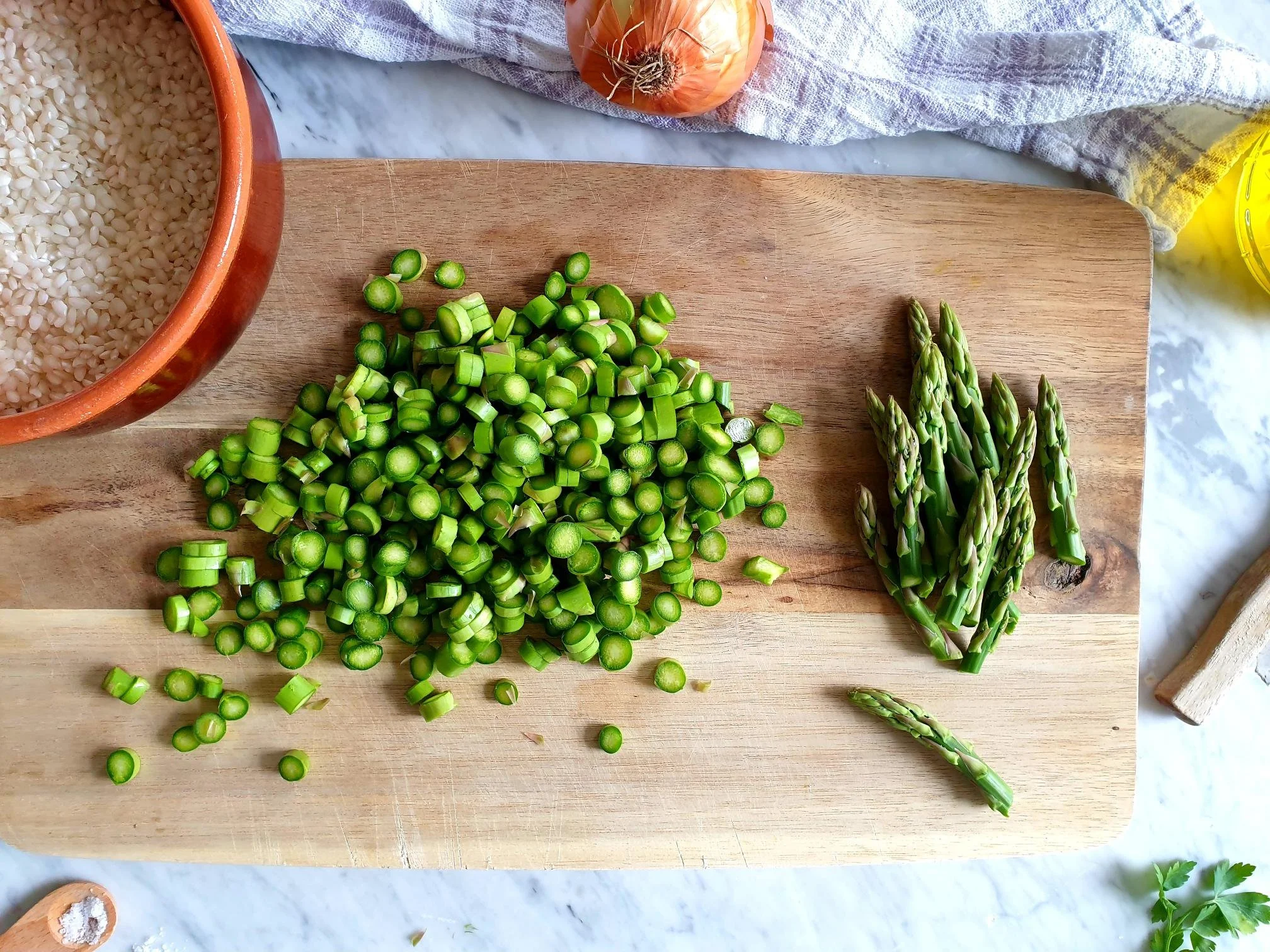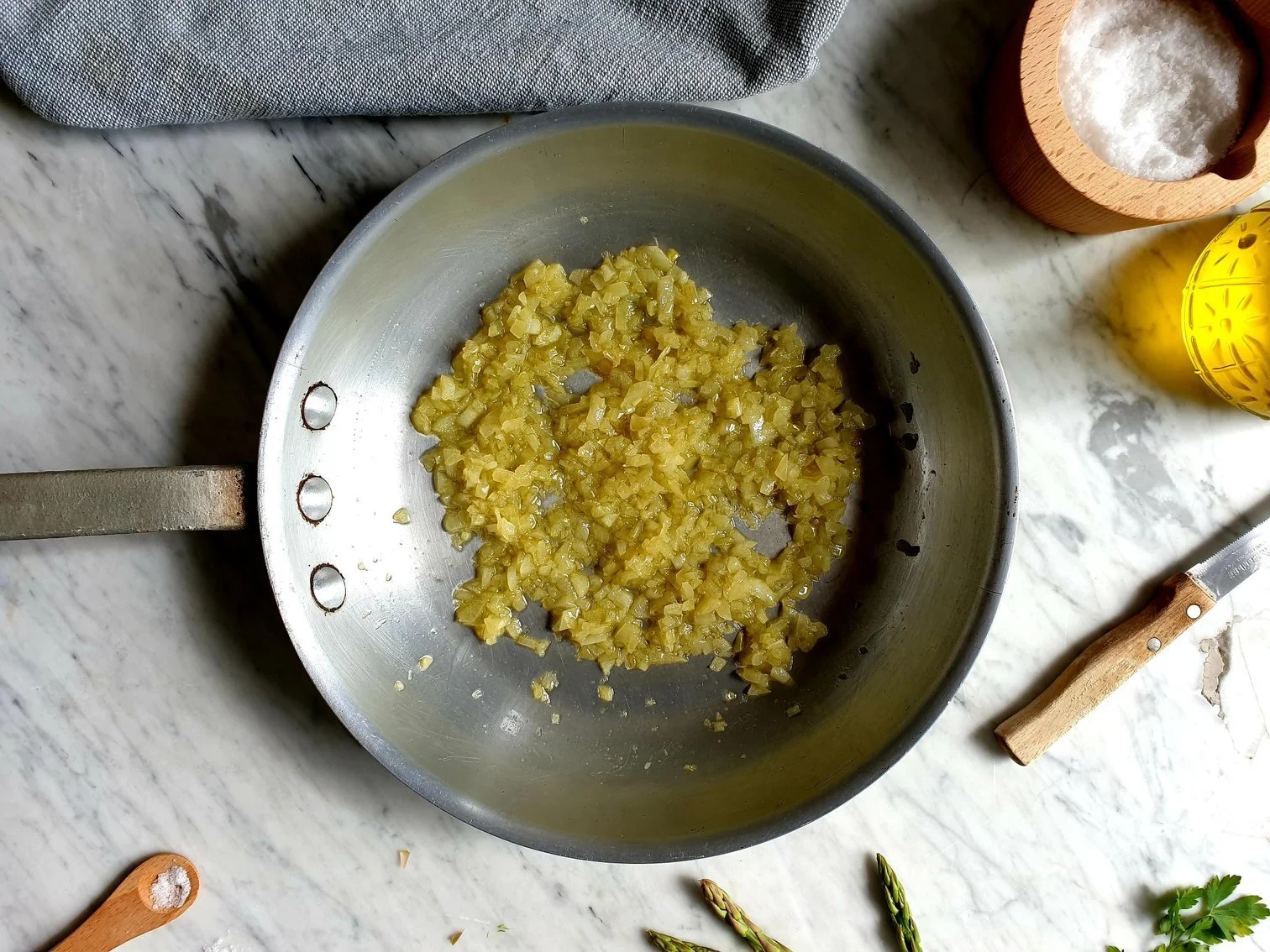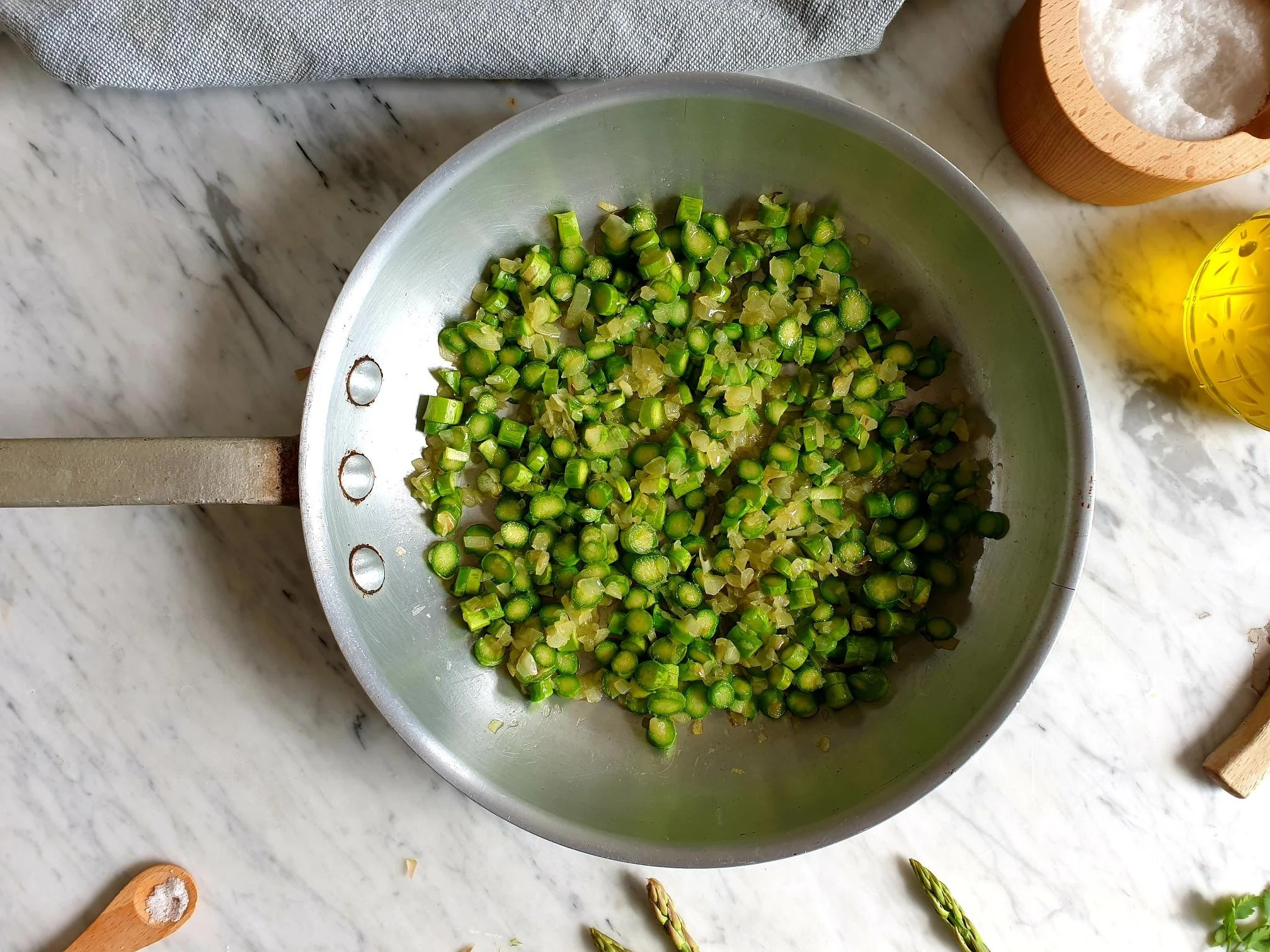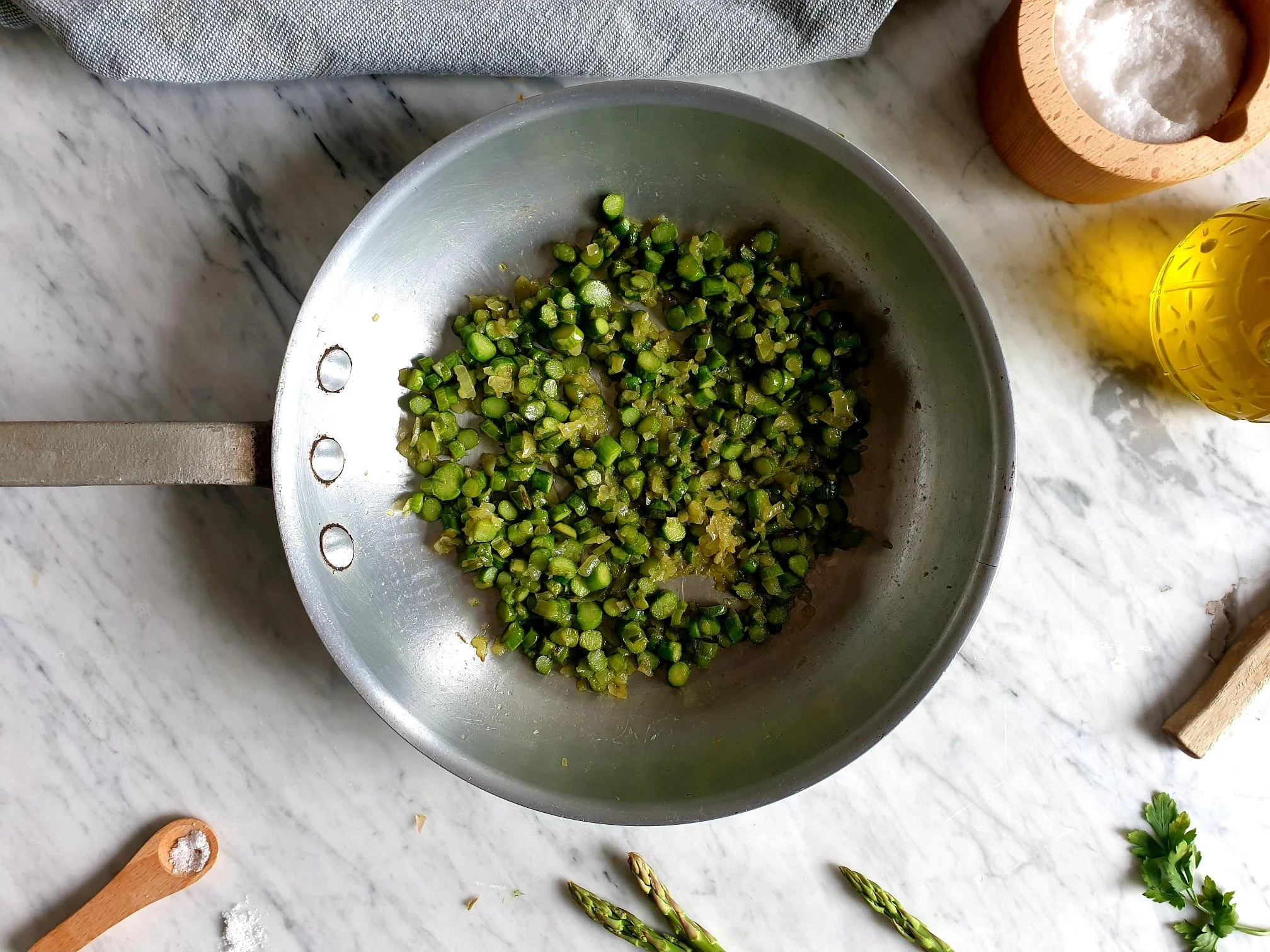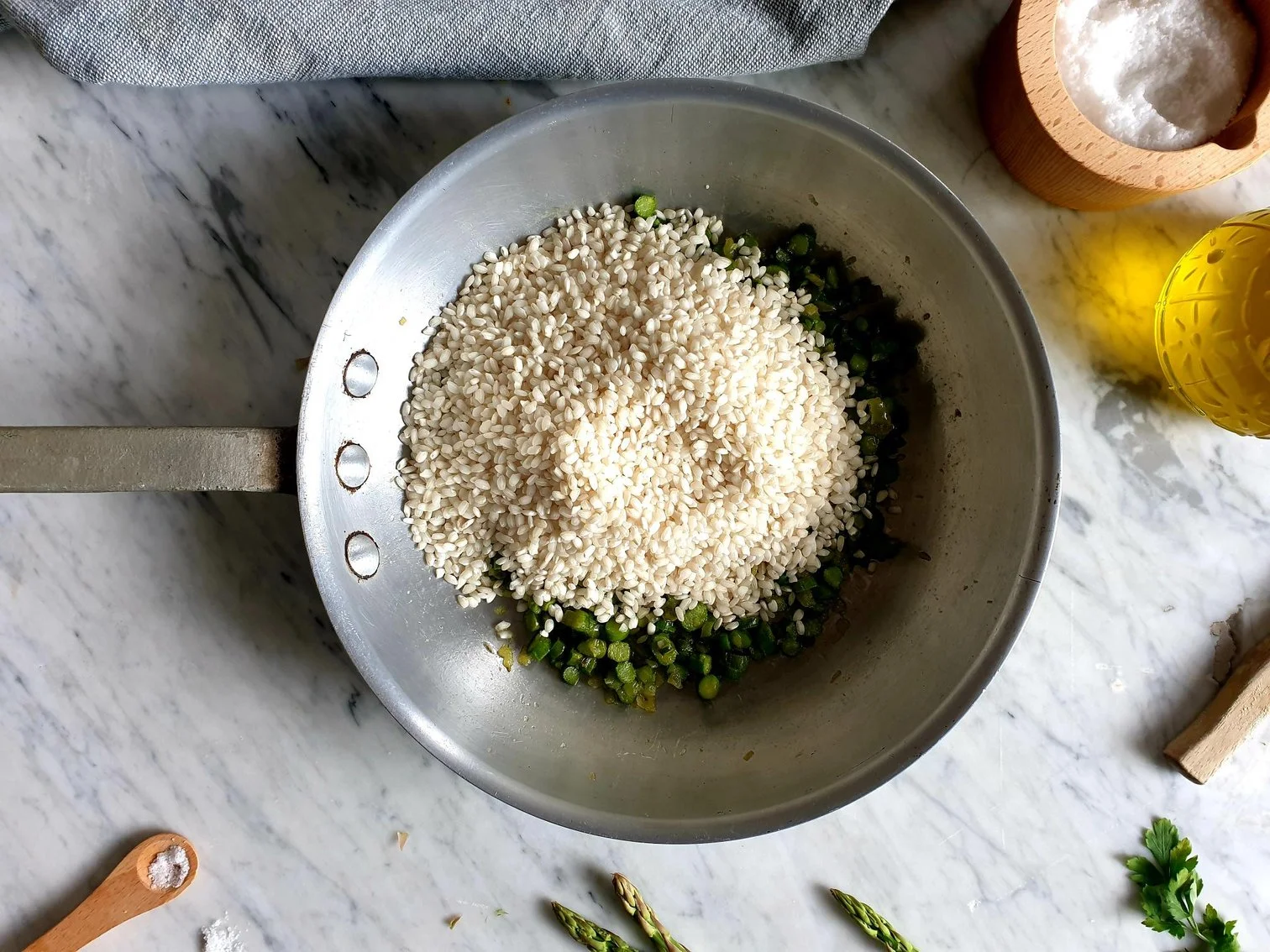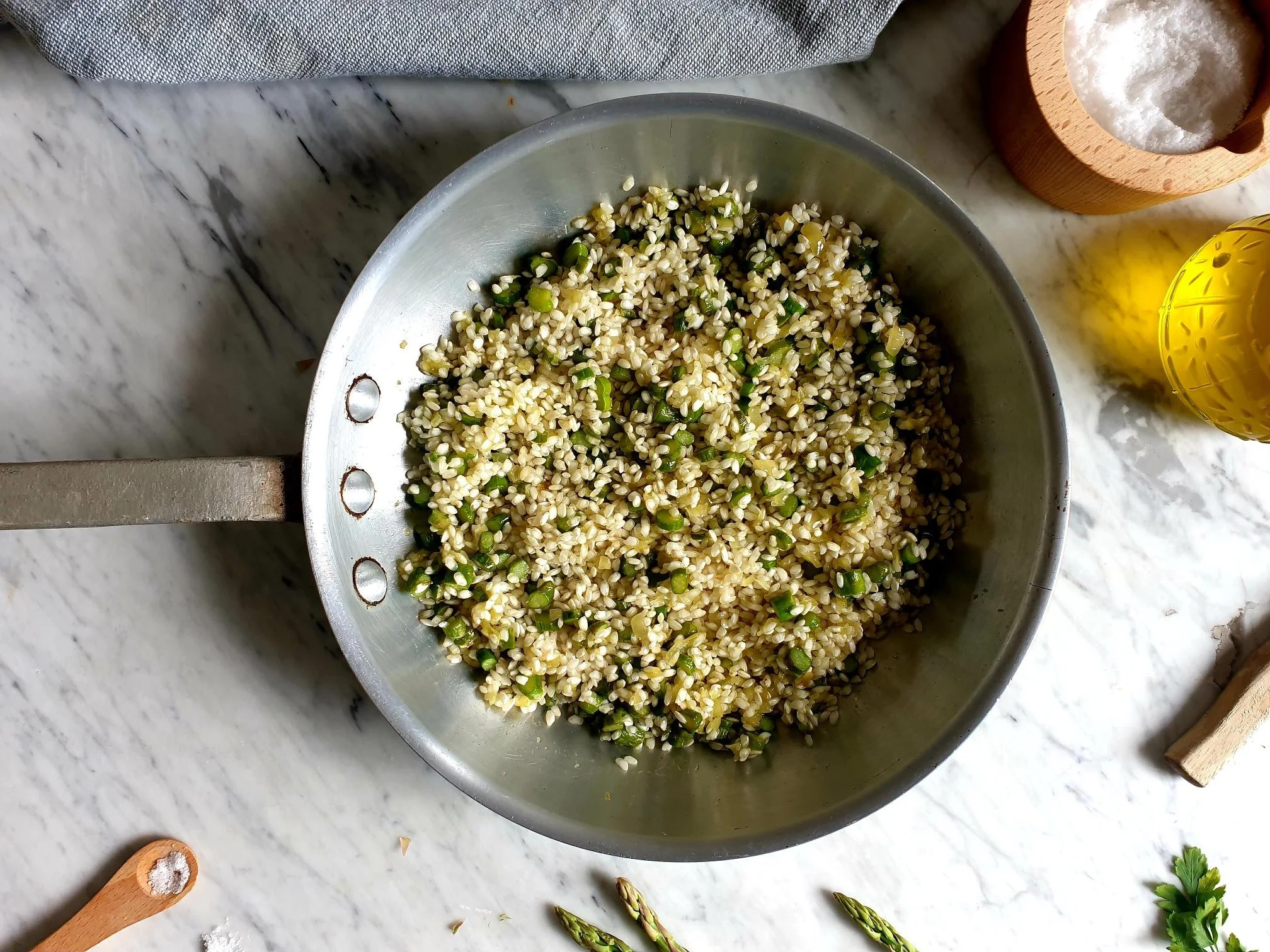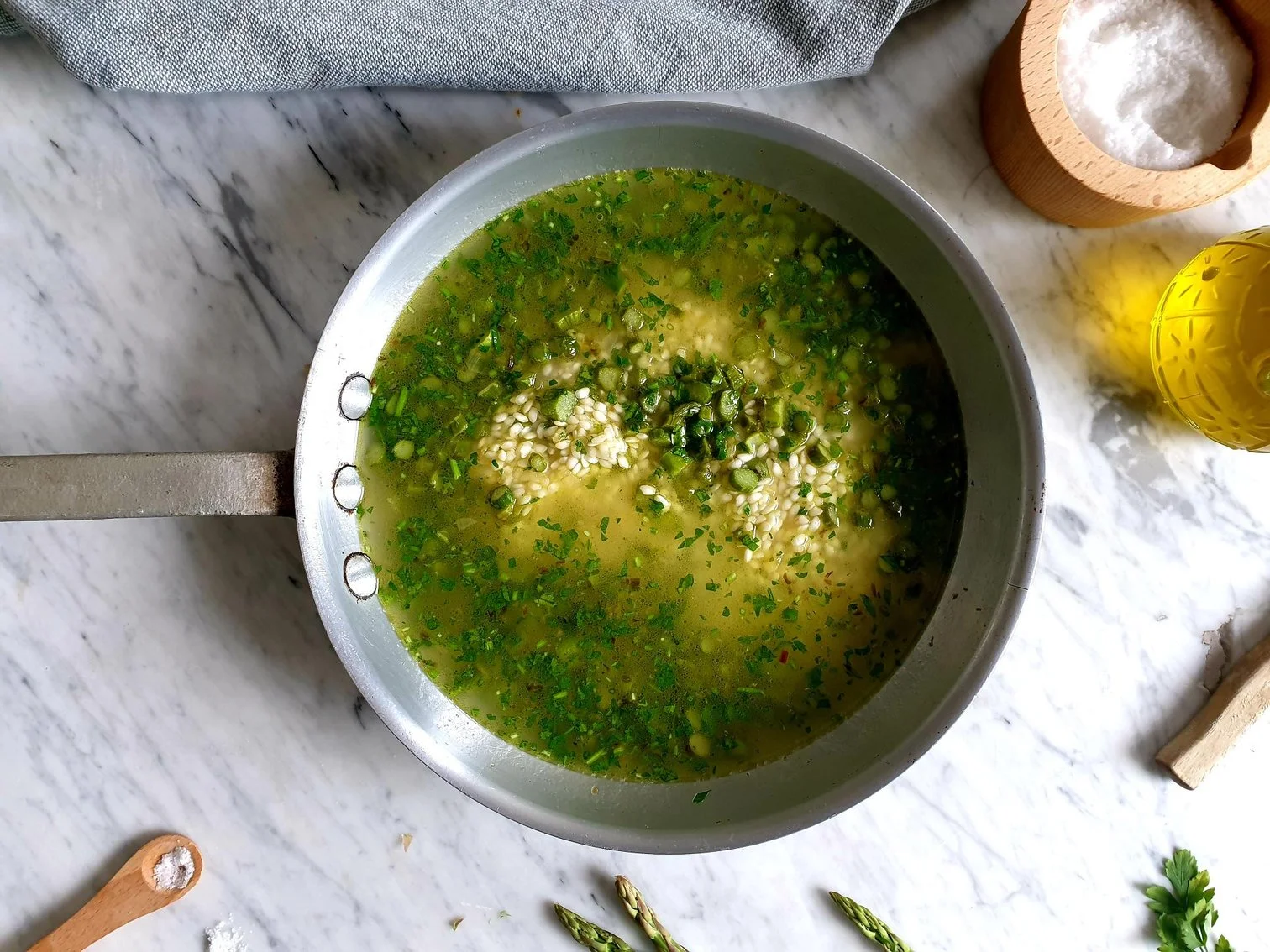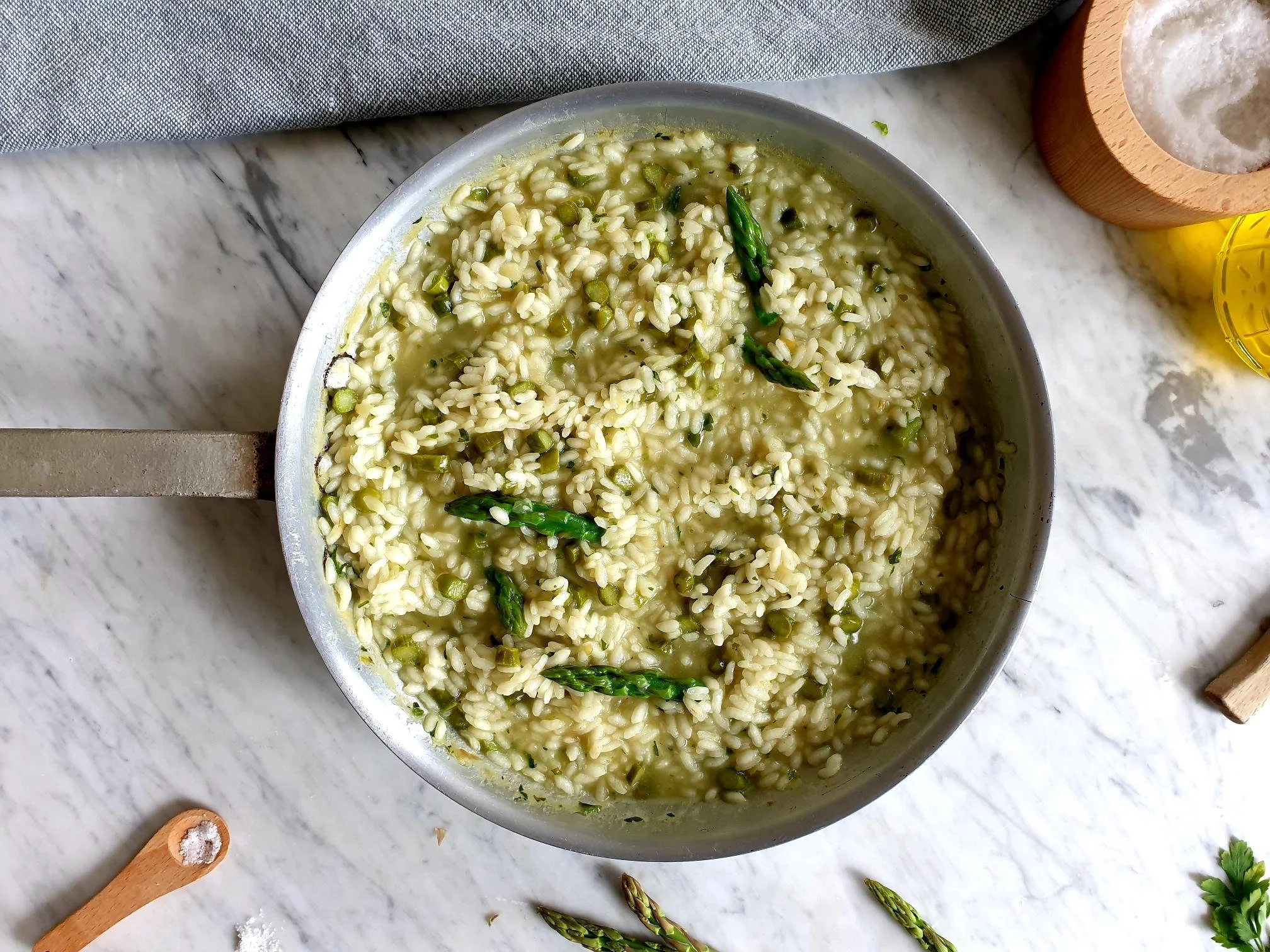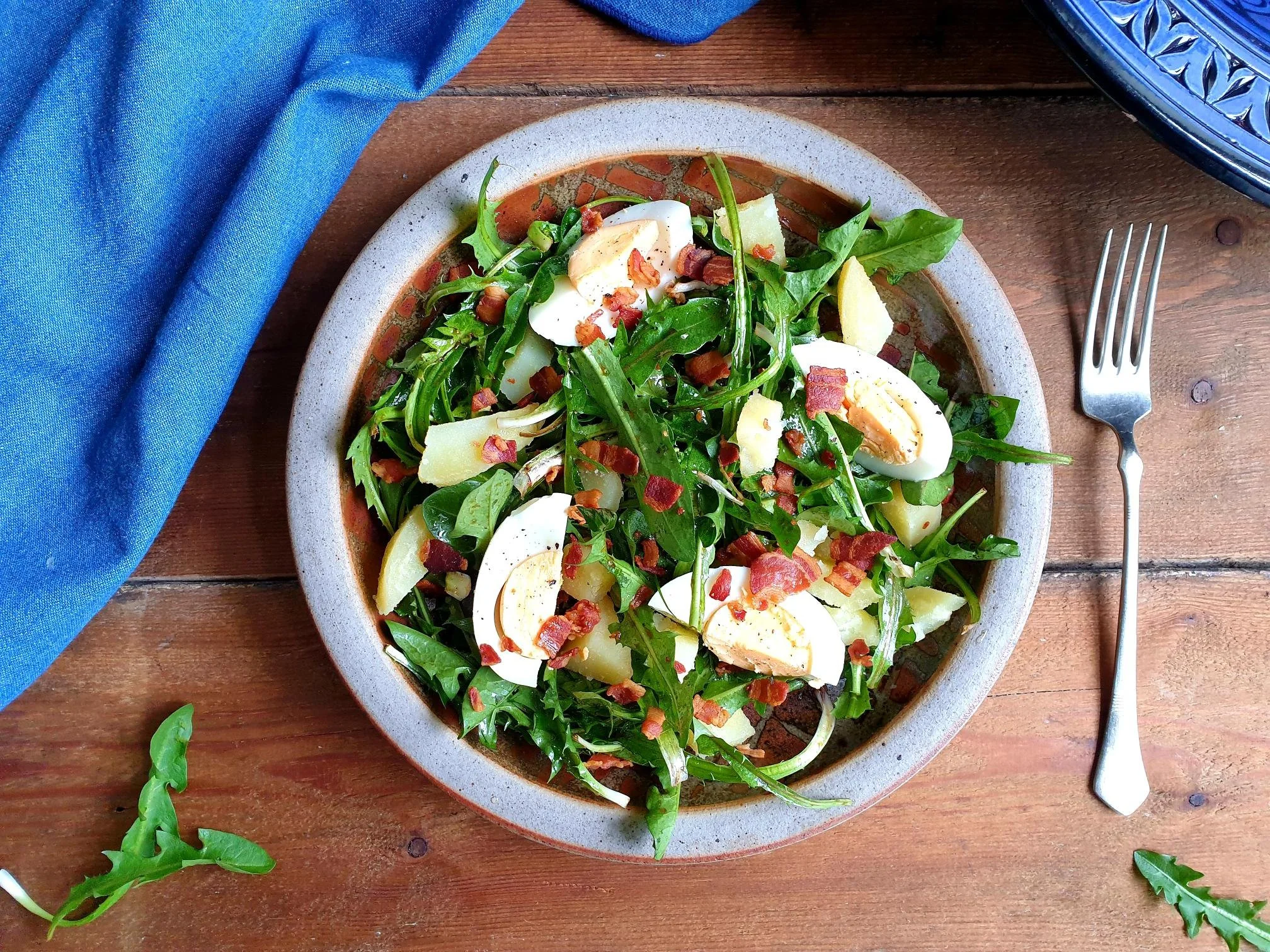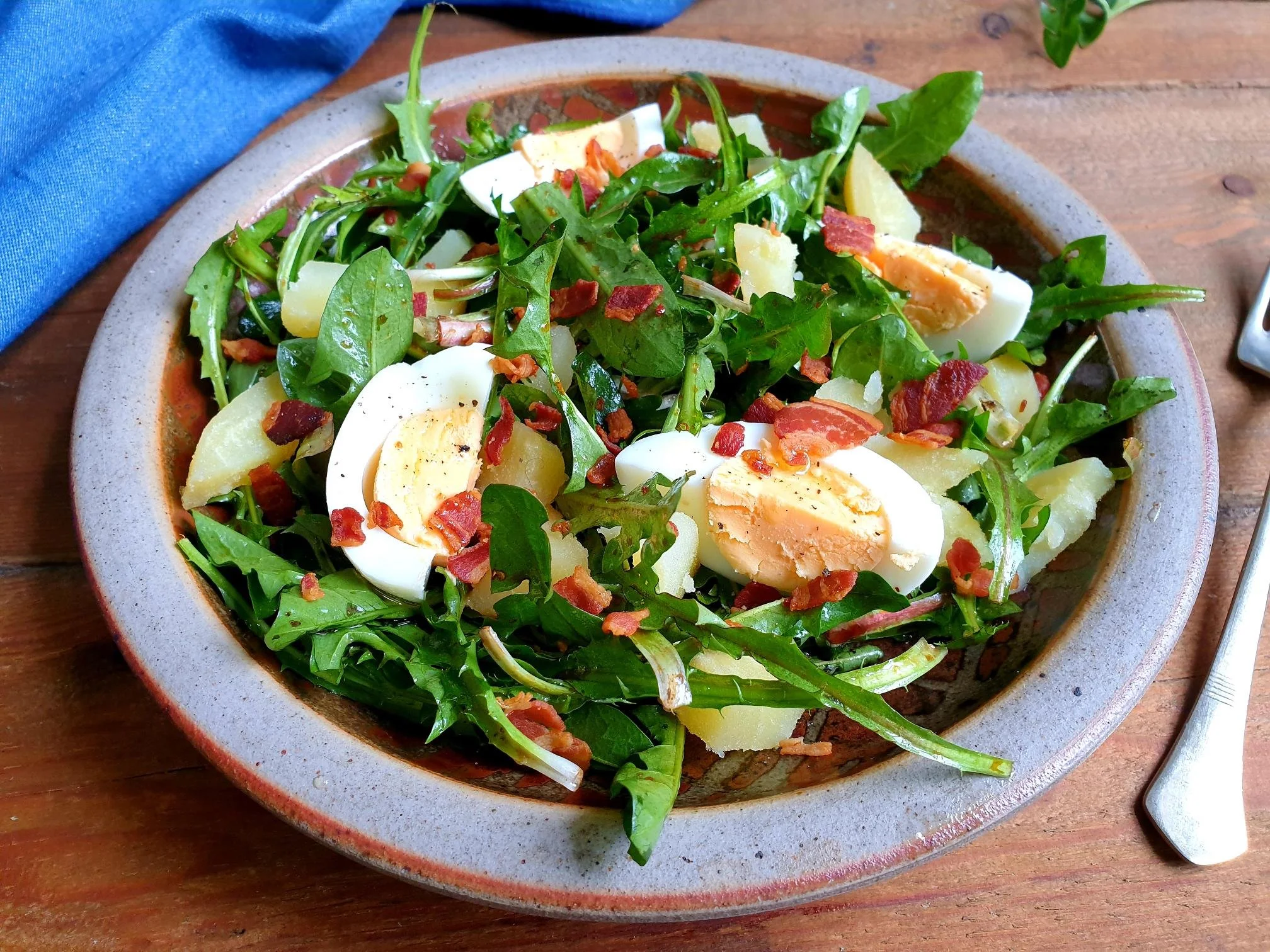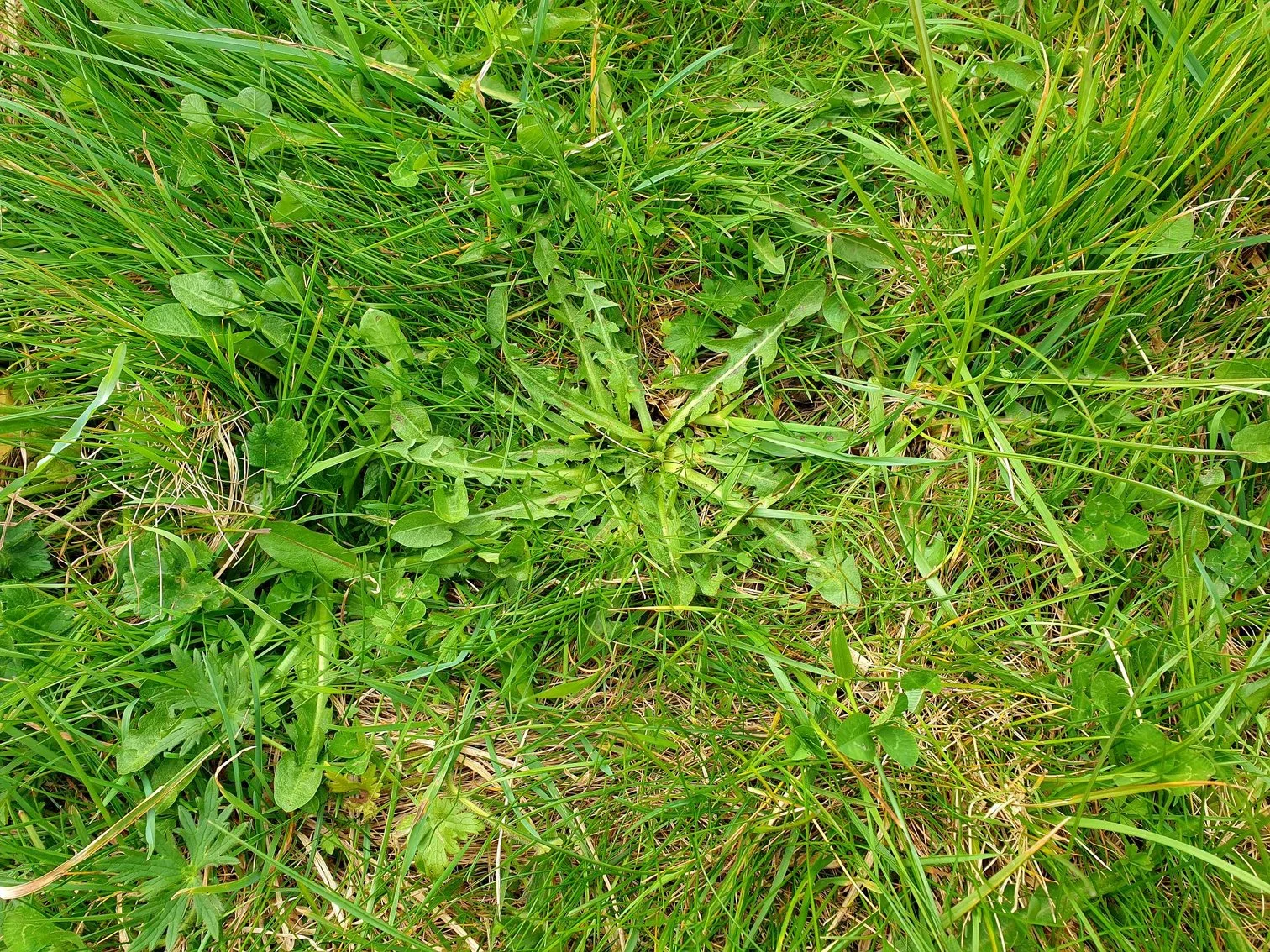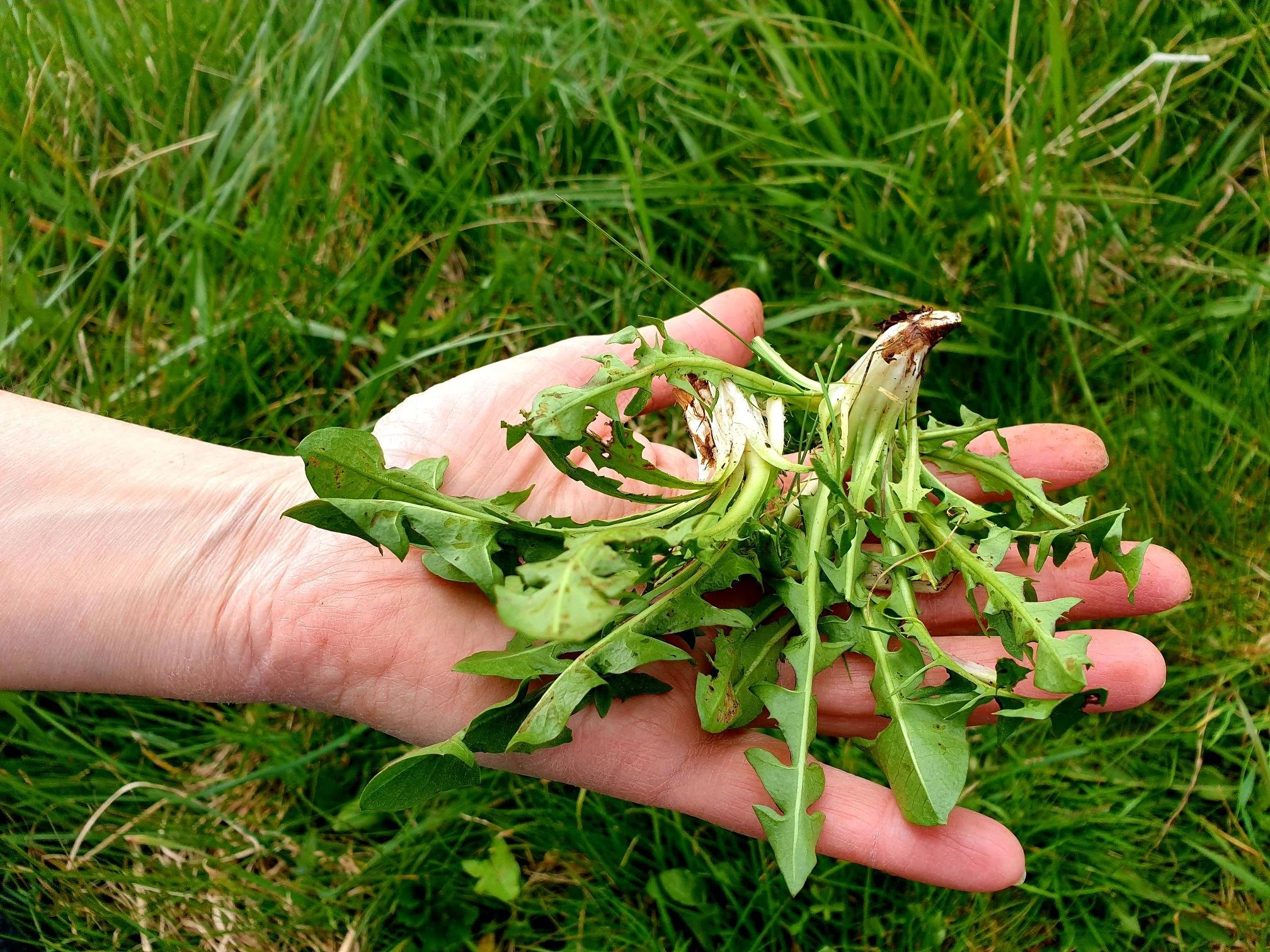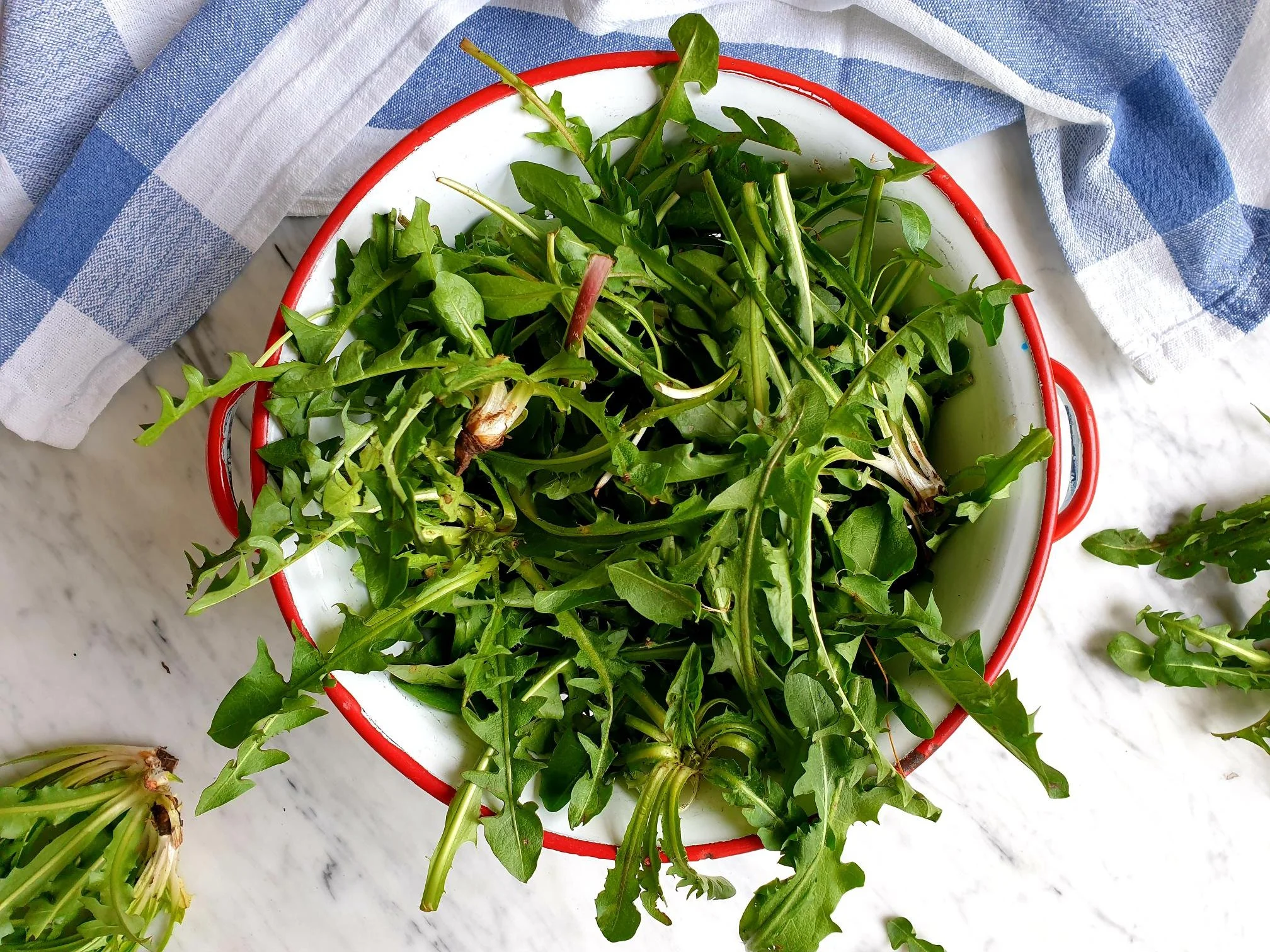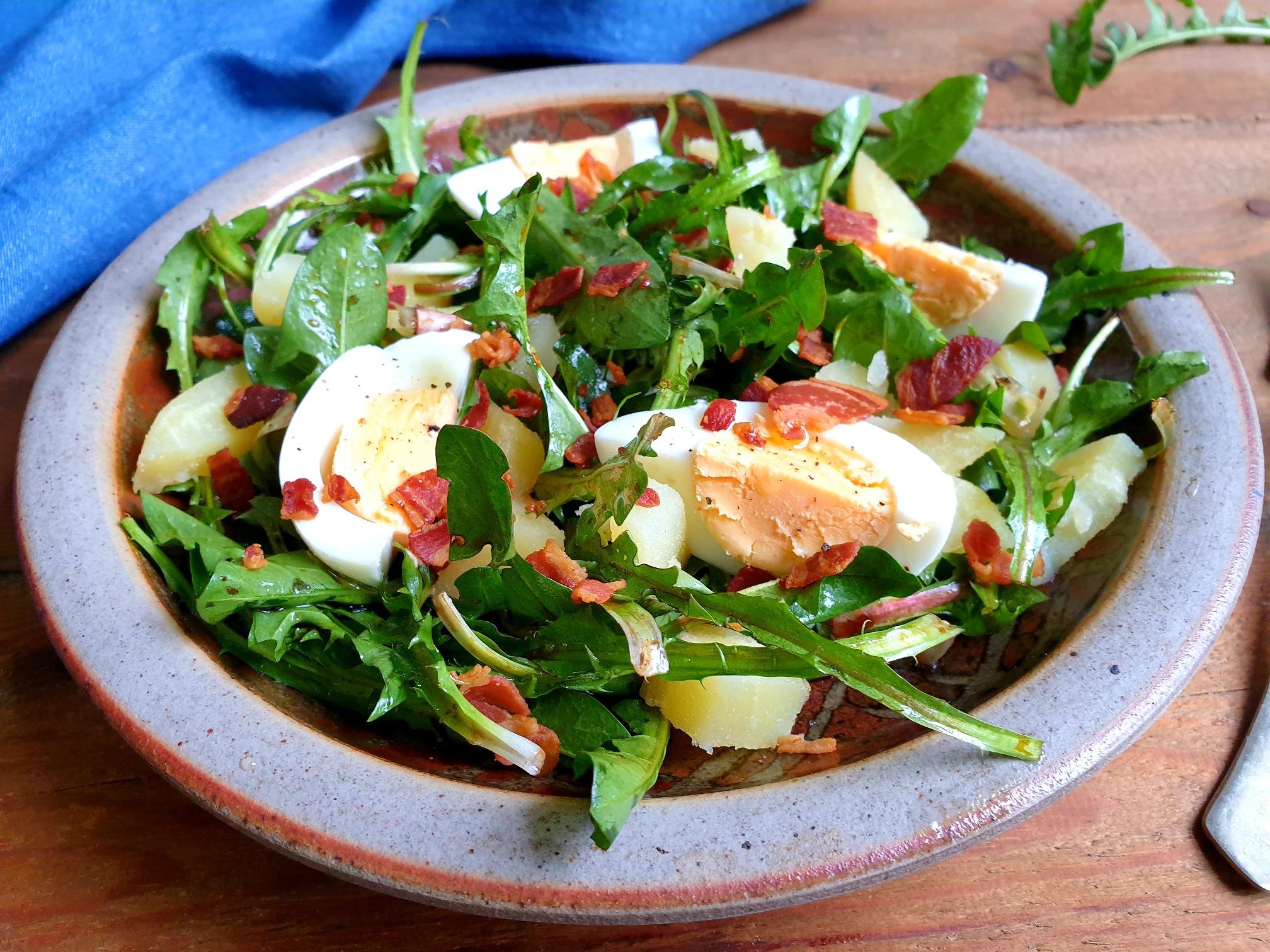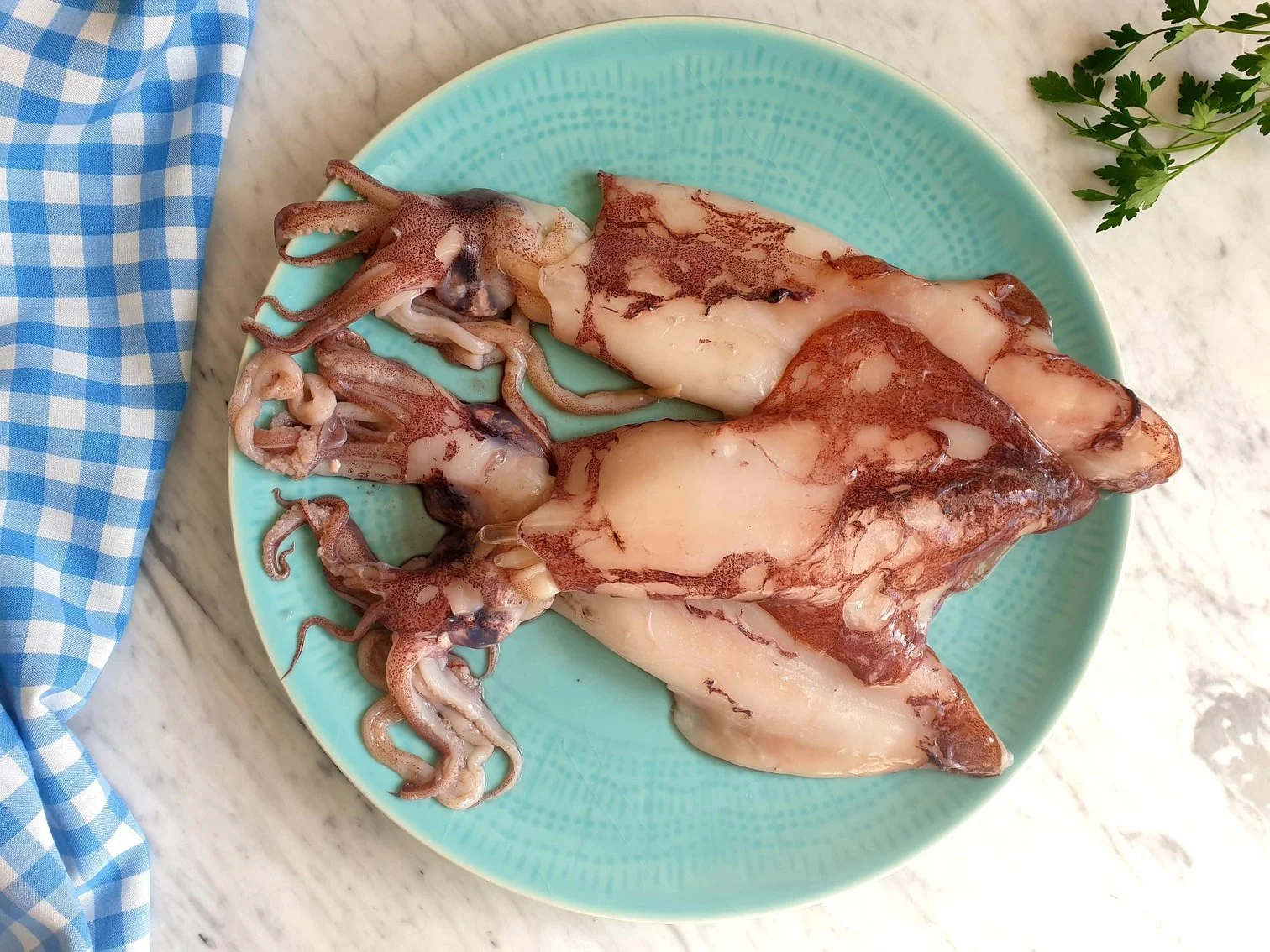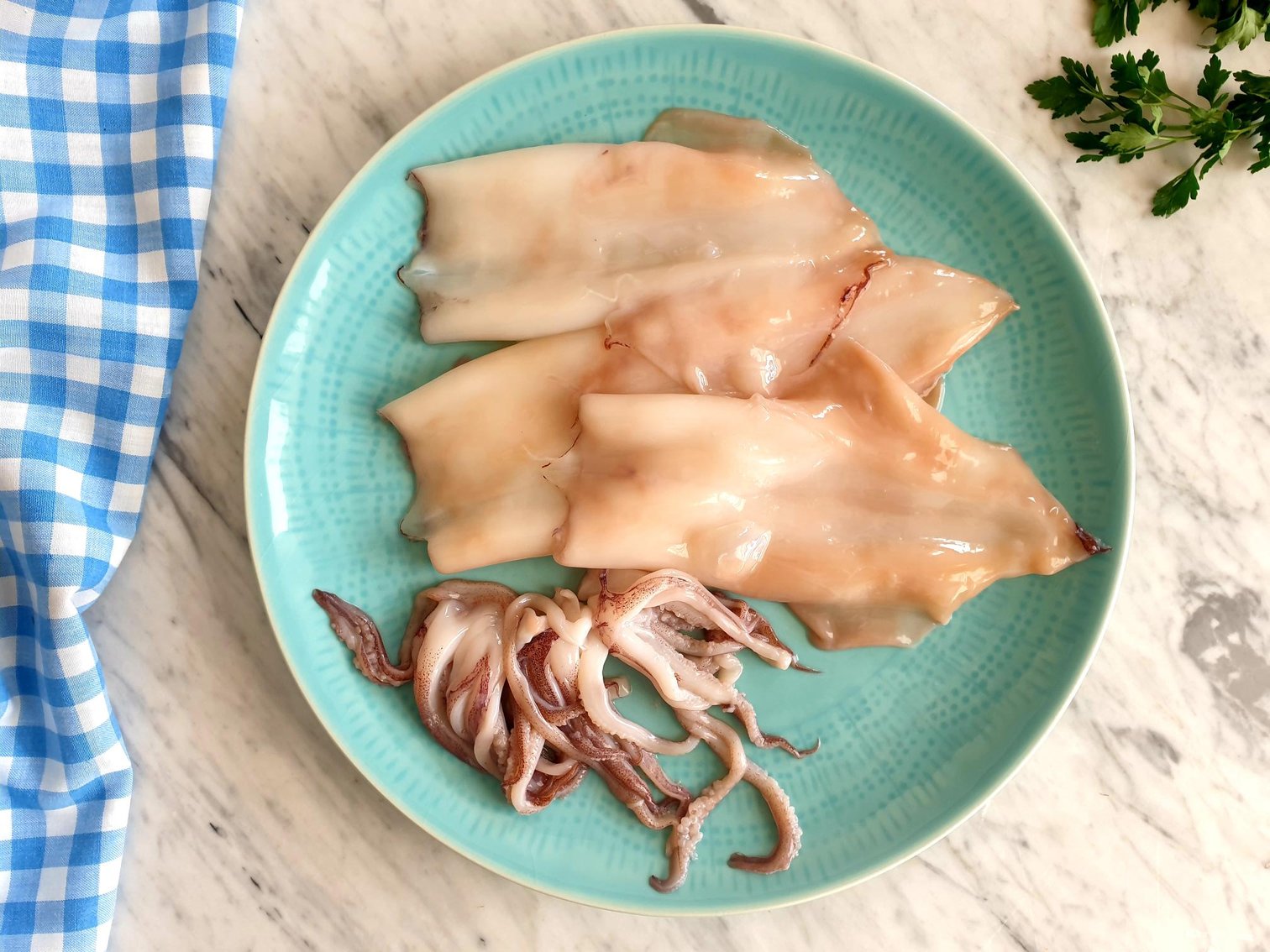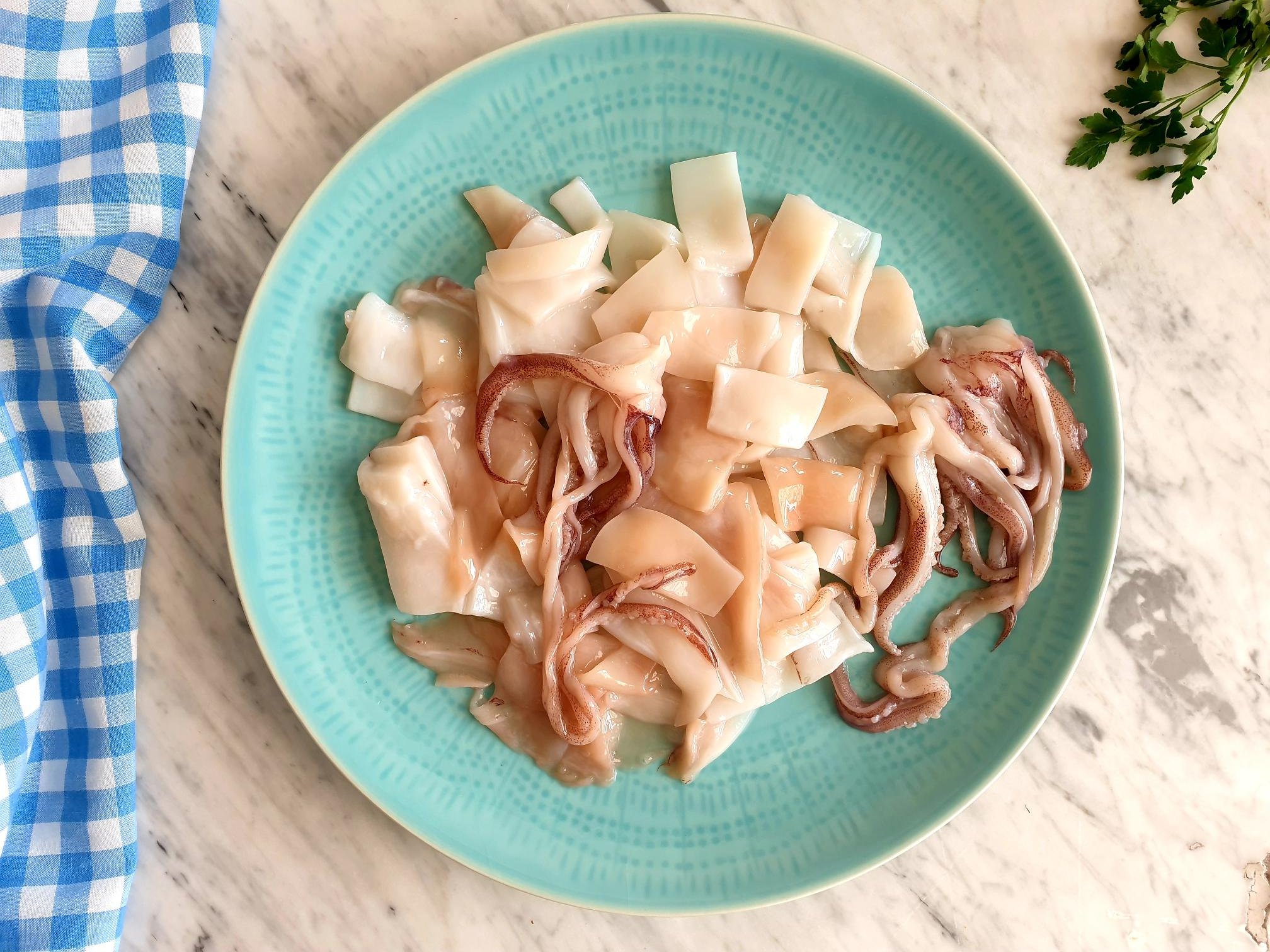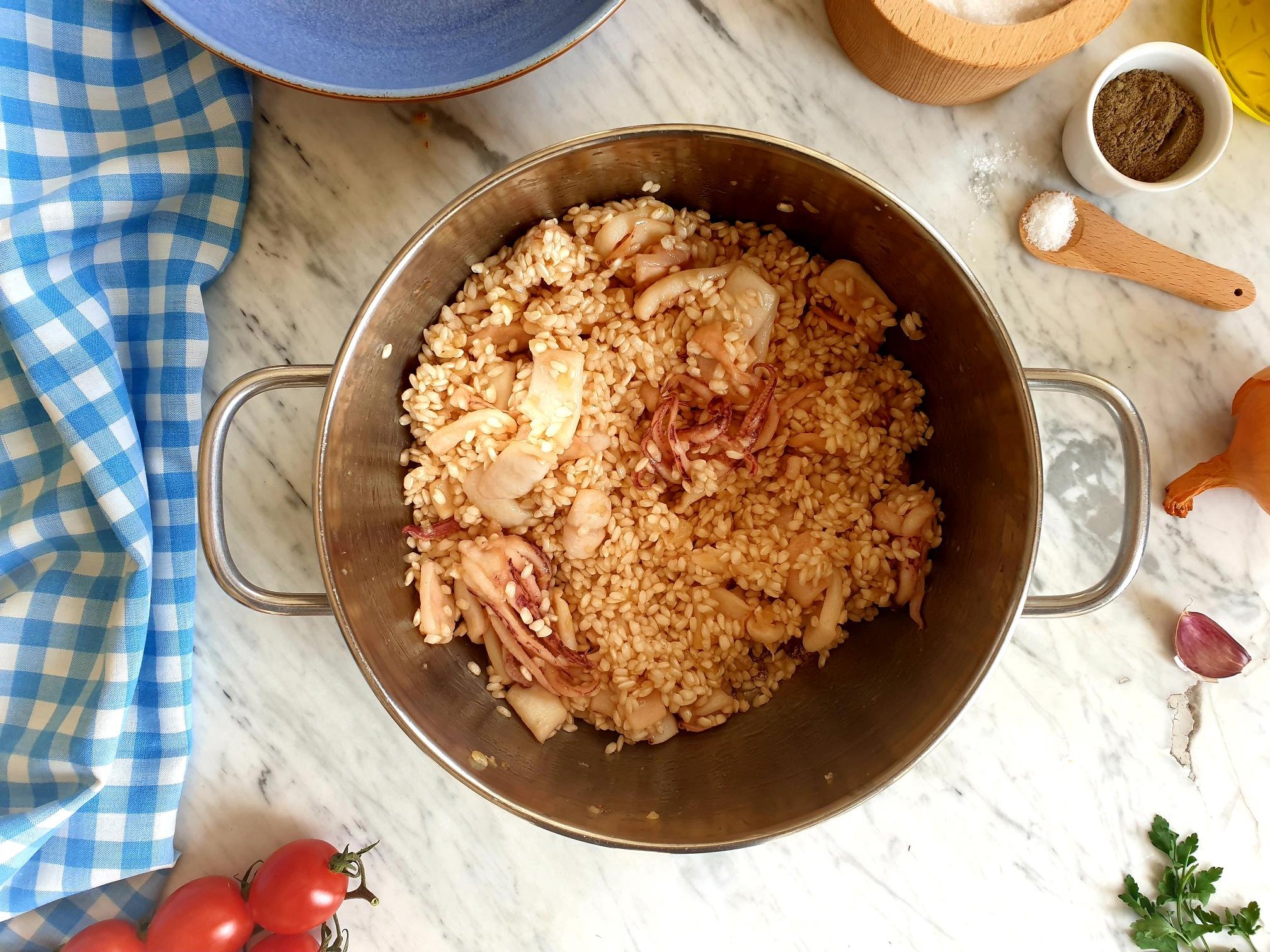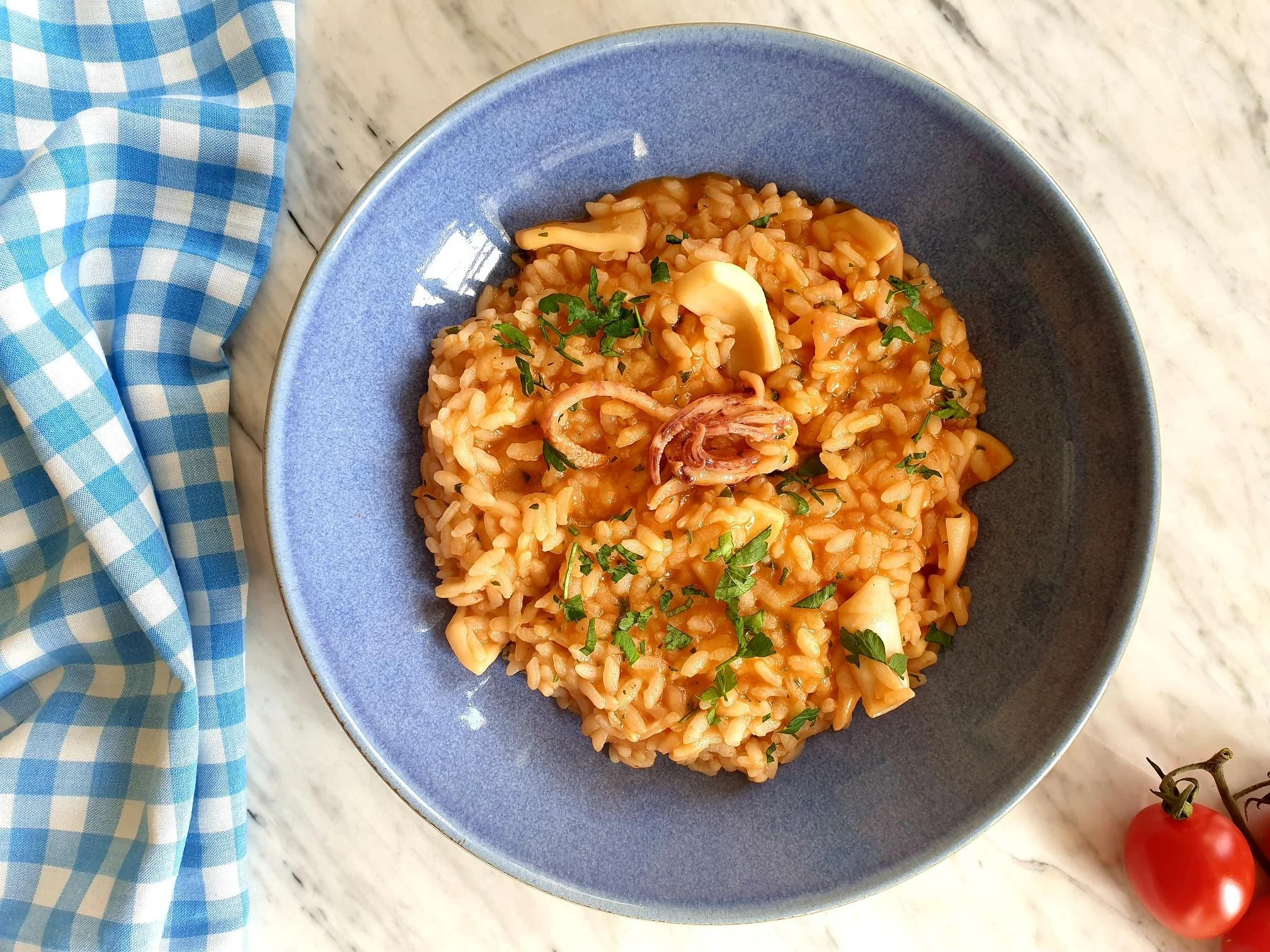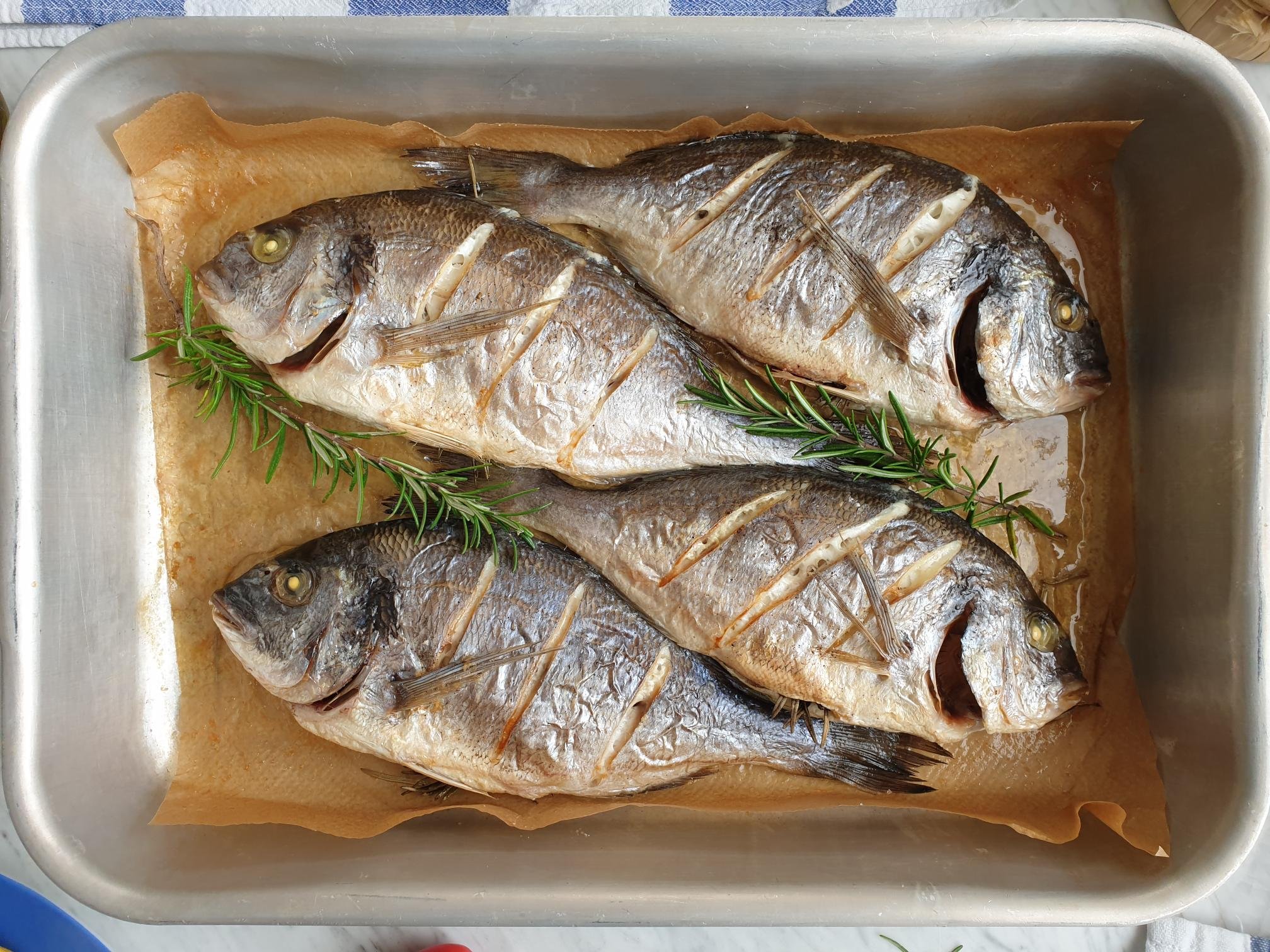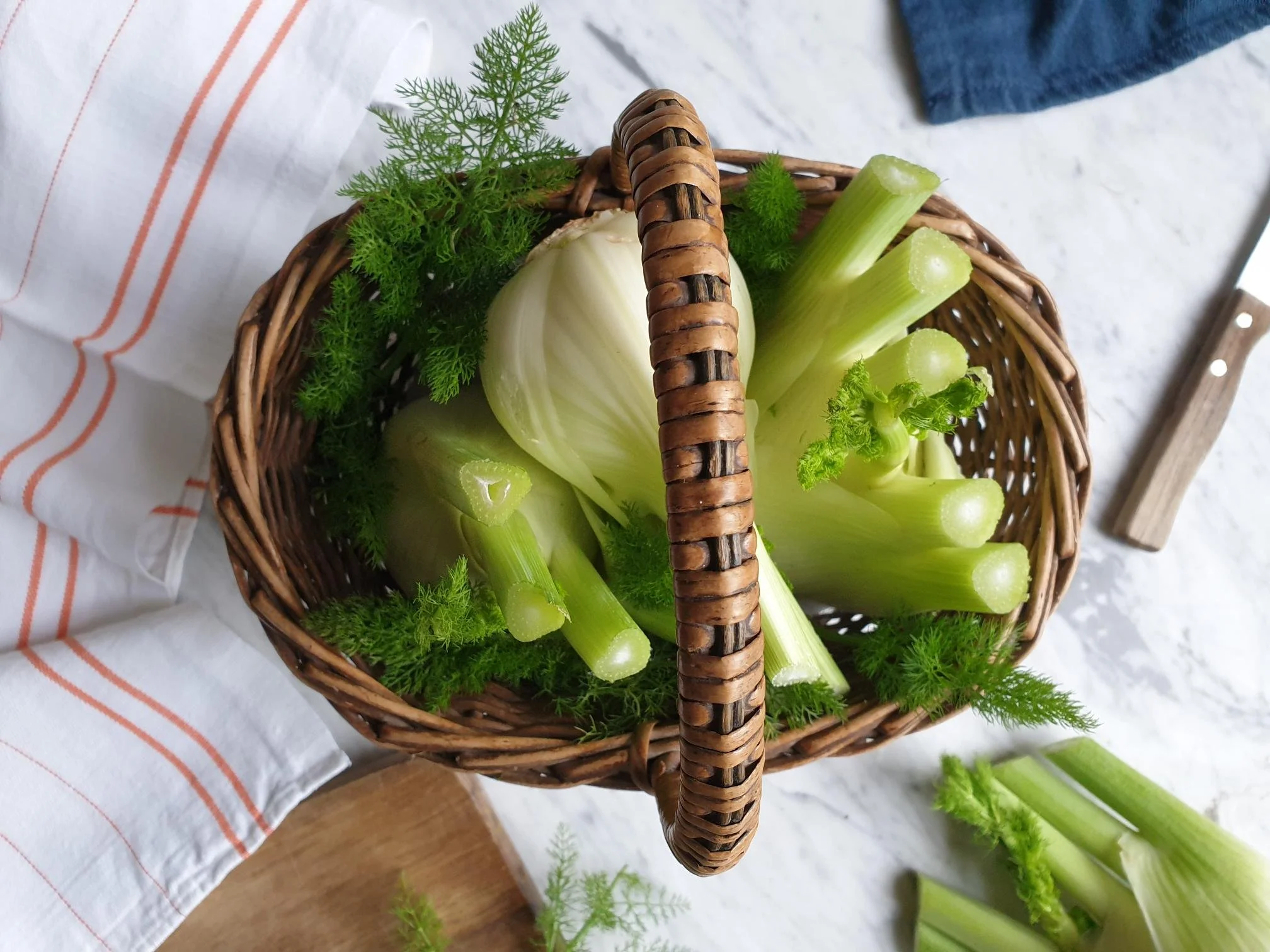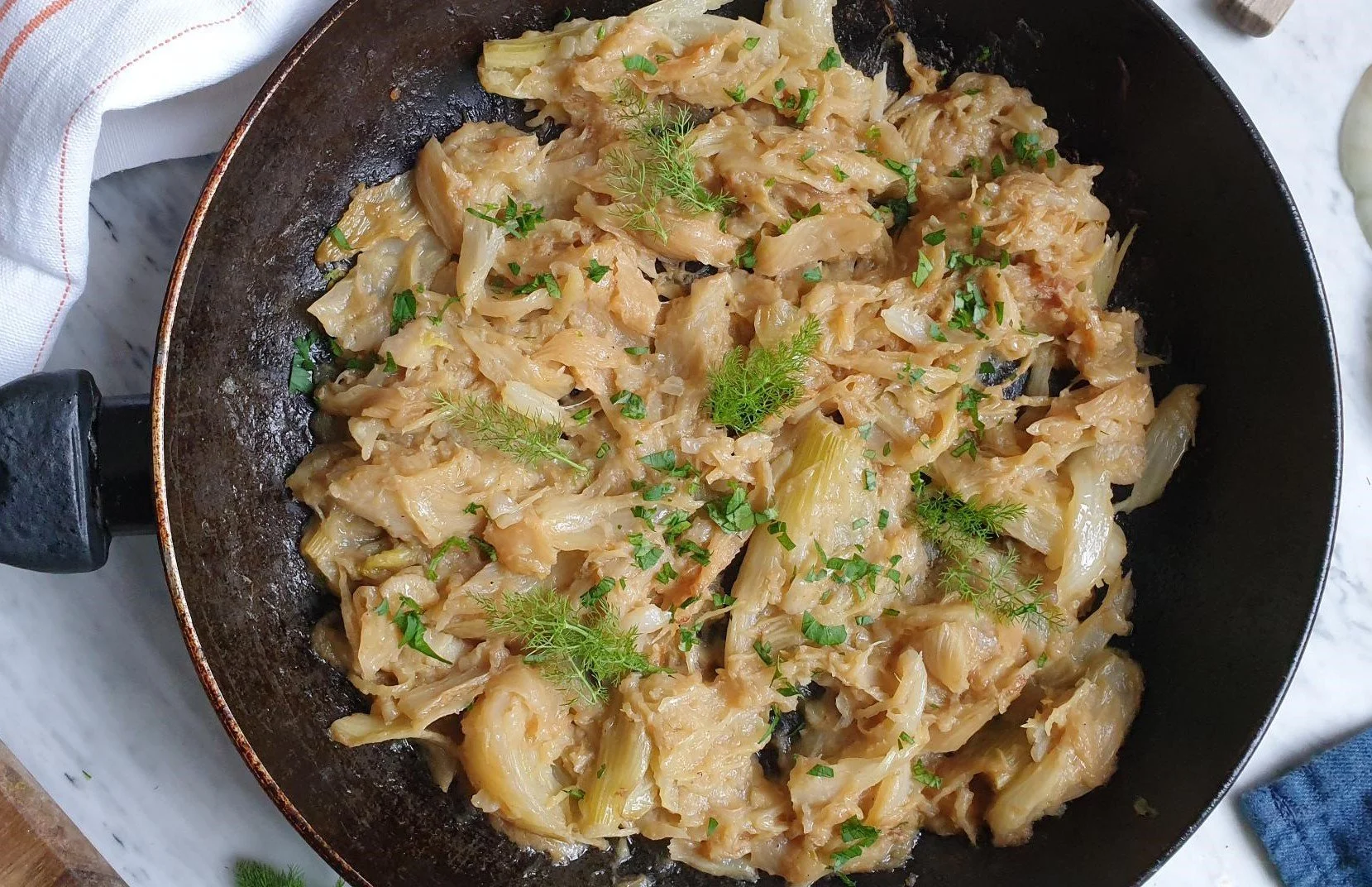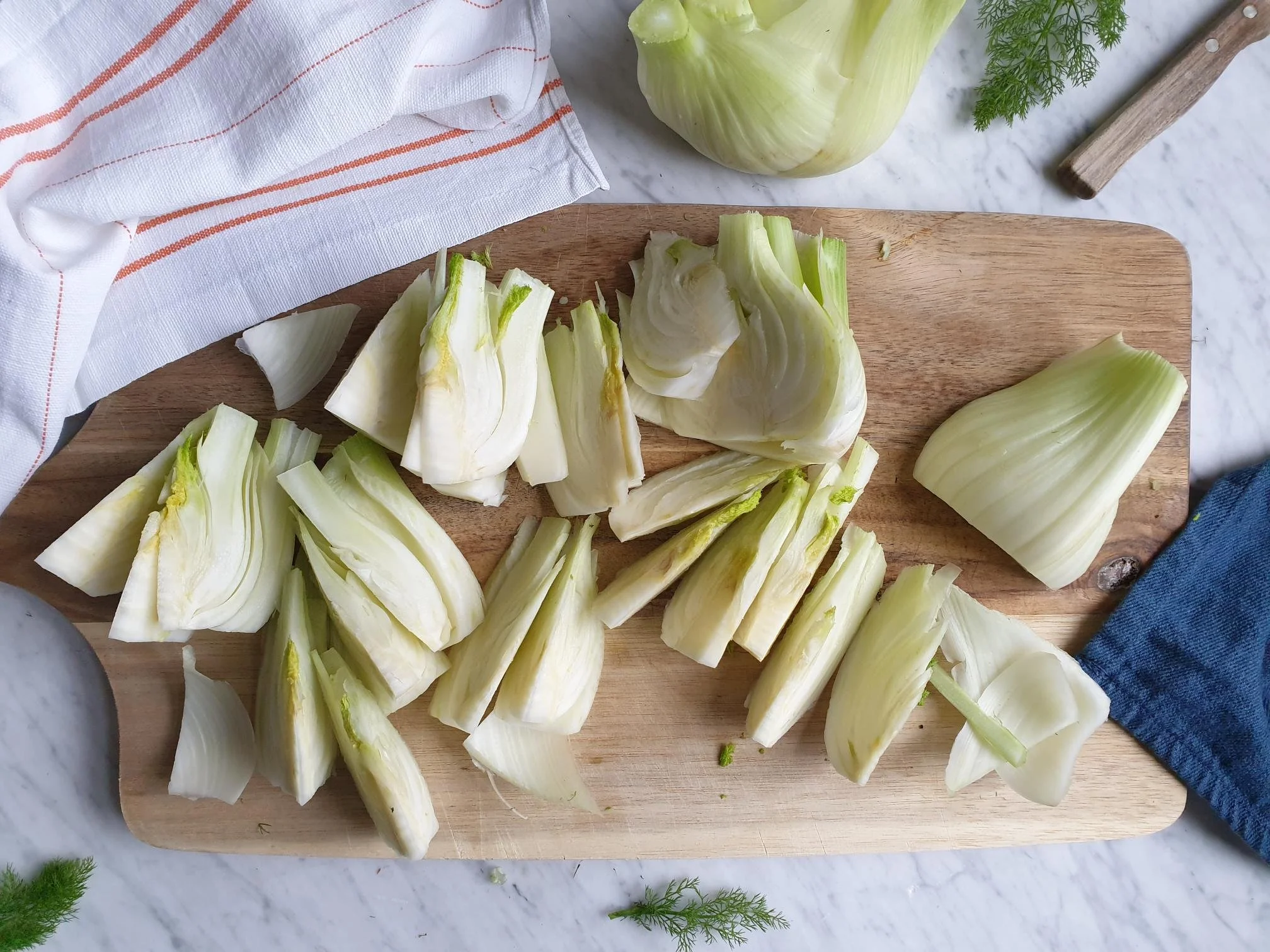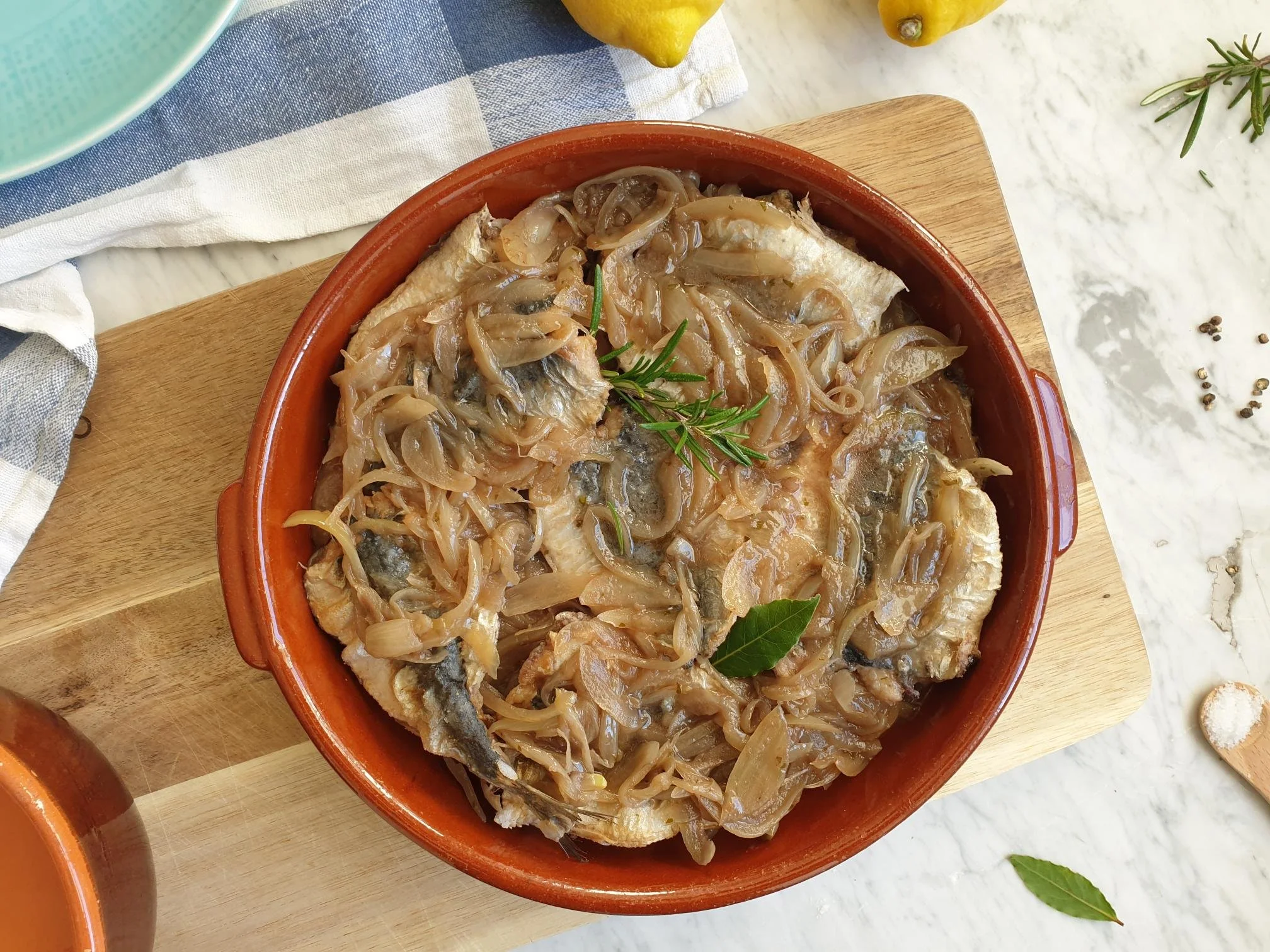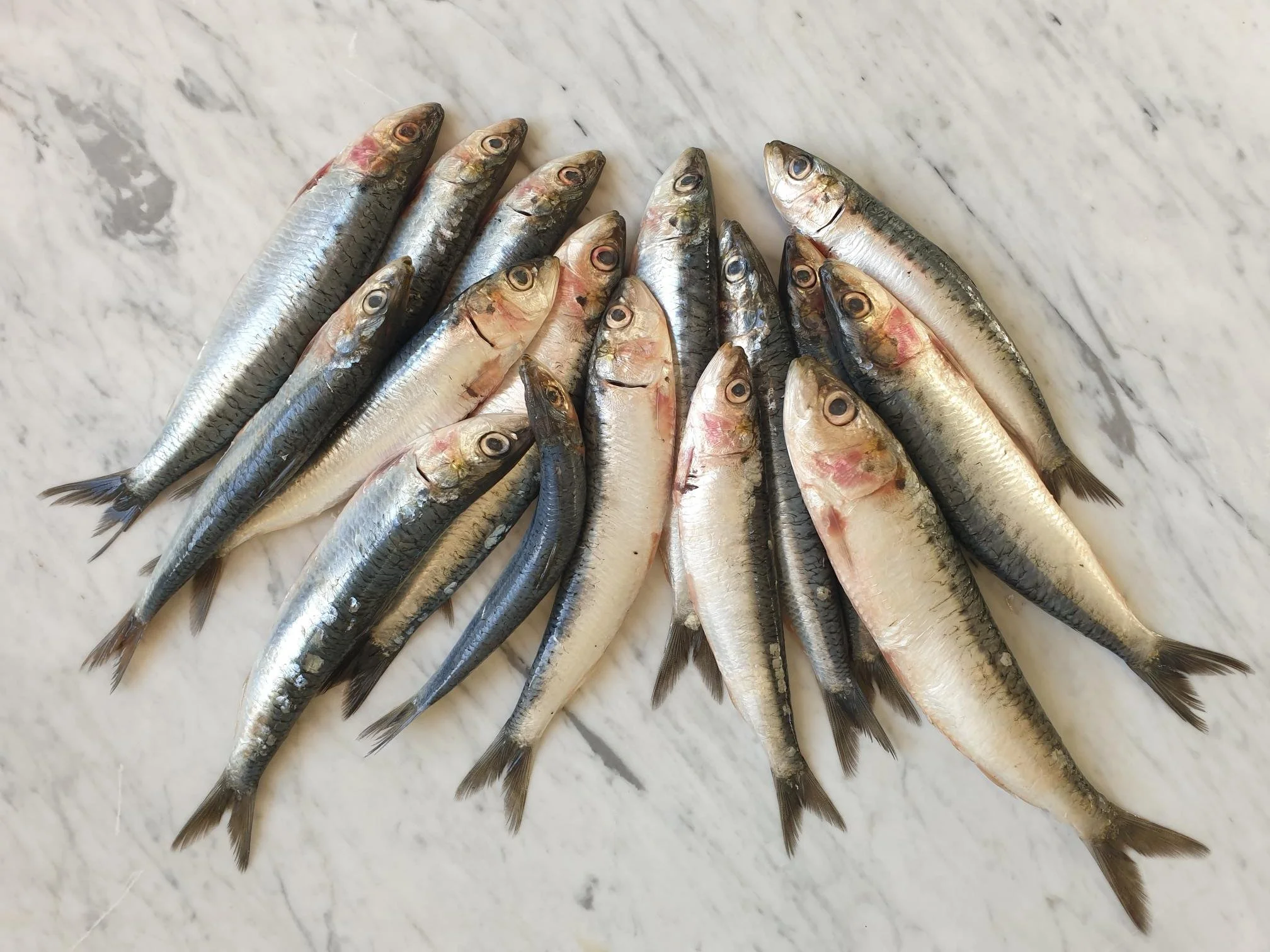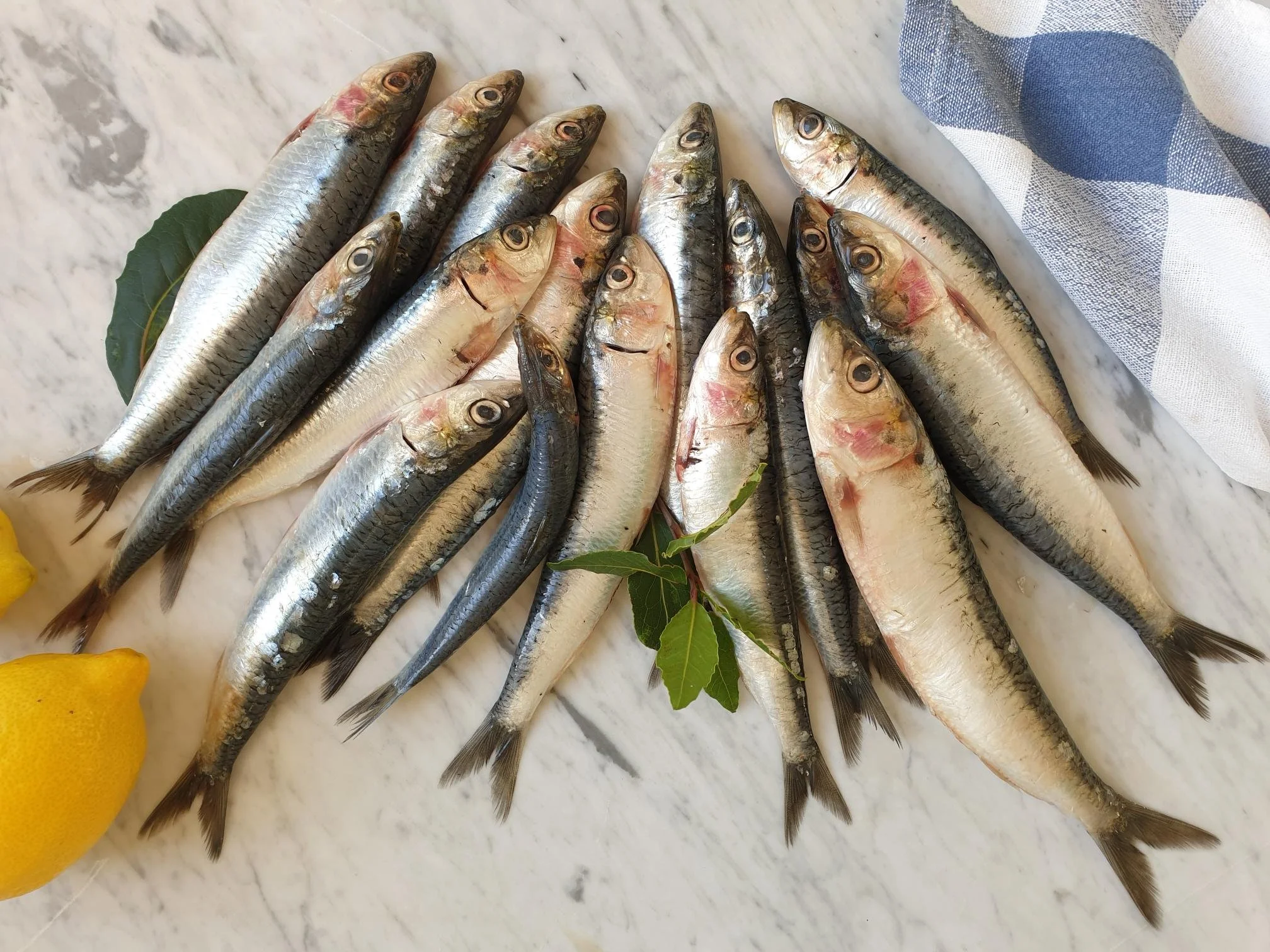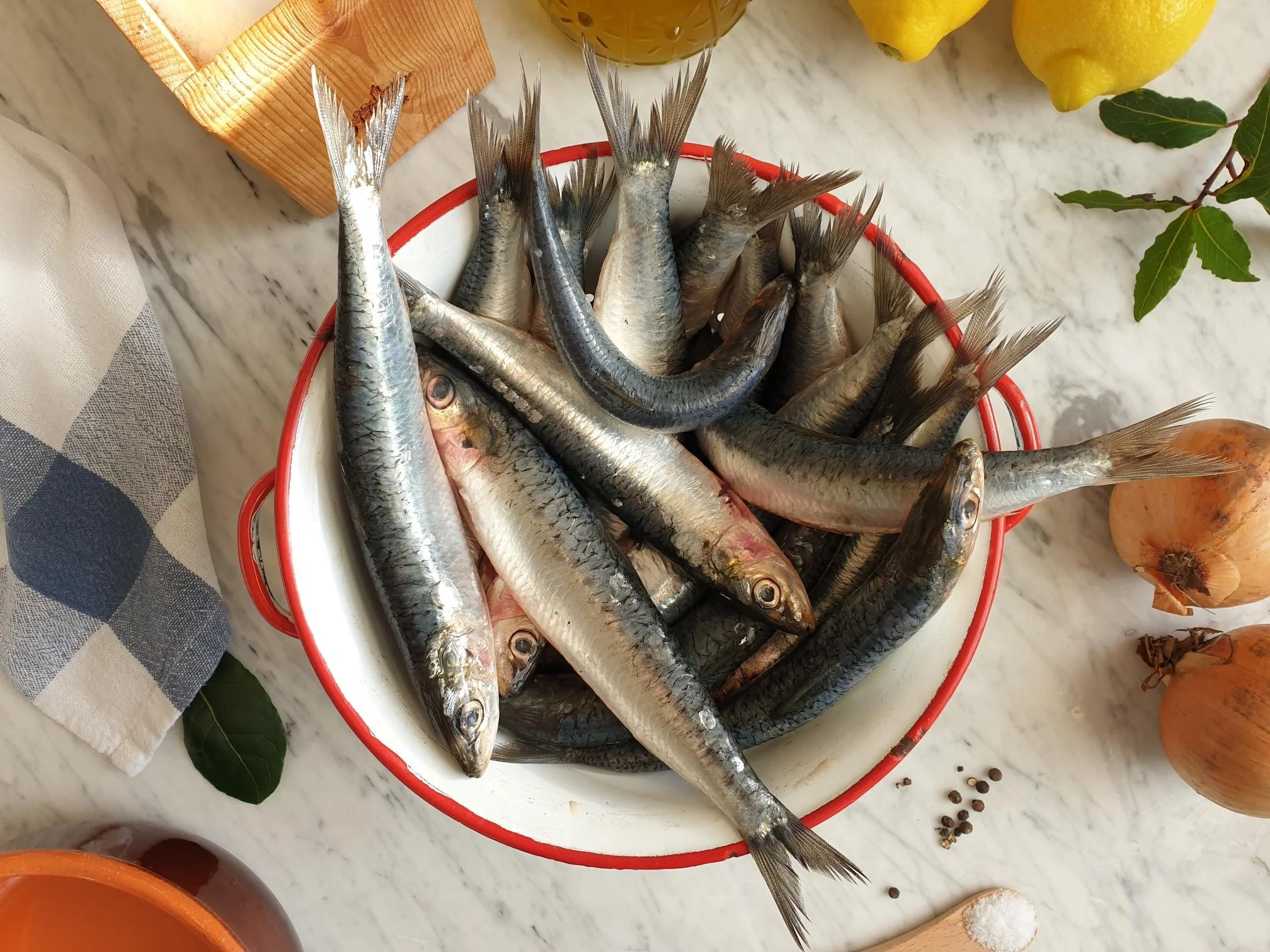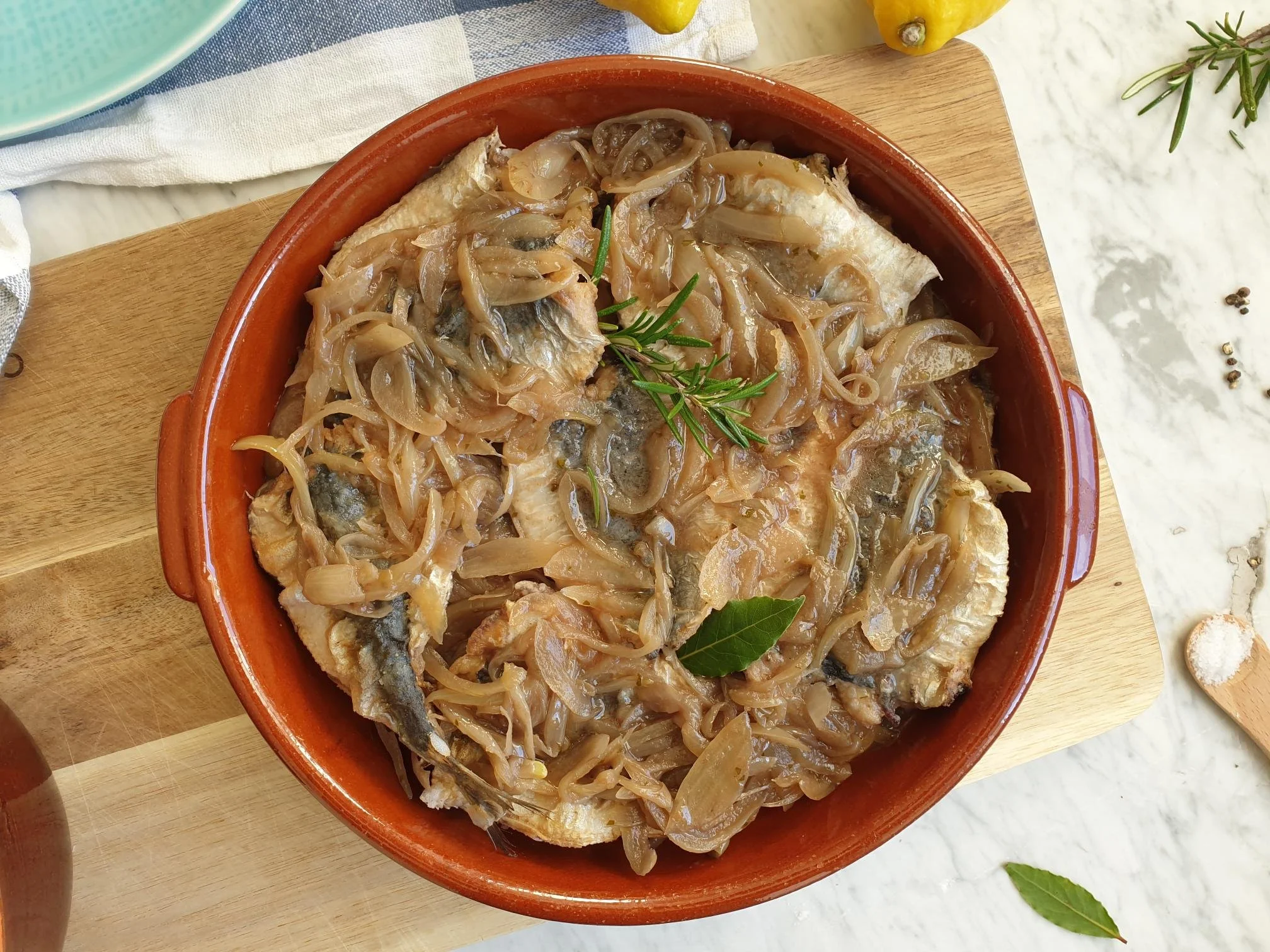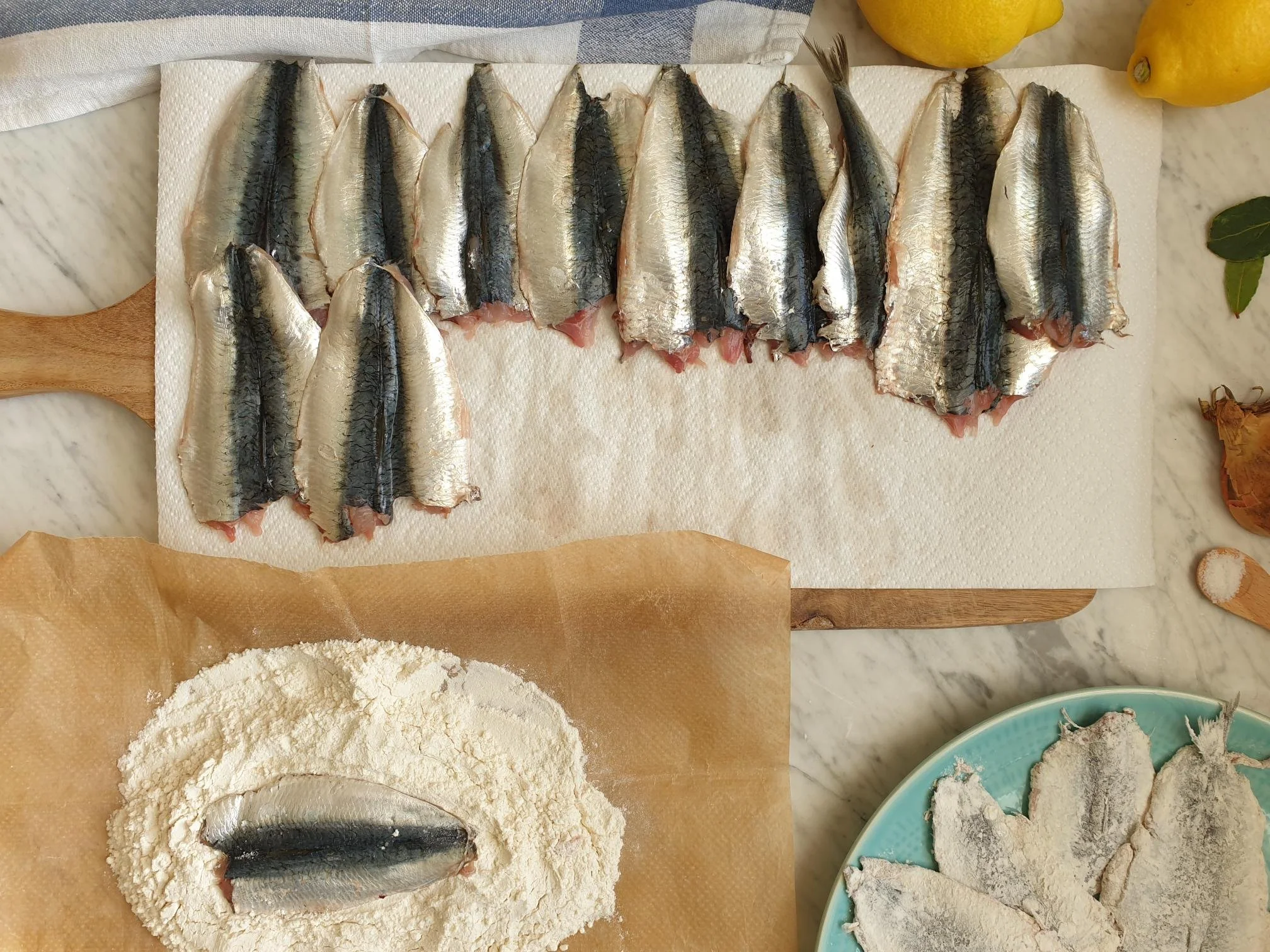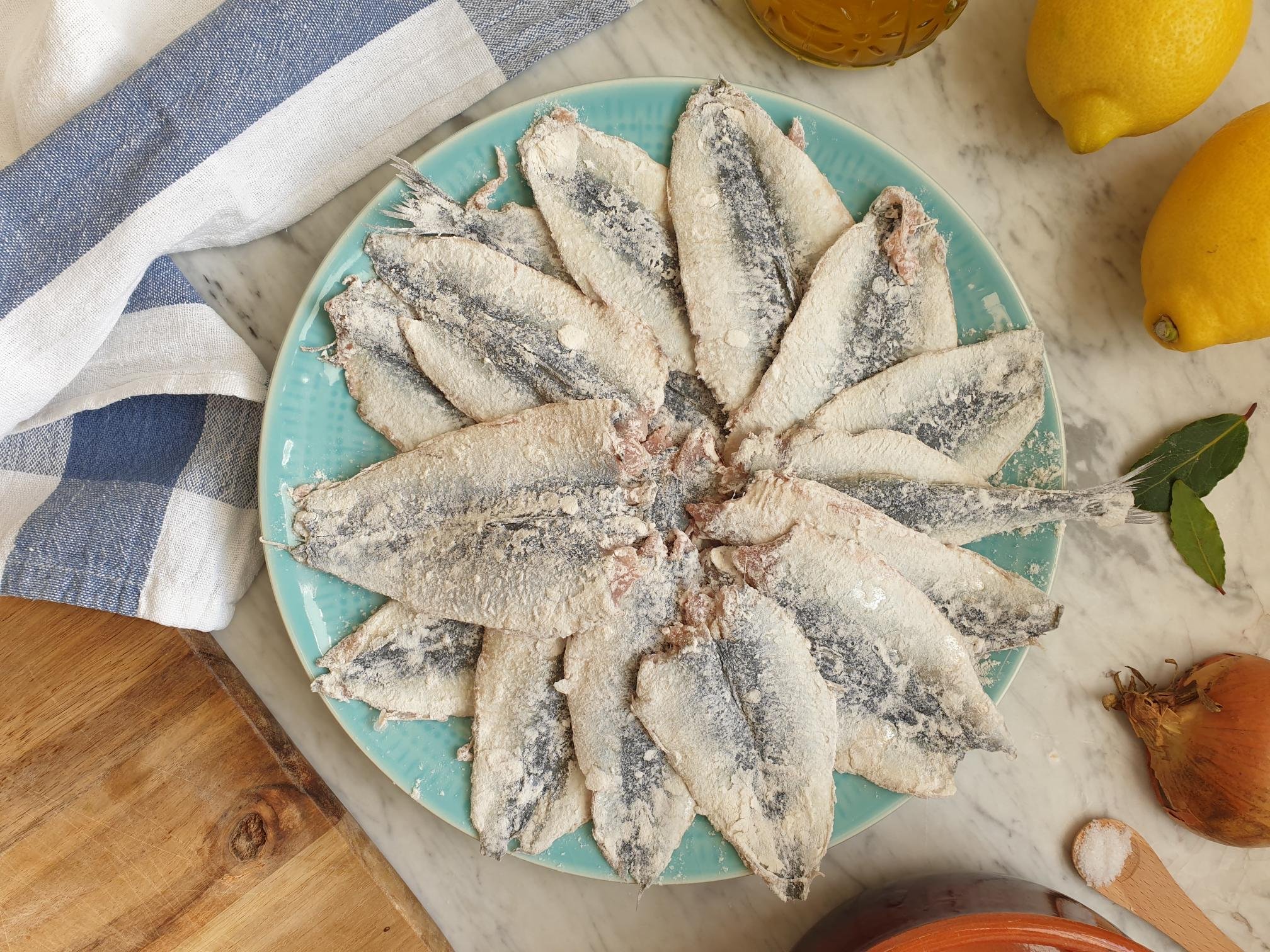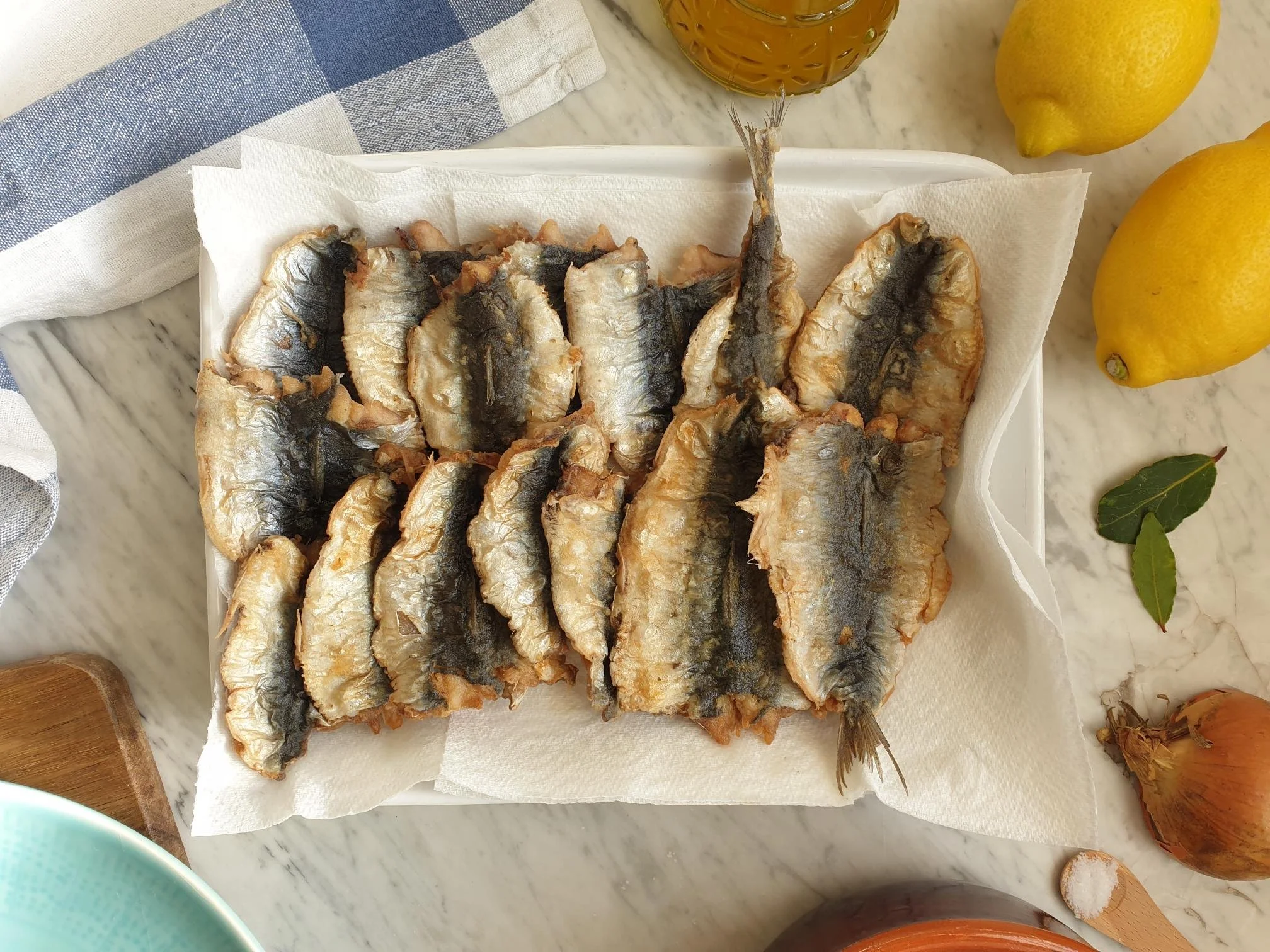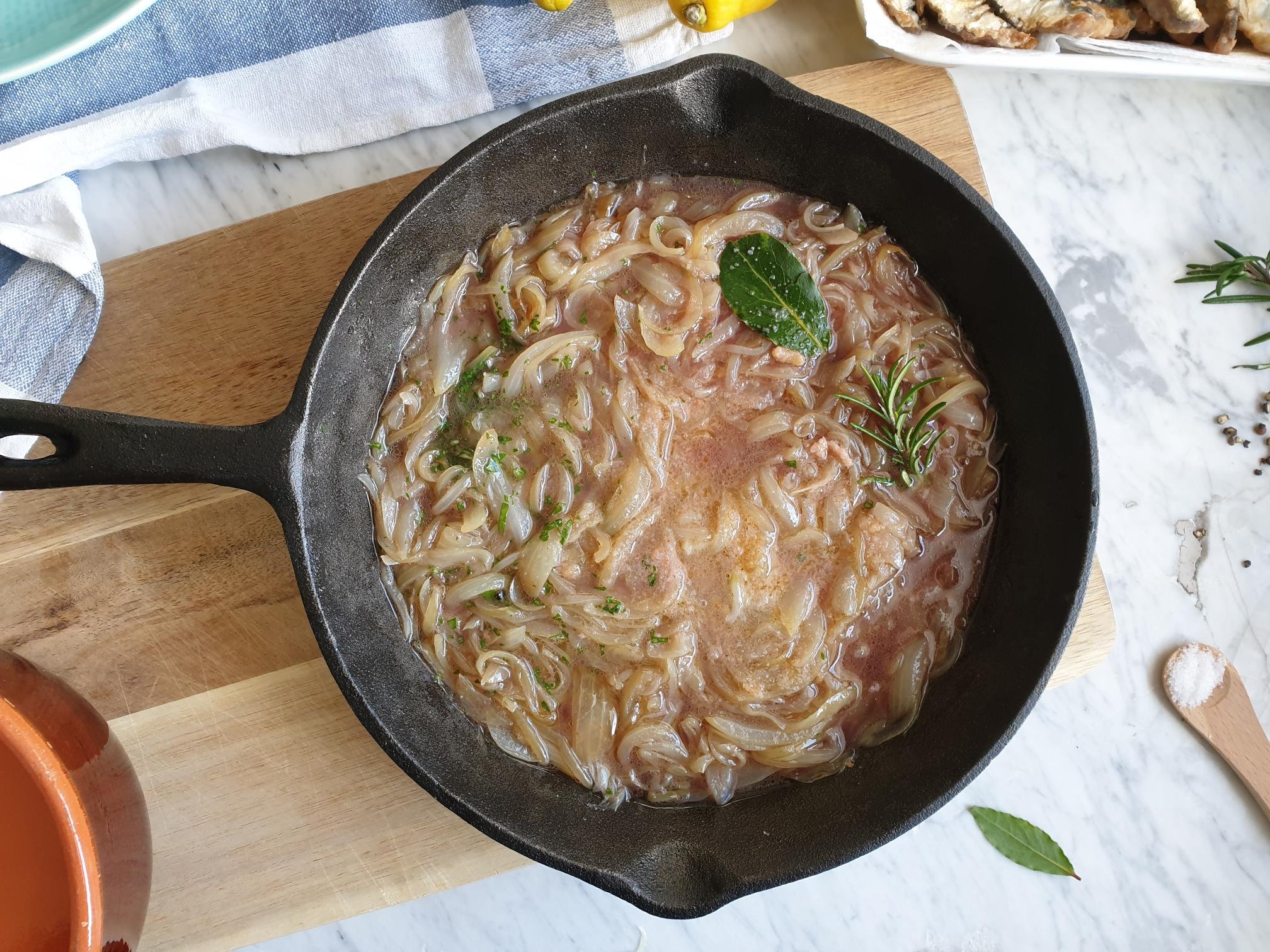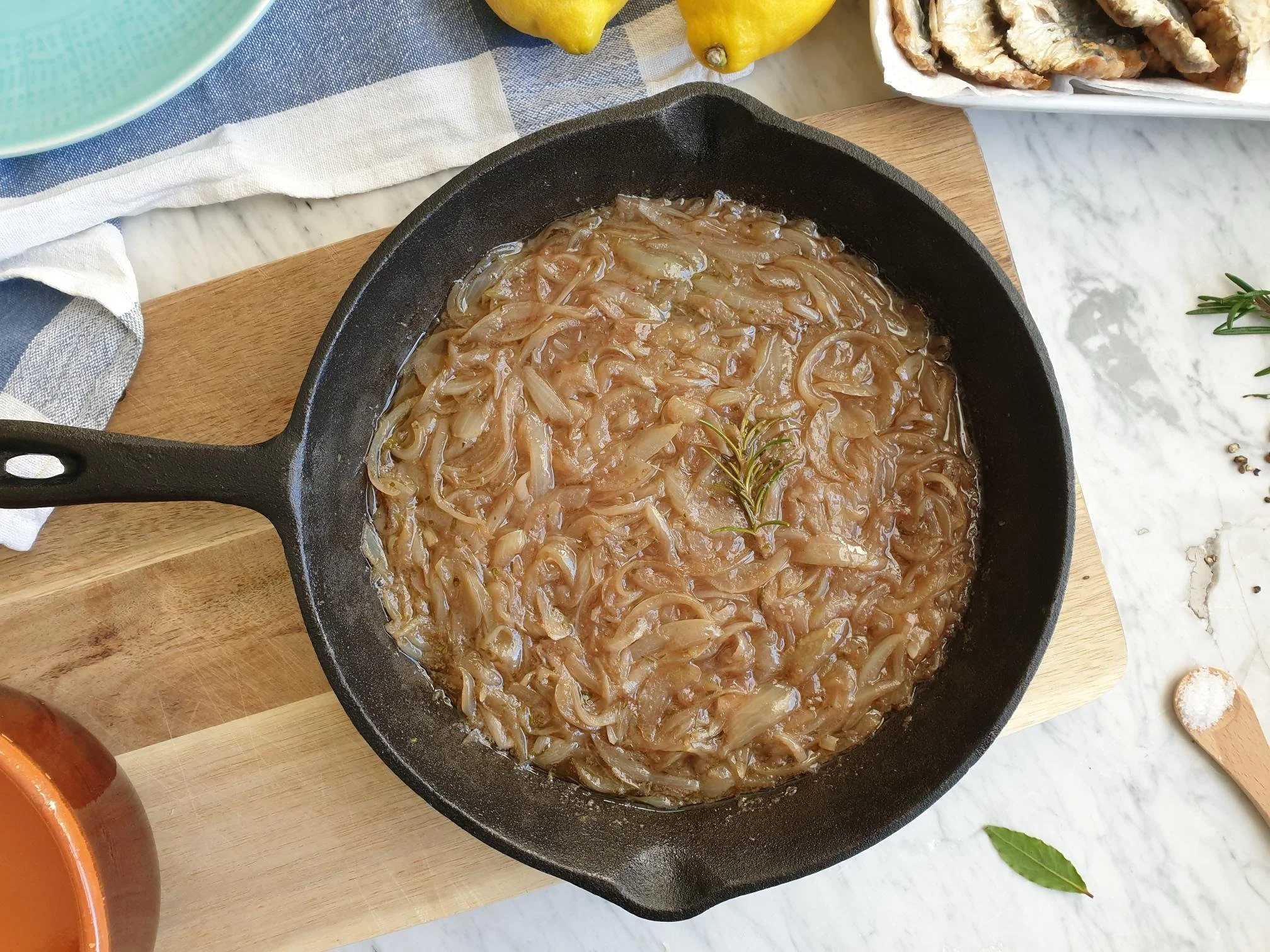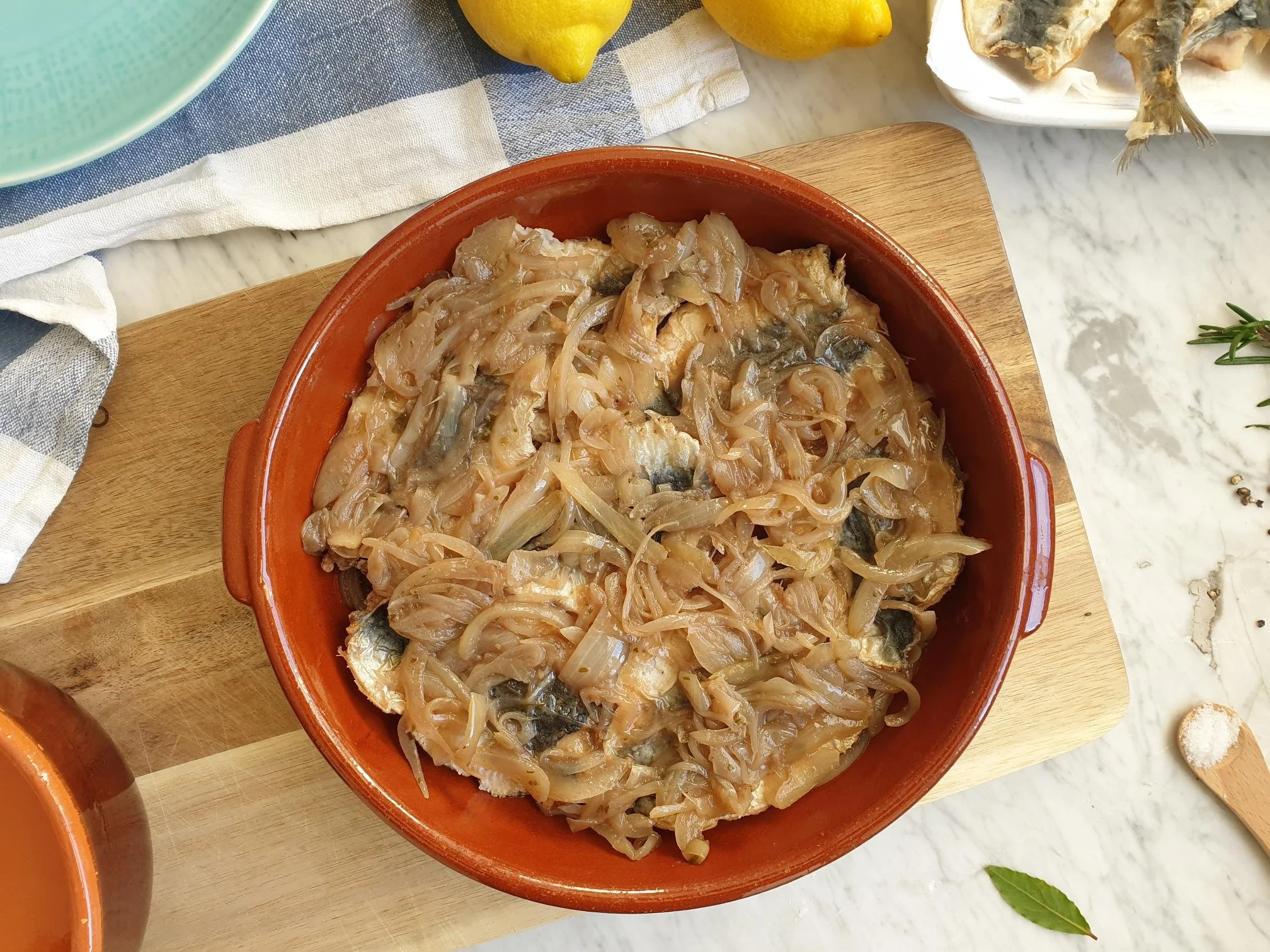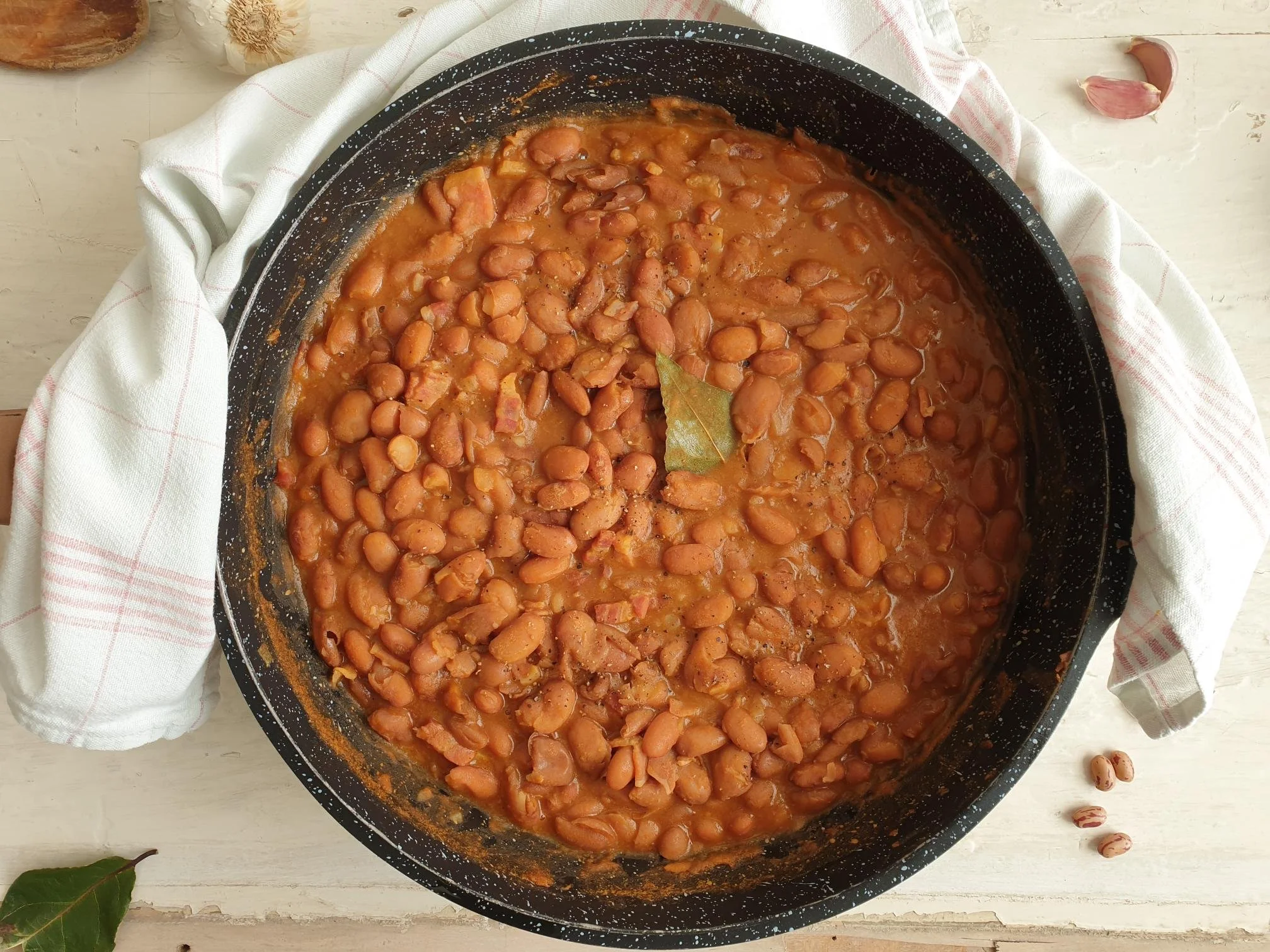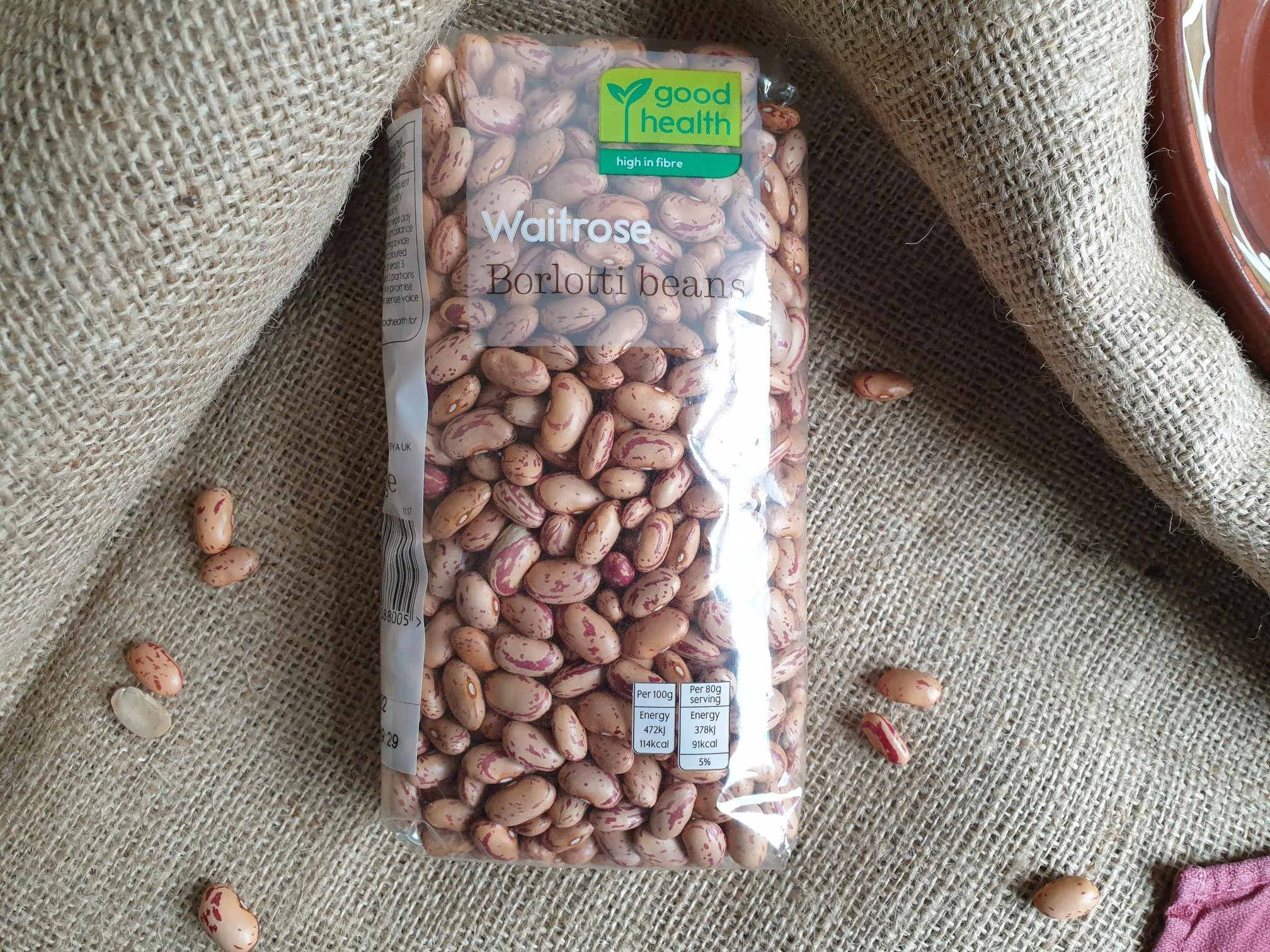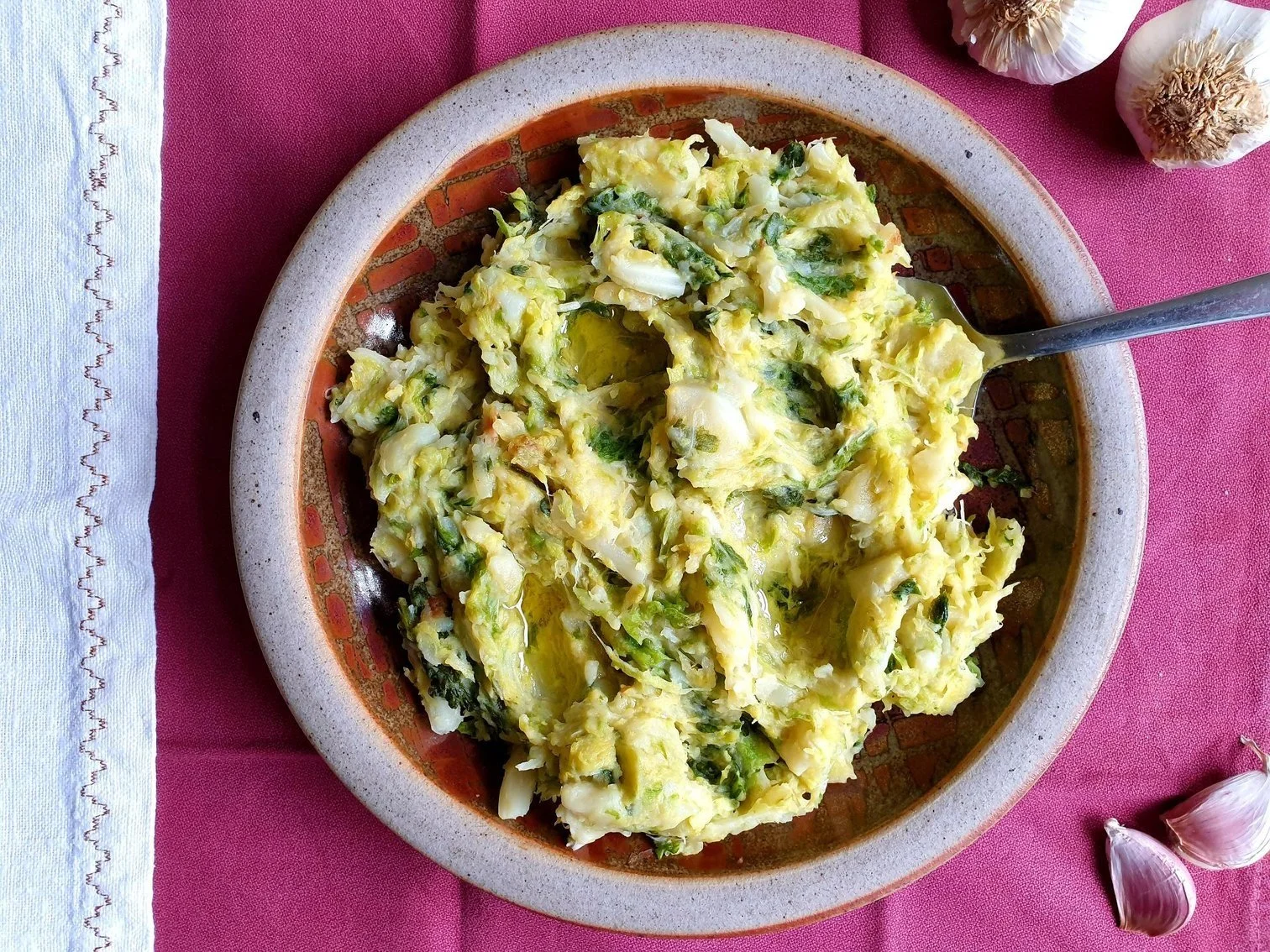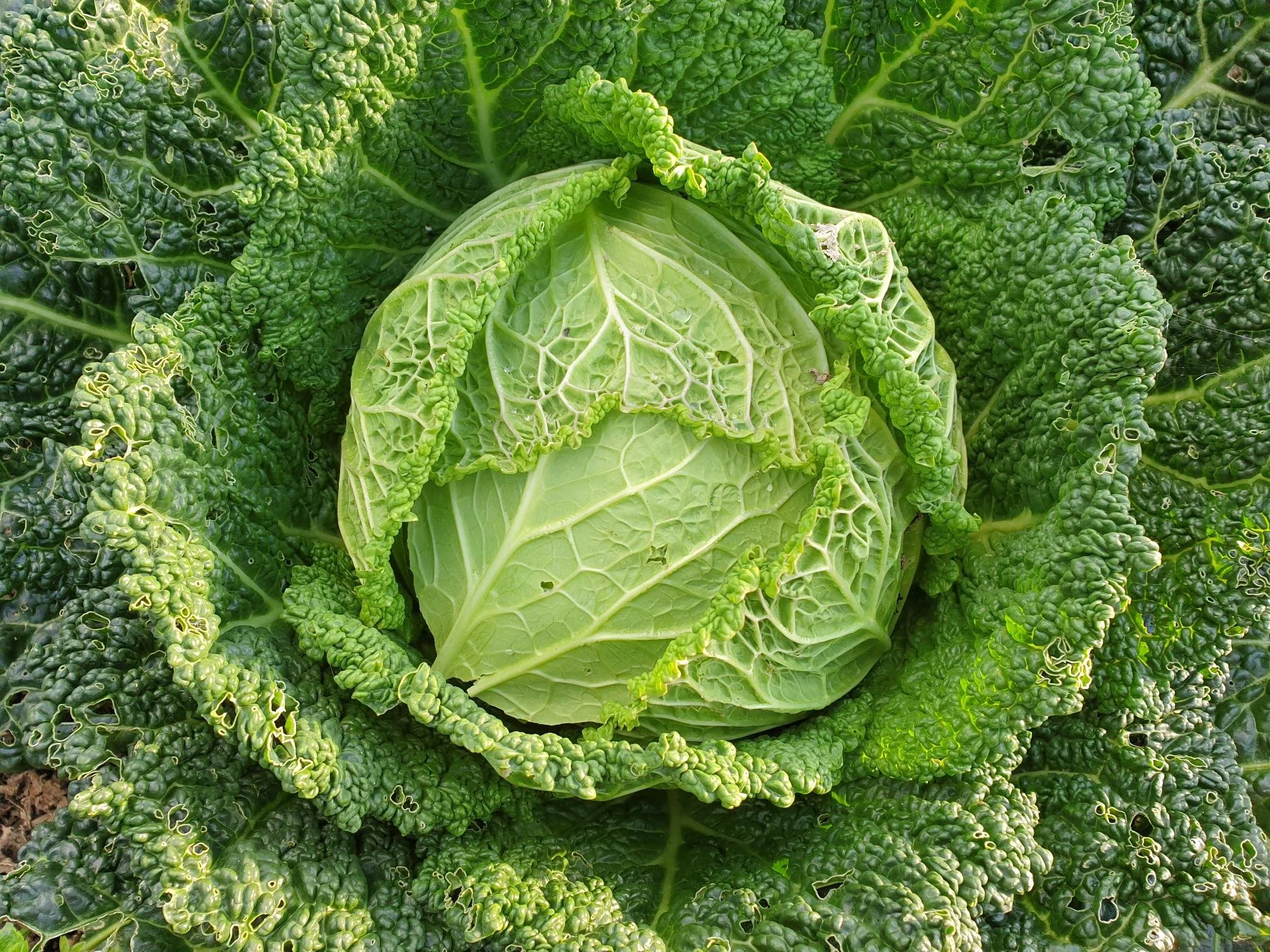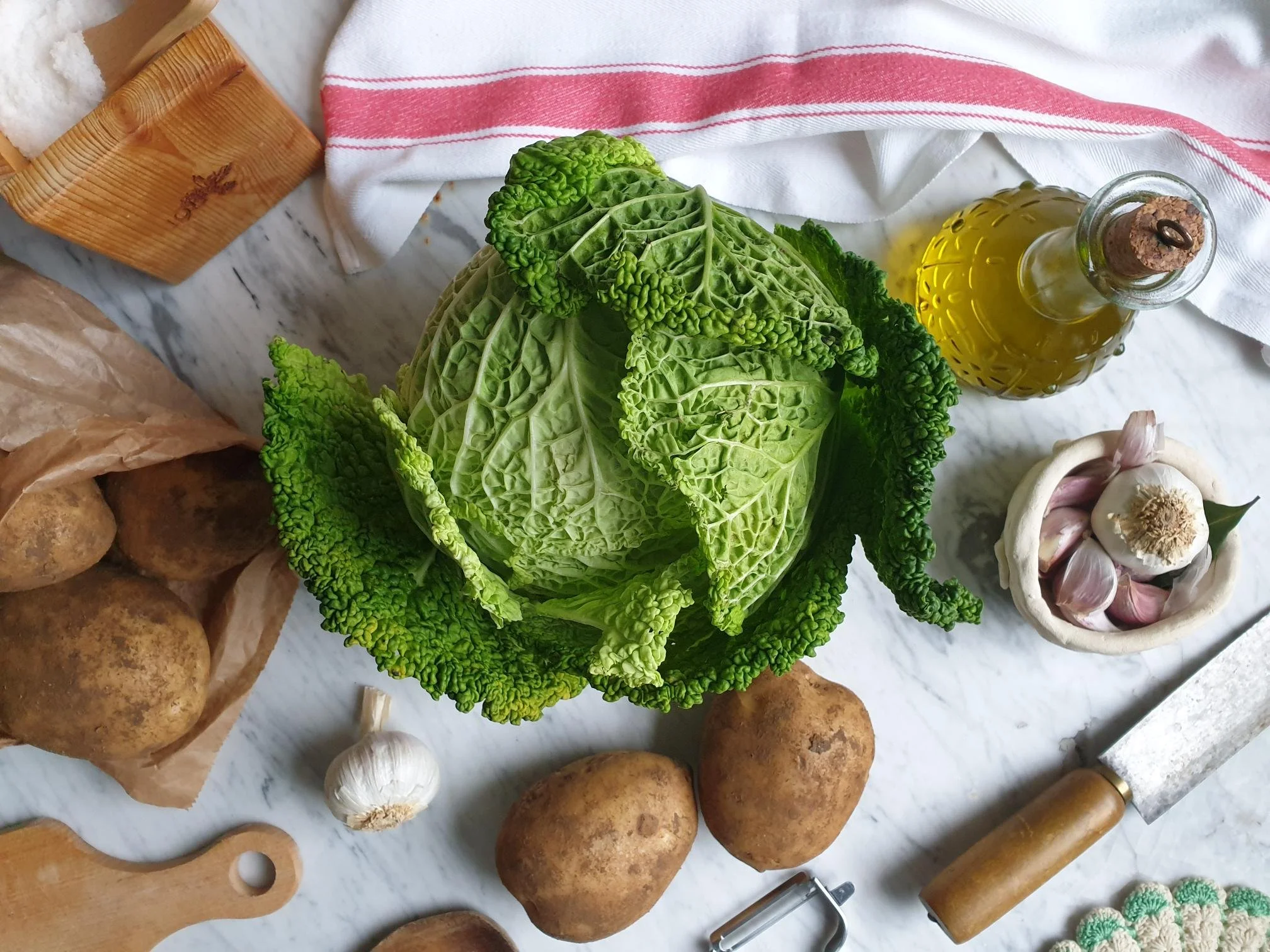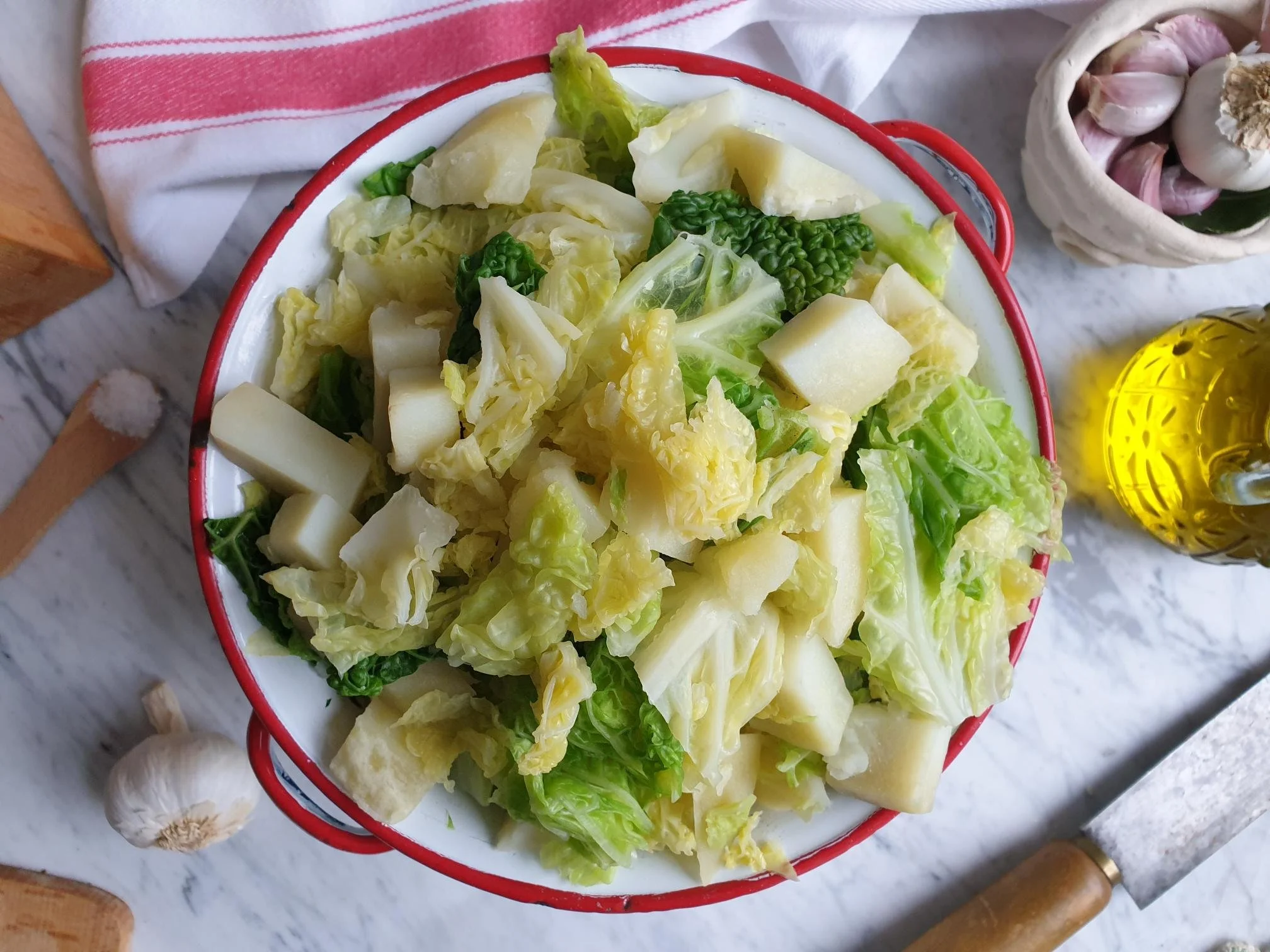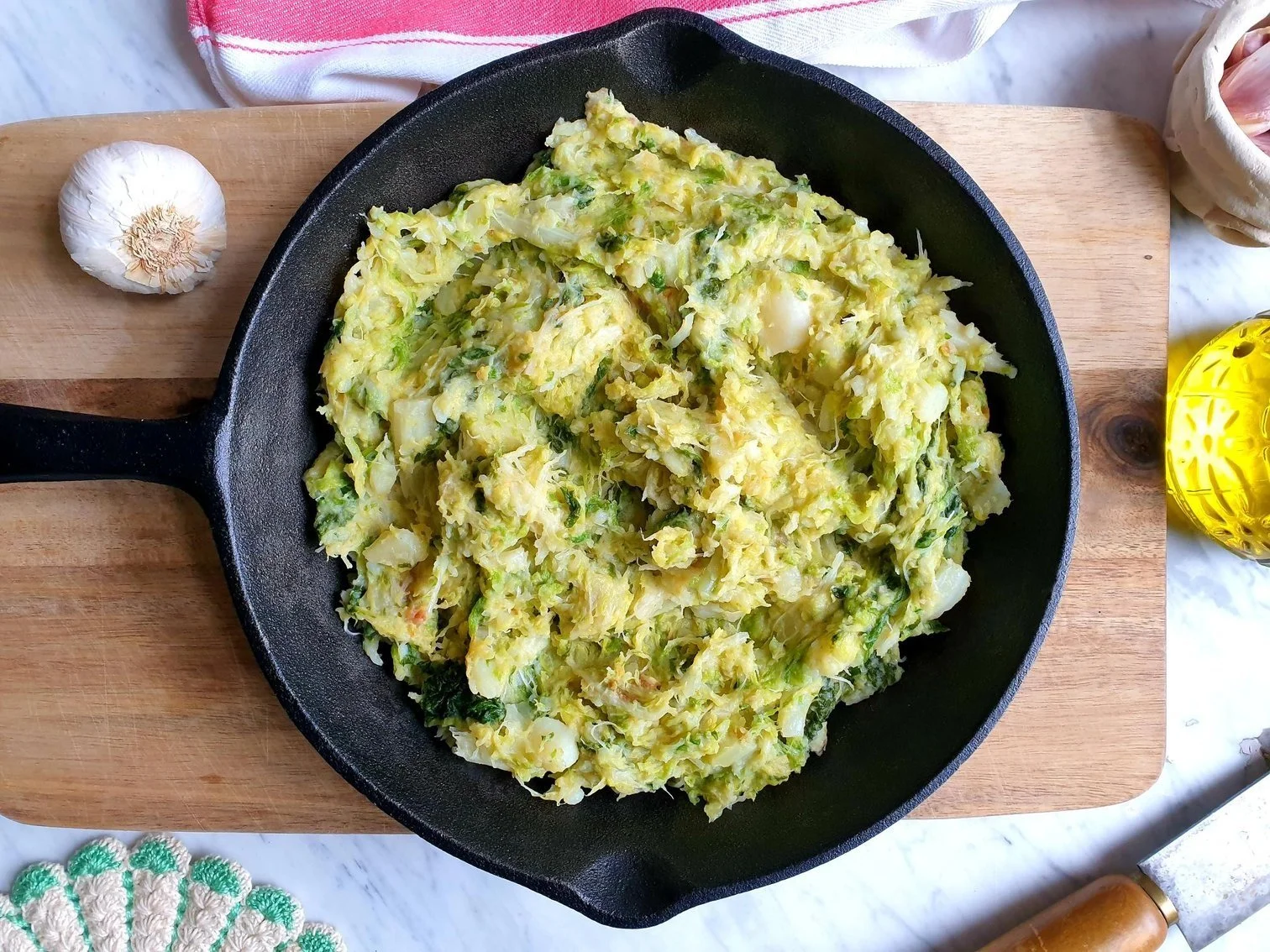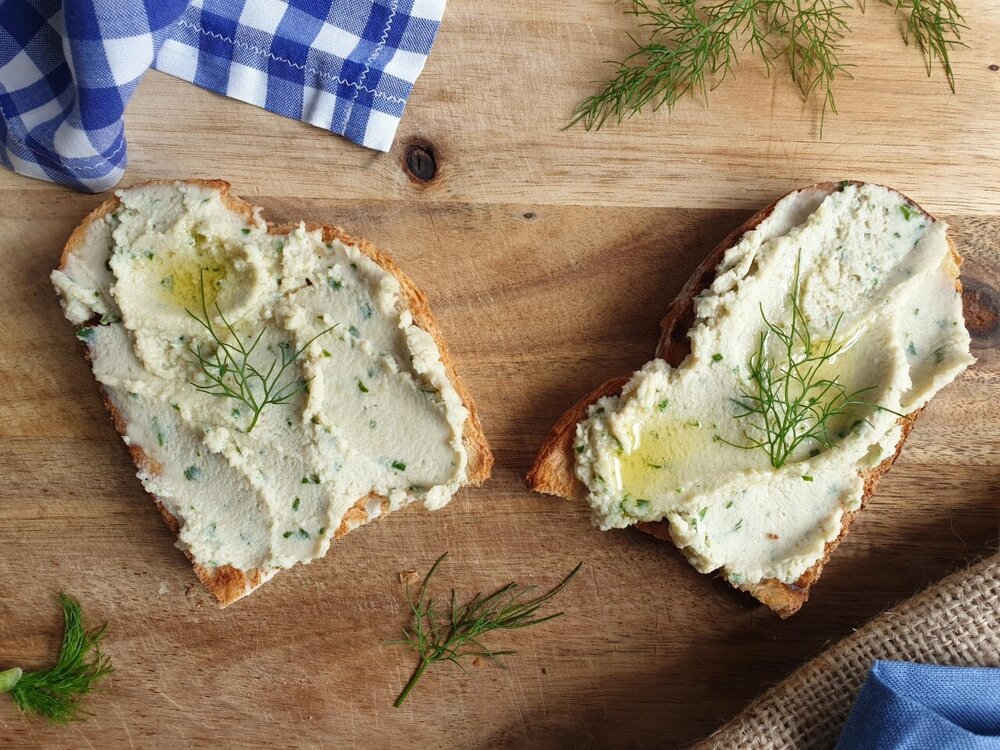One Pot Roasted Octopus with Potatoes and Vegetables Istrian Recipe (Octopus Peka)
One pot roasted octopus with potatoes and vegetables called Octopus Peka (dish found in Slovenian and Croatian Istria and along Dalmatian coast in Croatia) is seriously delicious, very aromatic and one of the easiest and simplest recipe for a one pot roast where the preparation for it requires minimal effort but the finished dish is a serious show stopper, and although this dish is very rustic and formal, for locals it feels very special and celebratory, as it is usually prepared for a large number of people, for friends and family to mark a special occasion
The word Peka, in Slovenian (also called črpinja) and in Croatian, refers to a large metal baking dish with a lid that resembles a bell-shaped dome but it is also a name given to the finished dish (lamb peka, octopus peka etc.) cooked with this very ancient method (in an open fireplace) and the oldest roasting technique which ensures the slow and even cooking as hot coals and embers are placed on top of the dome.
Most of us do not have a possibility to make this dish with the authentic and traditional peka method, but I am sharing here the recipe that would come as close as you can get to the “real deal octopus peka” using Dutch oven, cast iron casserole dish, even a baking tray and some aluminium foil will do.
Serve this dish hot, place the pot in the centre of the table and make sure there is plenty of crunchy bread to soak up the juices, prepare a mixed salad to accompany the dish, and you are ready to go.
I am sharing here this traditional one pot roasted octopus using potatoes, carrots, onions and garlic as basic selection of vegetables, together with fresh fennel bulb that can be replaced by courgettes, aubergines, and bell peppers. Play around and use the vegetables, or a combination of vegetables that you like or prefer. There really is no wrong or right way here, the most important thing is that you enjoy the dish!
Ingredients
Serves 4
octopus, cleaned, 1 big or a few smaller ones, about 2kg in weight (fishmongers will be happy to clean it for you).
For this recipe it is best if the octopus has been previously frozen and then thawed, or buy an already frozen octopus if you can.
1 kg potatoes, peeled and cut into chunks
onion (about 150g) peeled and cut into chunks
carrots (about 280g) peeled and roughly cut into chunks
3 cloves of garlic, peeled
tomatoes (I used 6 mini San Marzano Tomatoes), you can use other variety of small tomatoes or use one bigger in size and cut into chunks
one fresh fennel bulb, trimmed and cut into chunks. You can also replace fennel with other vegetables, such as courgettes, aubergines and bell peppers, or you can use fennel in addition to other vegetables. Few black pitted olives are a tasty addition too.
50ml white wine, optional
extra virgin olive oil, a very generous drizzle
one small sprig of fresh or dry rosemary
sea salt
black pepper
Method
Place clean and defrosted octopus (or octopuses) in a pan, put the lid on and cook the octopus on a medium-low heat for about 30 minutes. There will be quite a lot of liquid coming out of the octopus. Drain in a colander and set aside.
Preheat the oven to 200C static or equivalent.
Put all the vegetables in a Dutch oven, baking dish or tray, and very generously drizzle with extra virgin olive oil.
Season with sea salt and black pepper and mix well.
Place previously cooked octopus on top of the vegetable and drizzle lightly with olive oil.
Put the lid on and roast for 60 minutes.
Take the lid off and roast for further 10 minutes, or a bit more if there is still a lot of liquid. This will partially depend on the type of vegetables you are using and personal preference.
You want enough liquid so the final dish is juicy and moist.
Place the dish at the centre of the table, so everyone can help themselves, with some crunchy bread to soak up the juices and maybe a nice fresh salad.
Just a thought
This dish is best served hot immediately.
It can be reheated but the dish will be slightly drier as the potatoes and other vegetables will soak up all the juices, although it will still be tasty though.
This recipe is not suitable for freezing.

